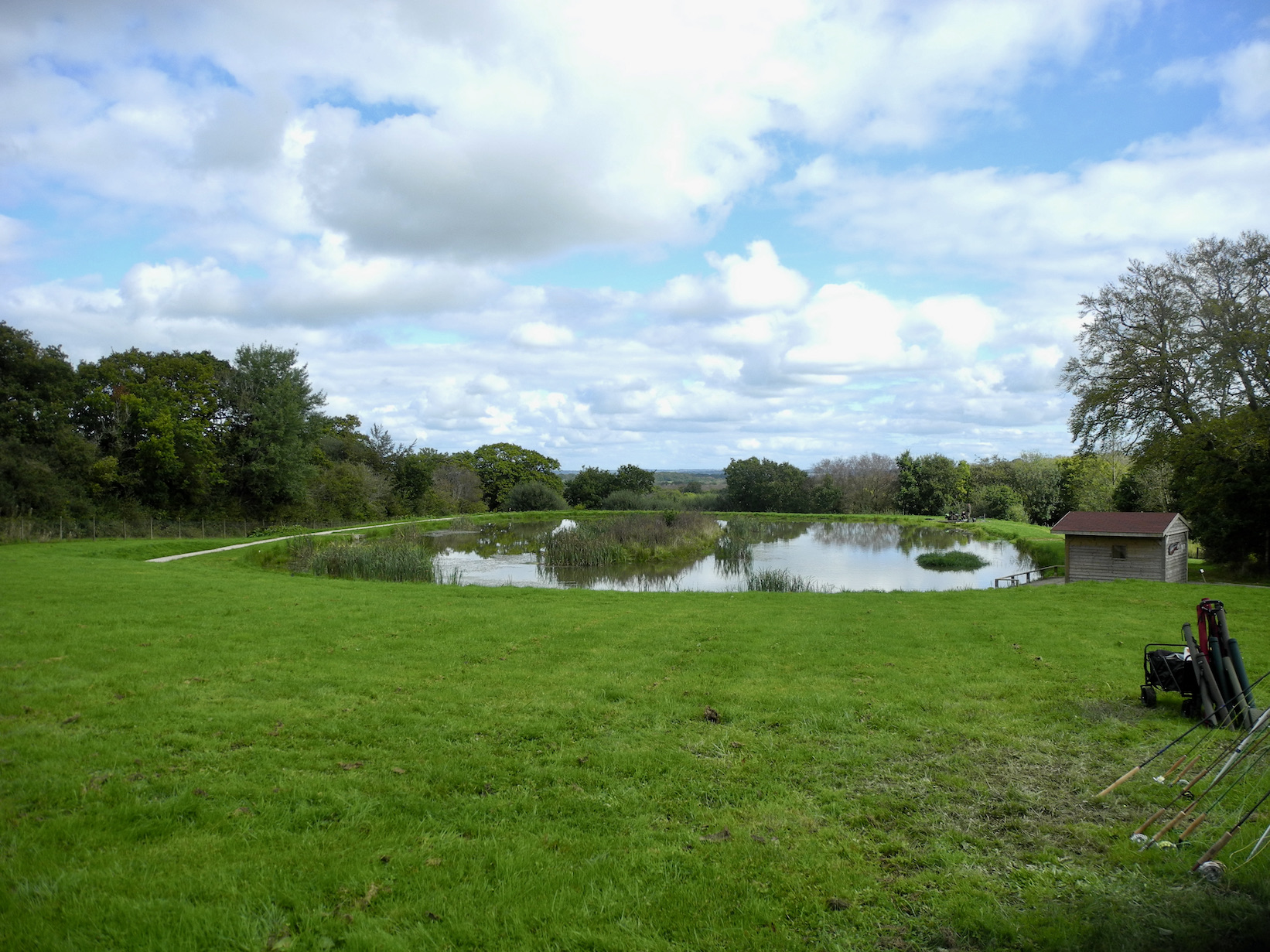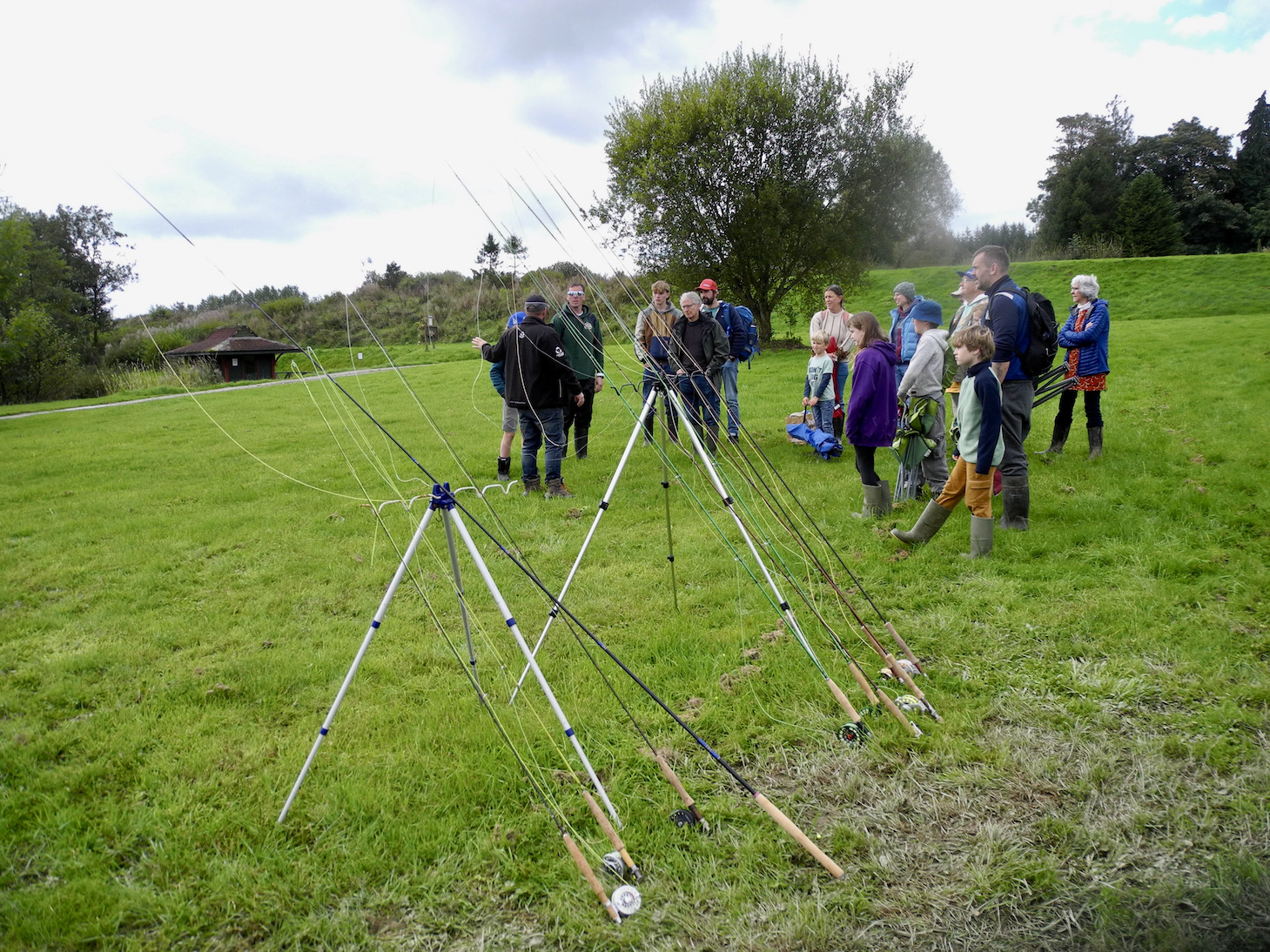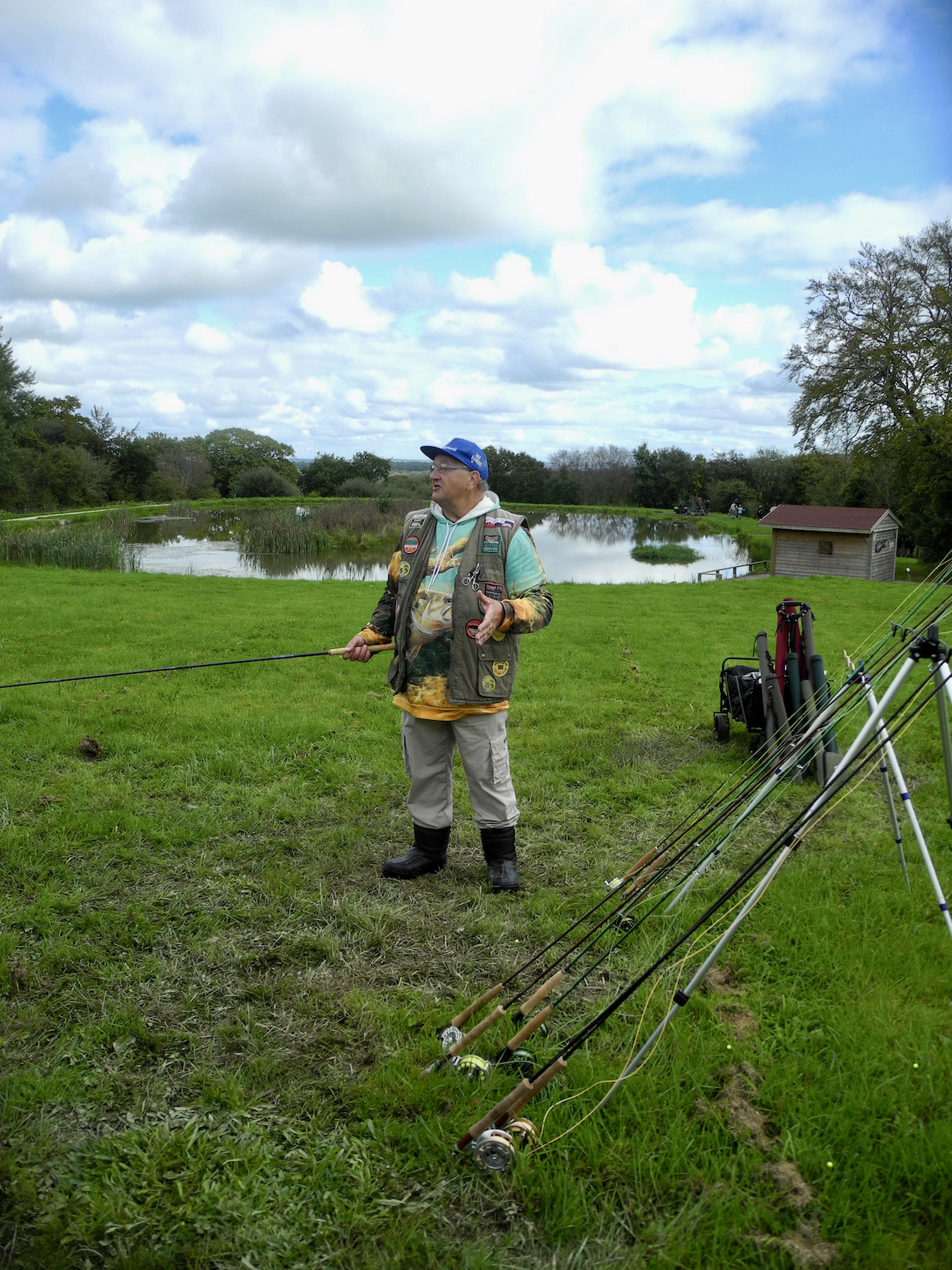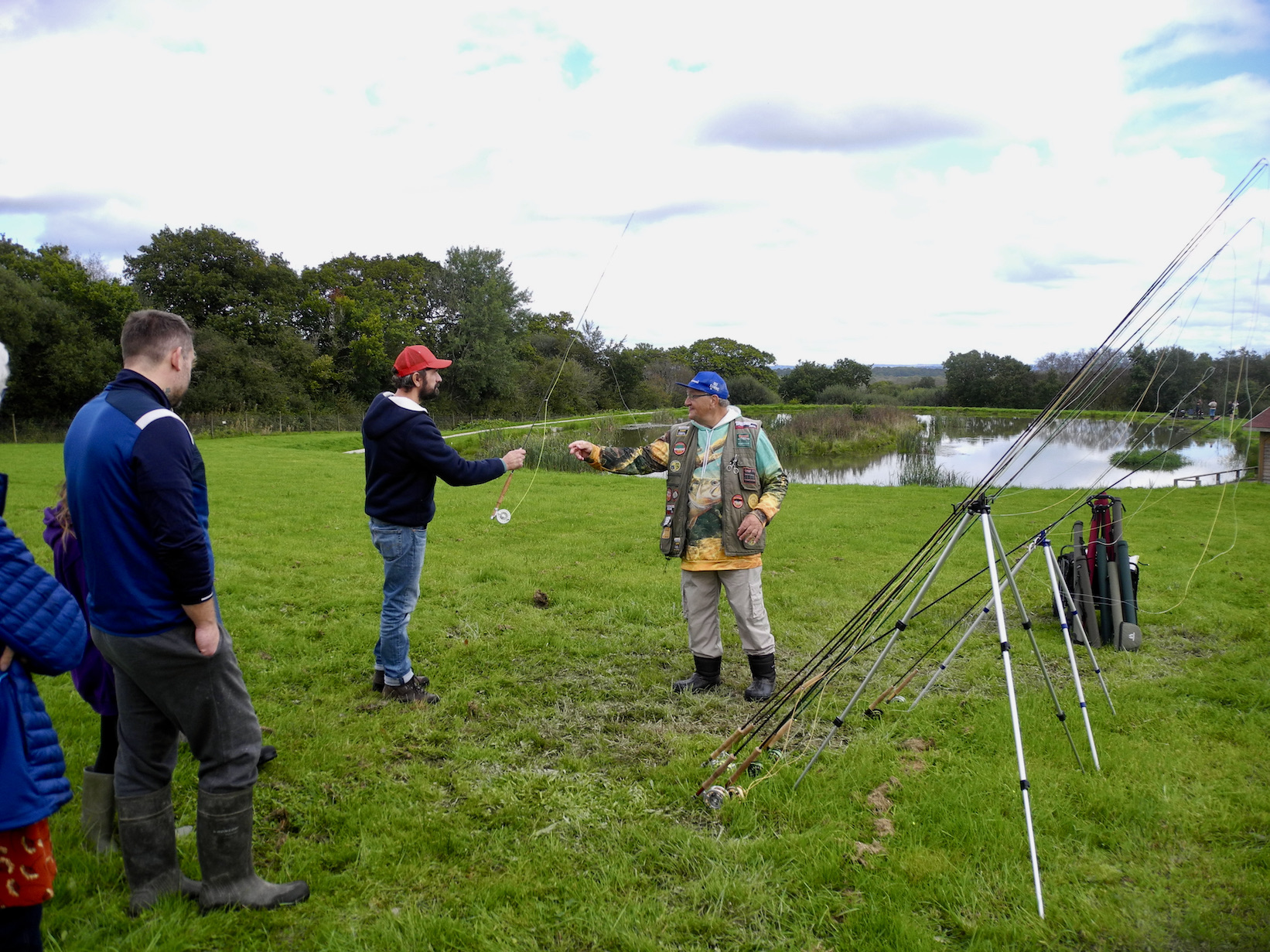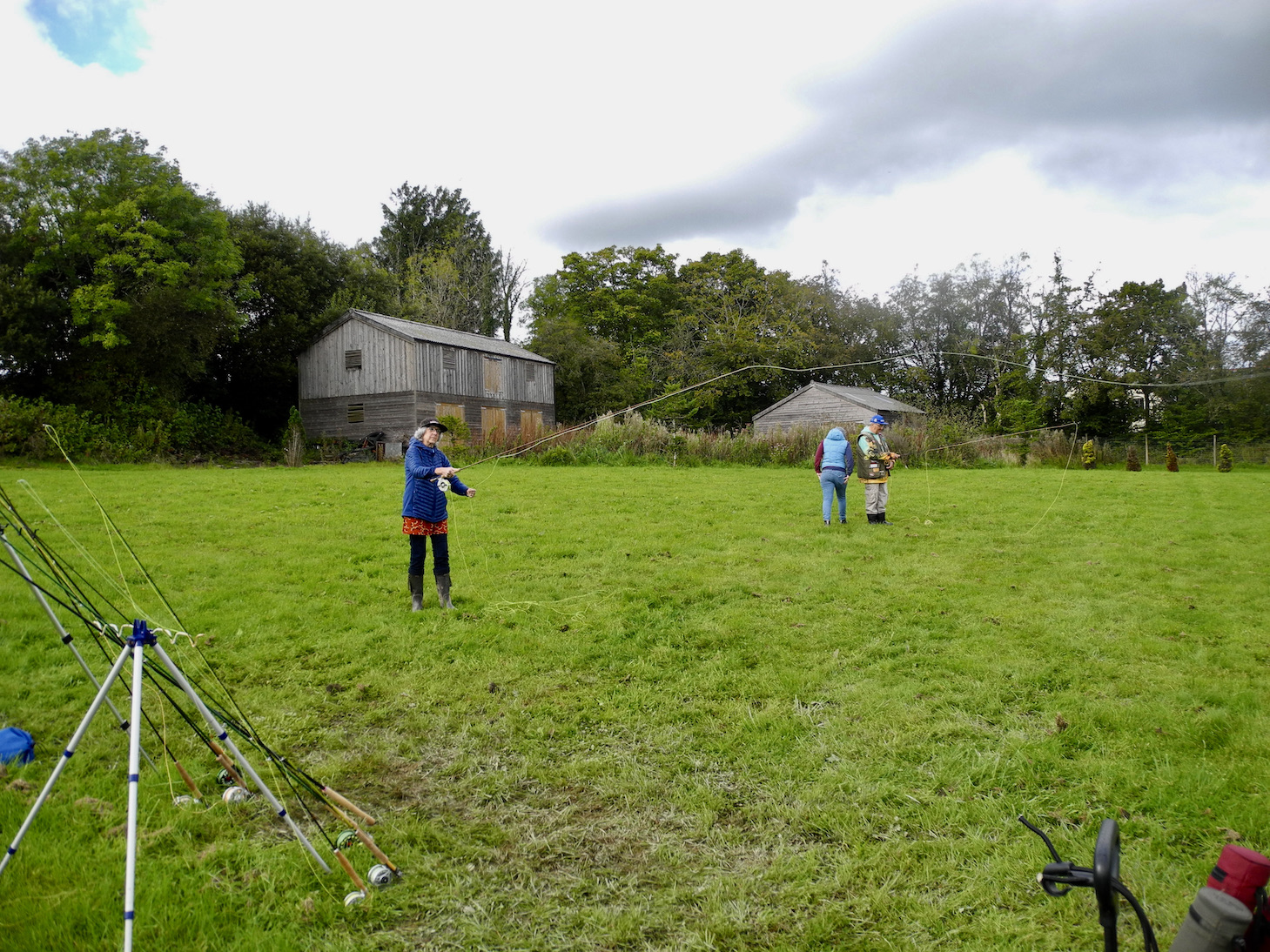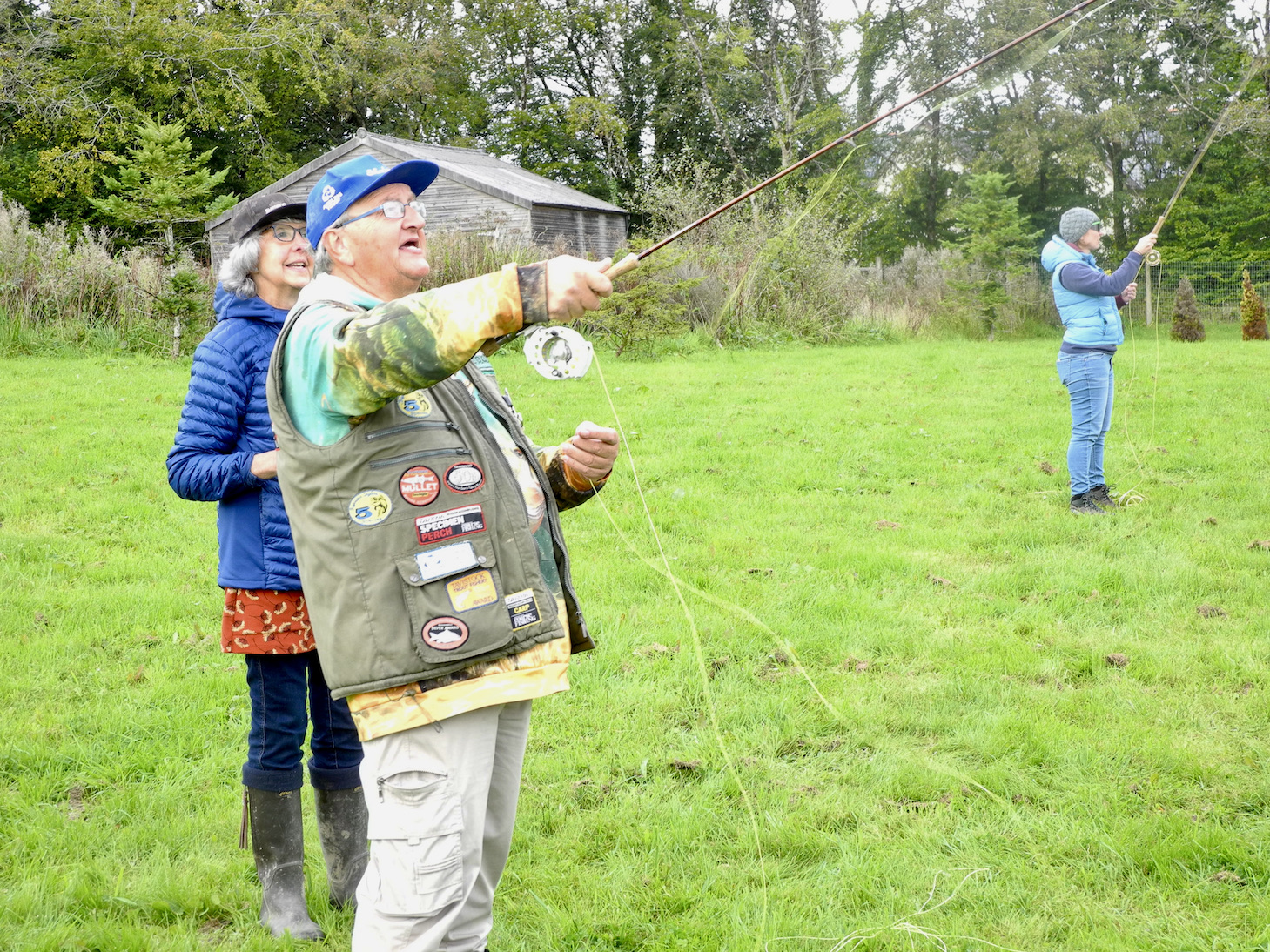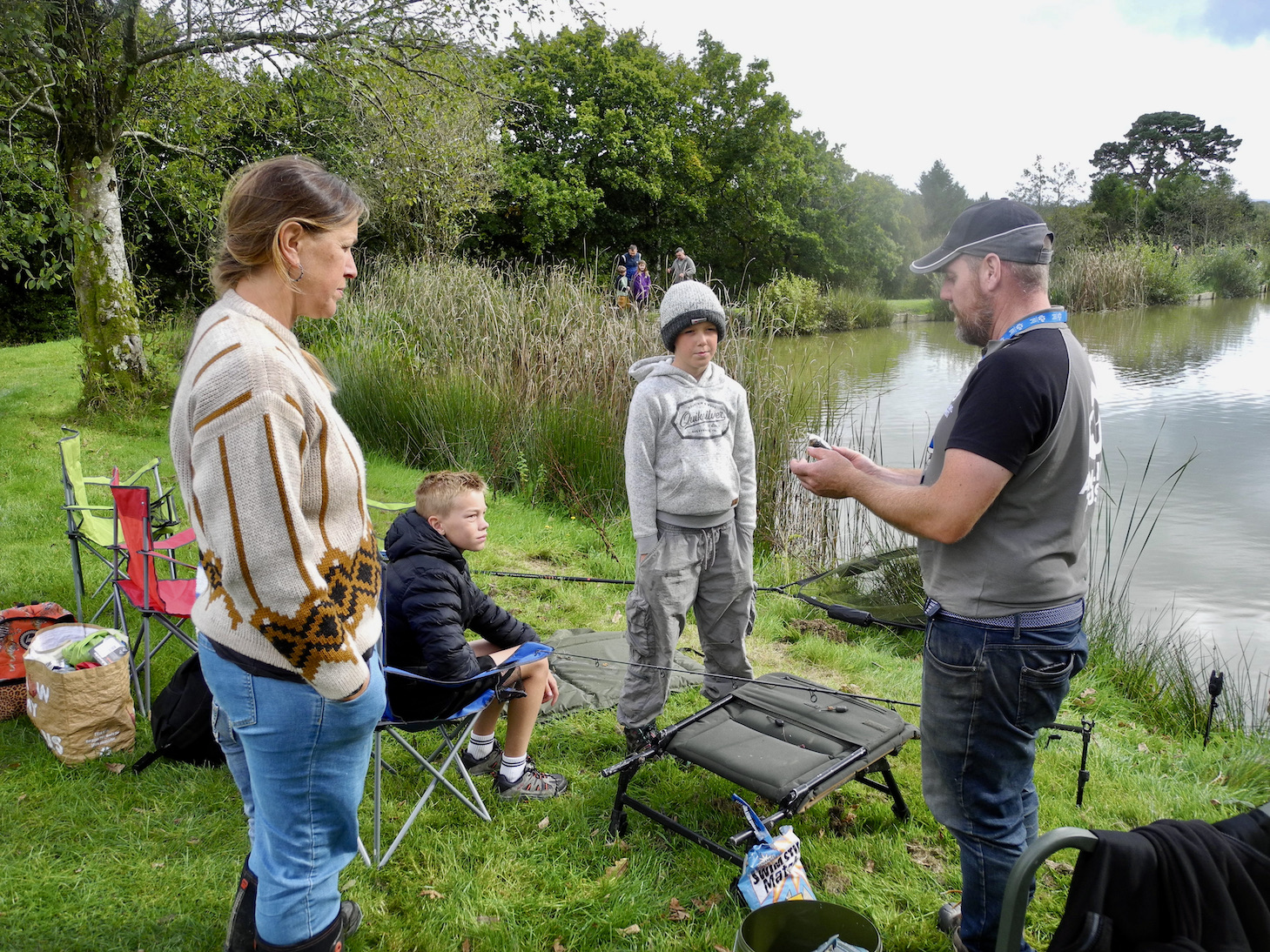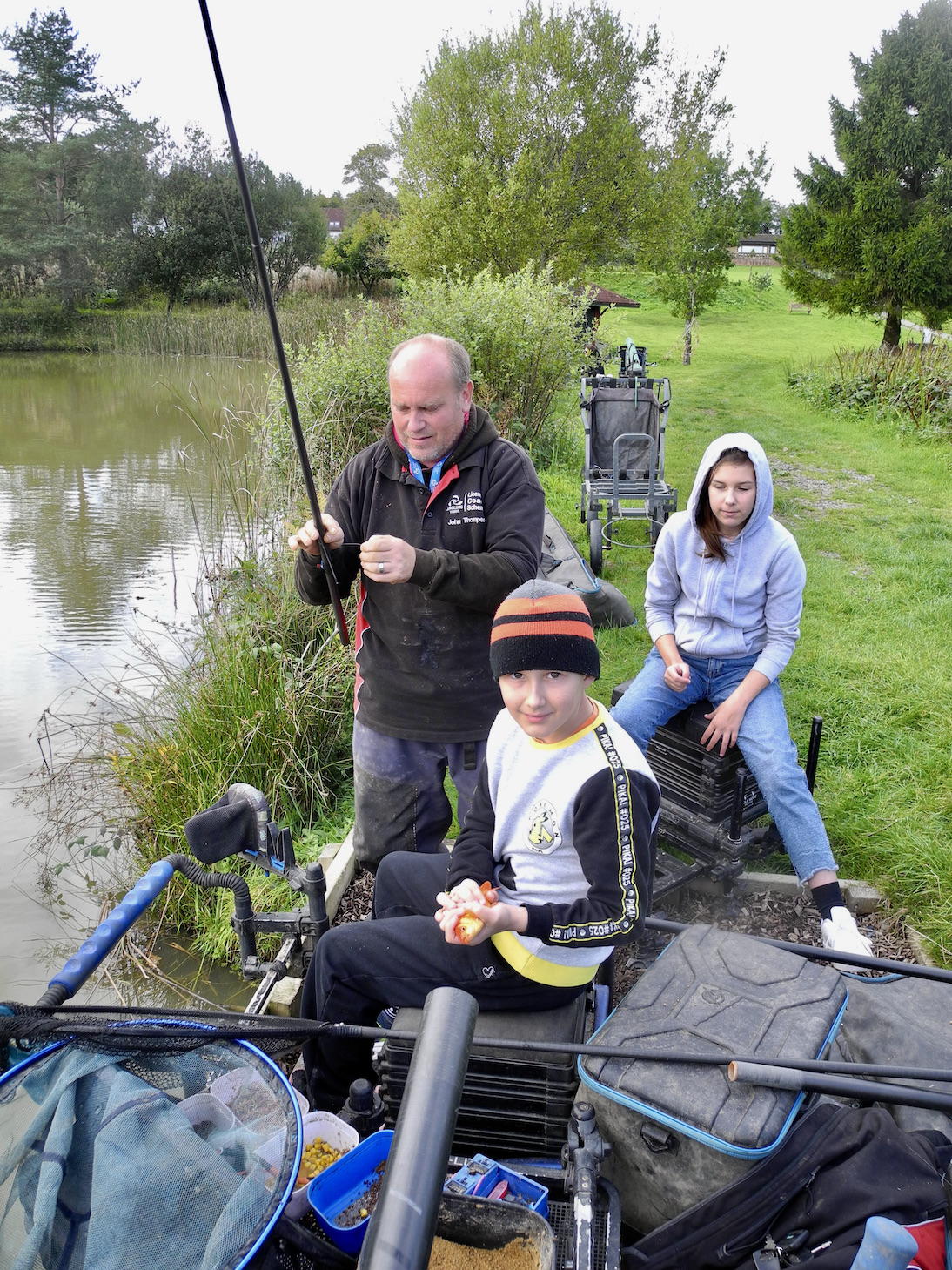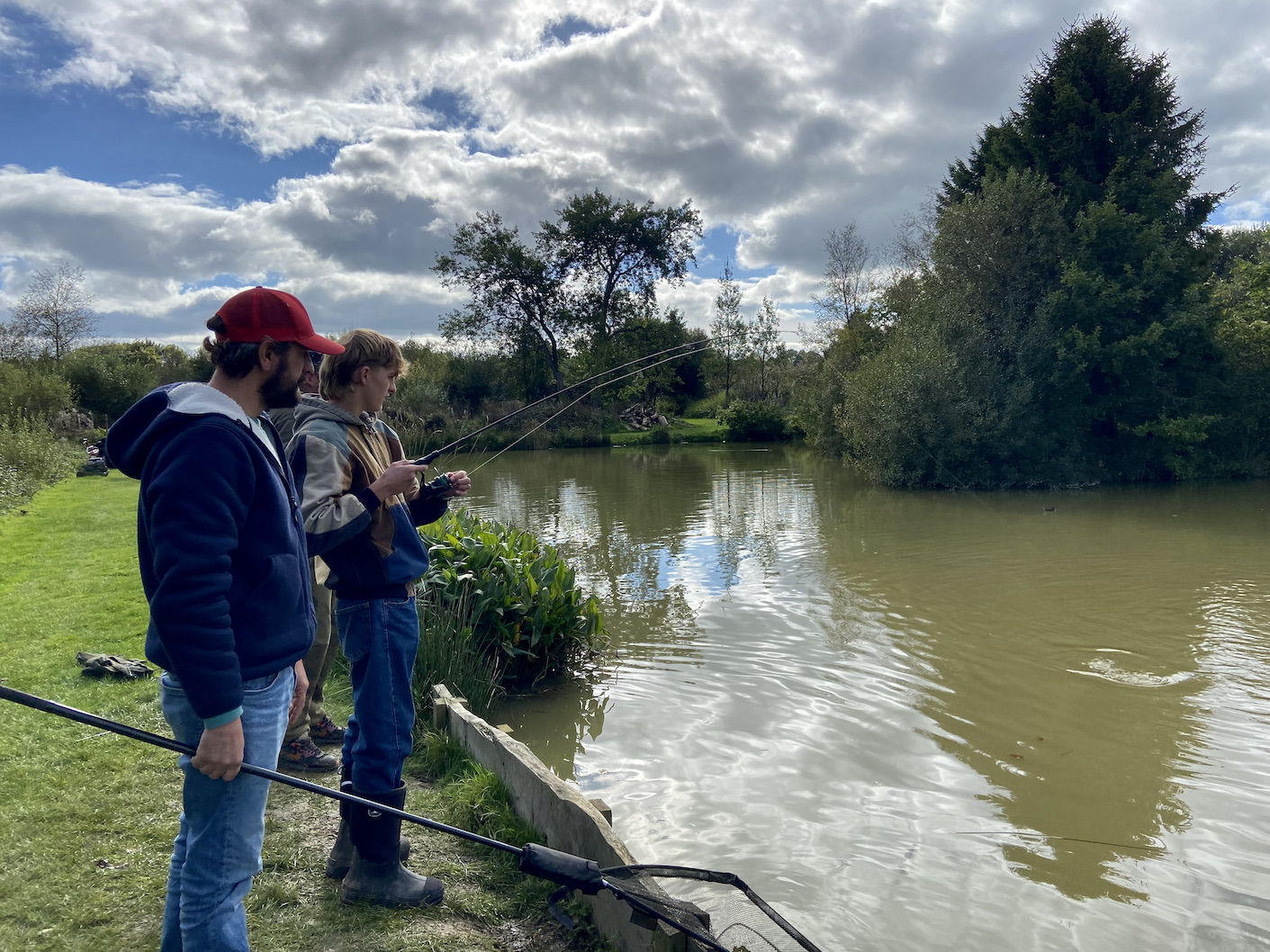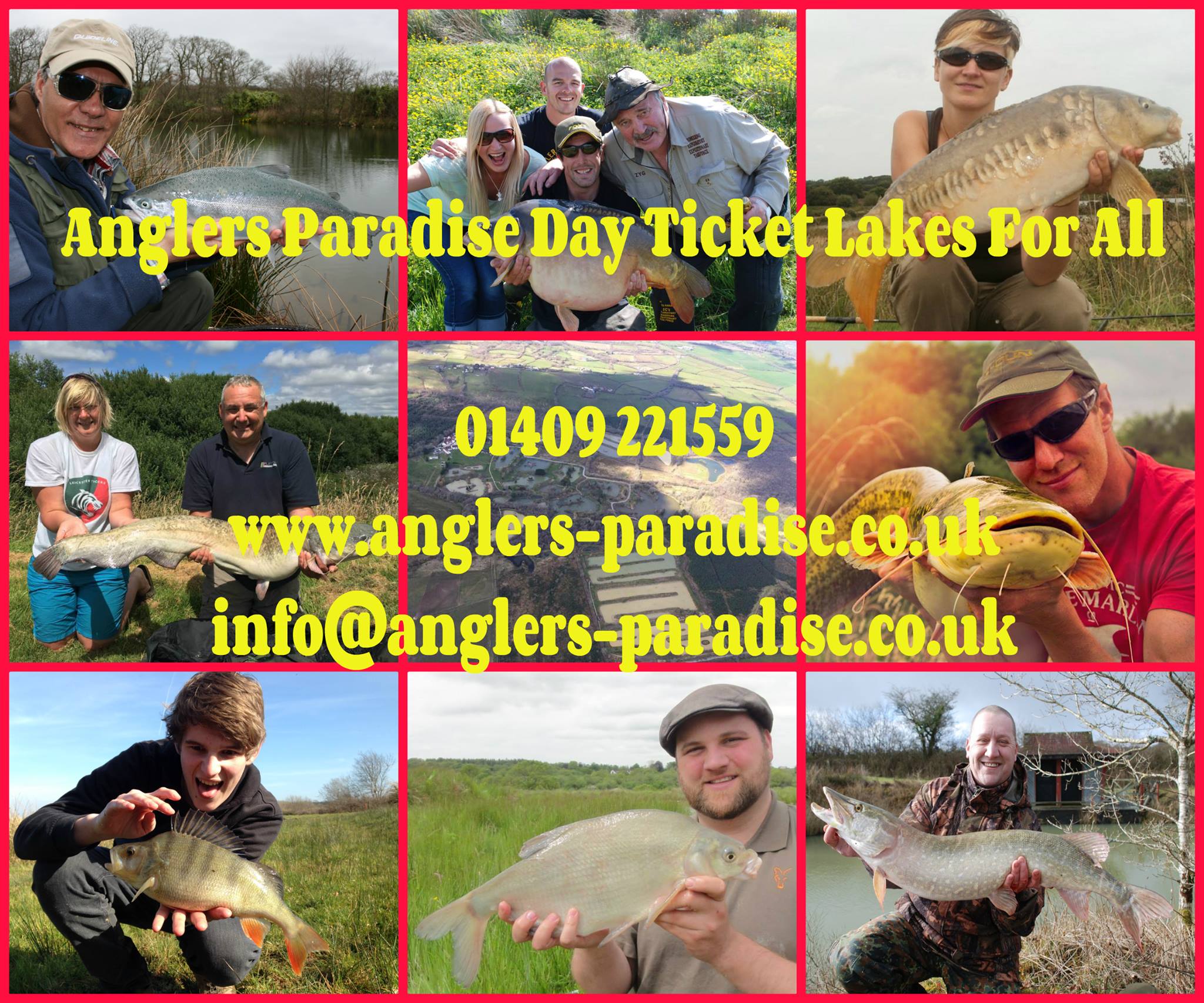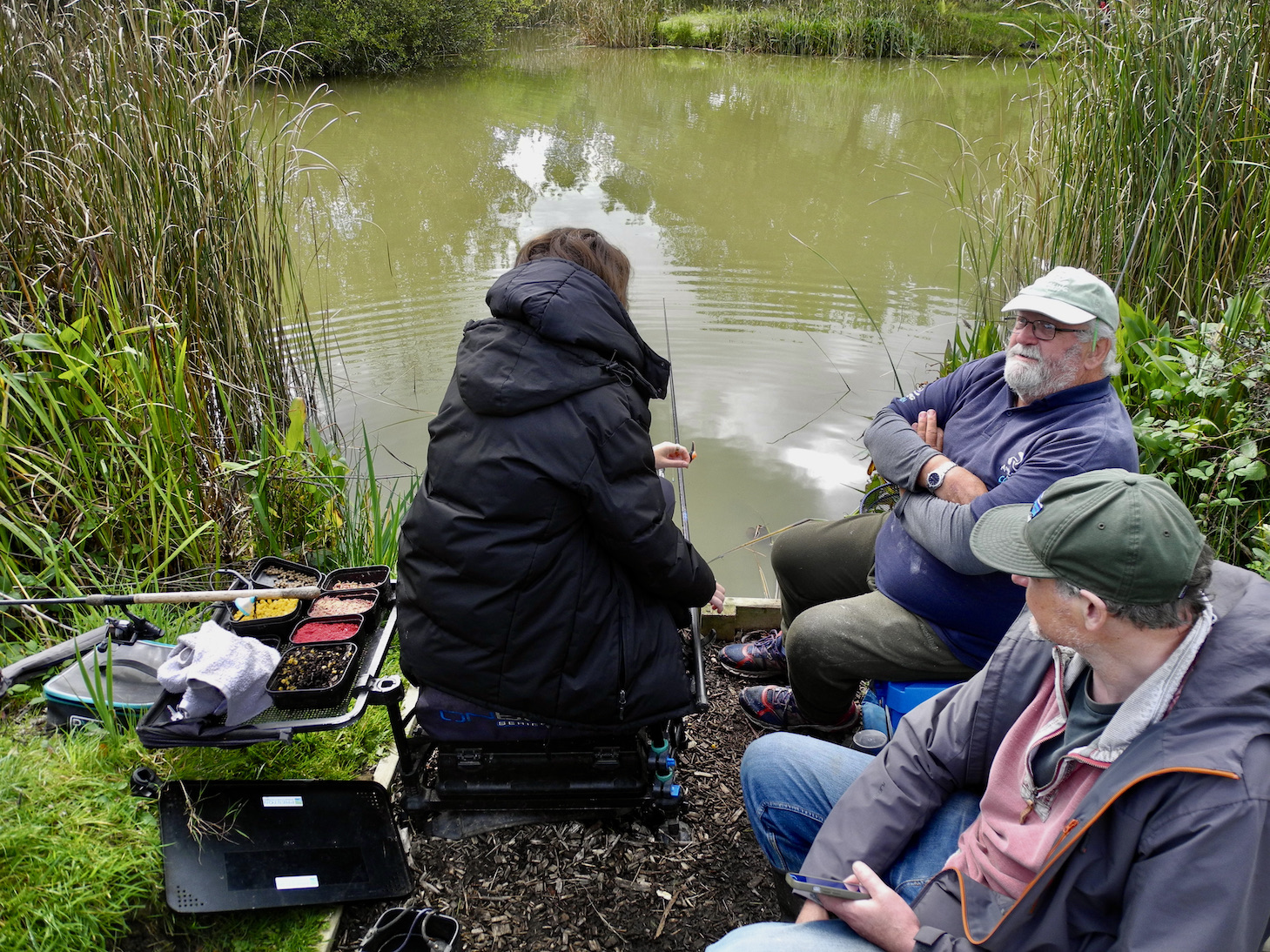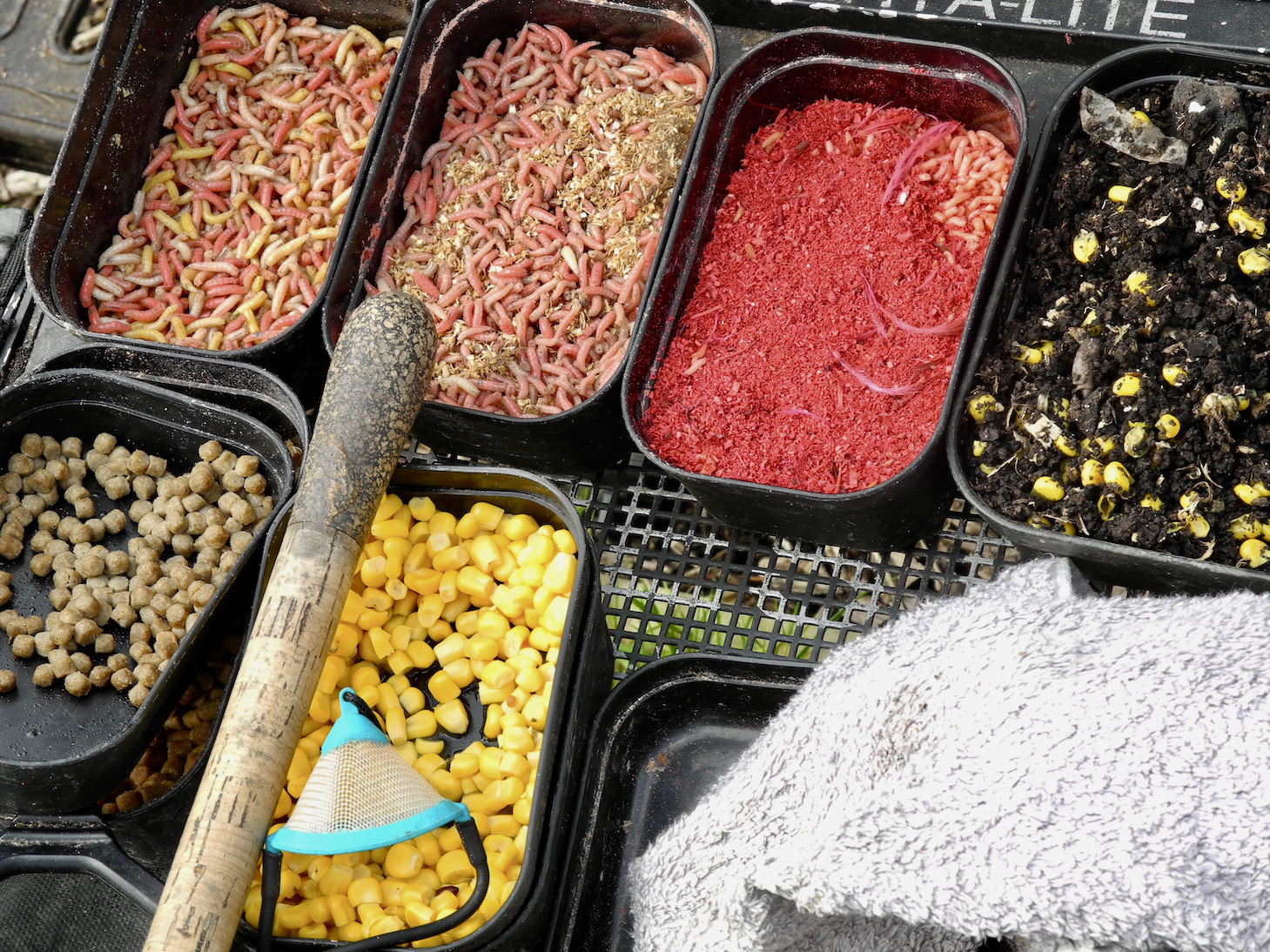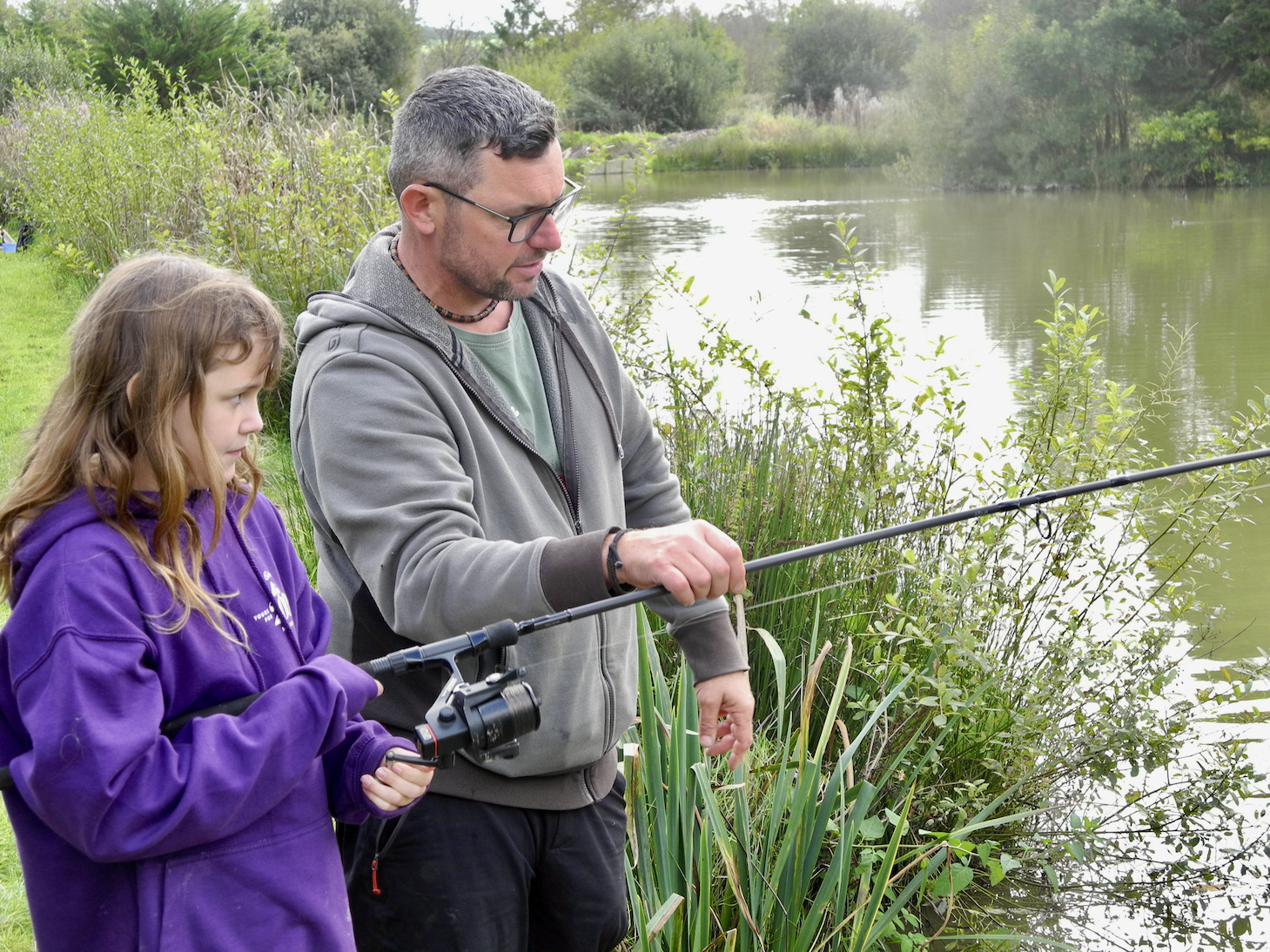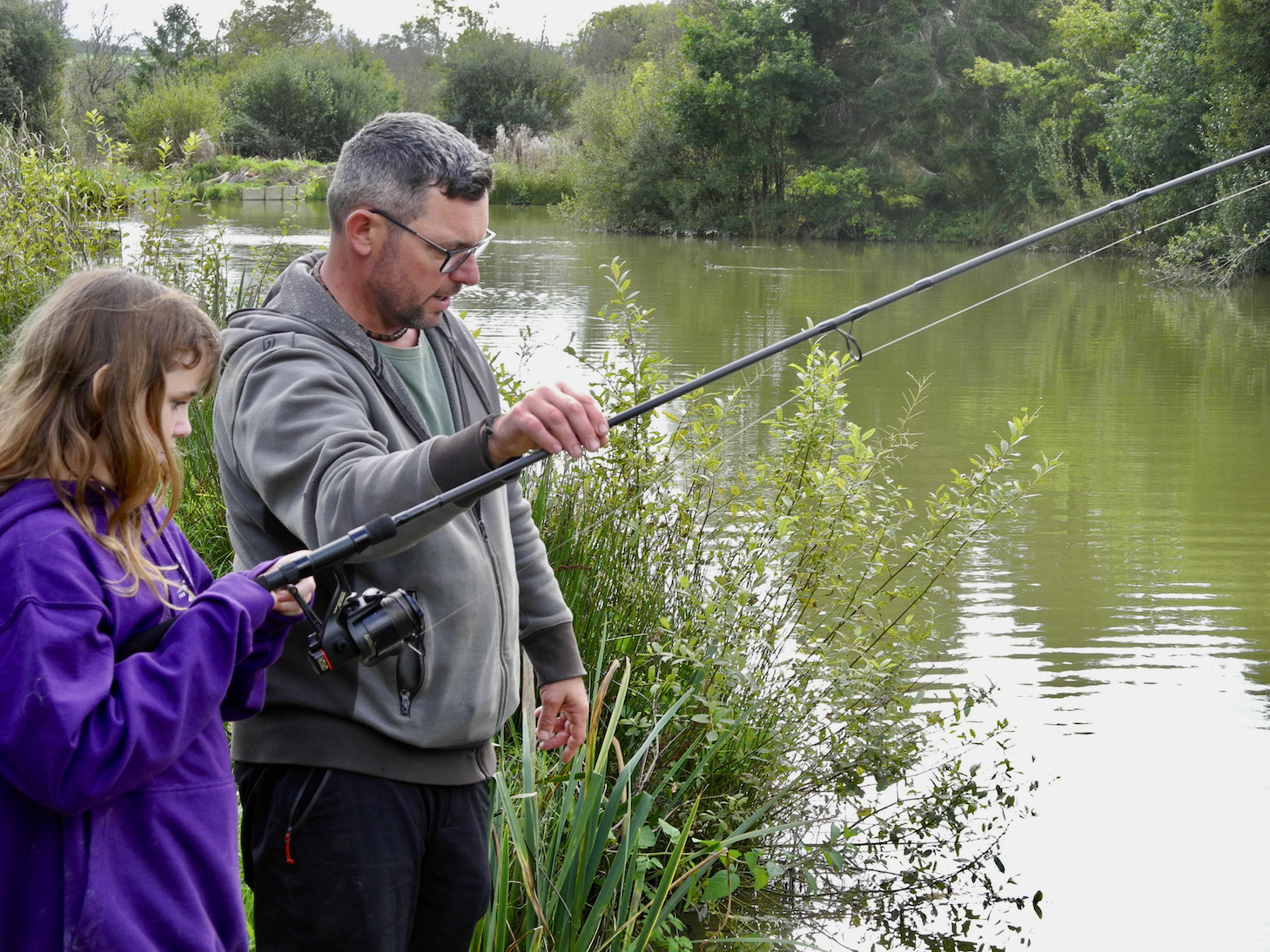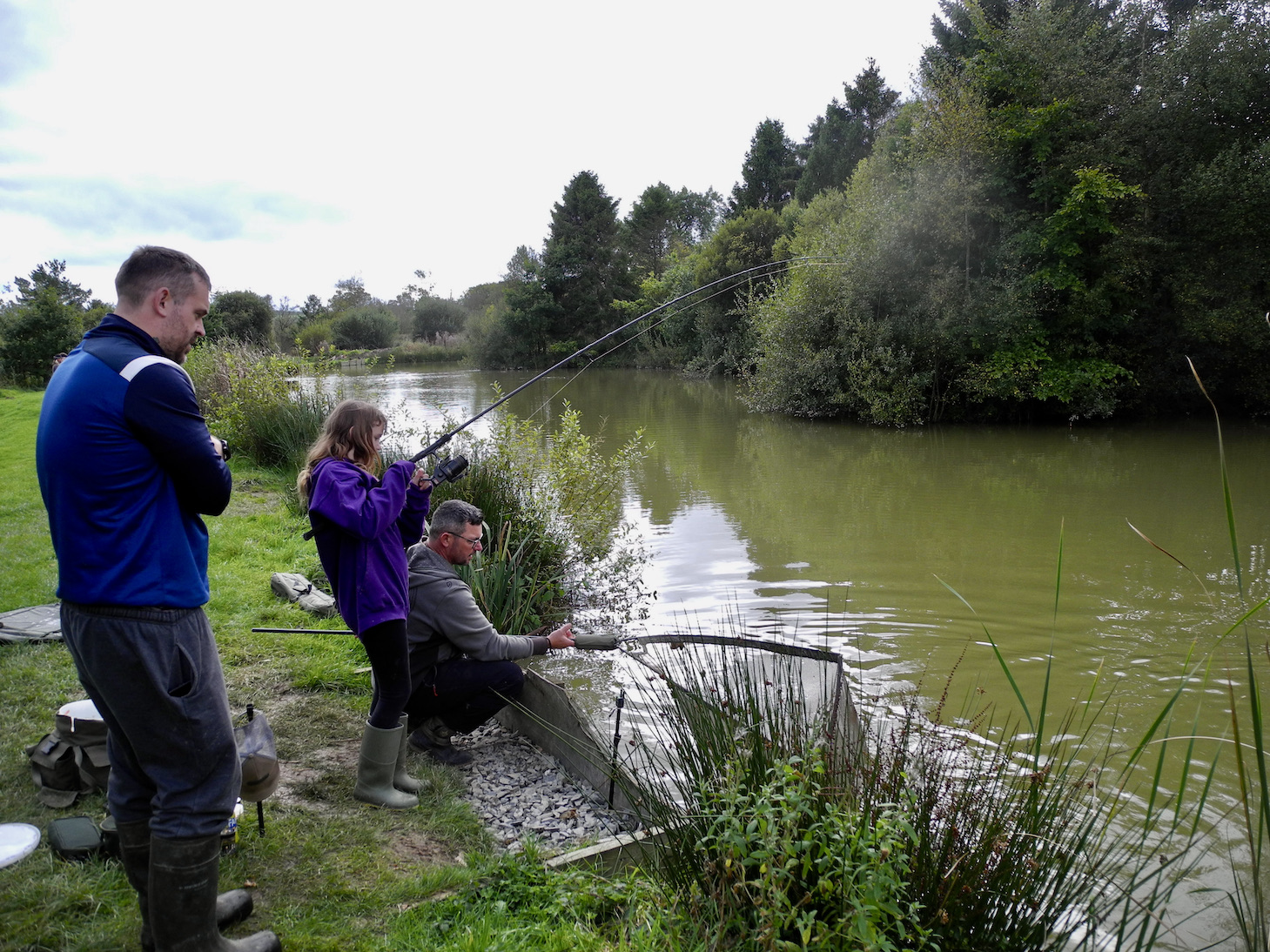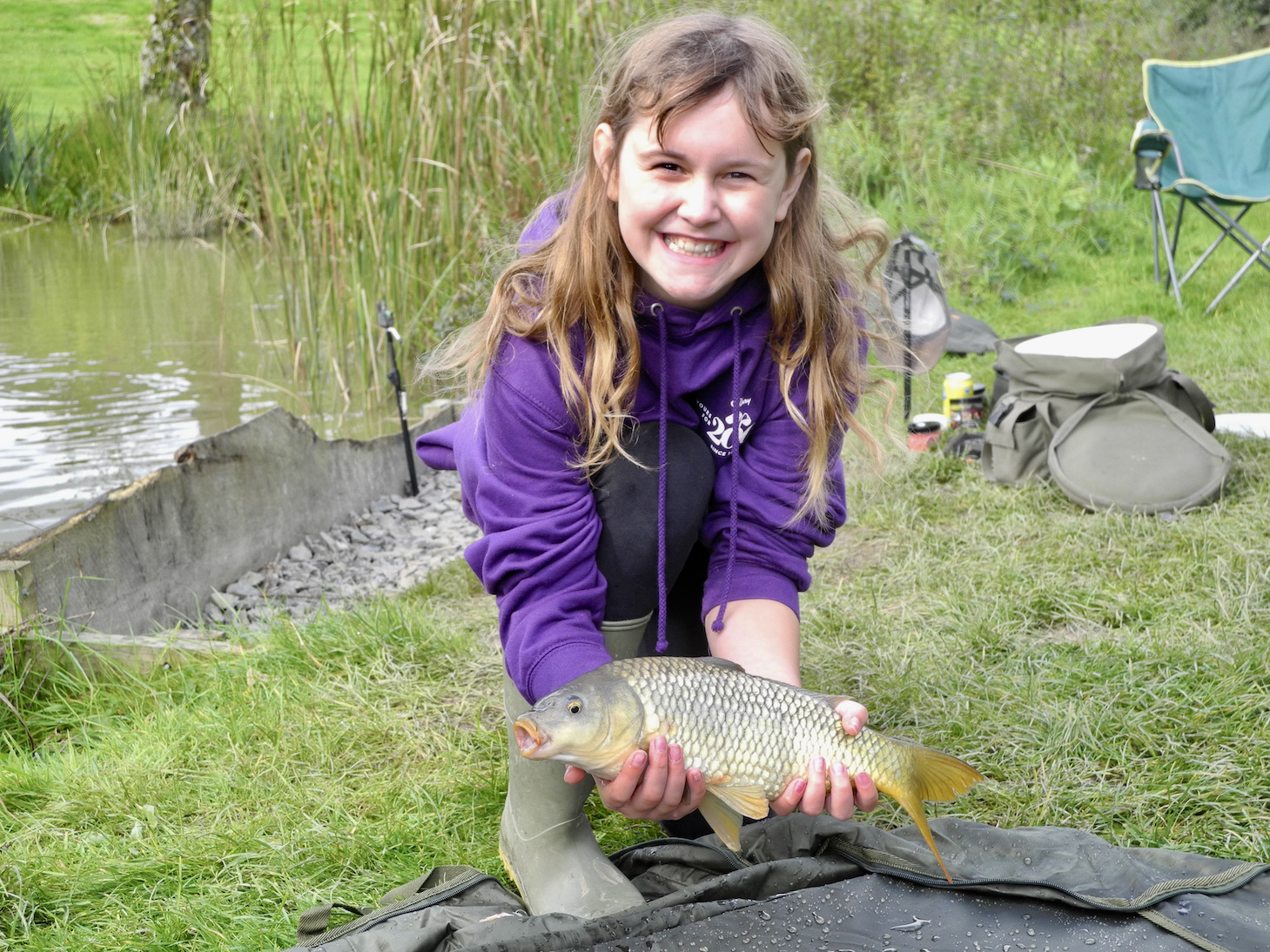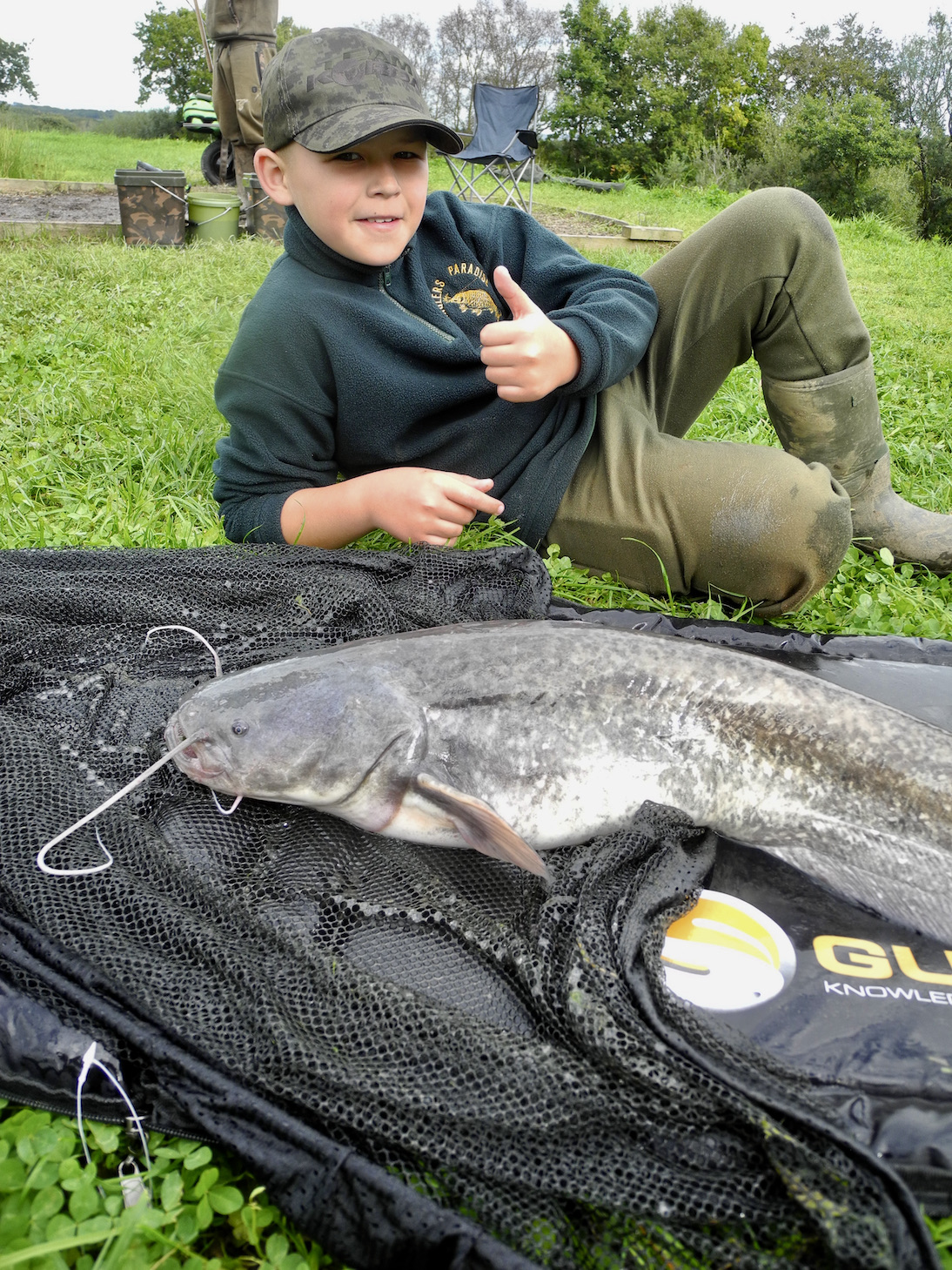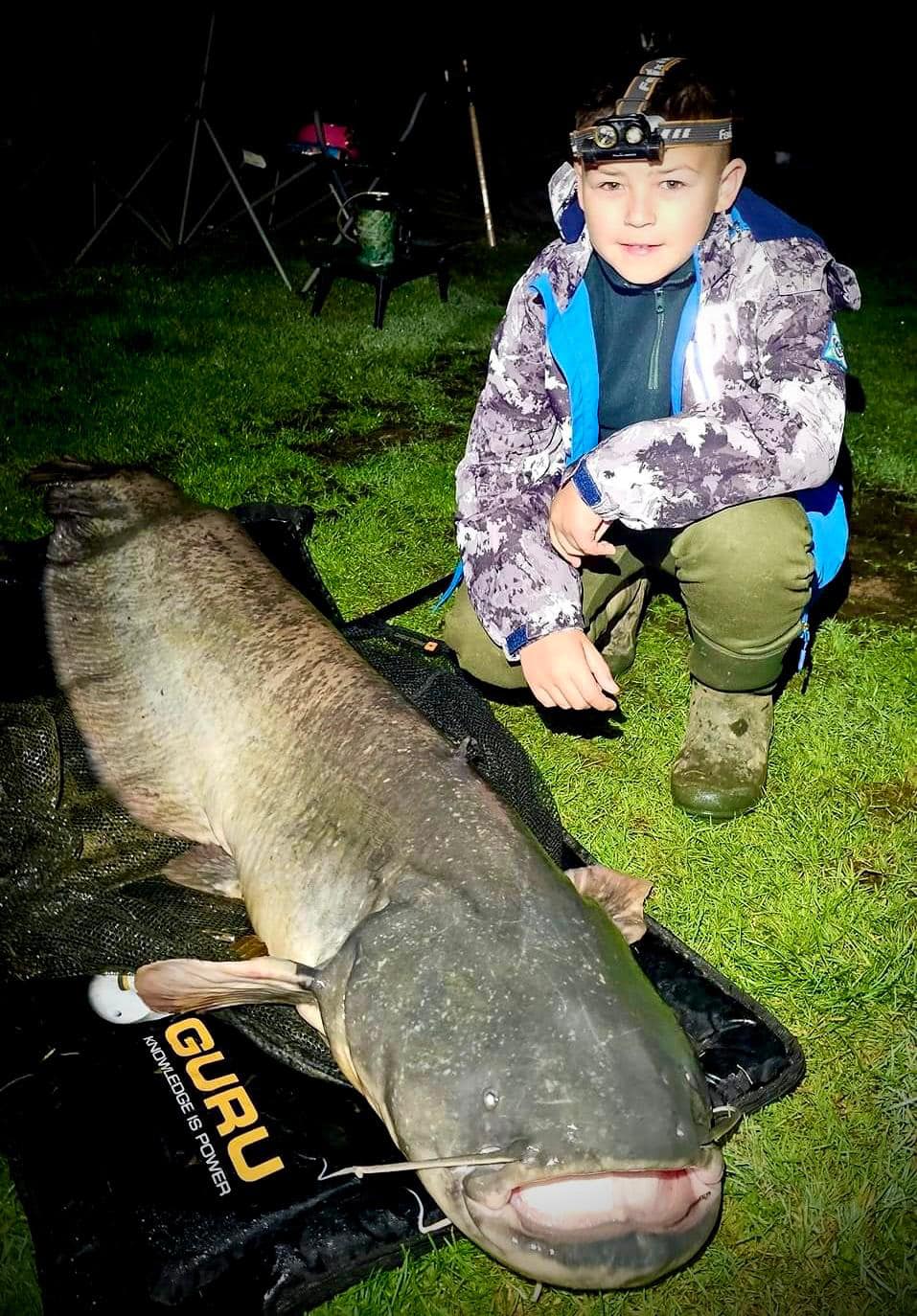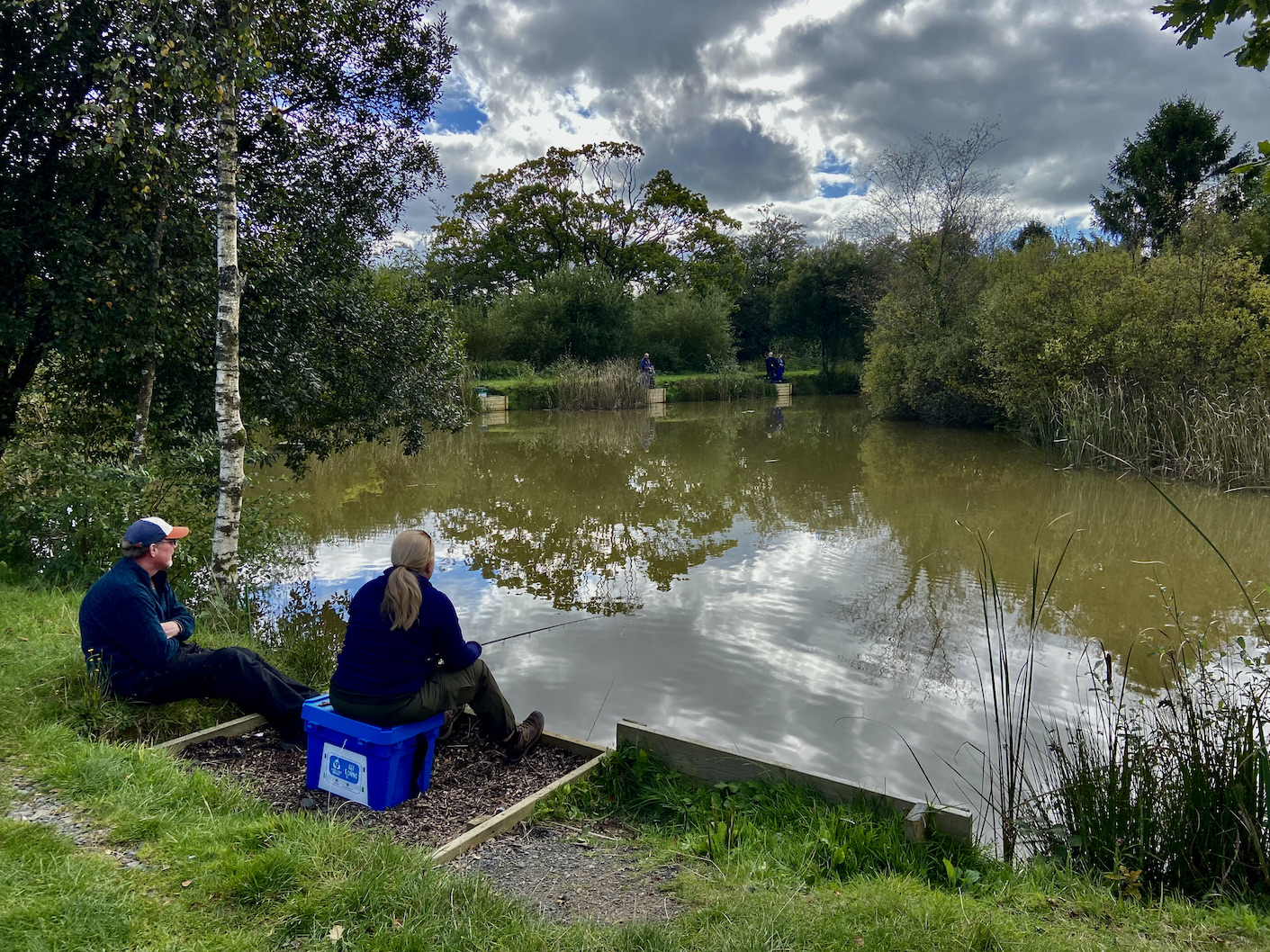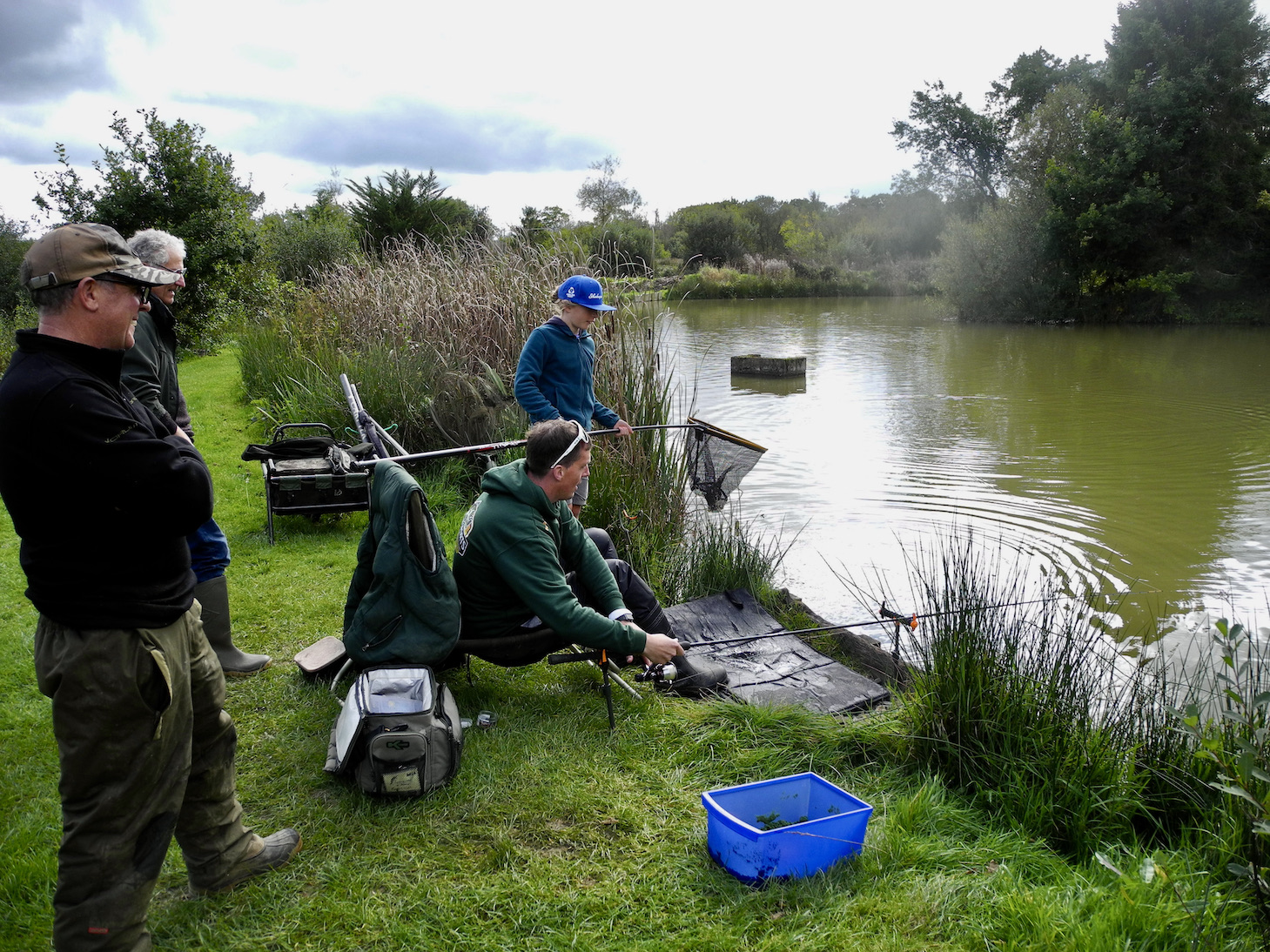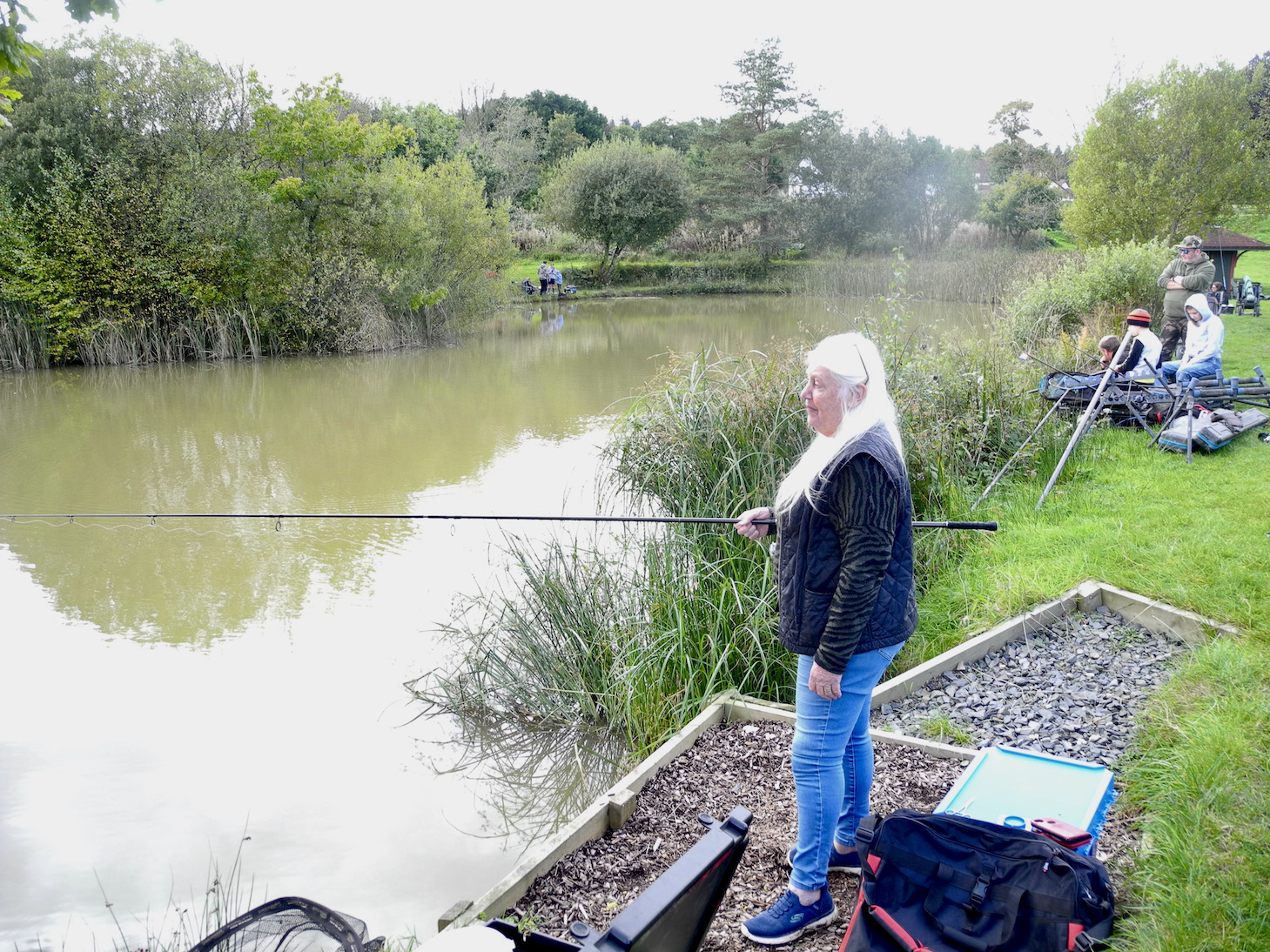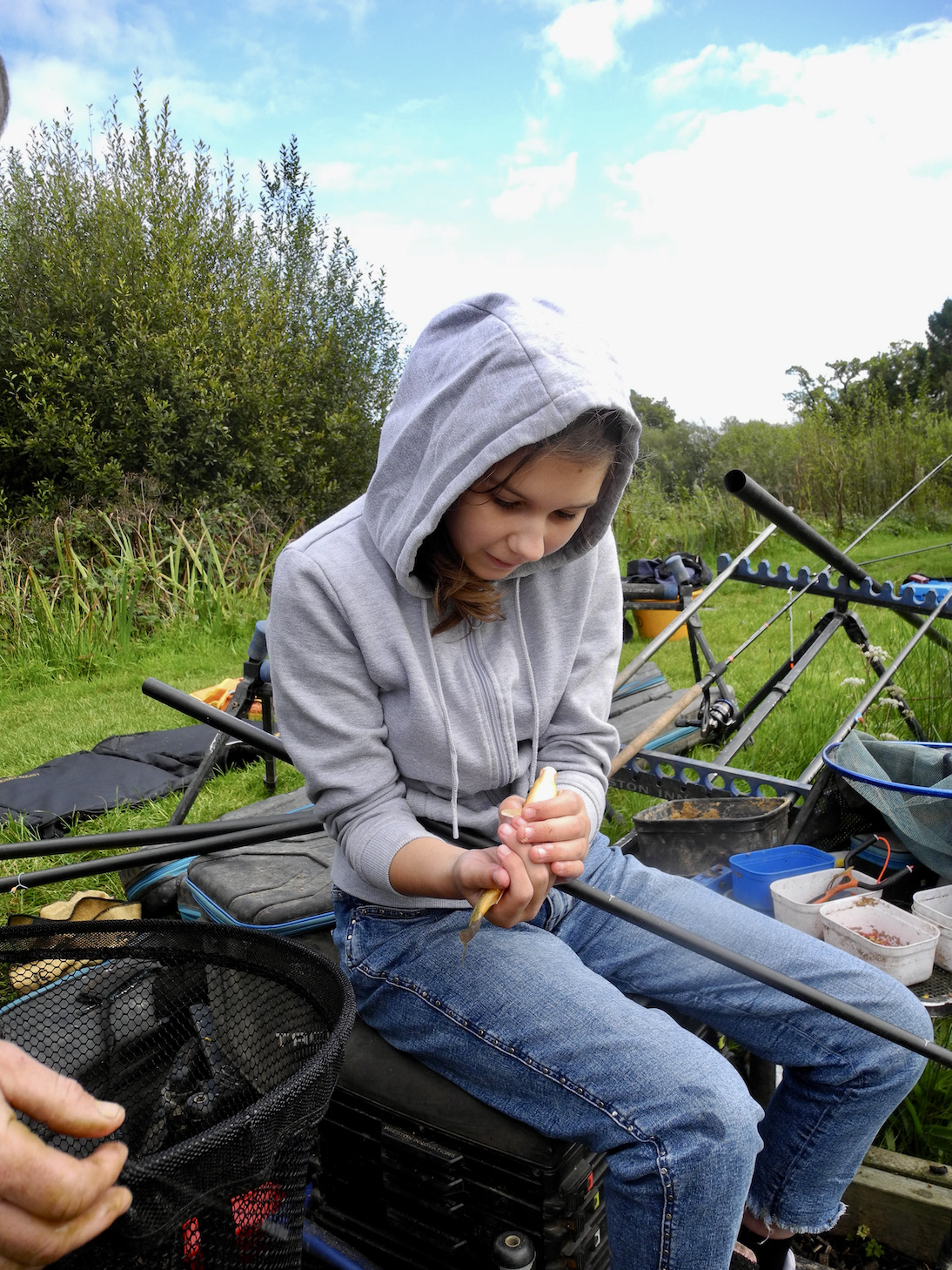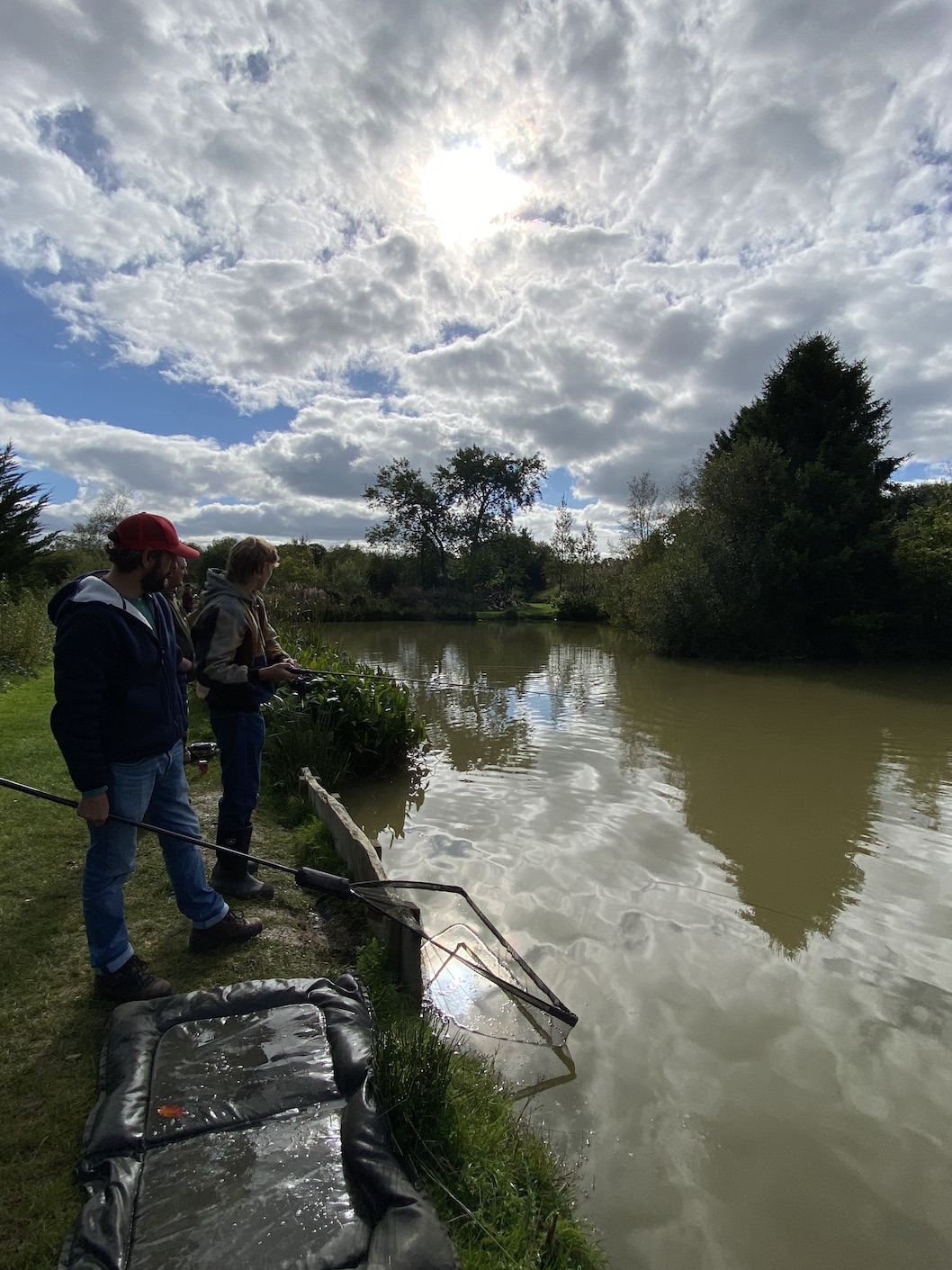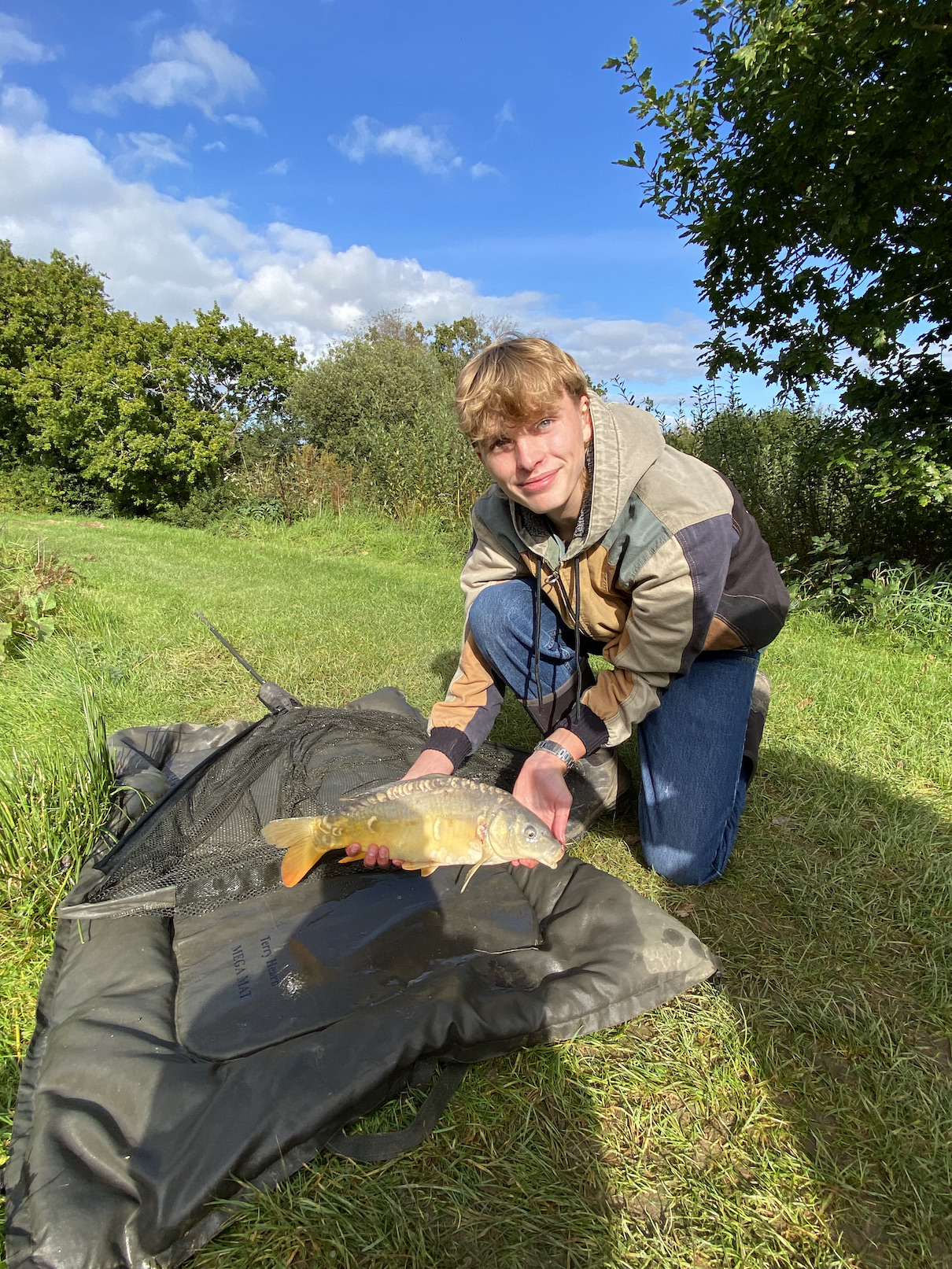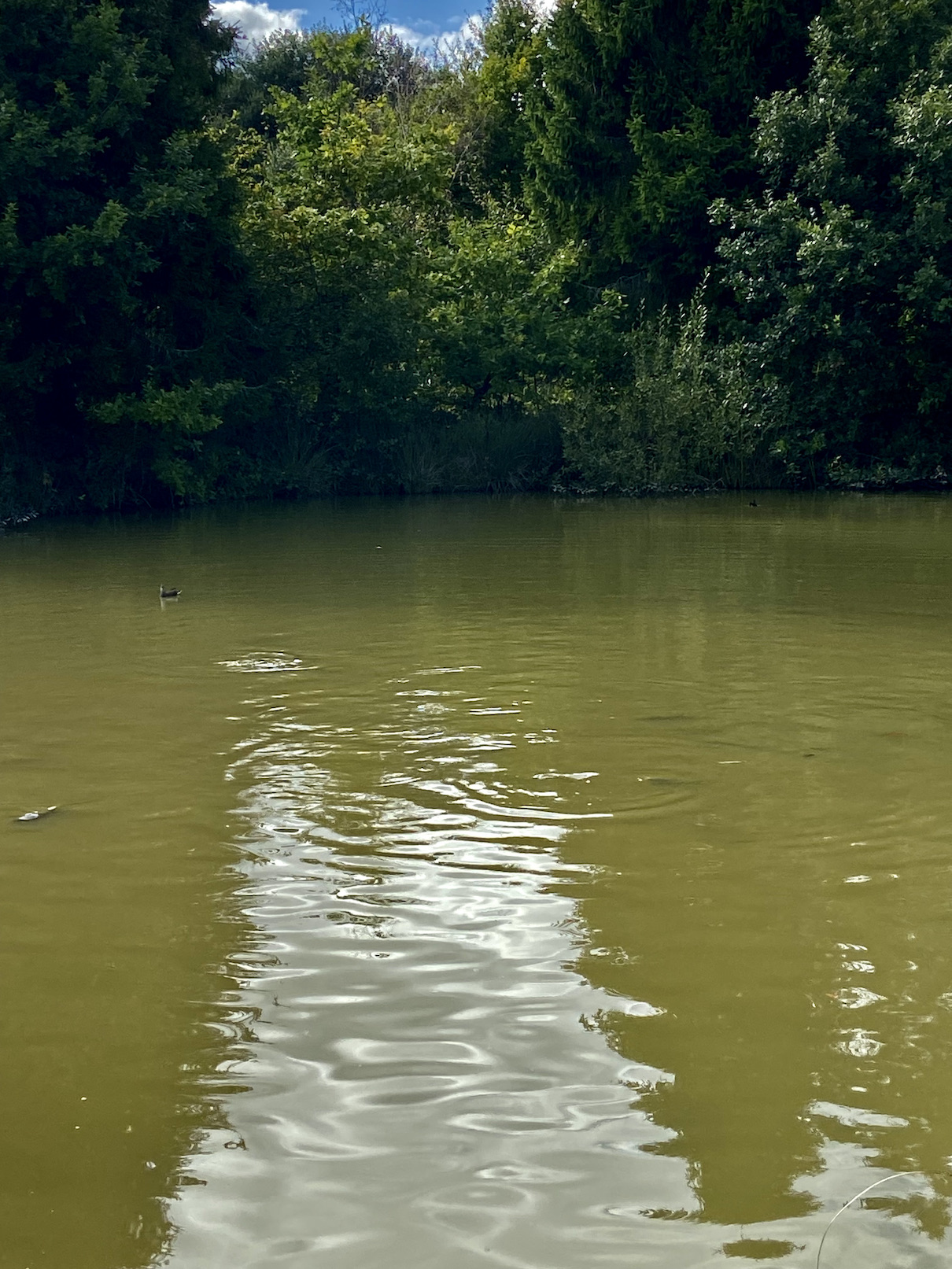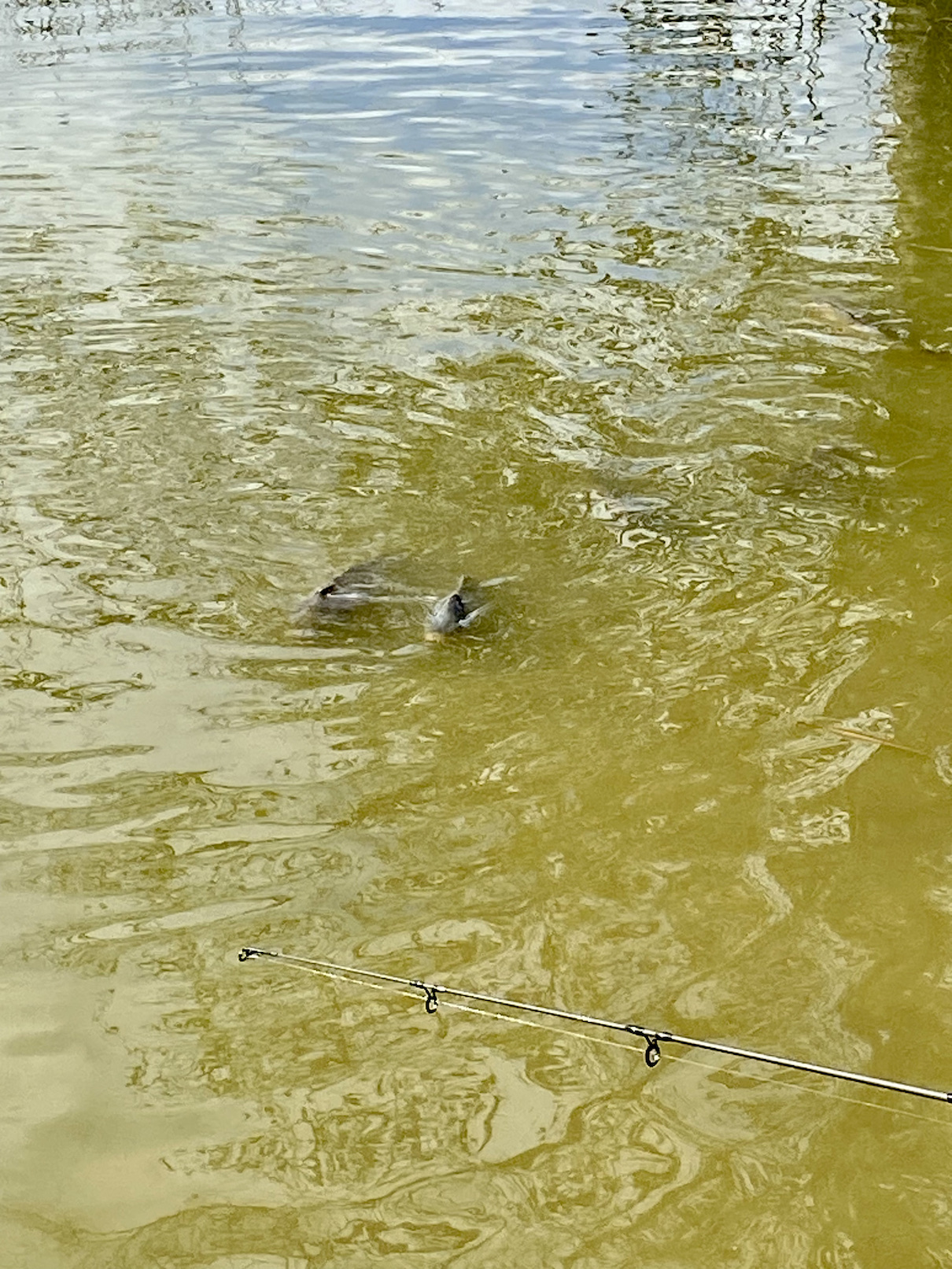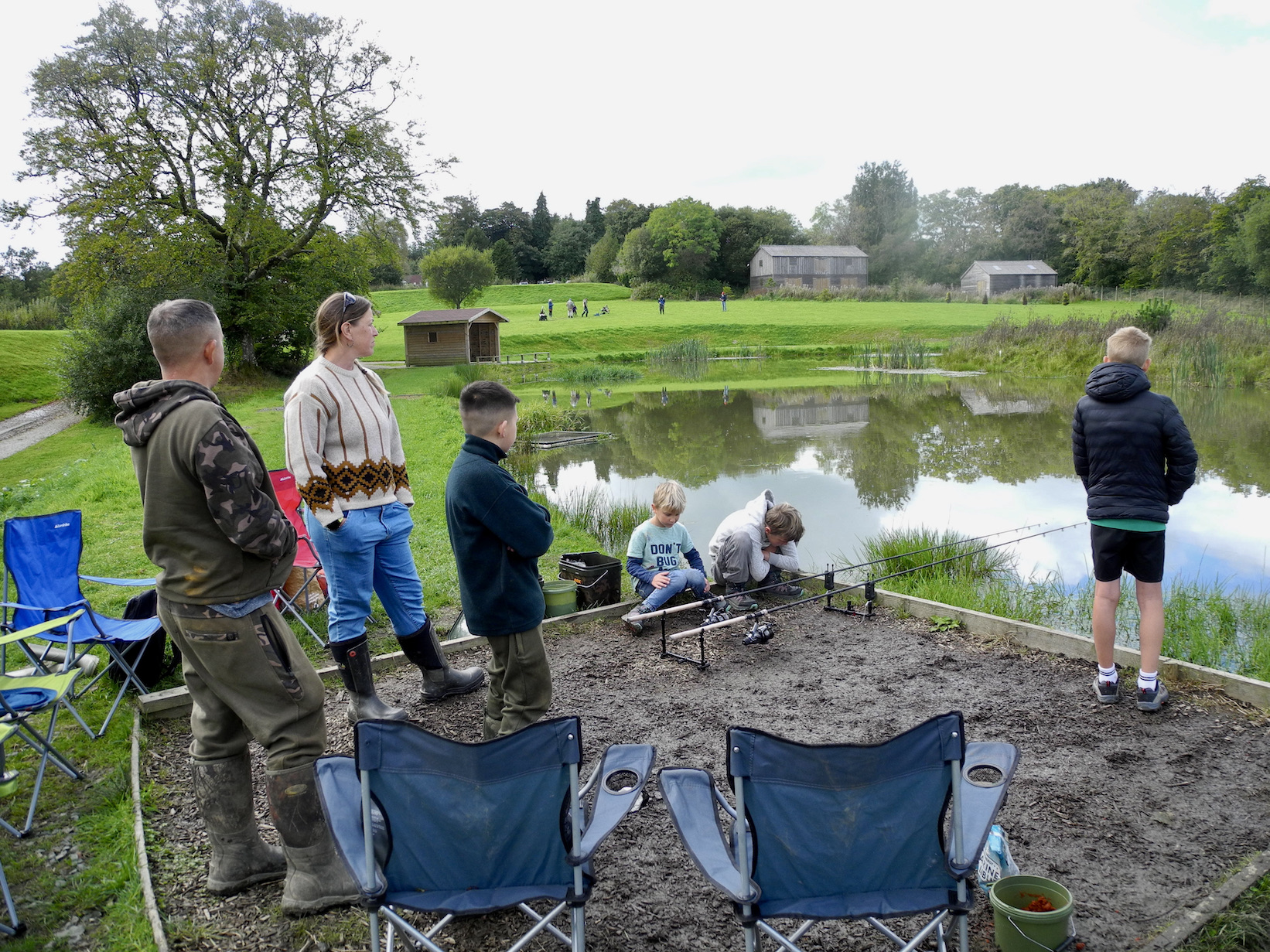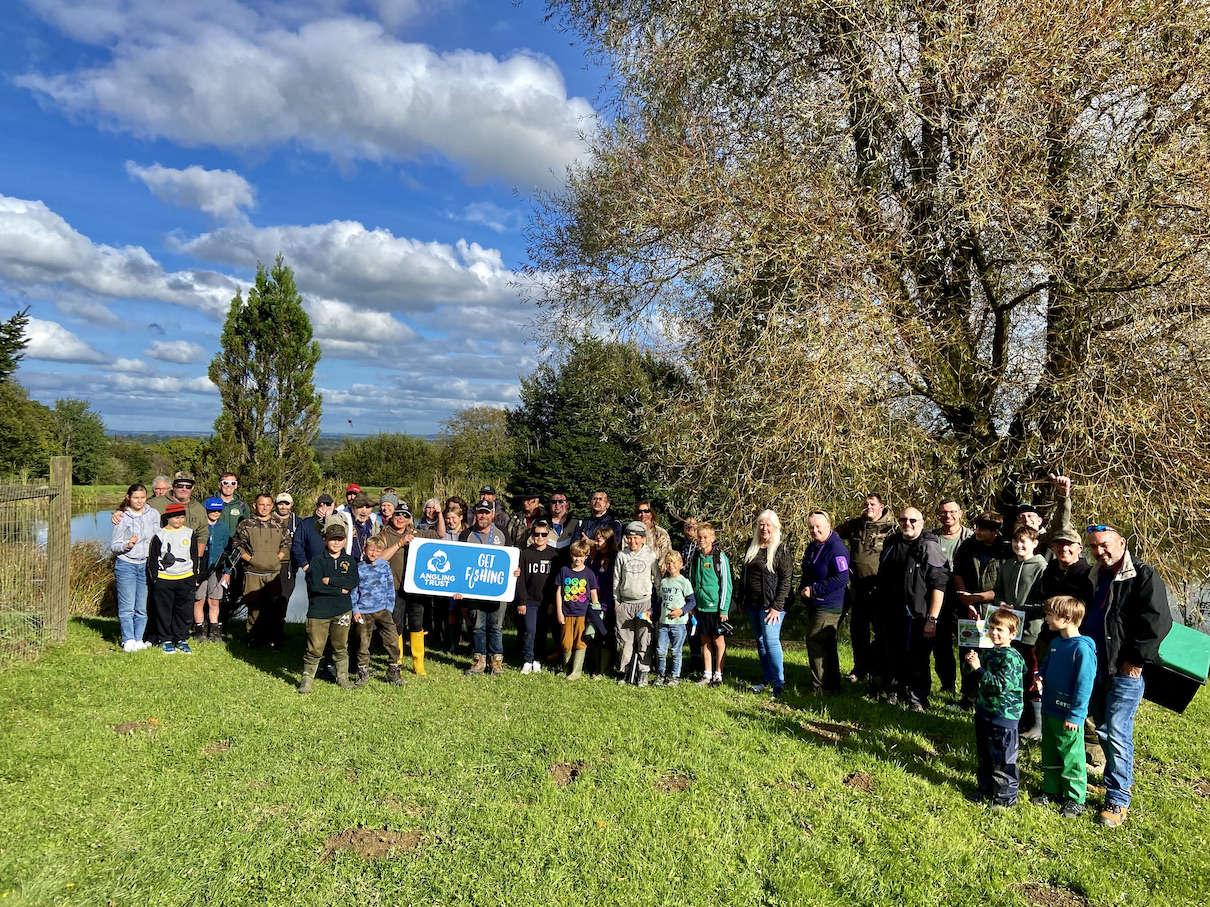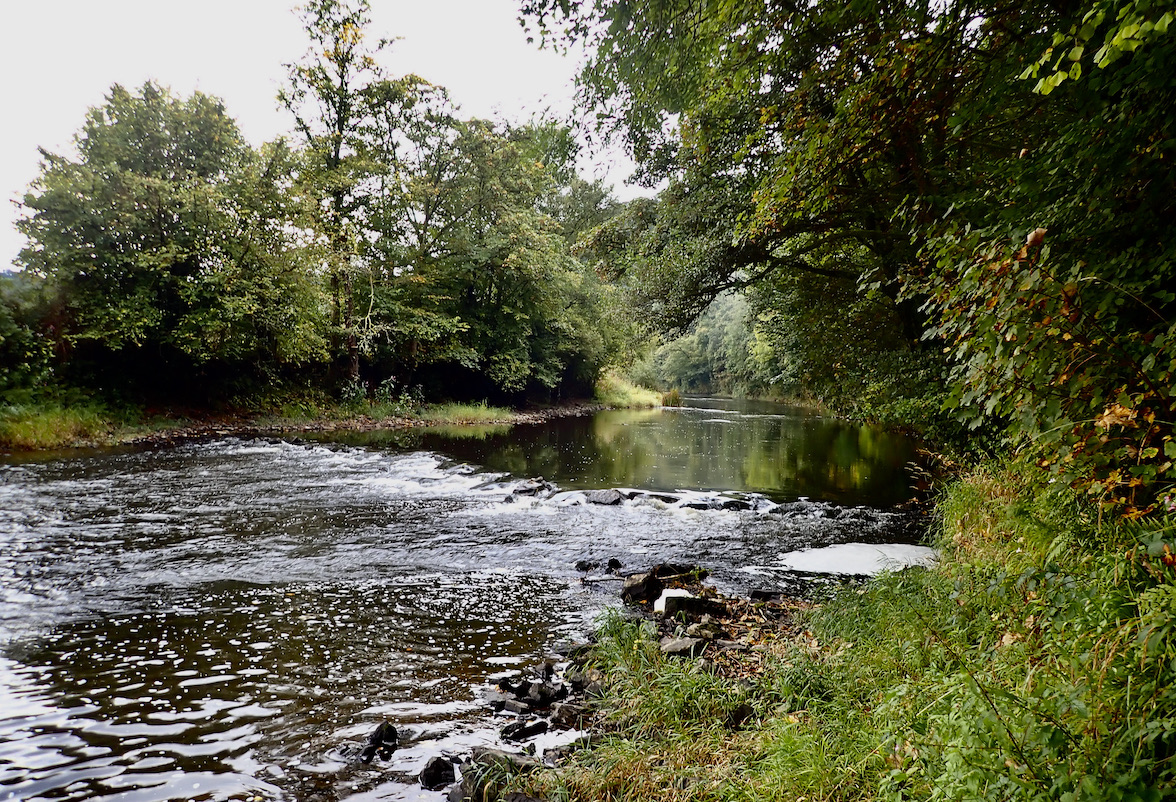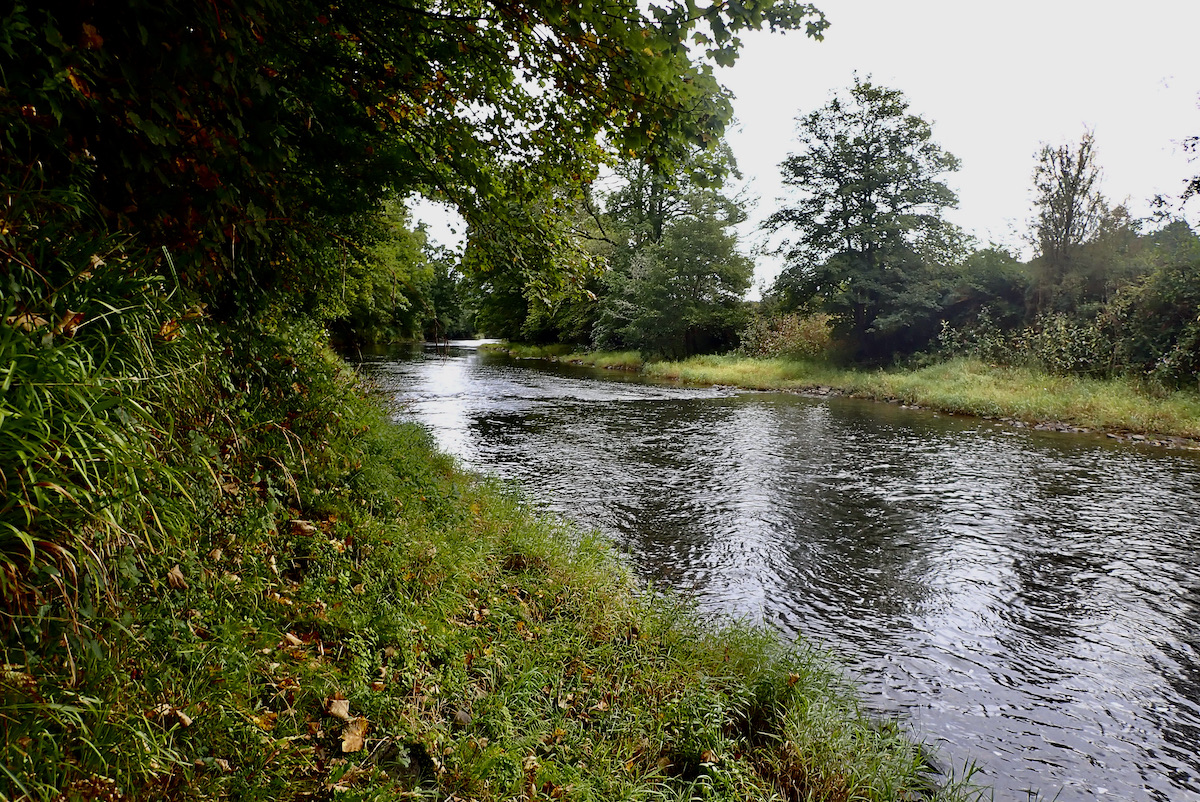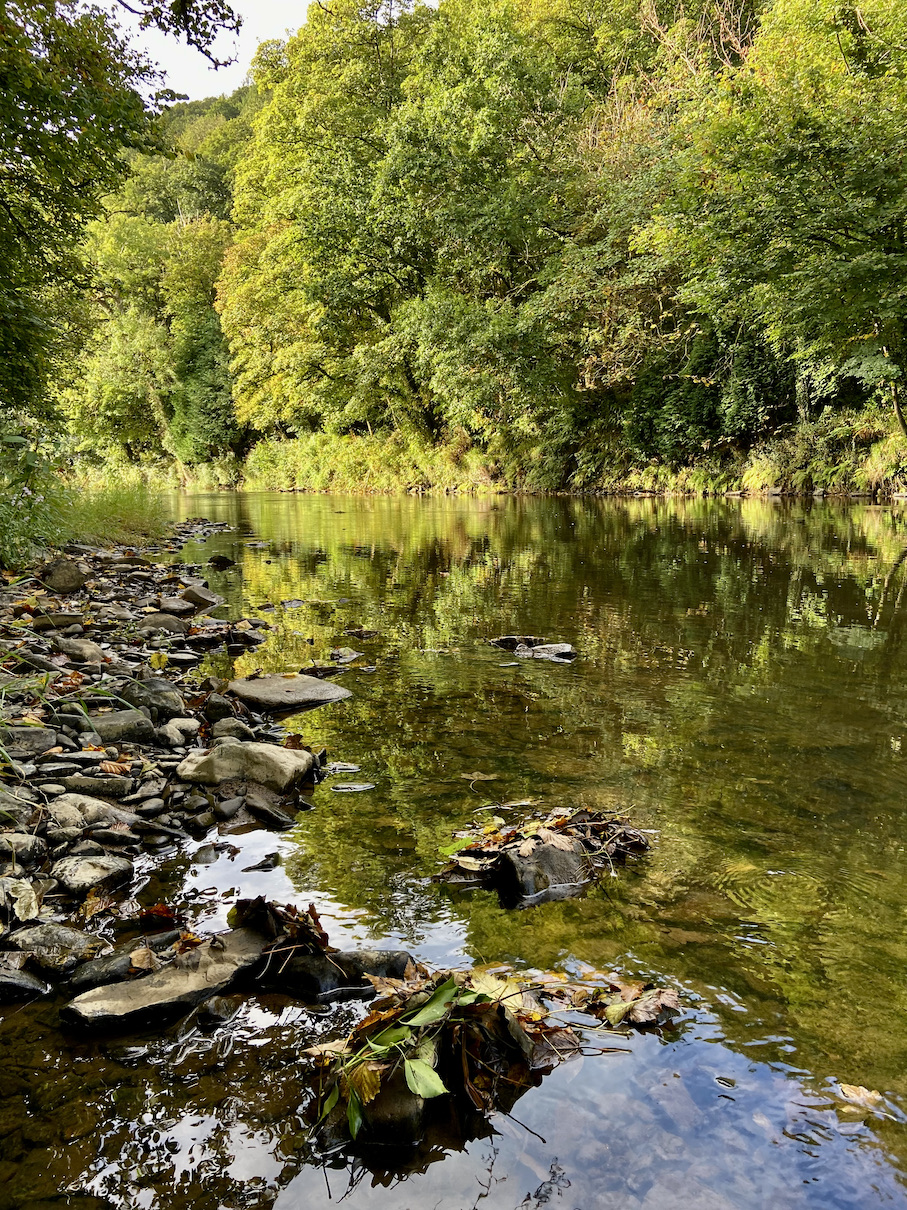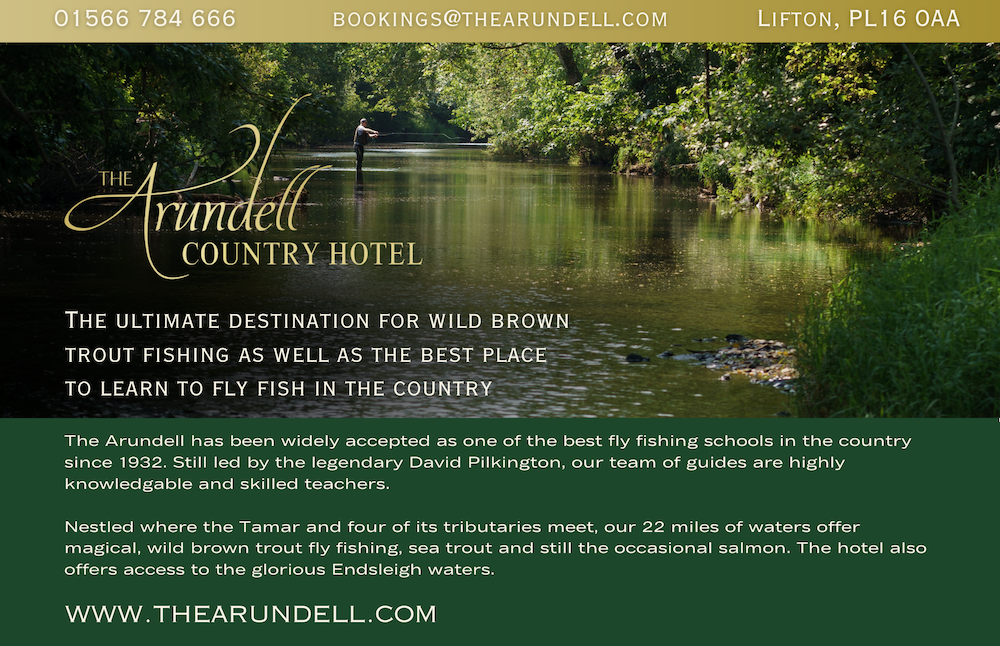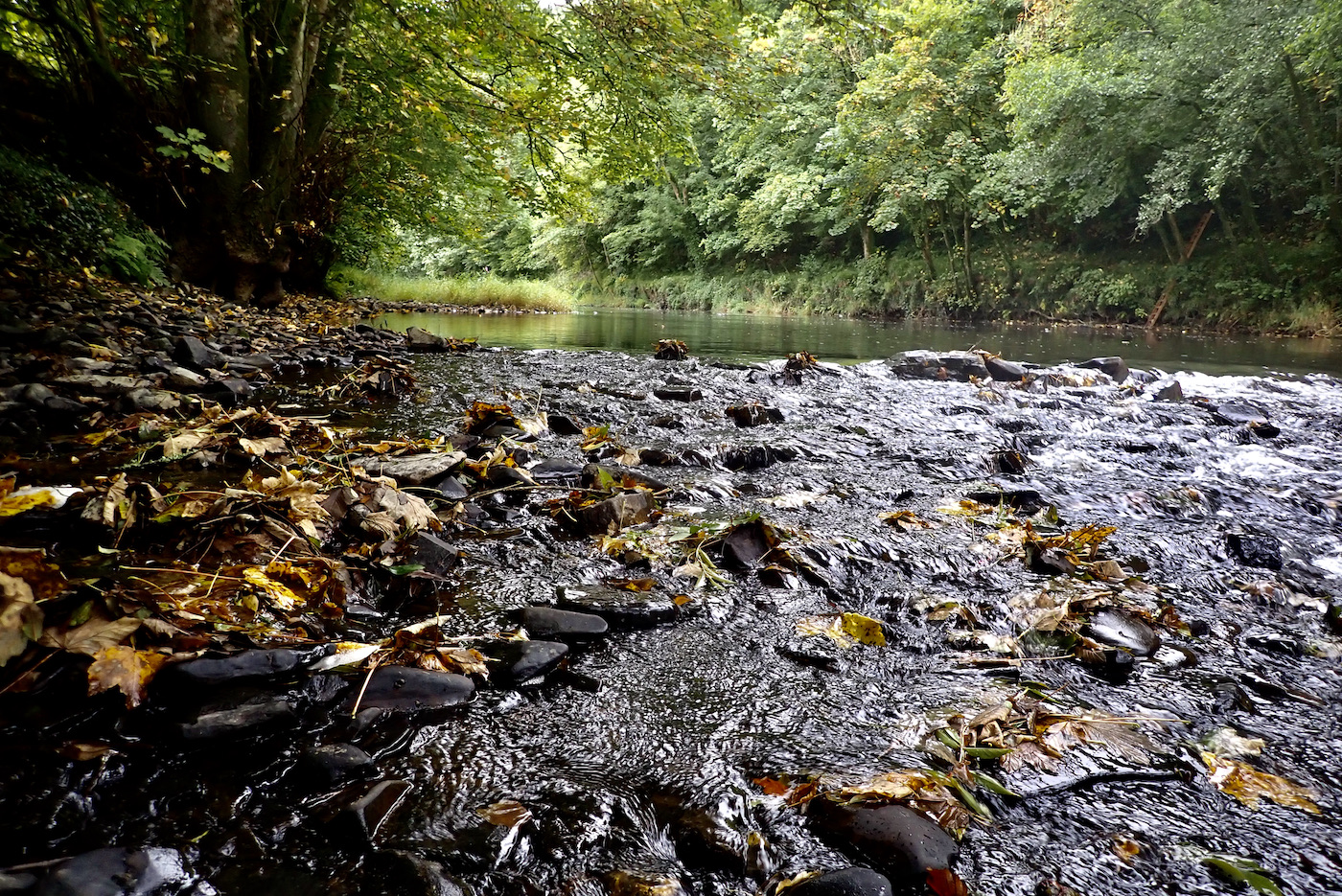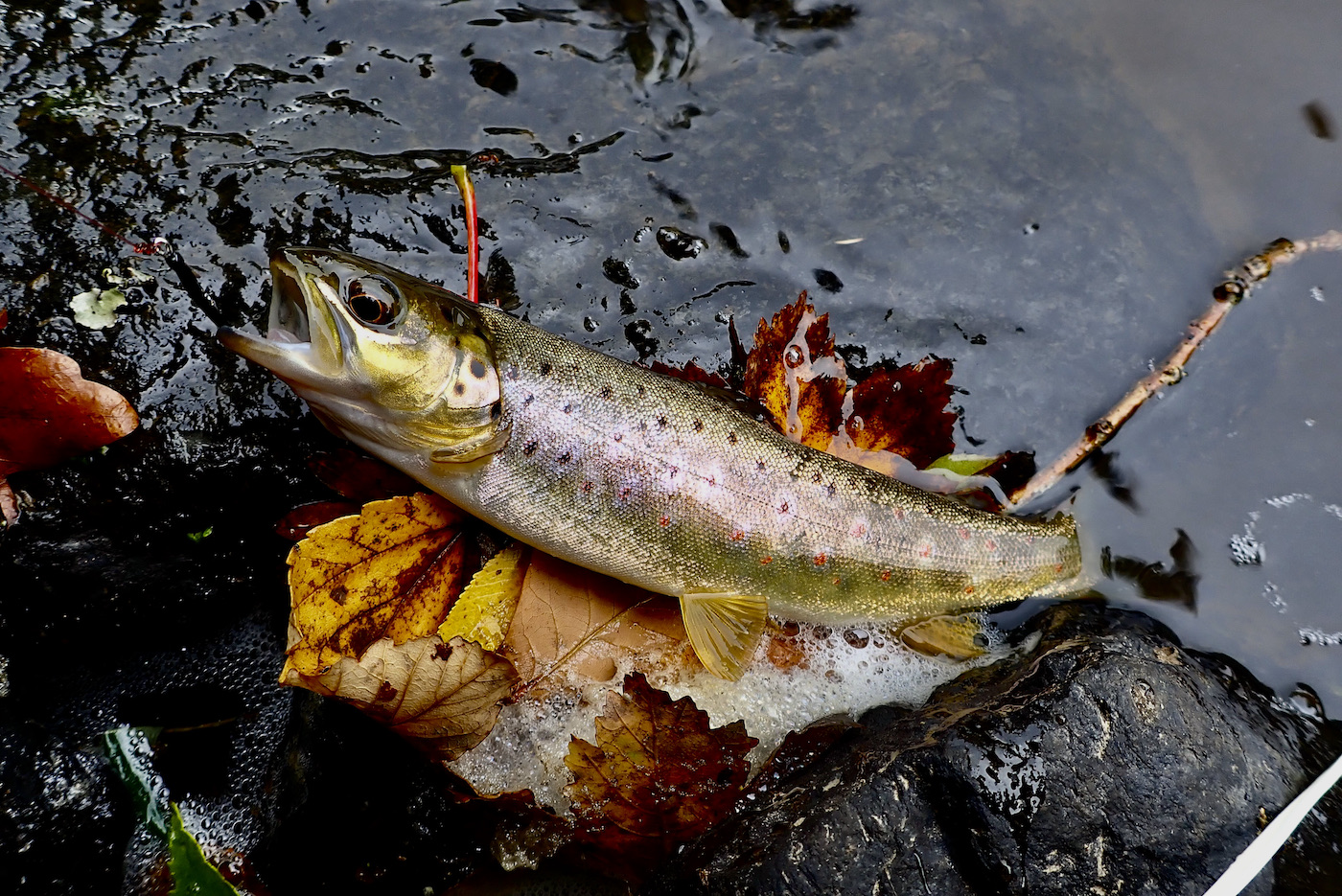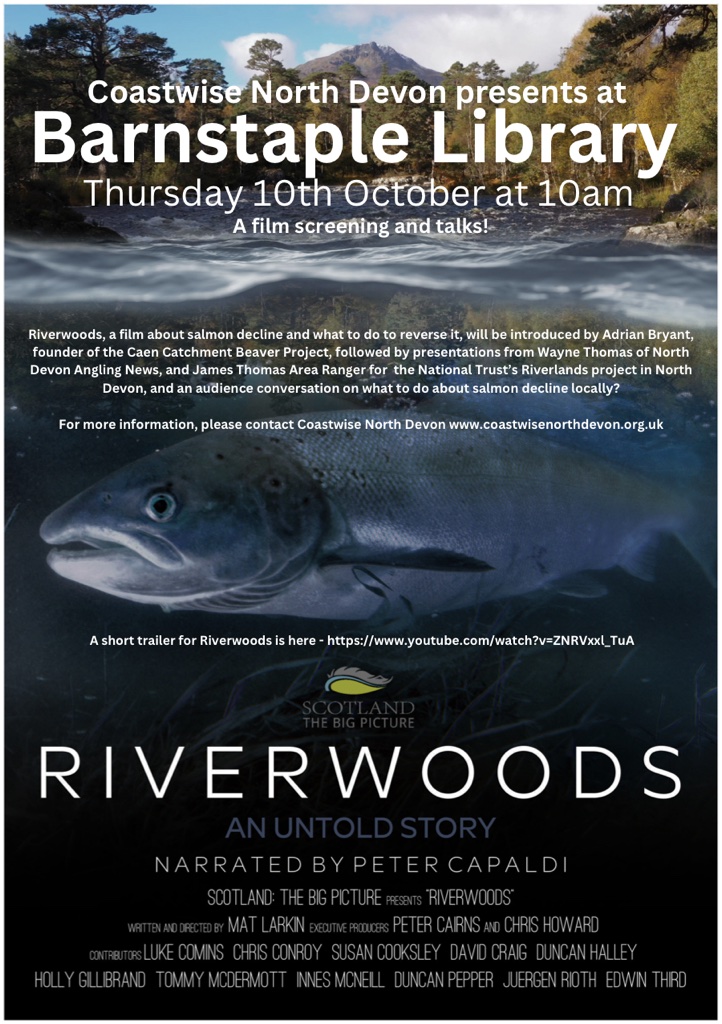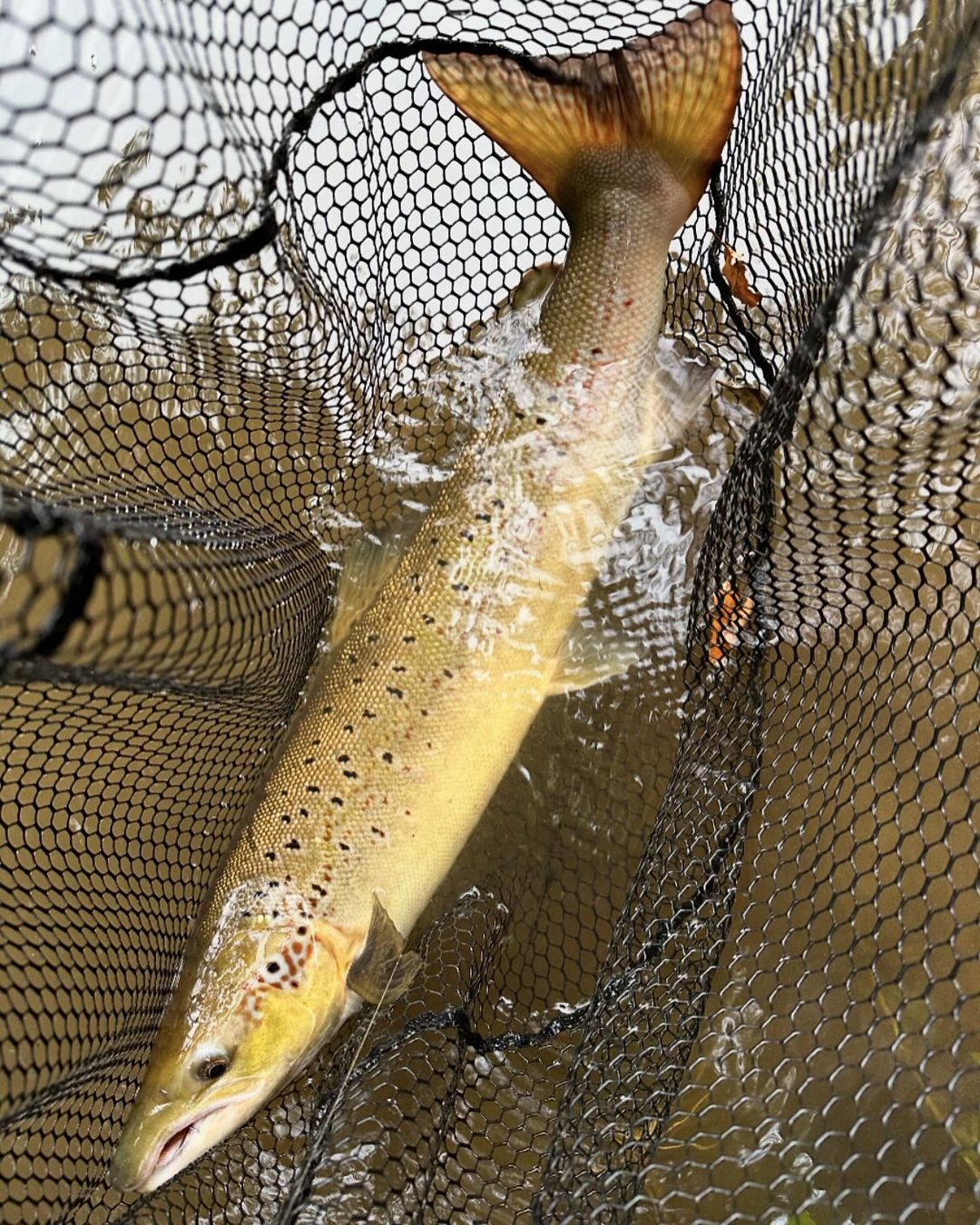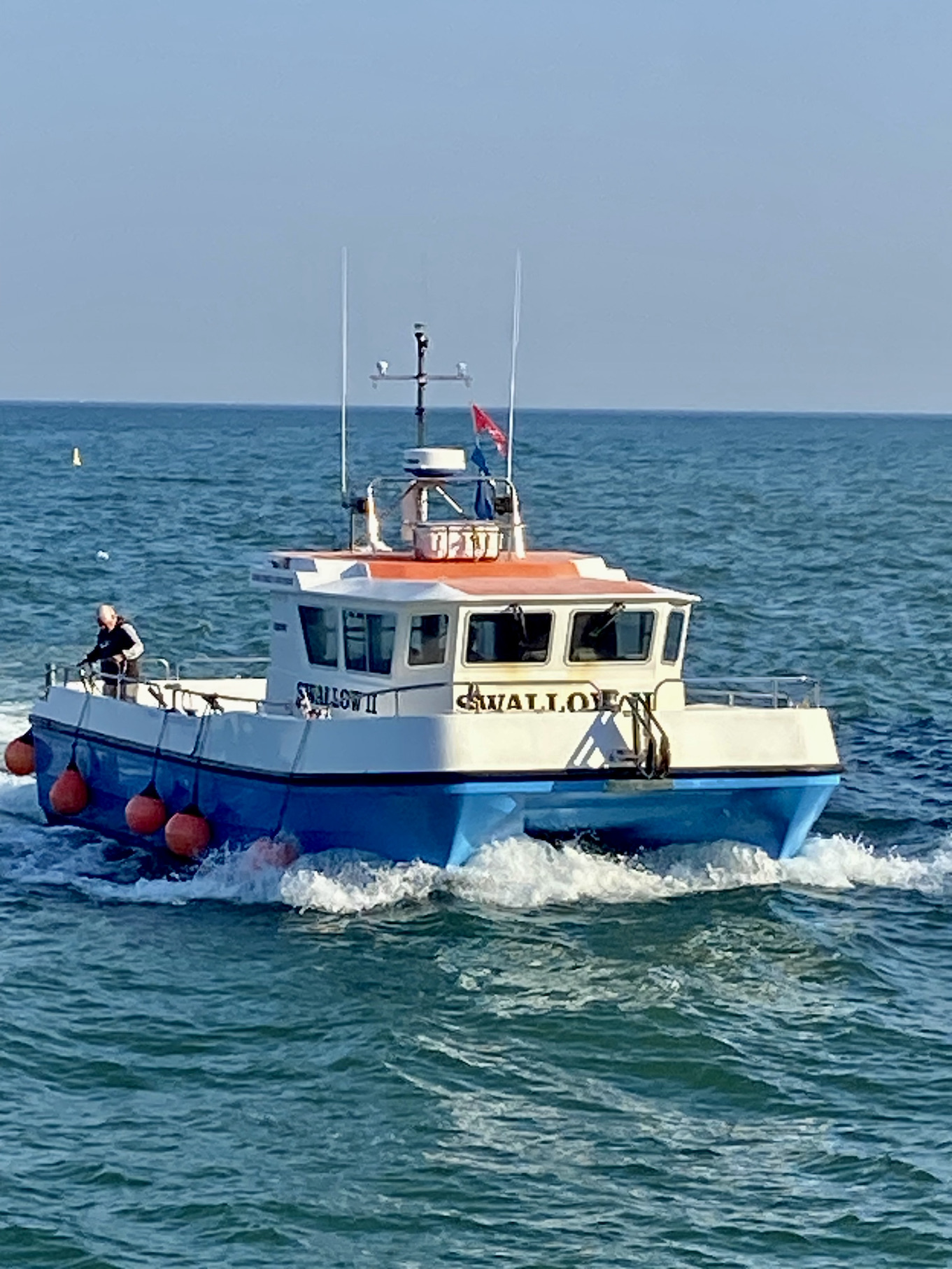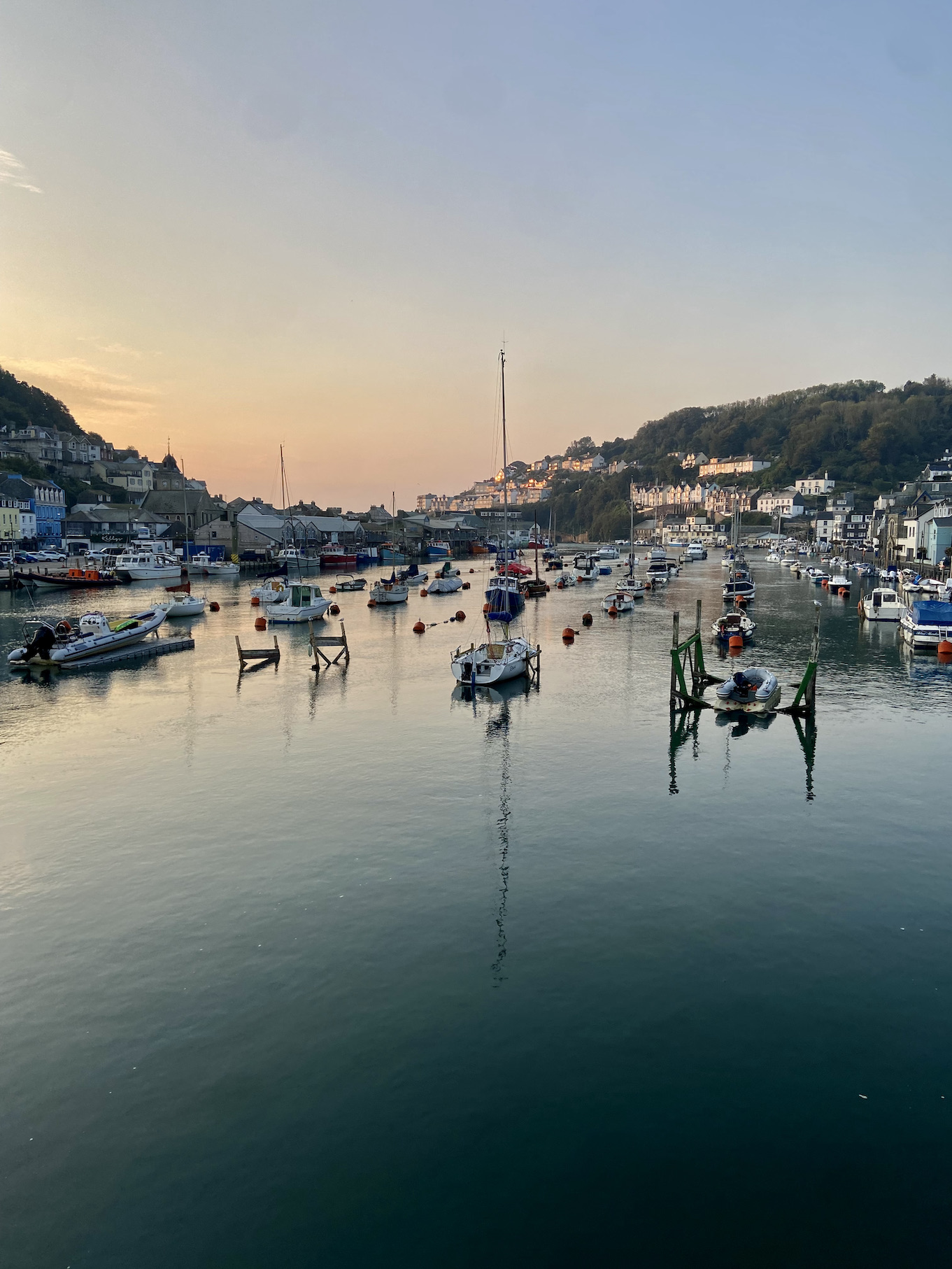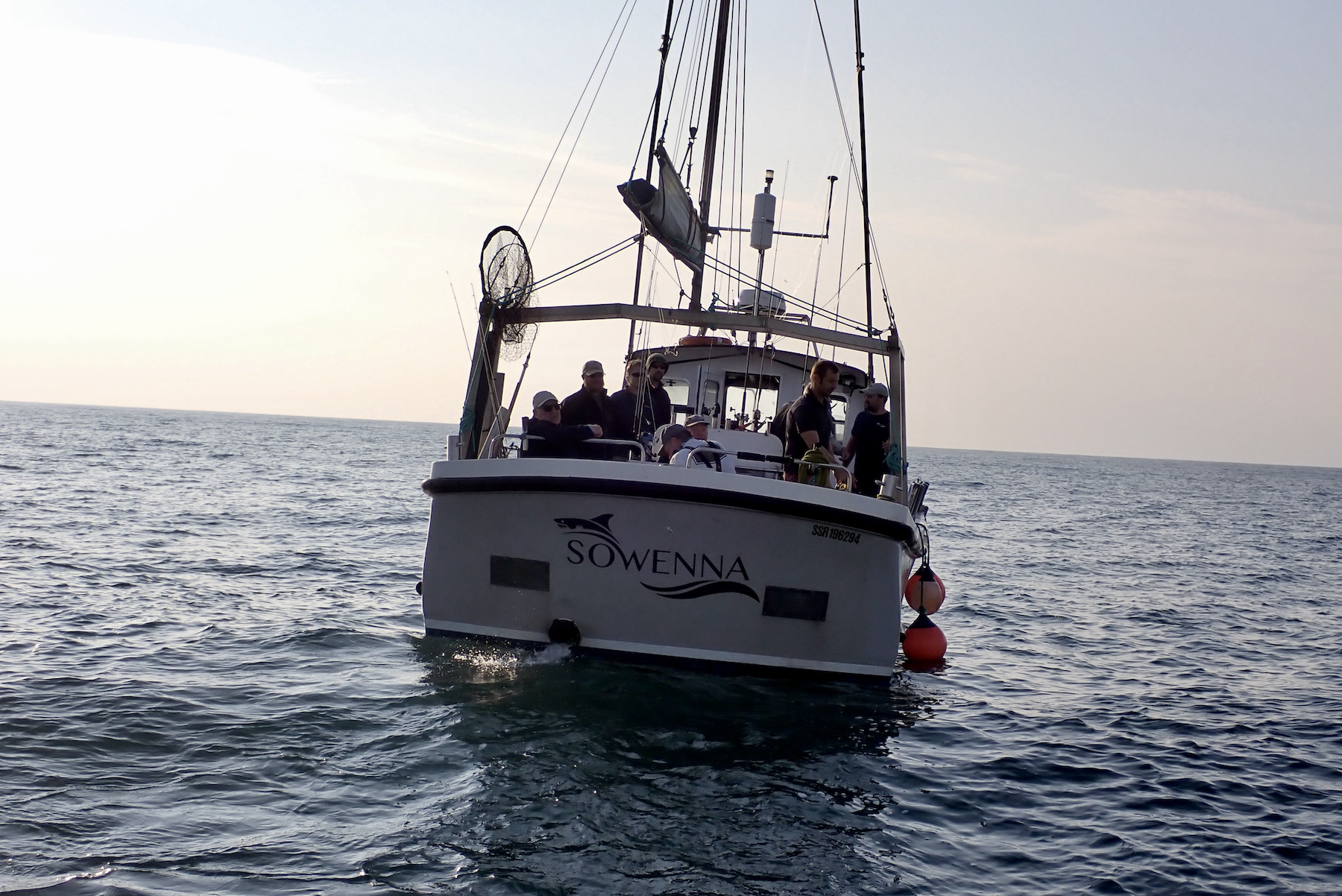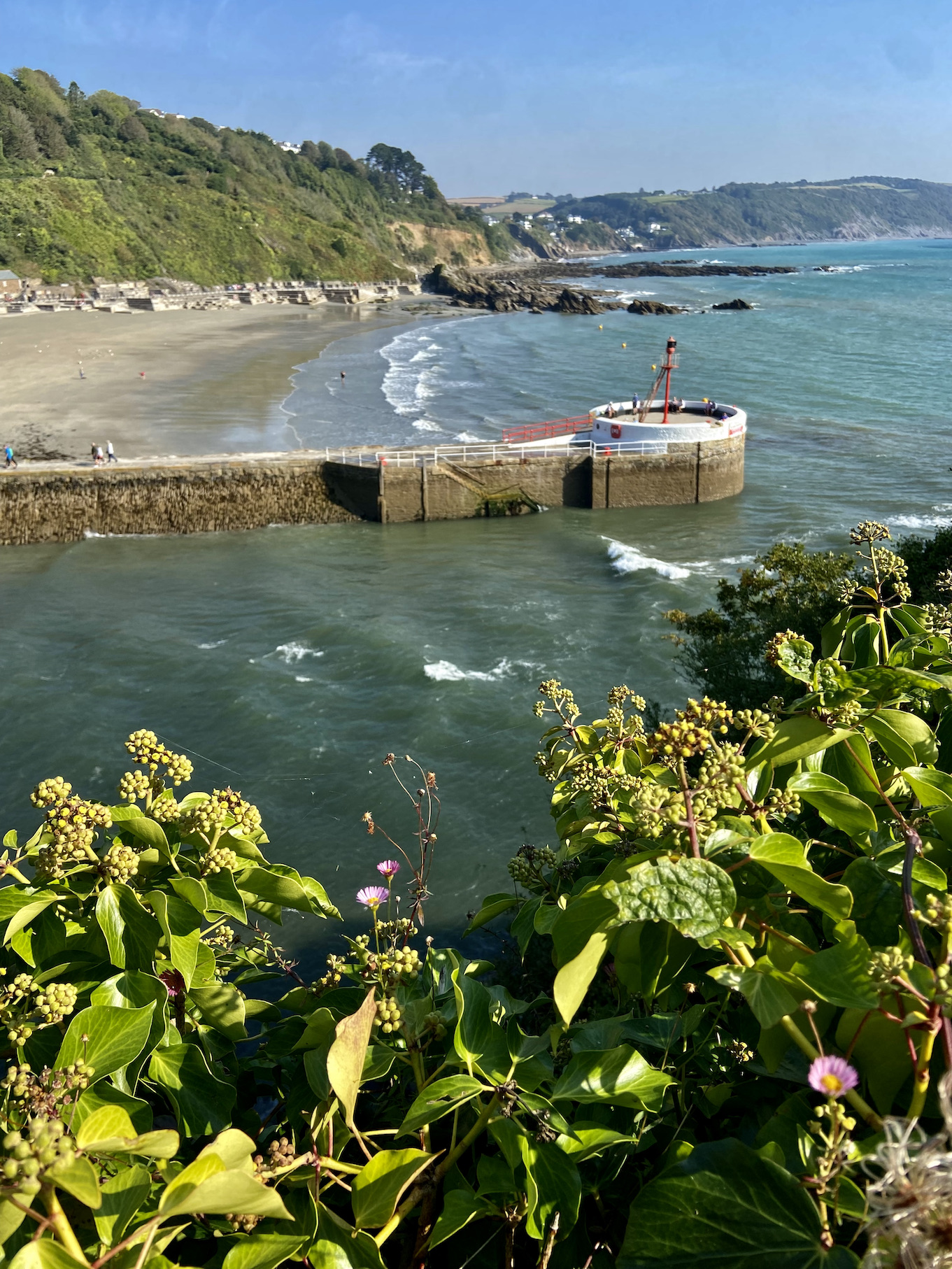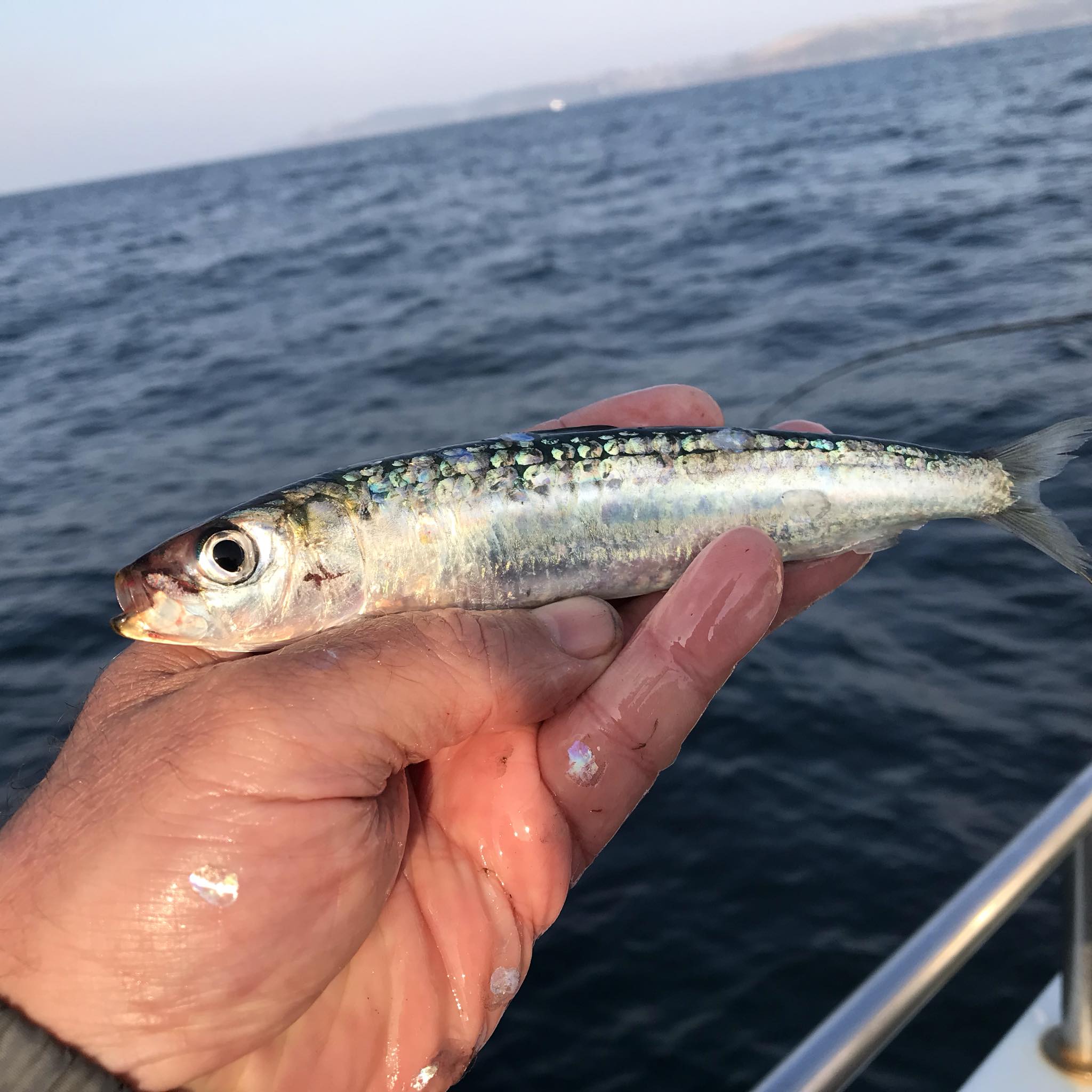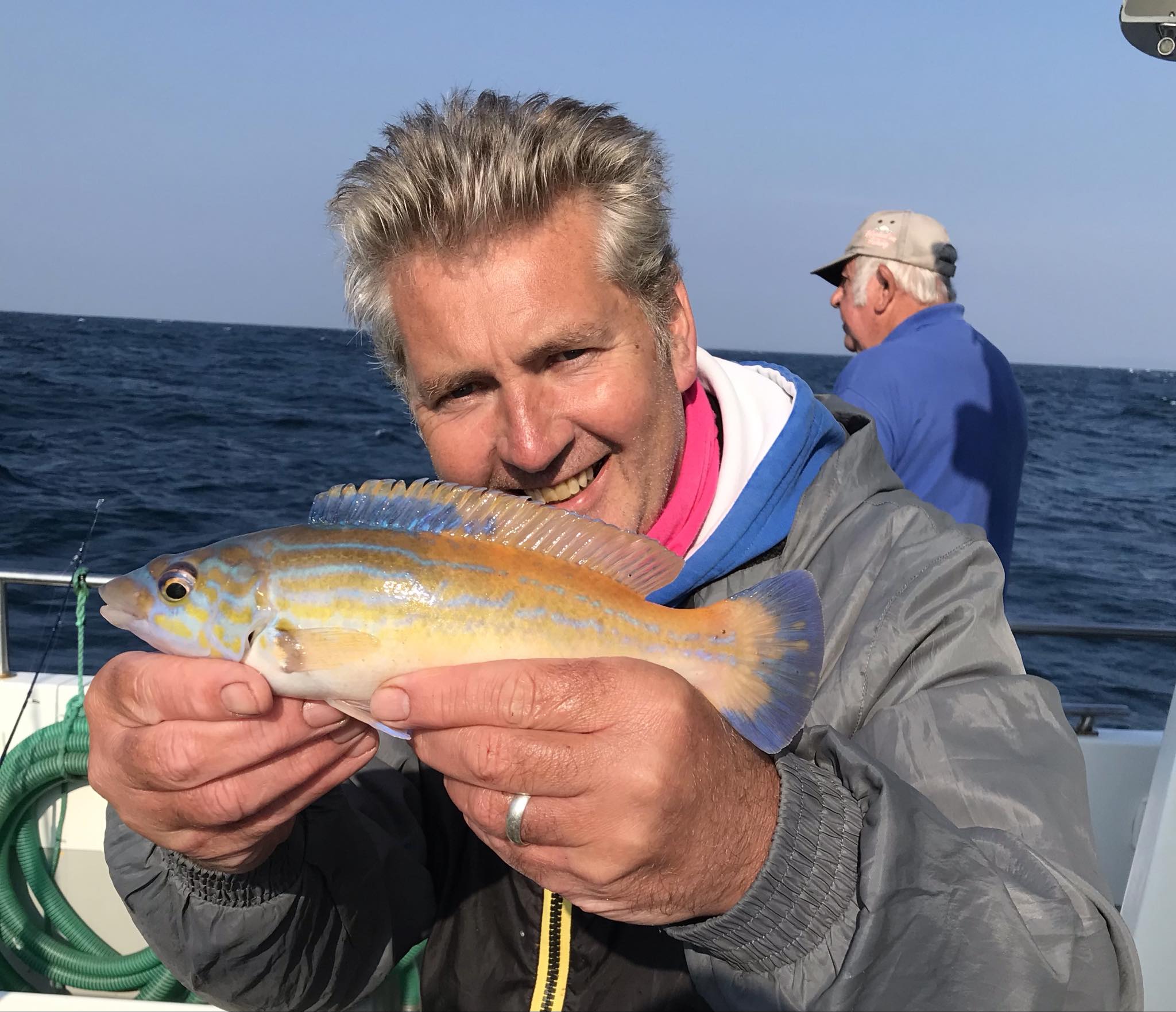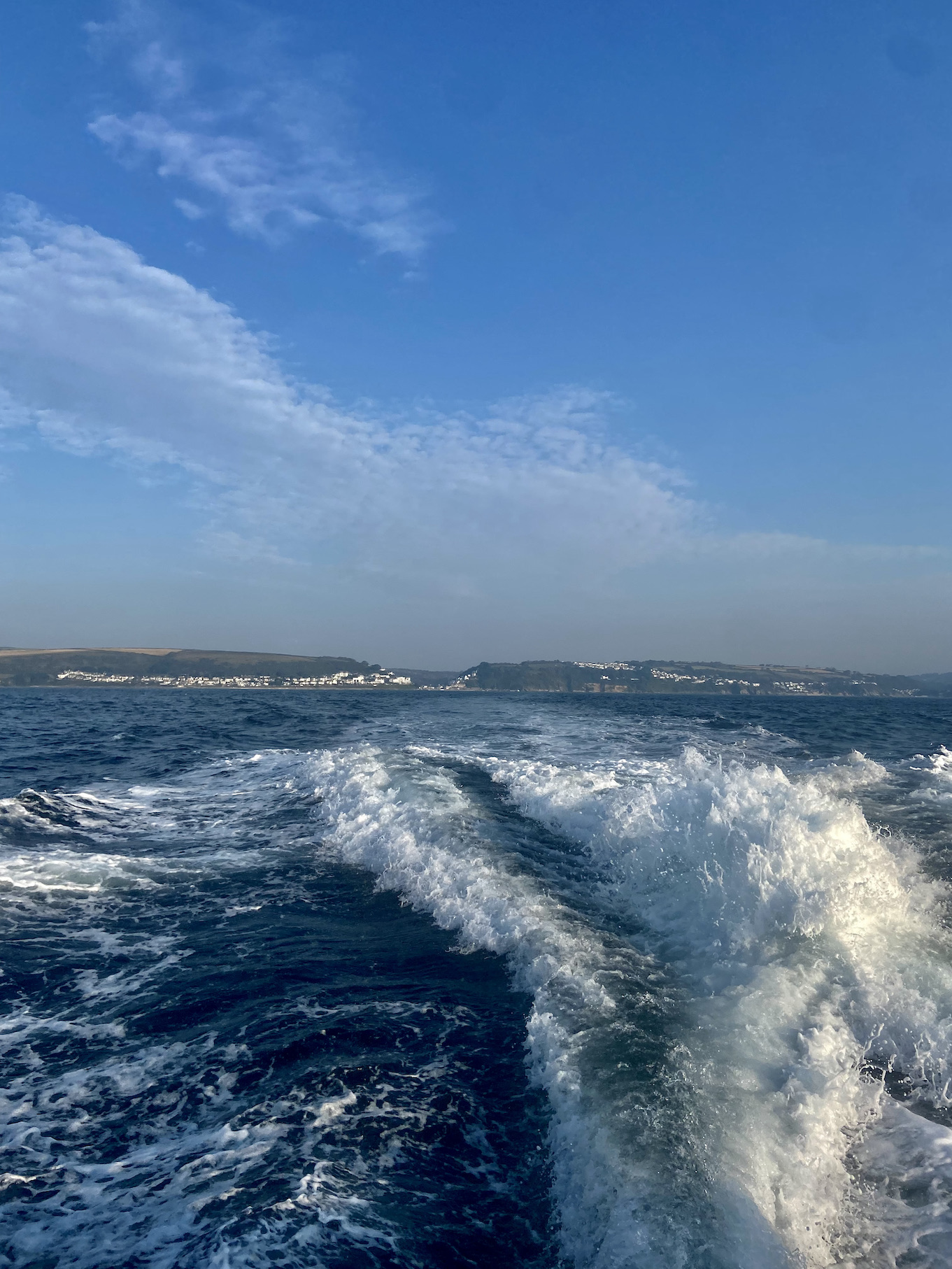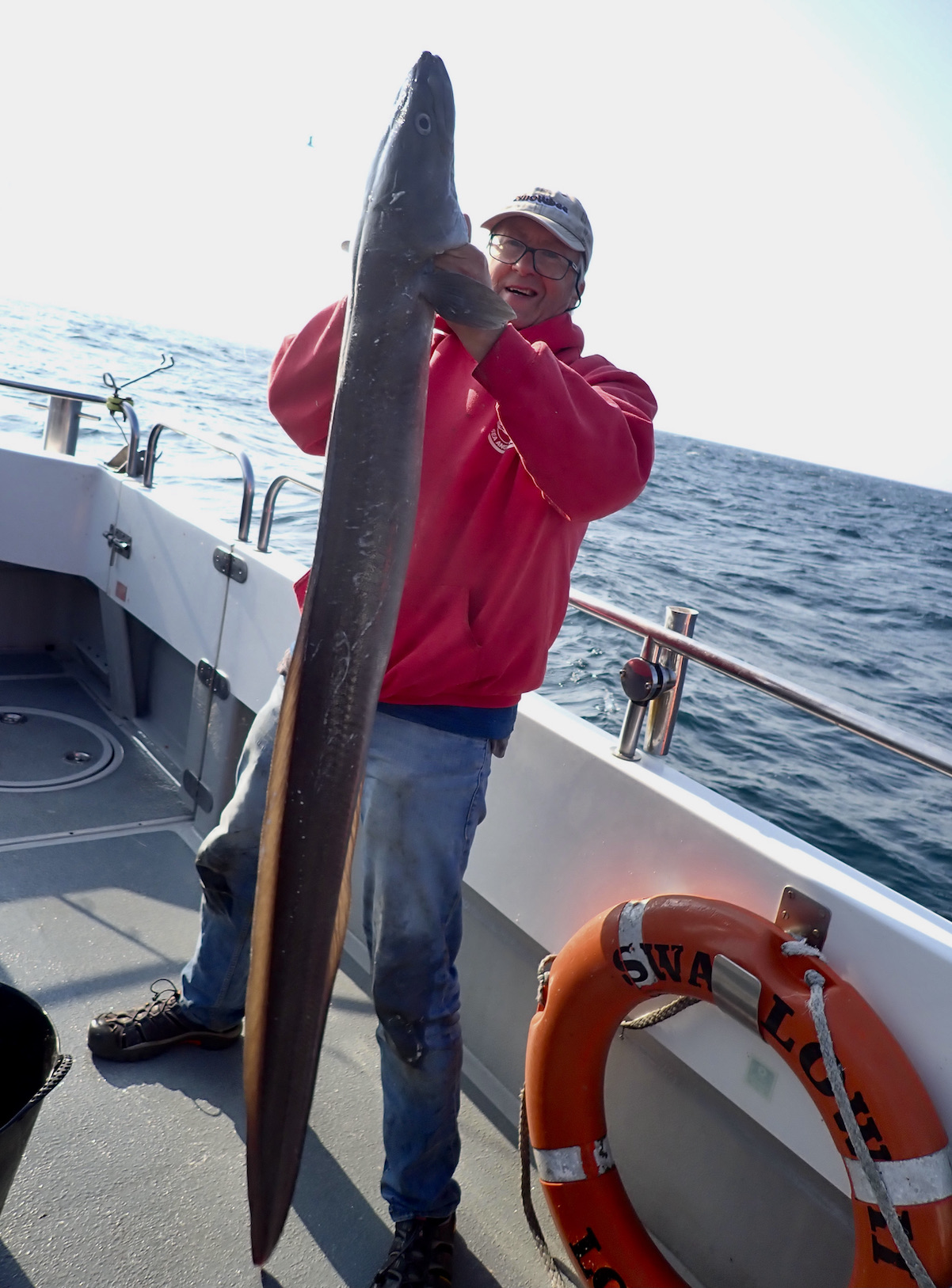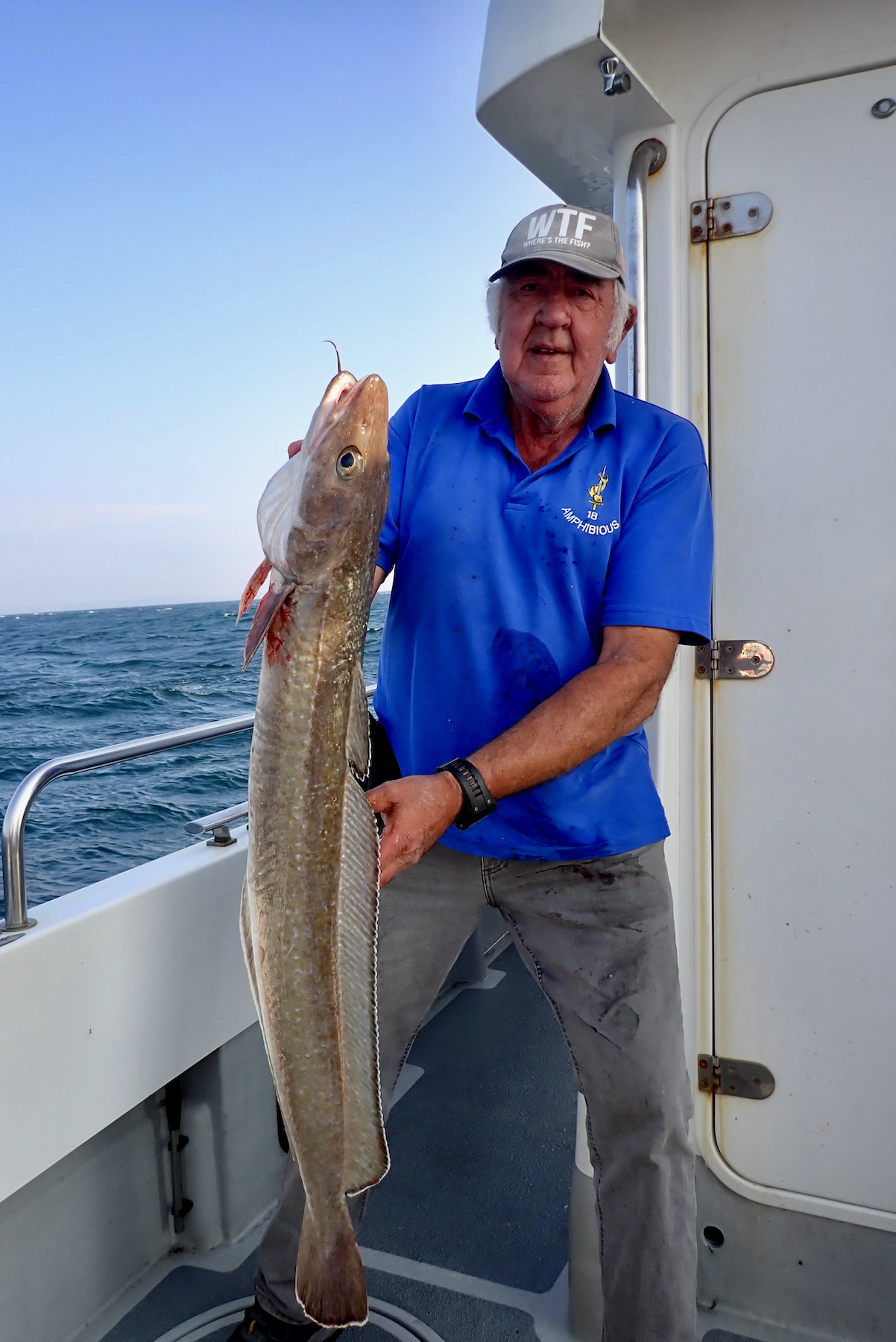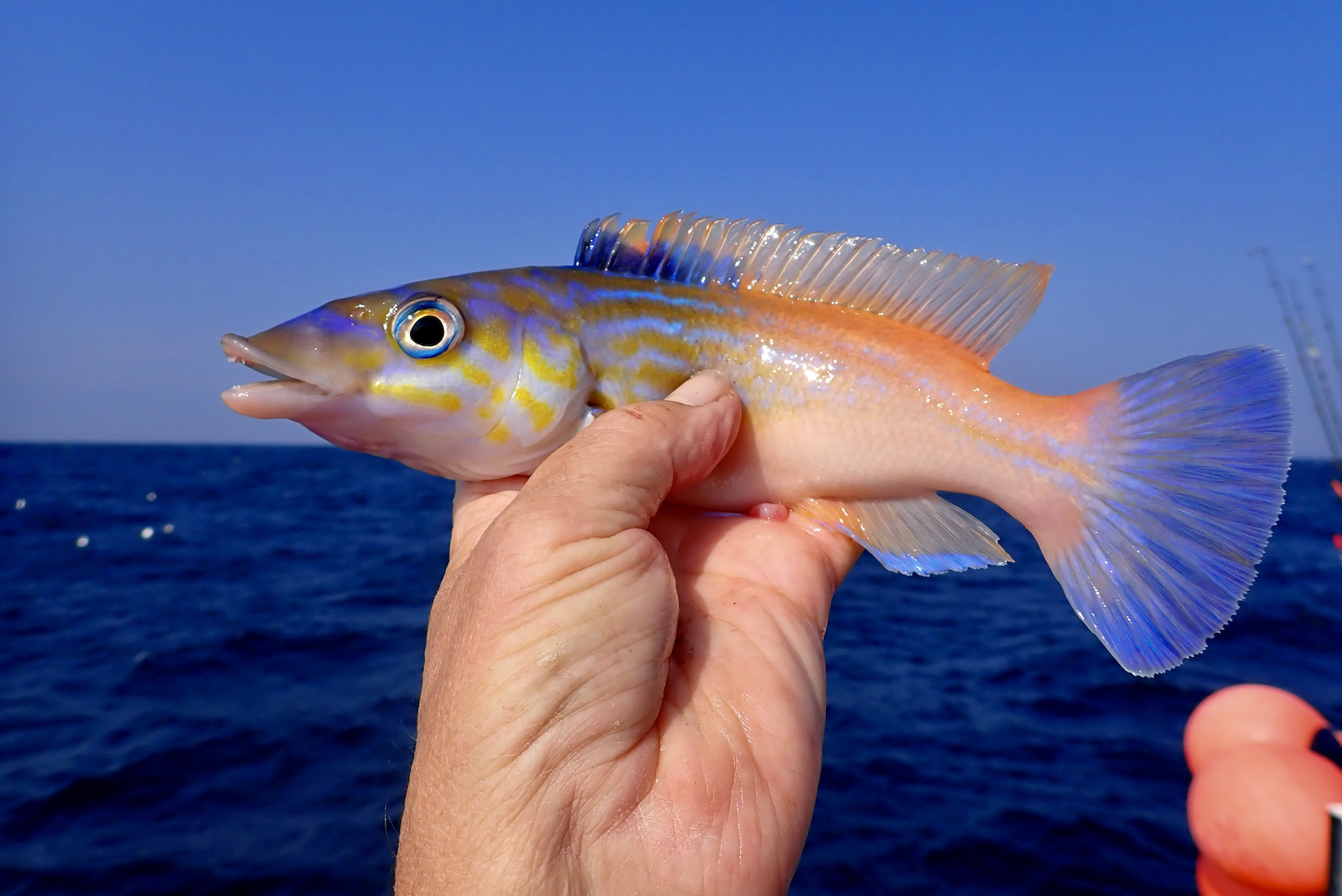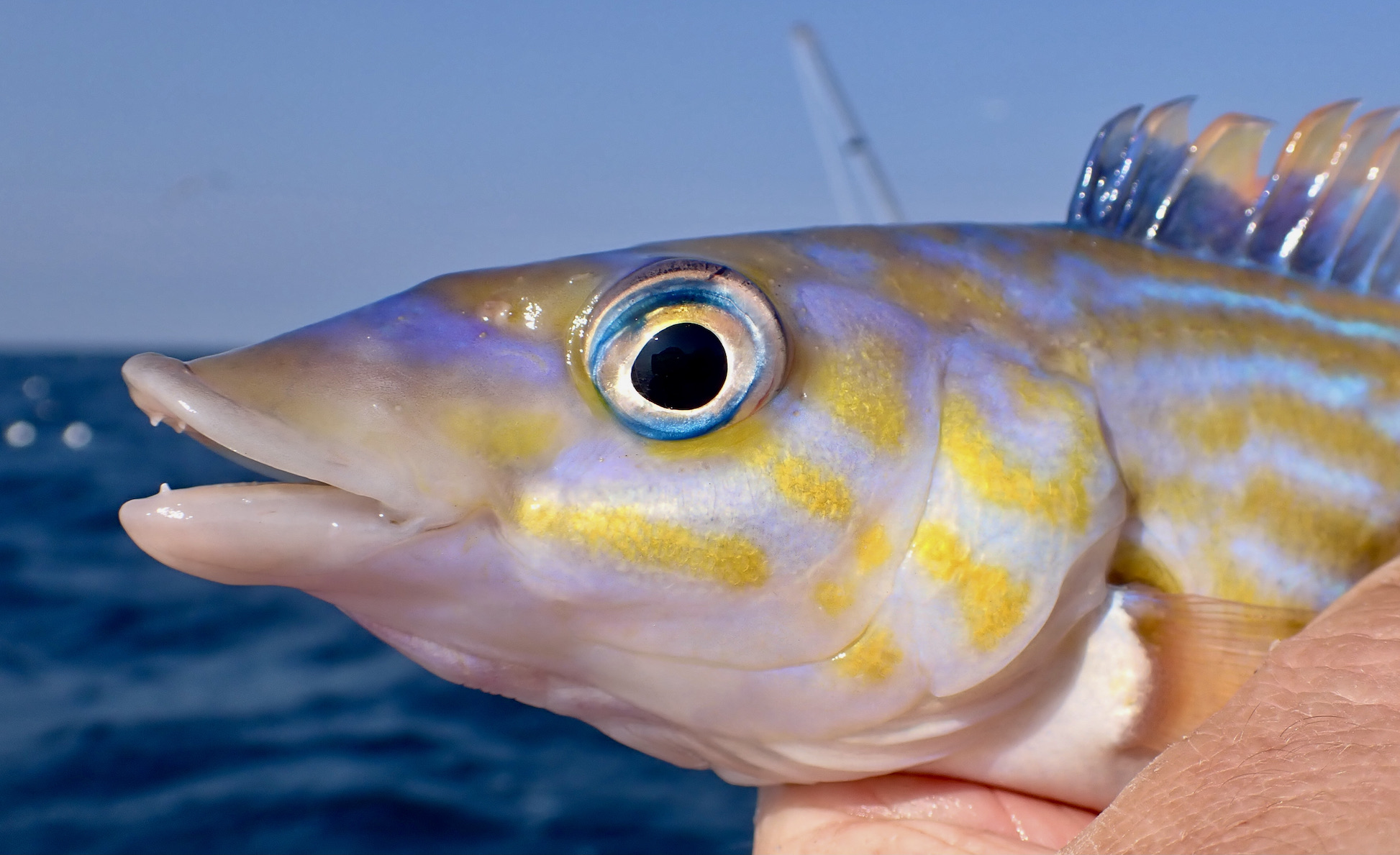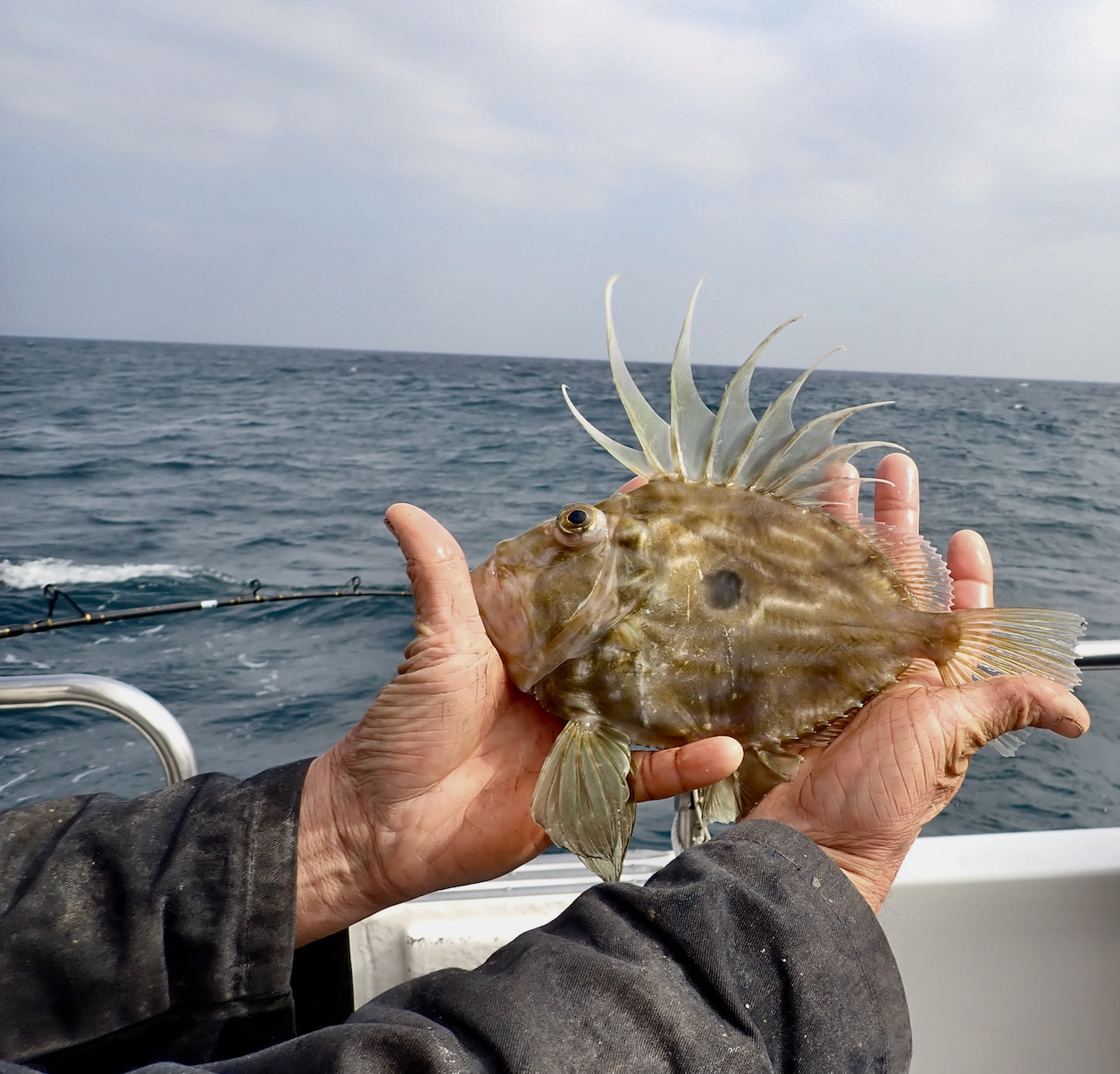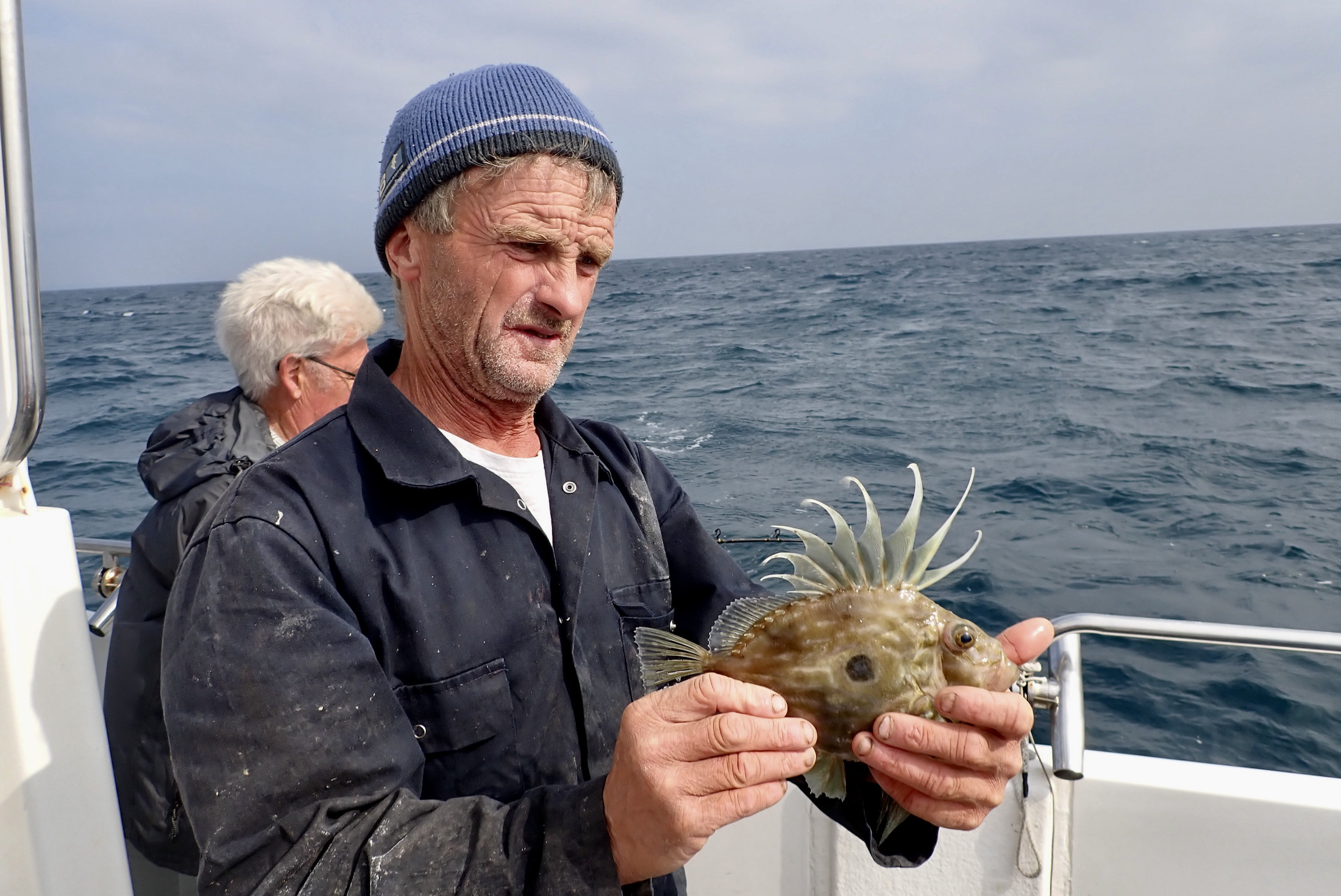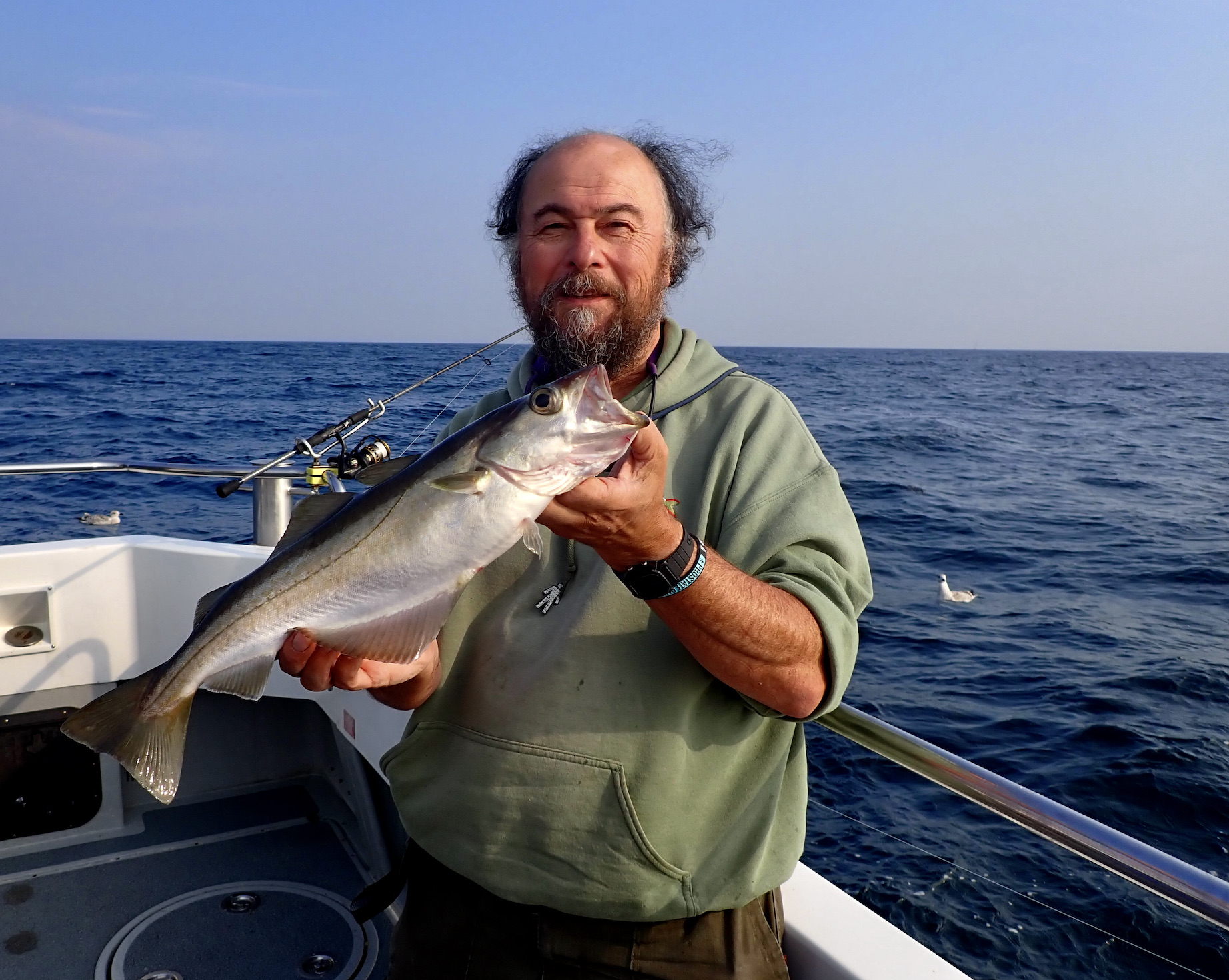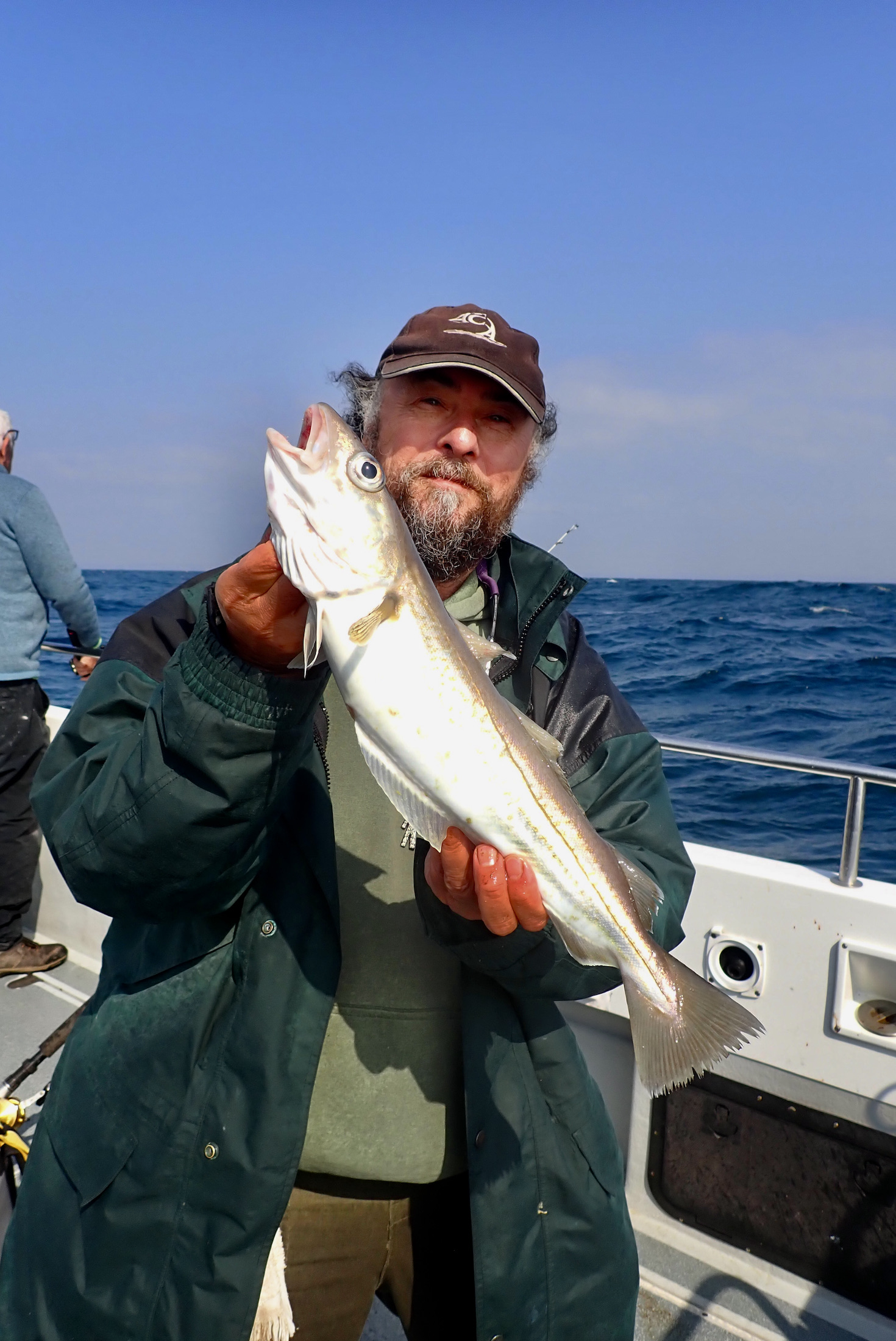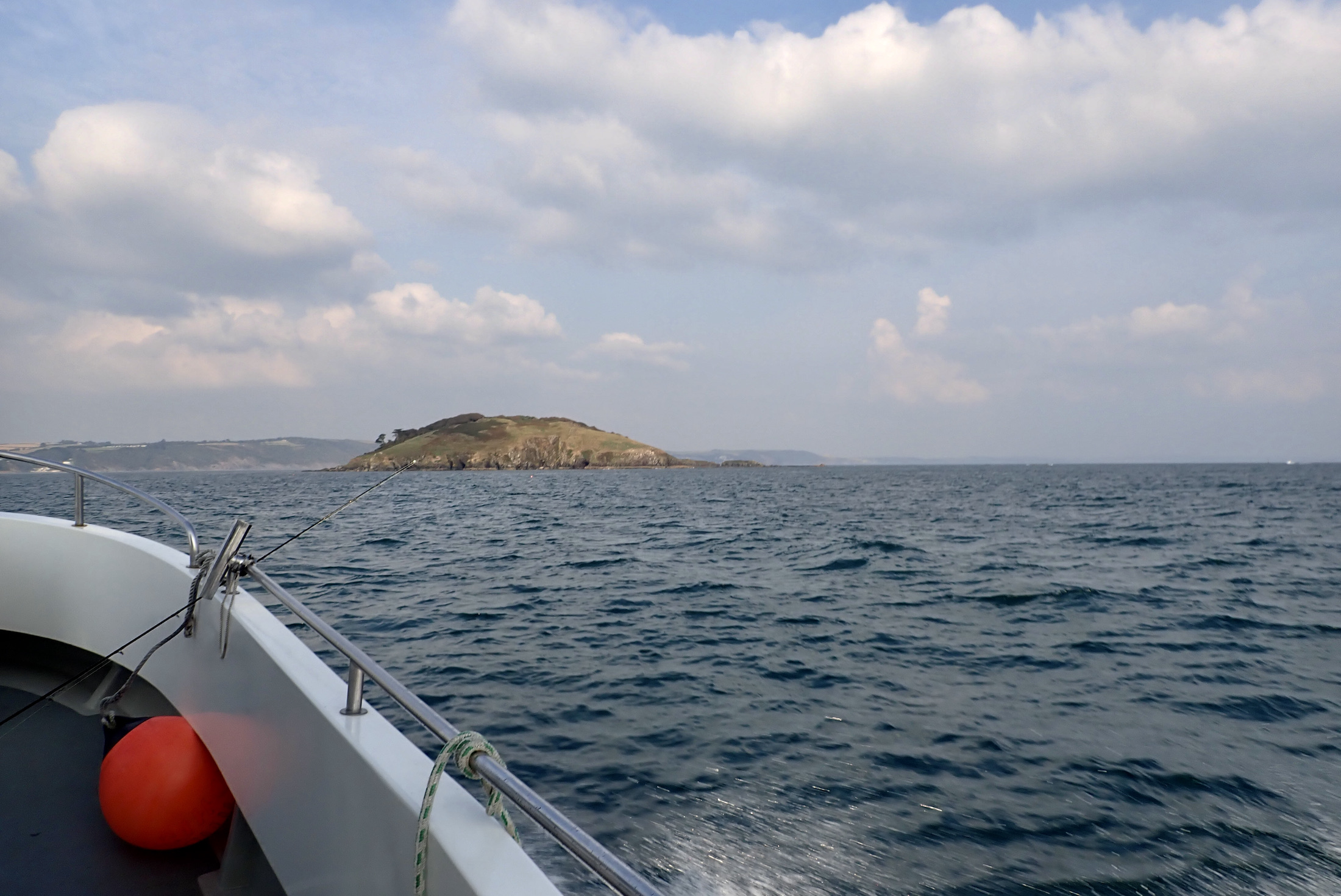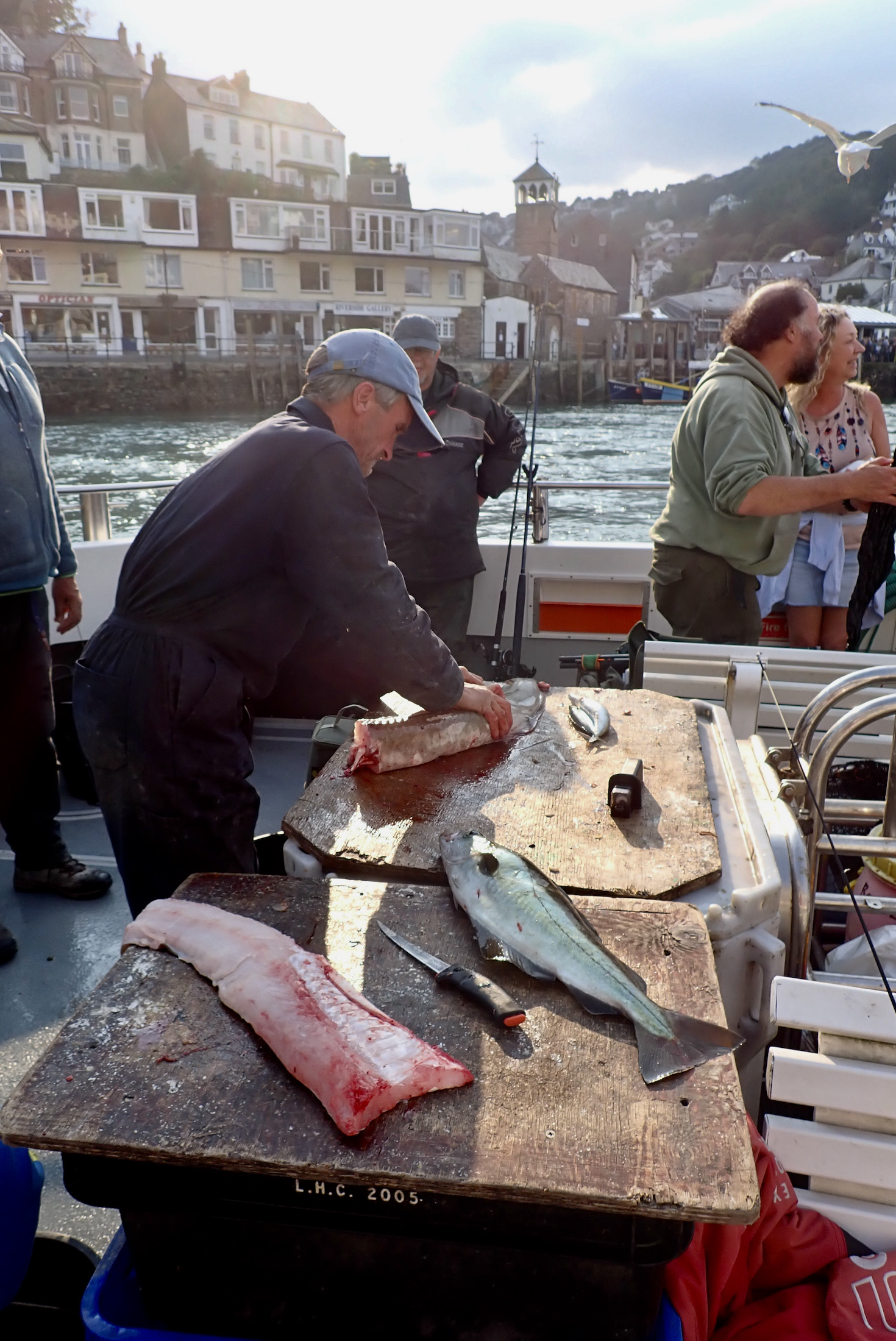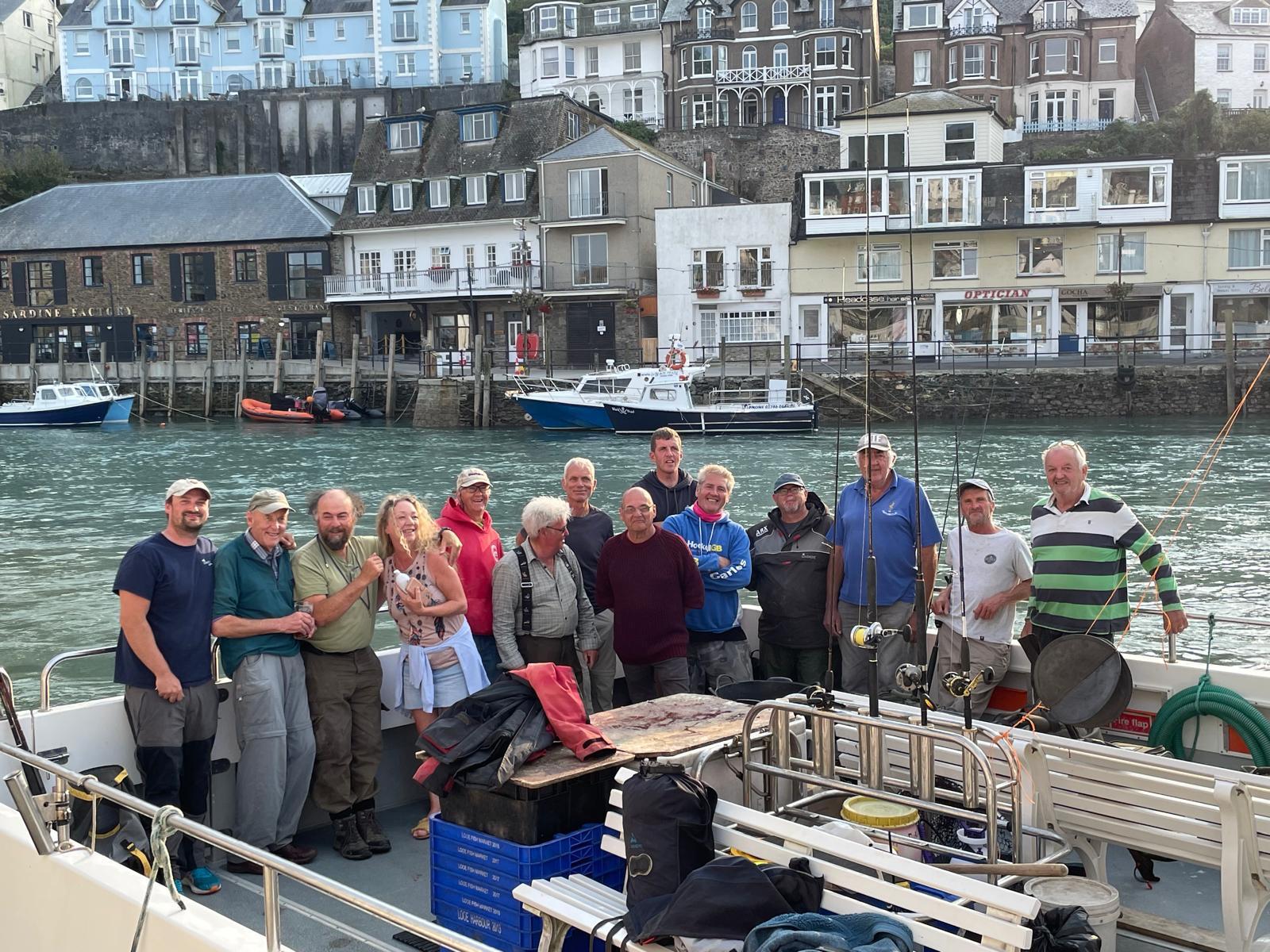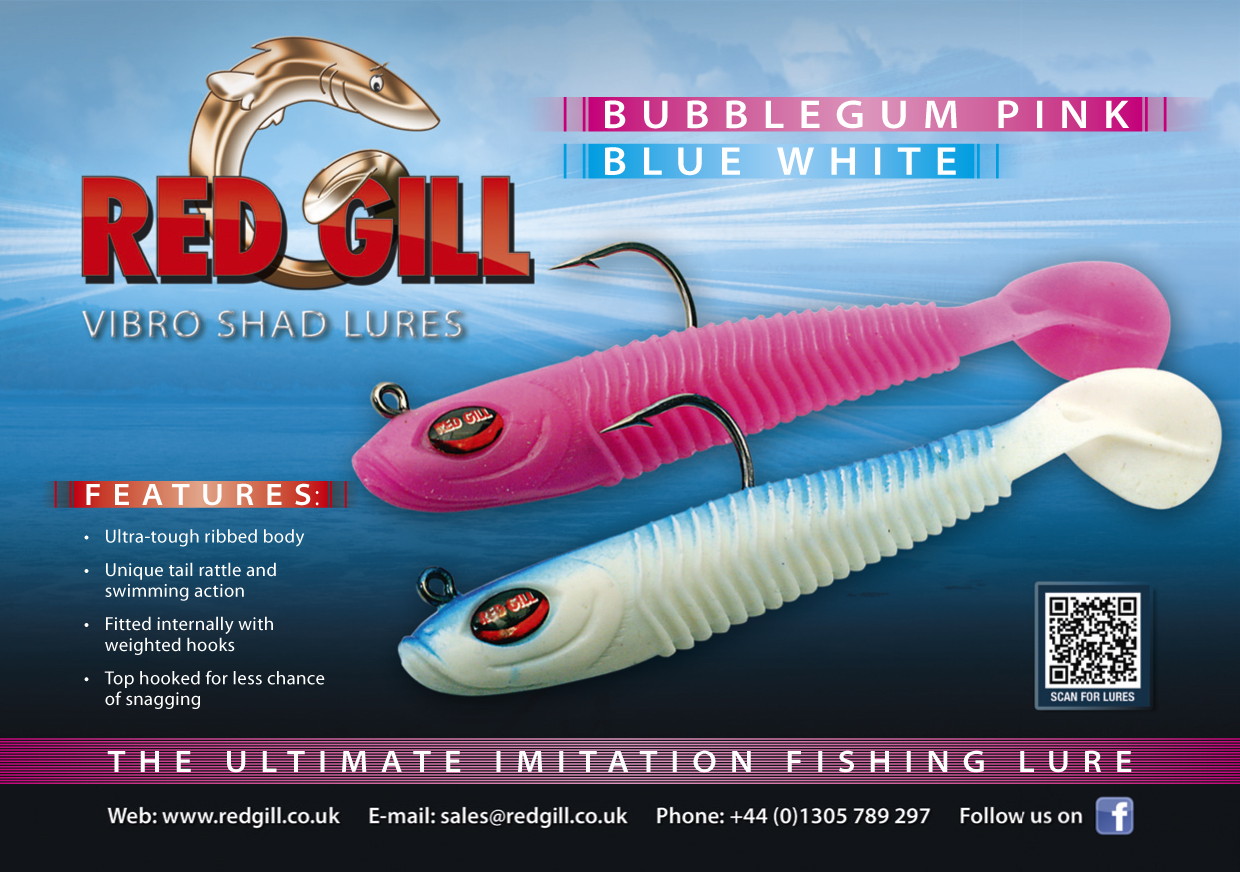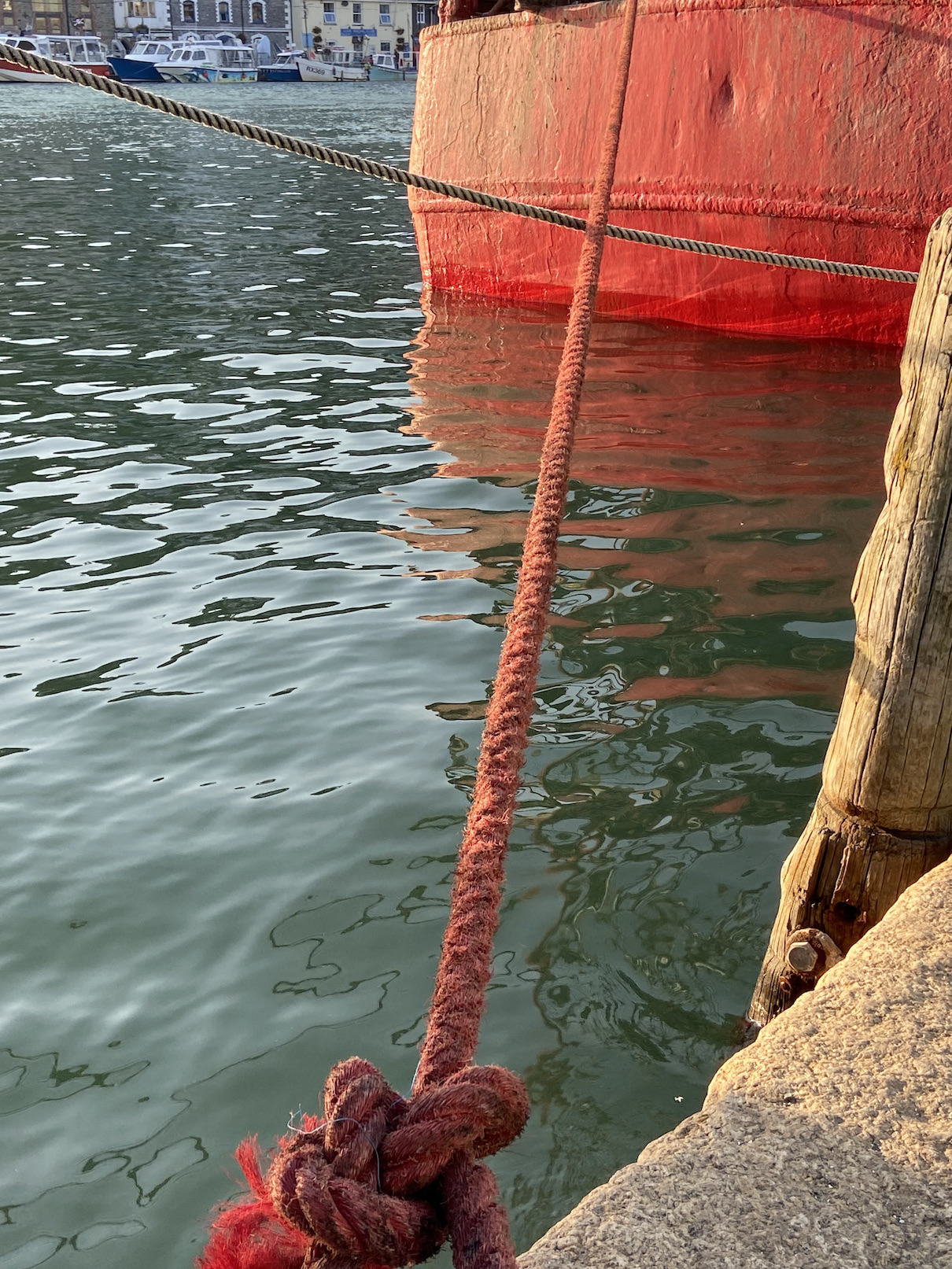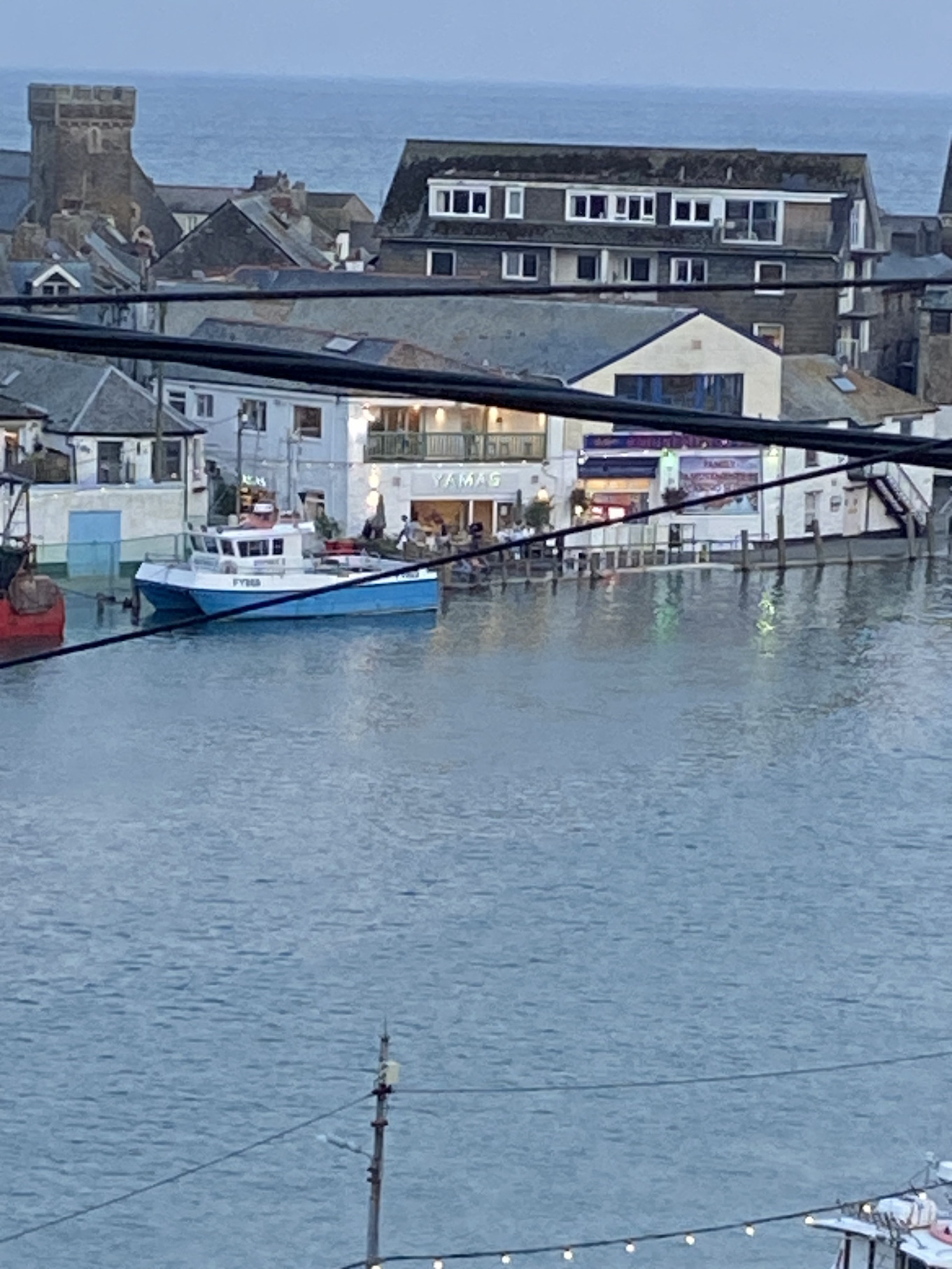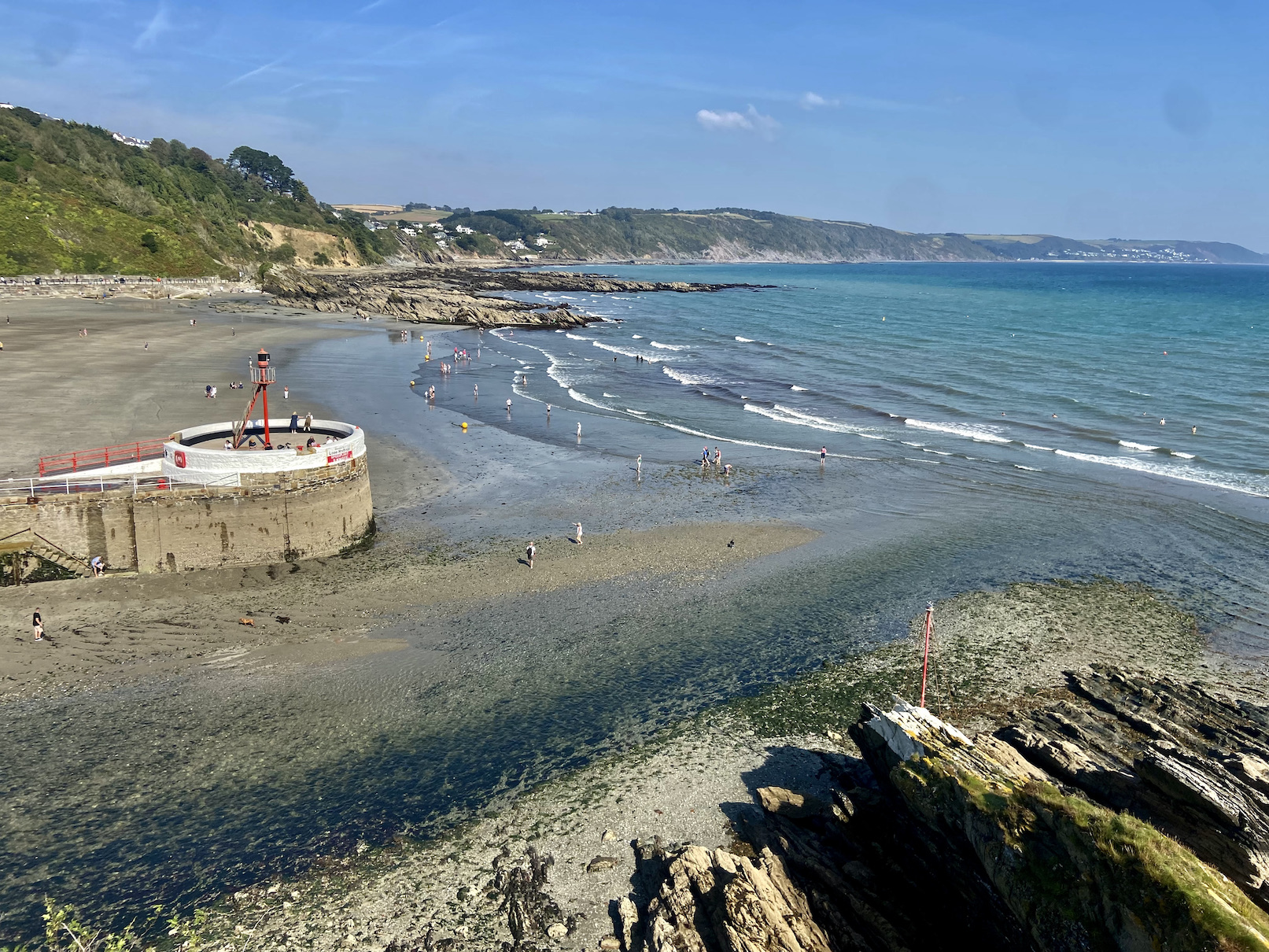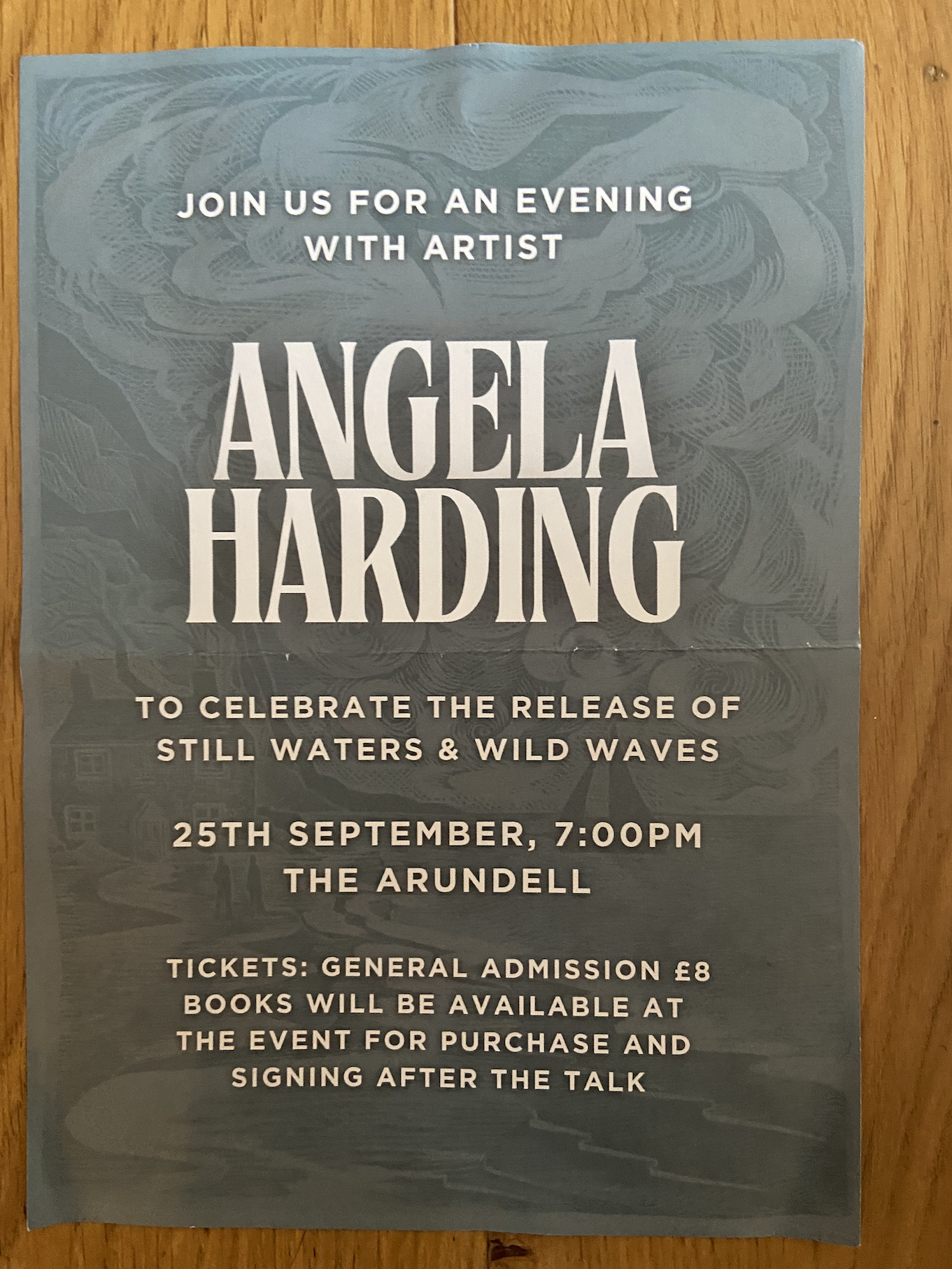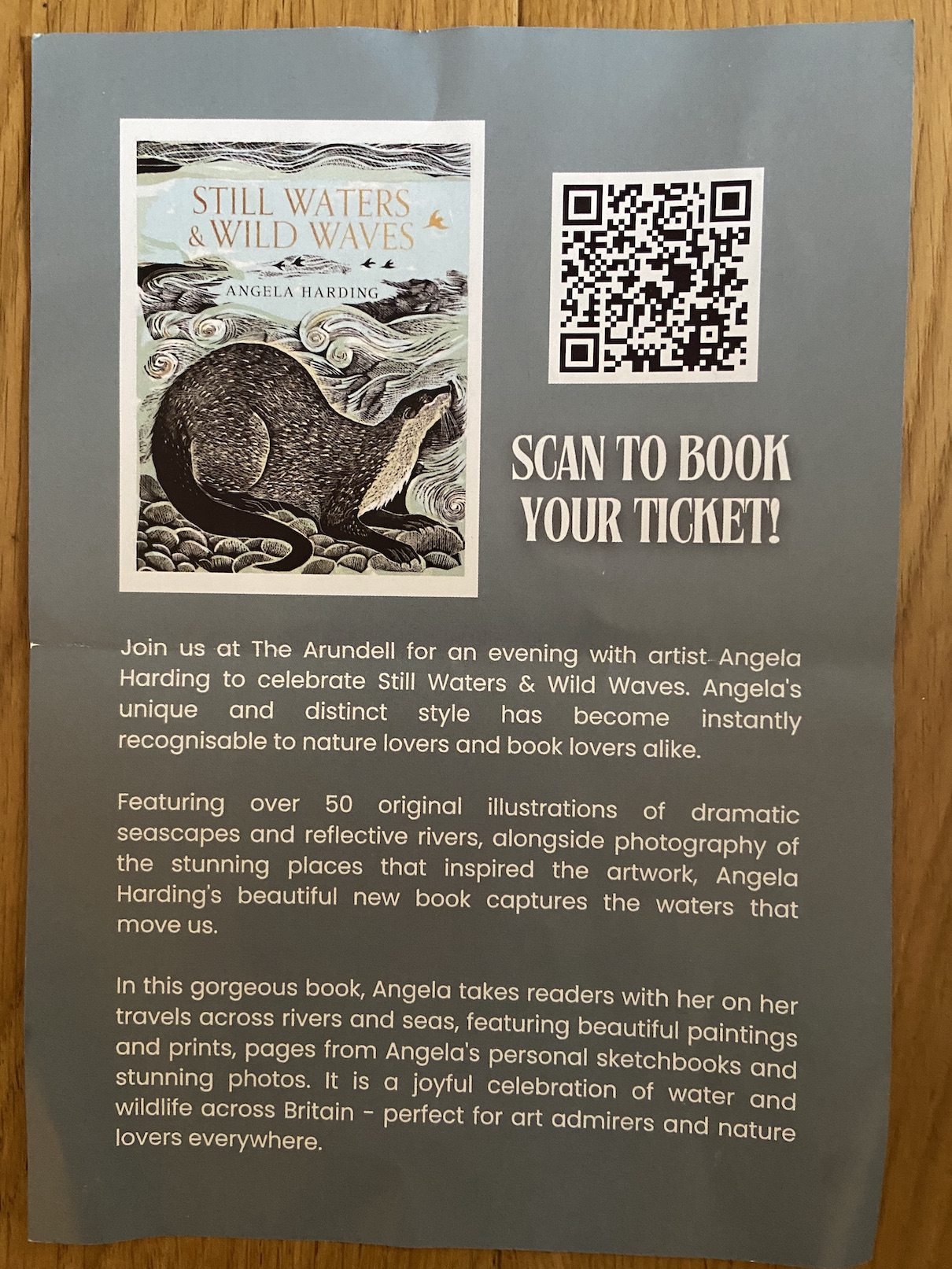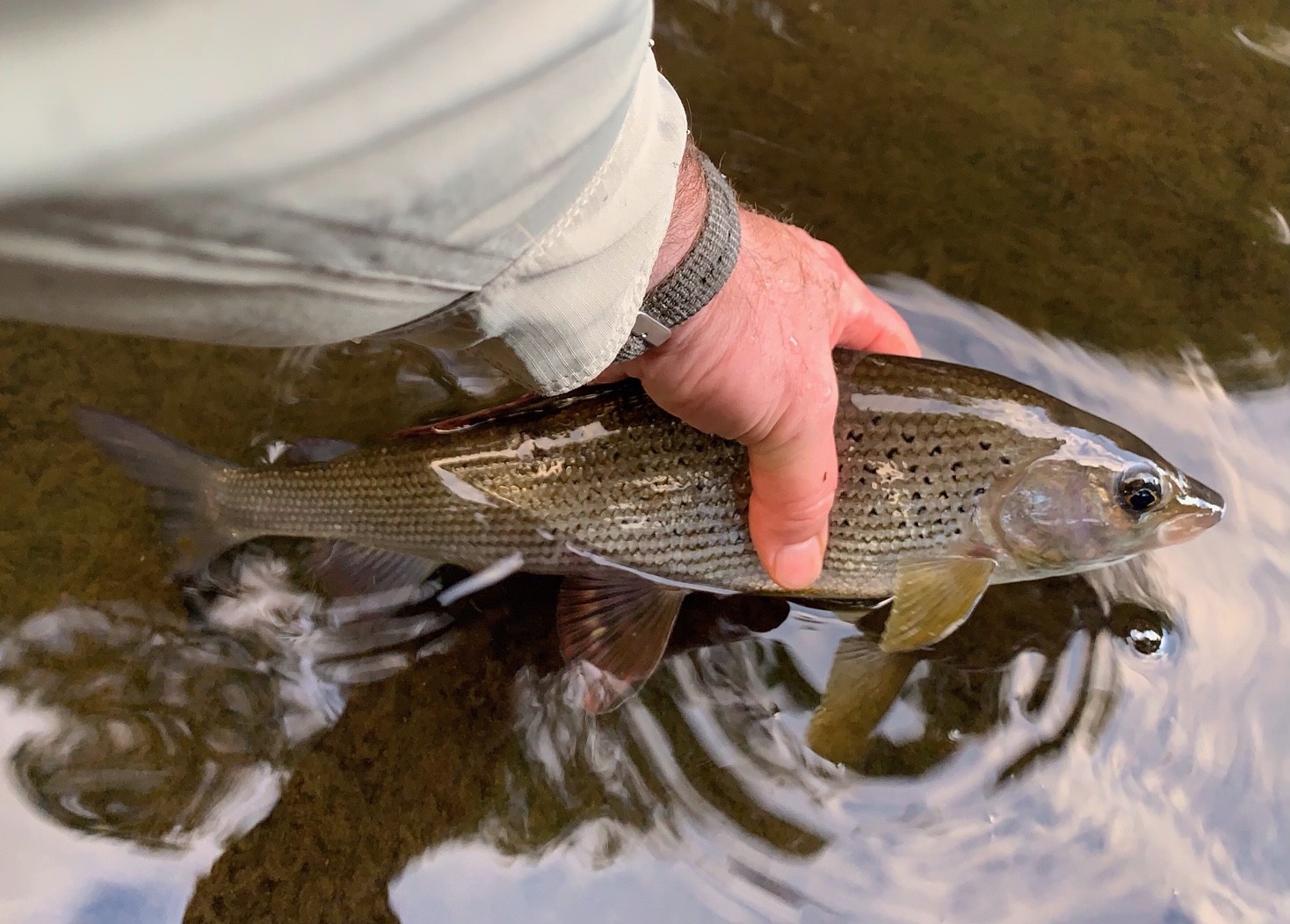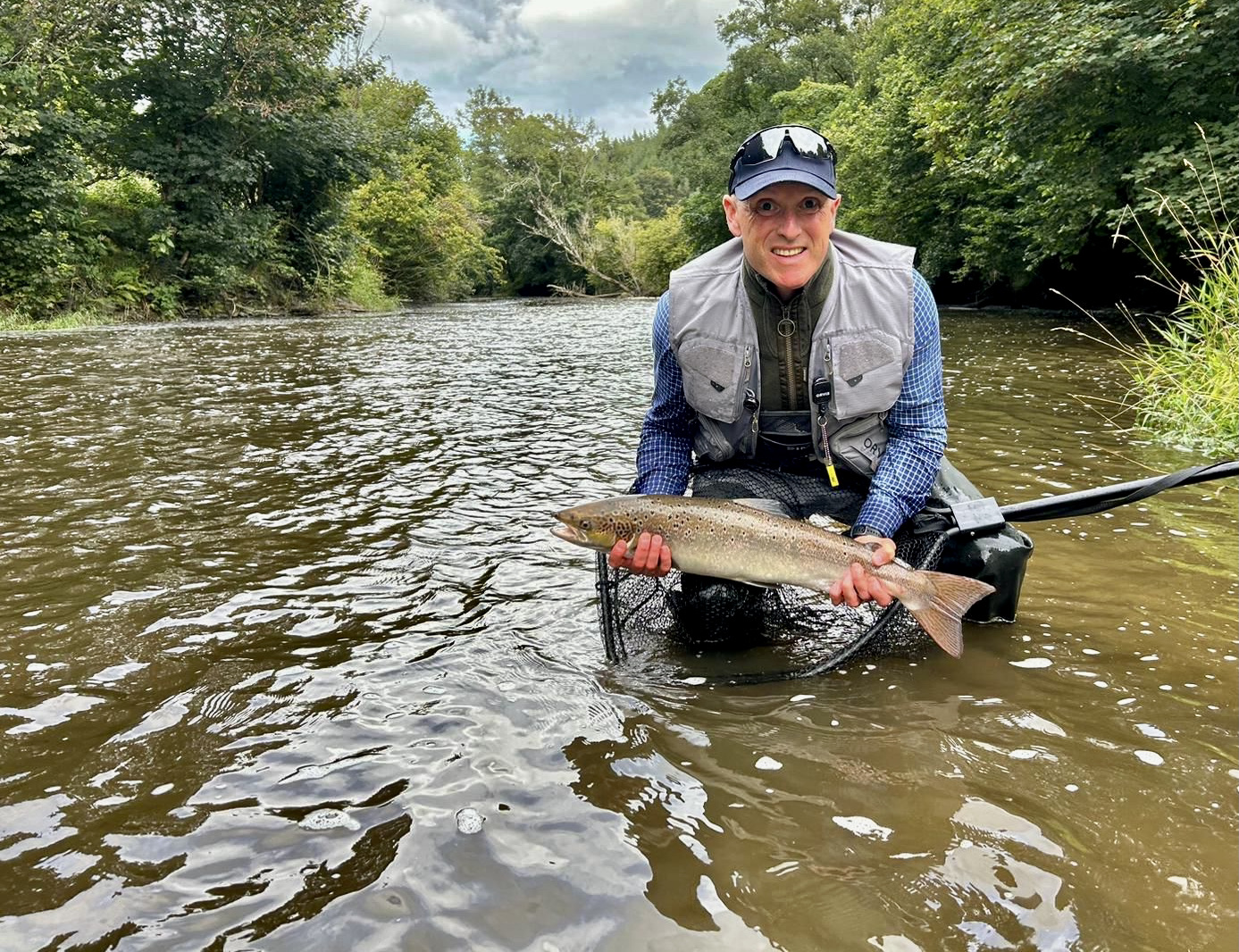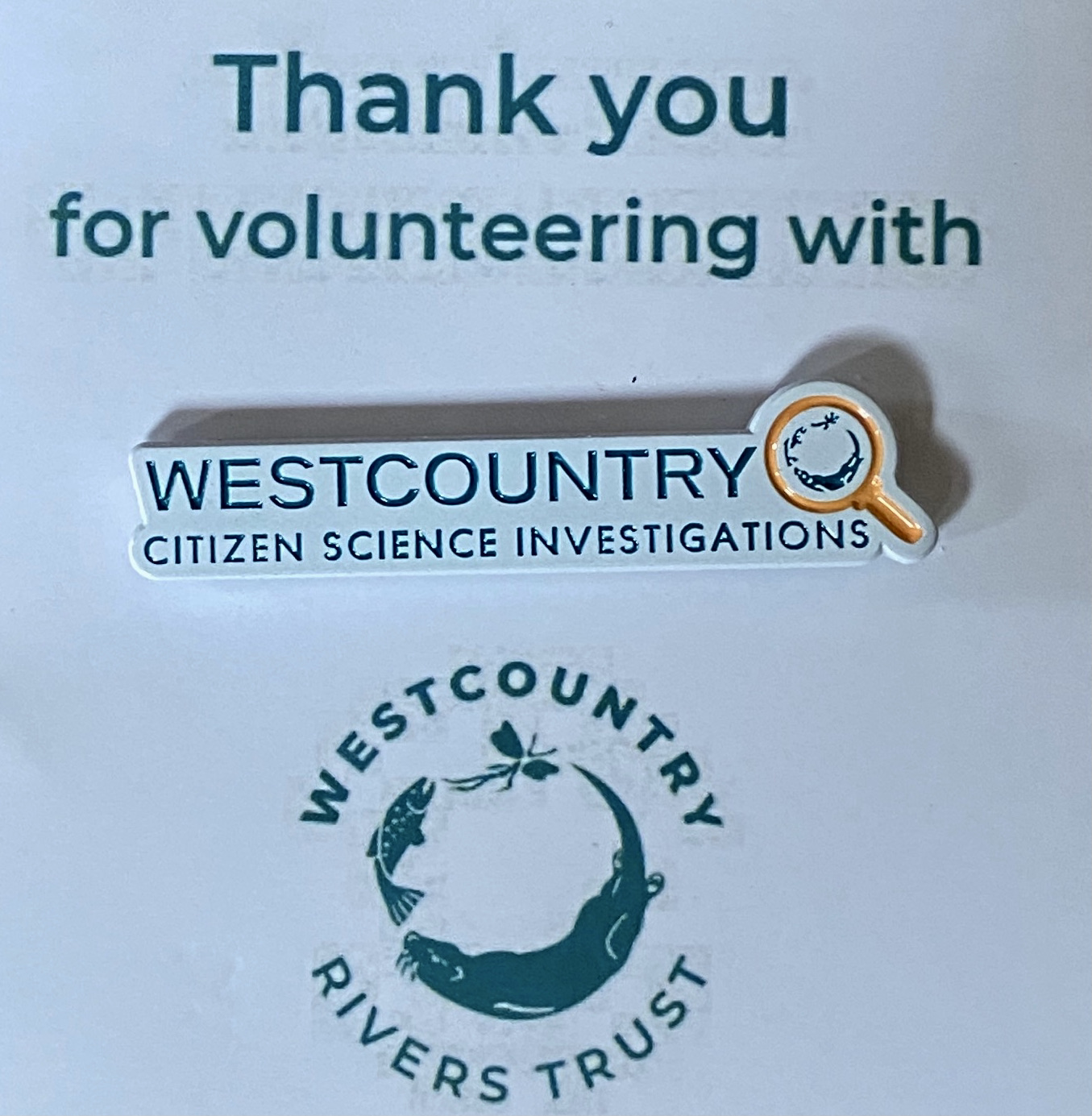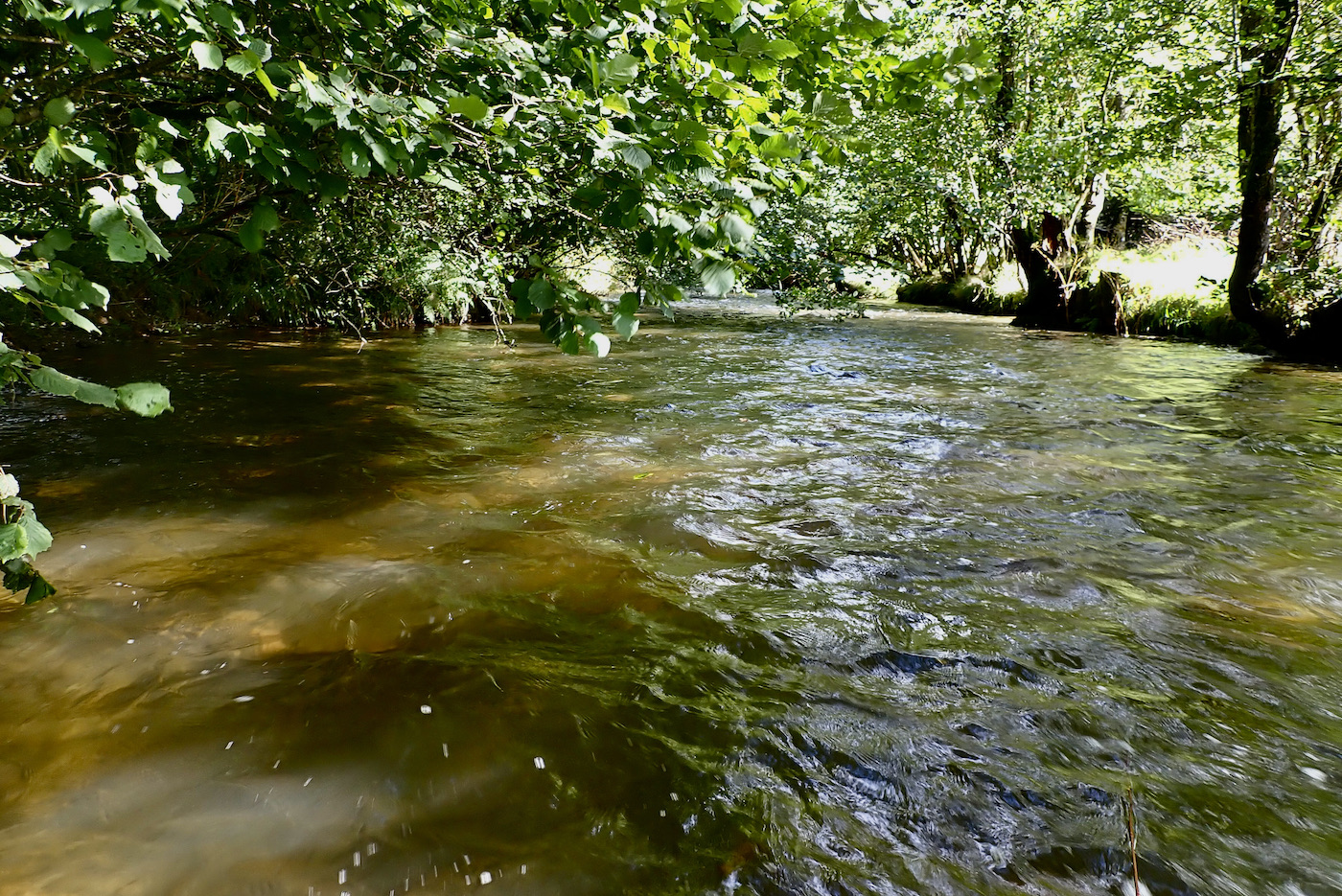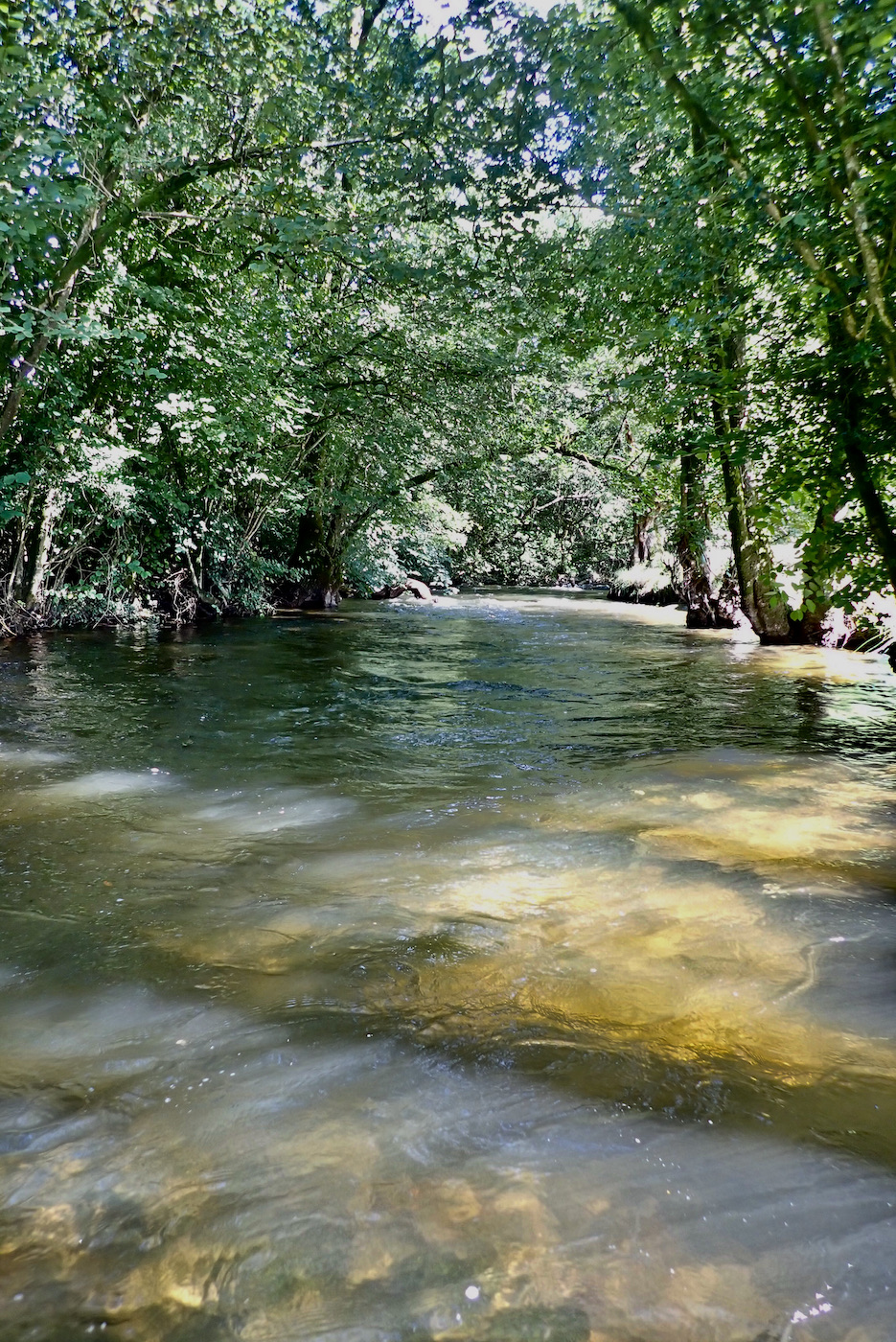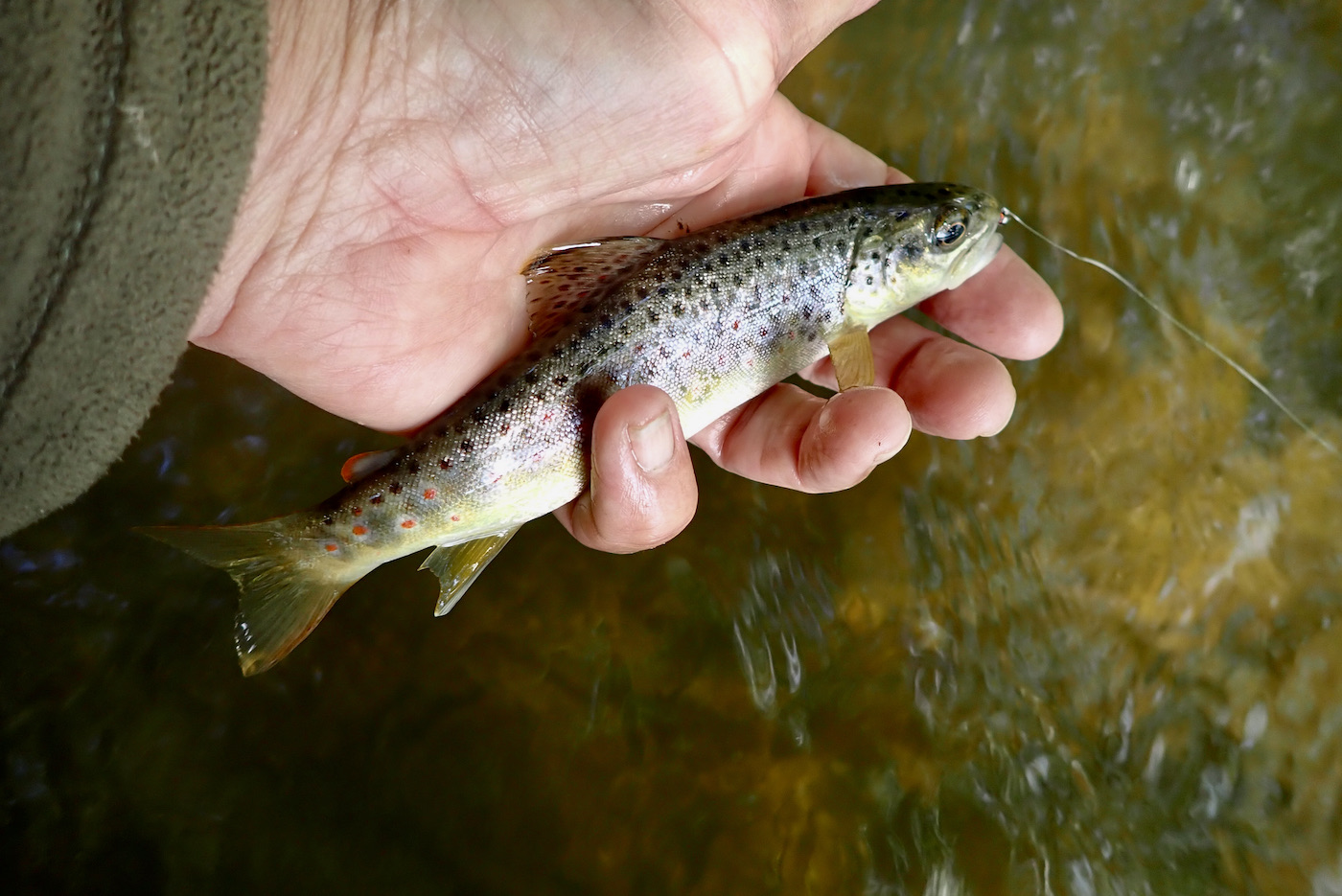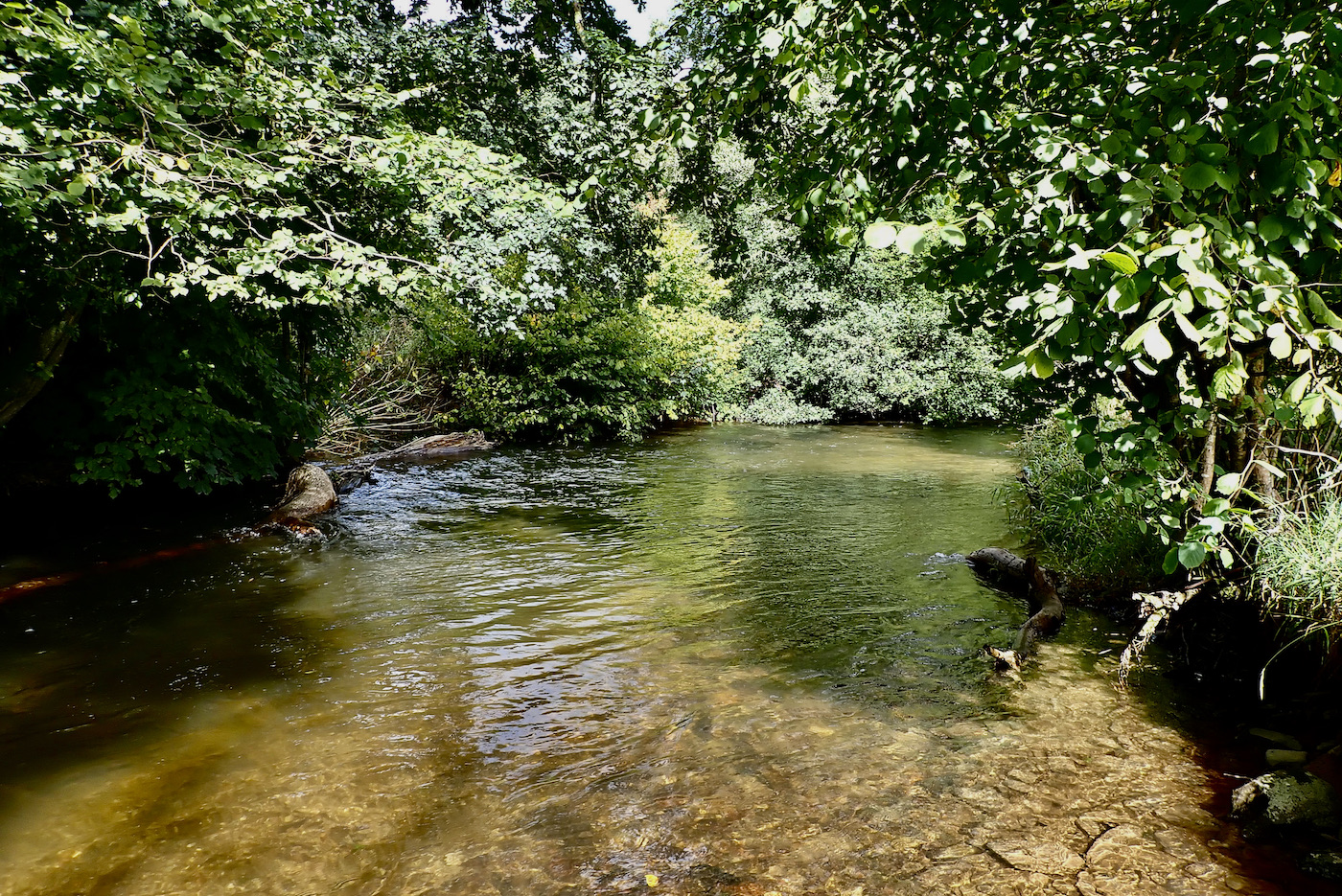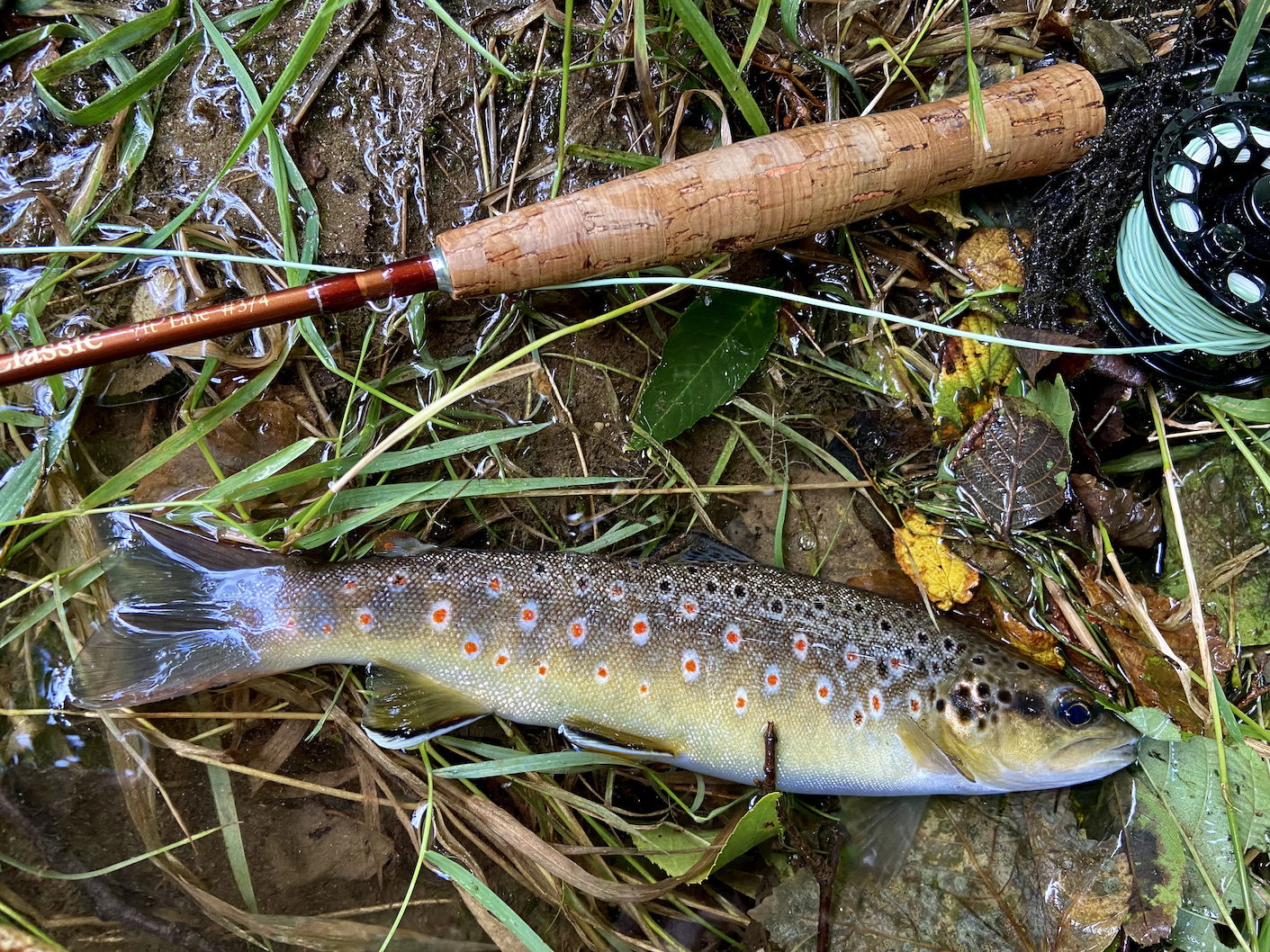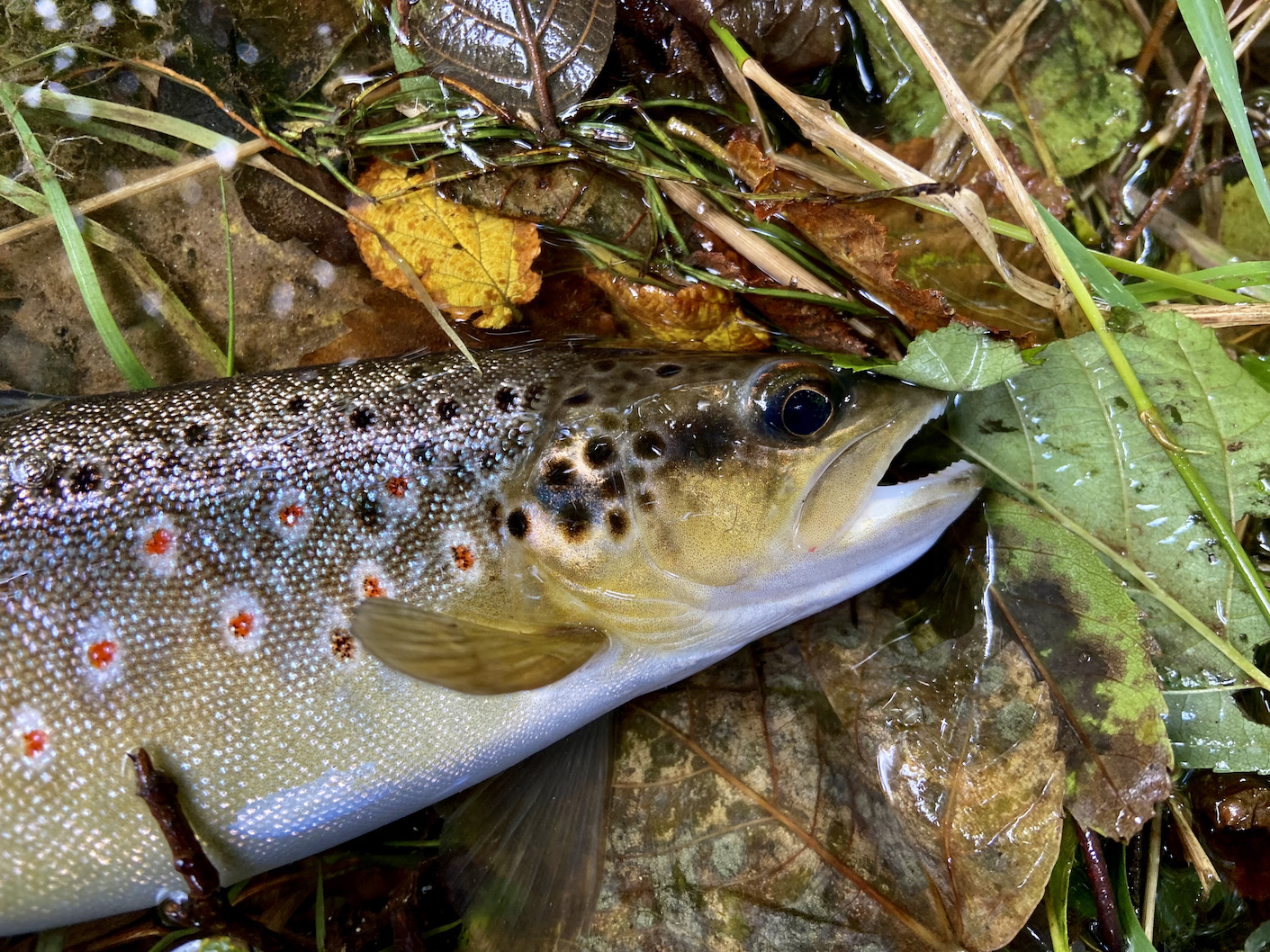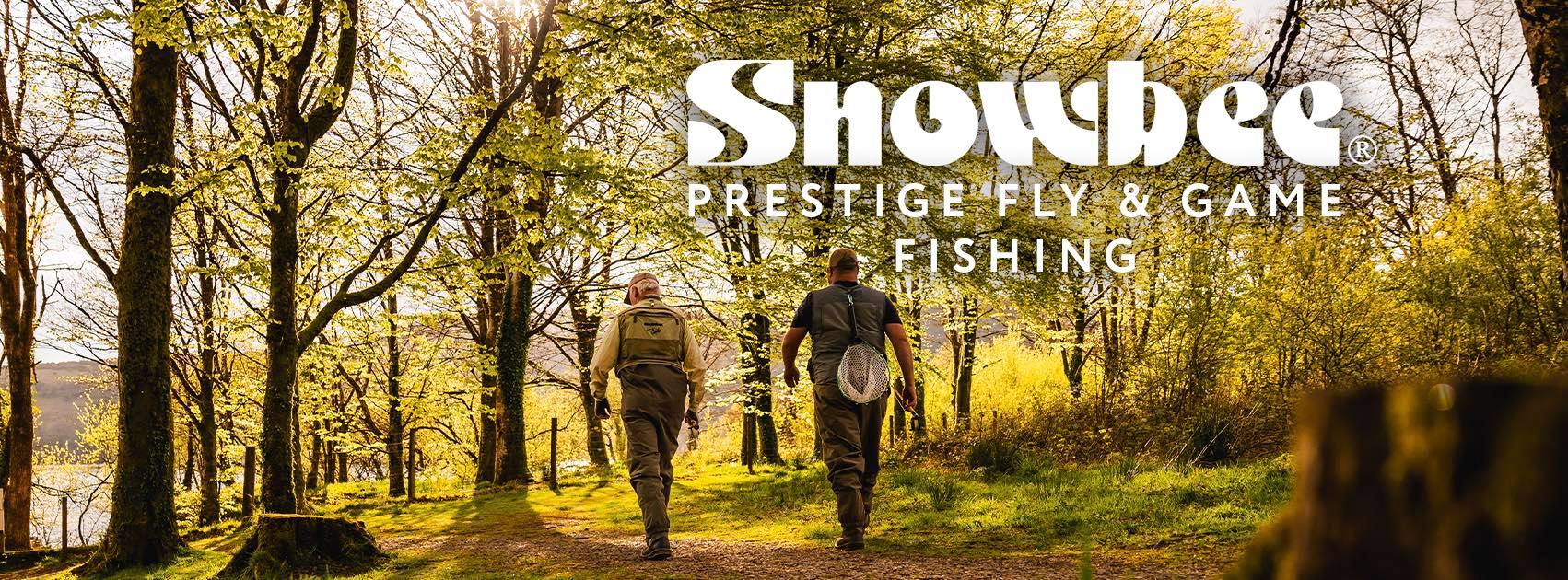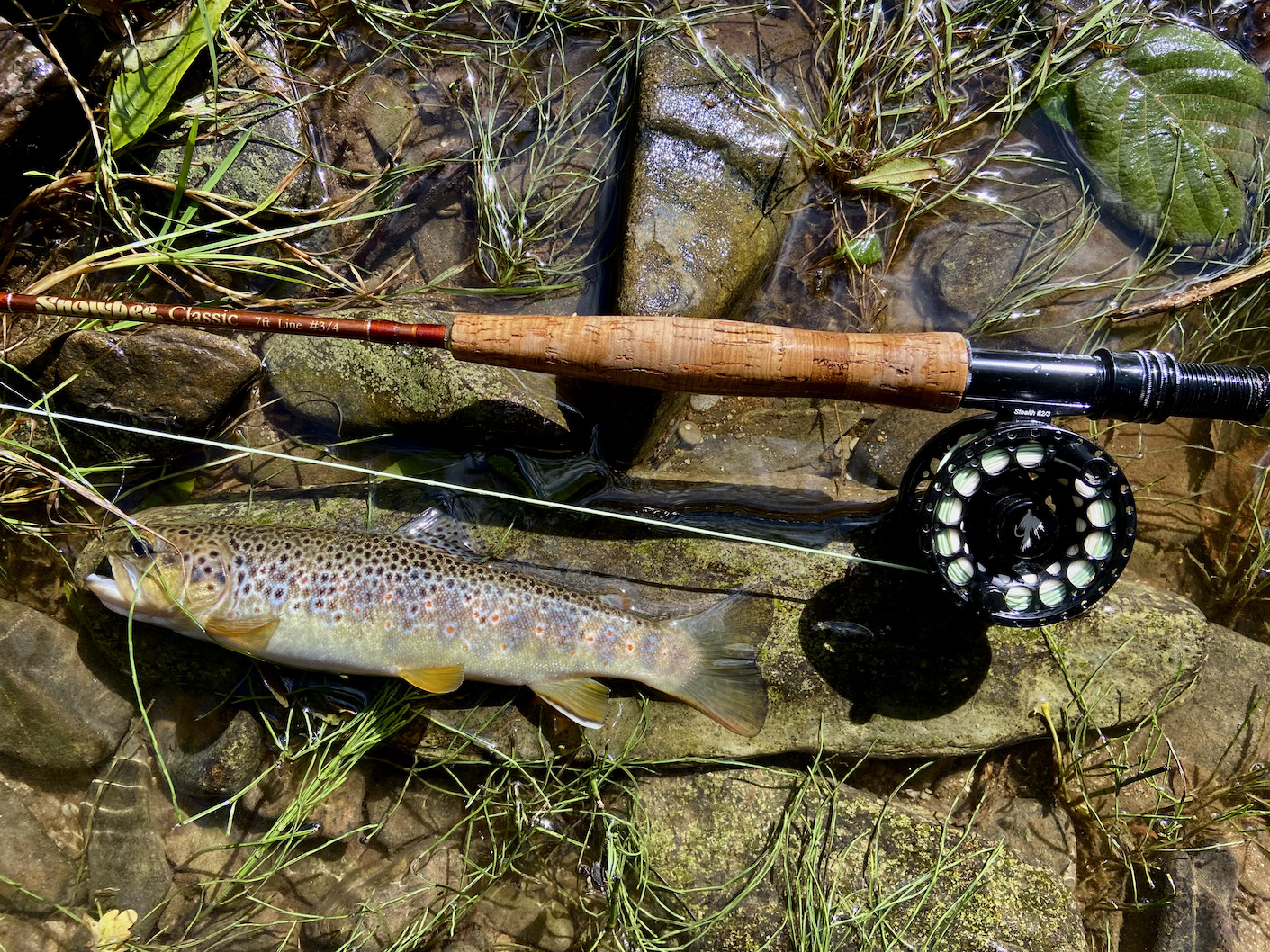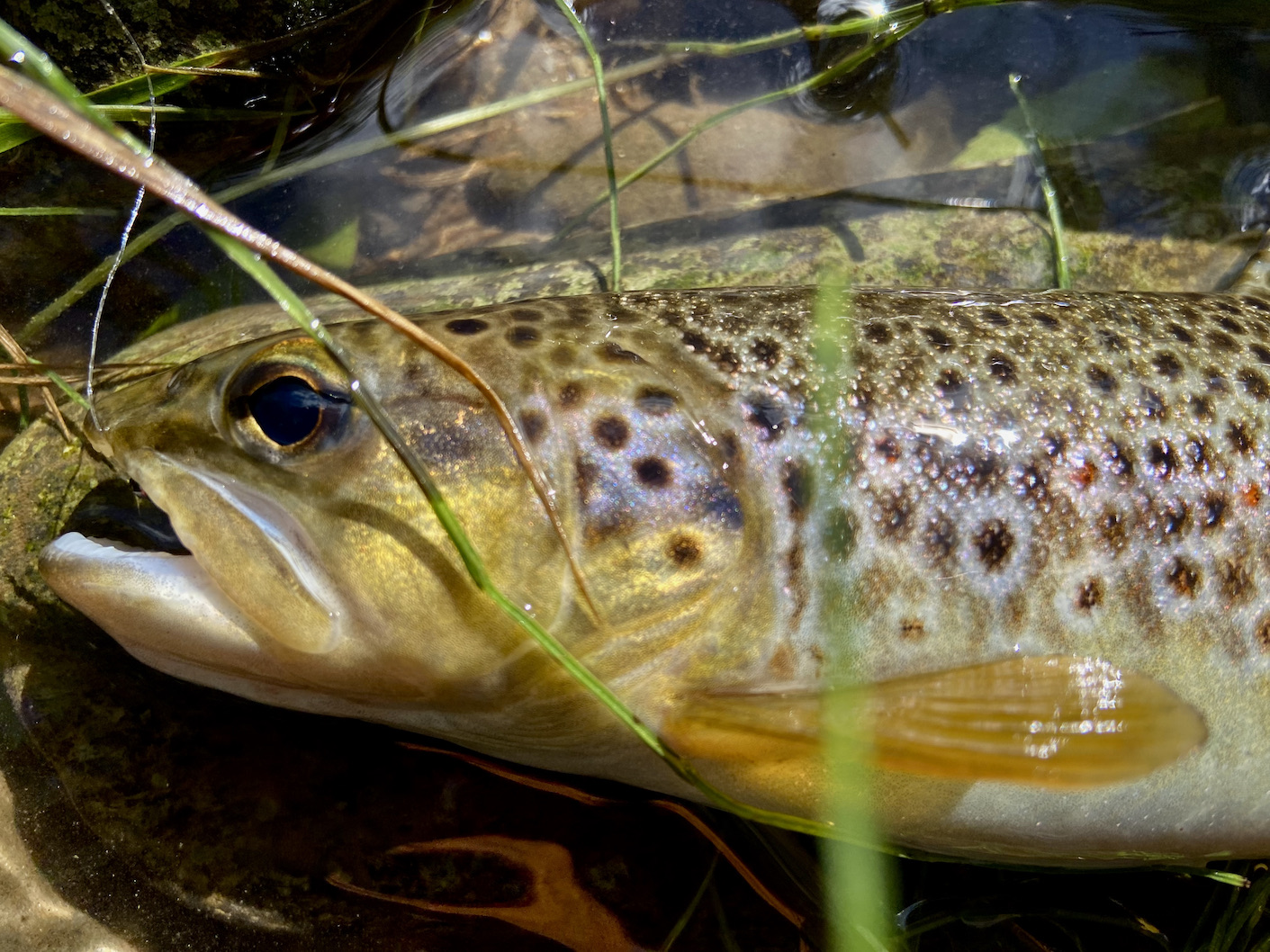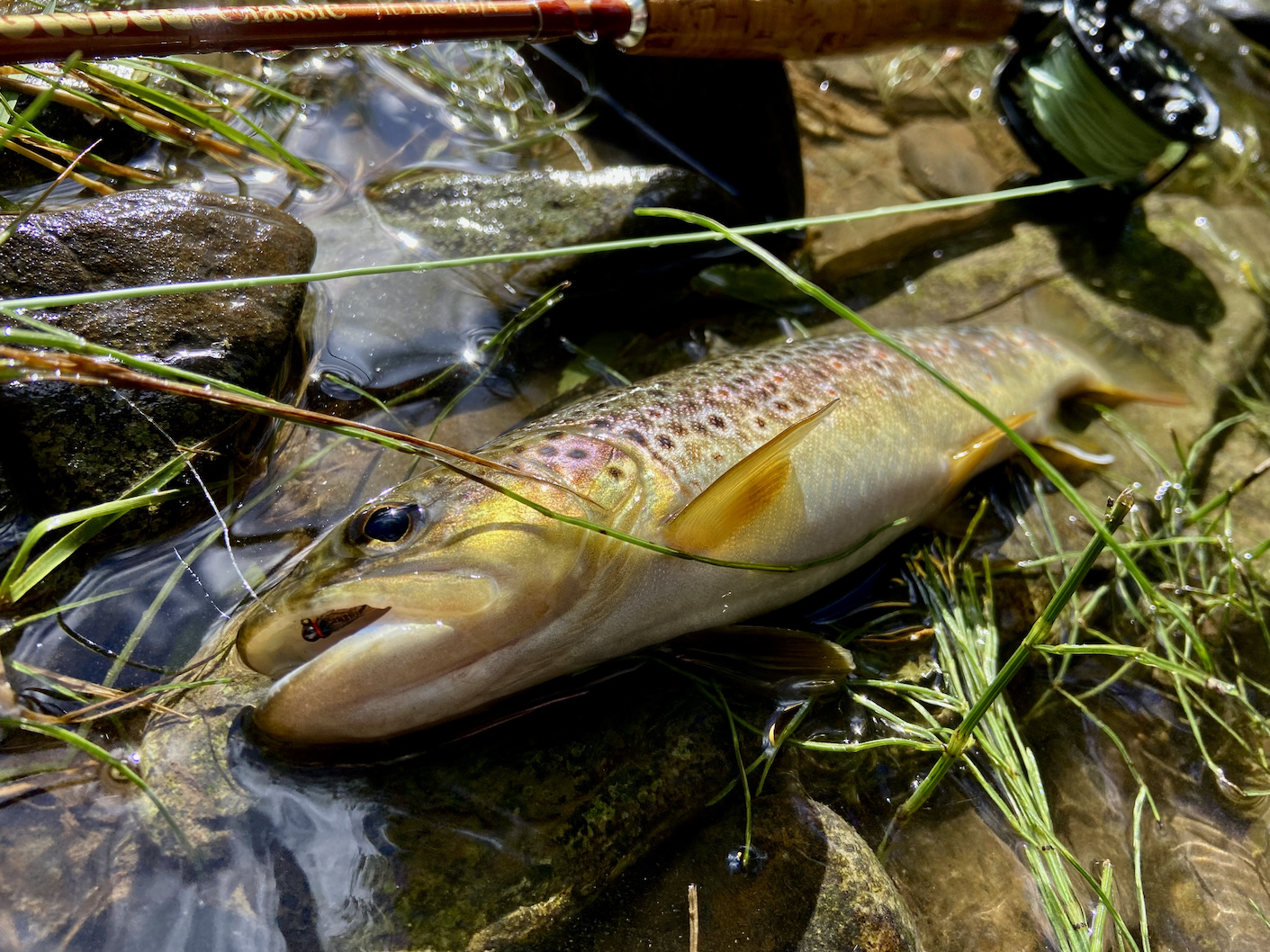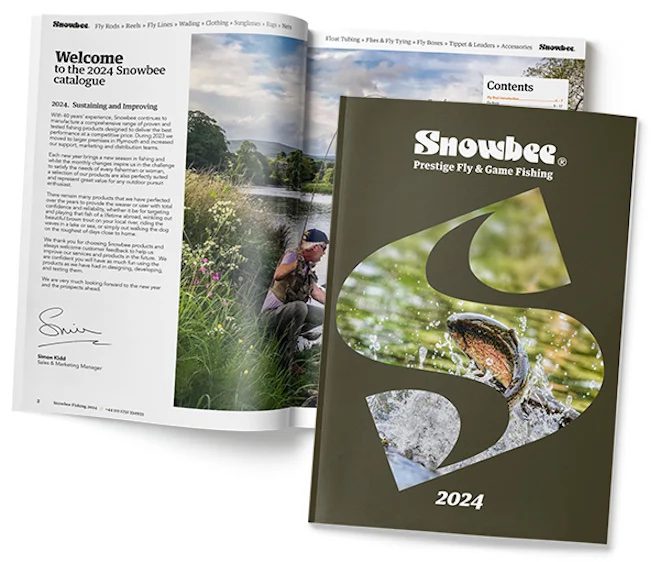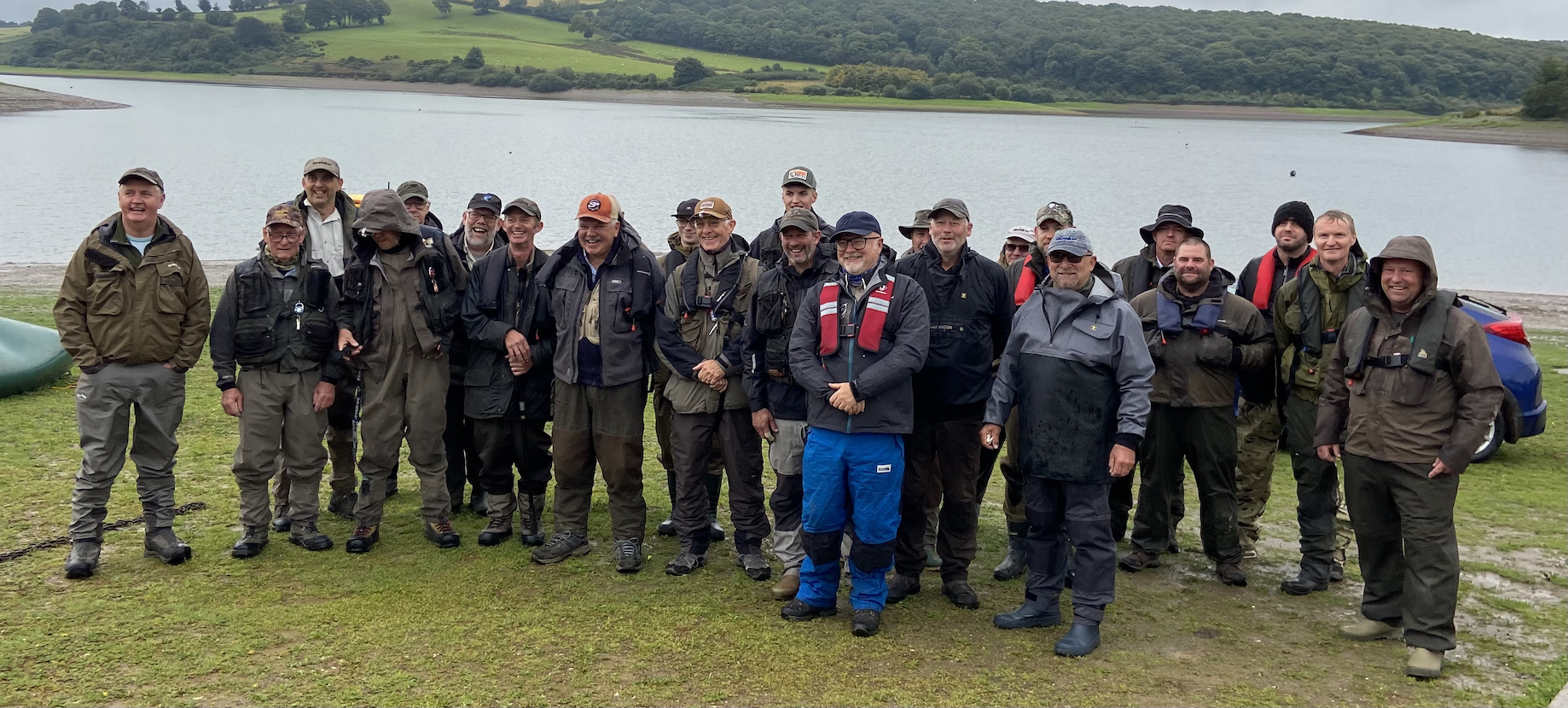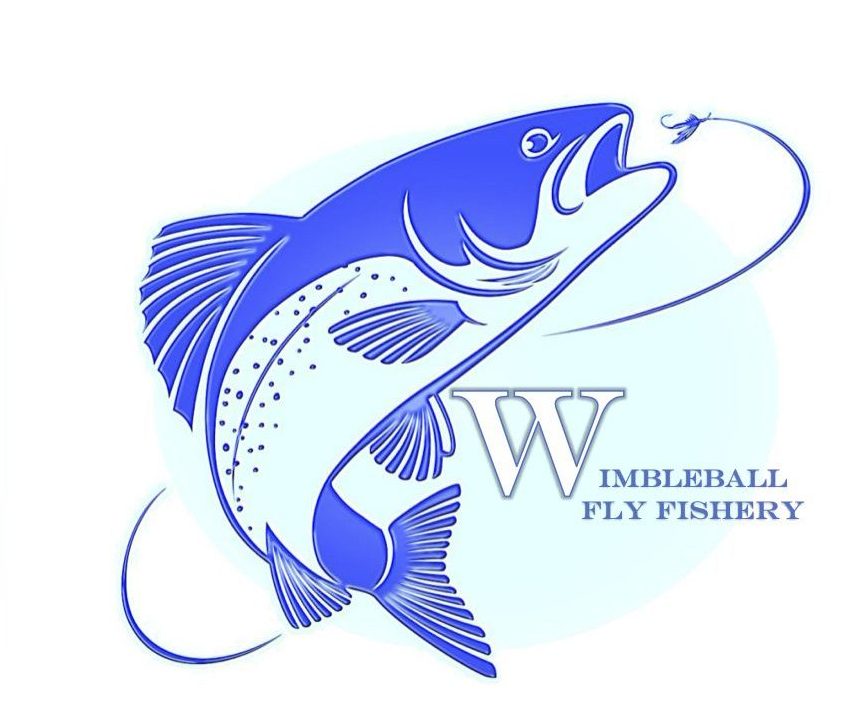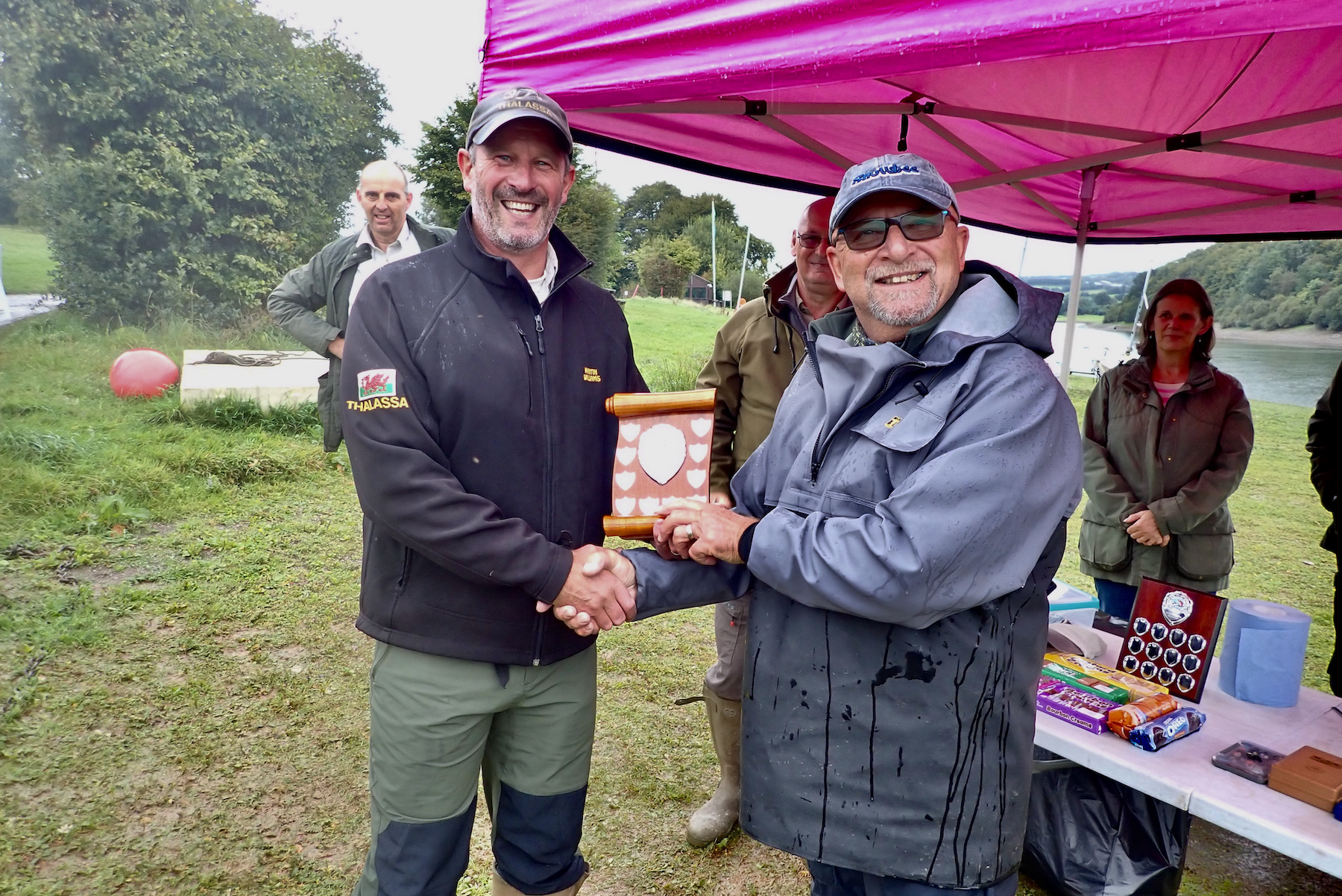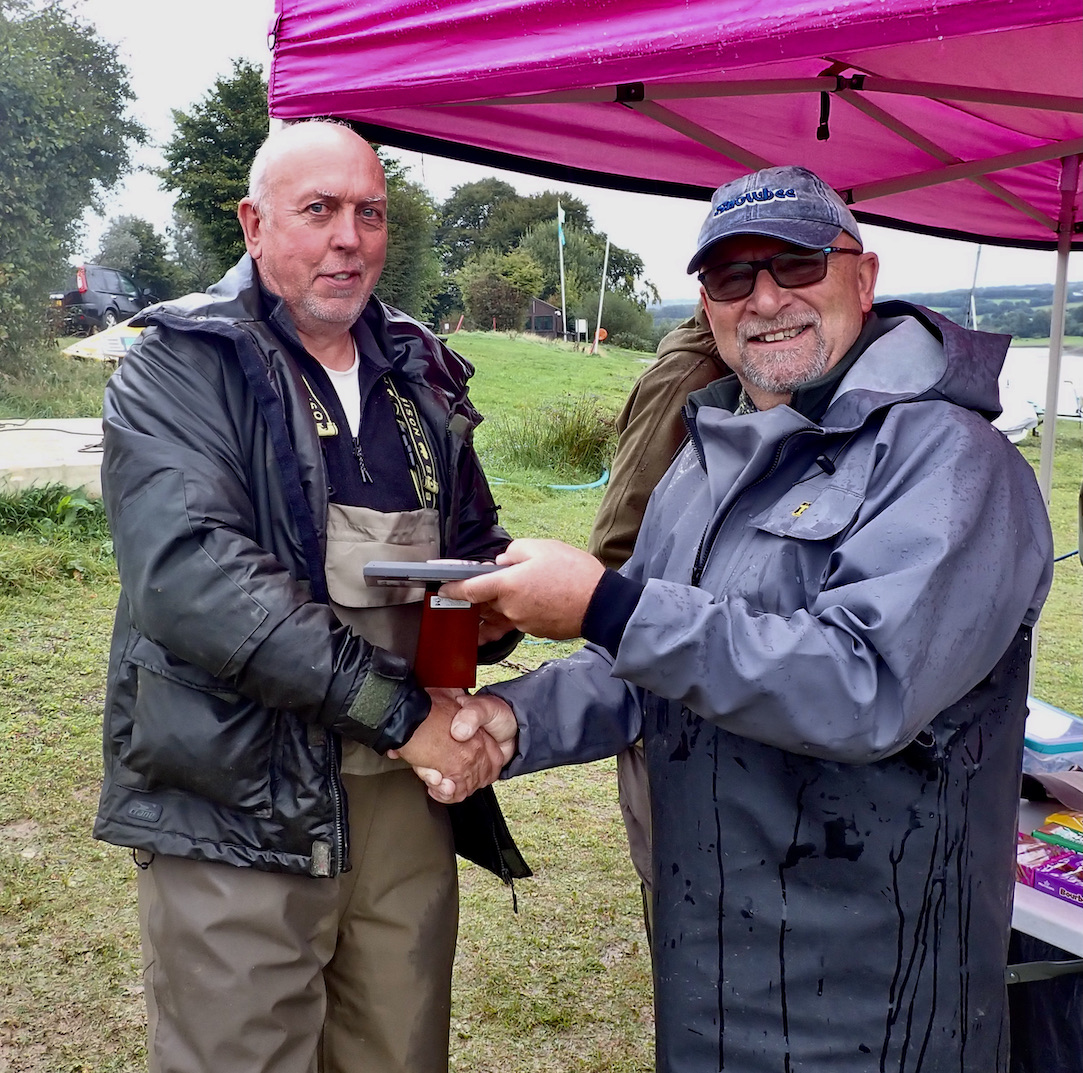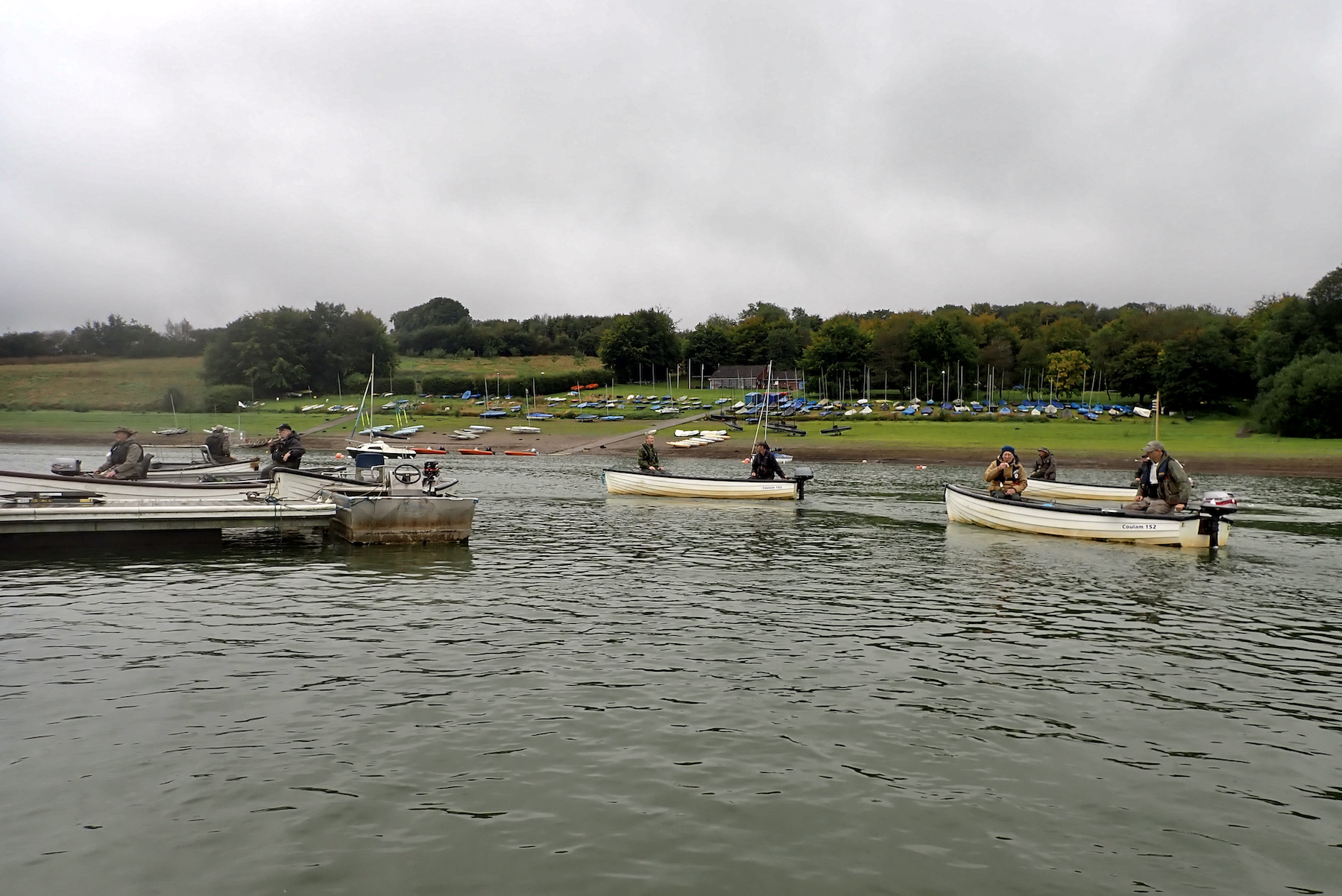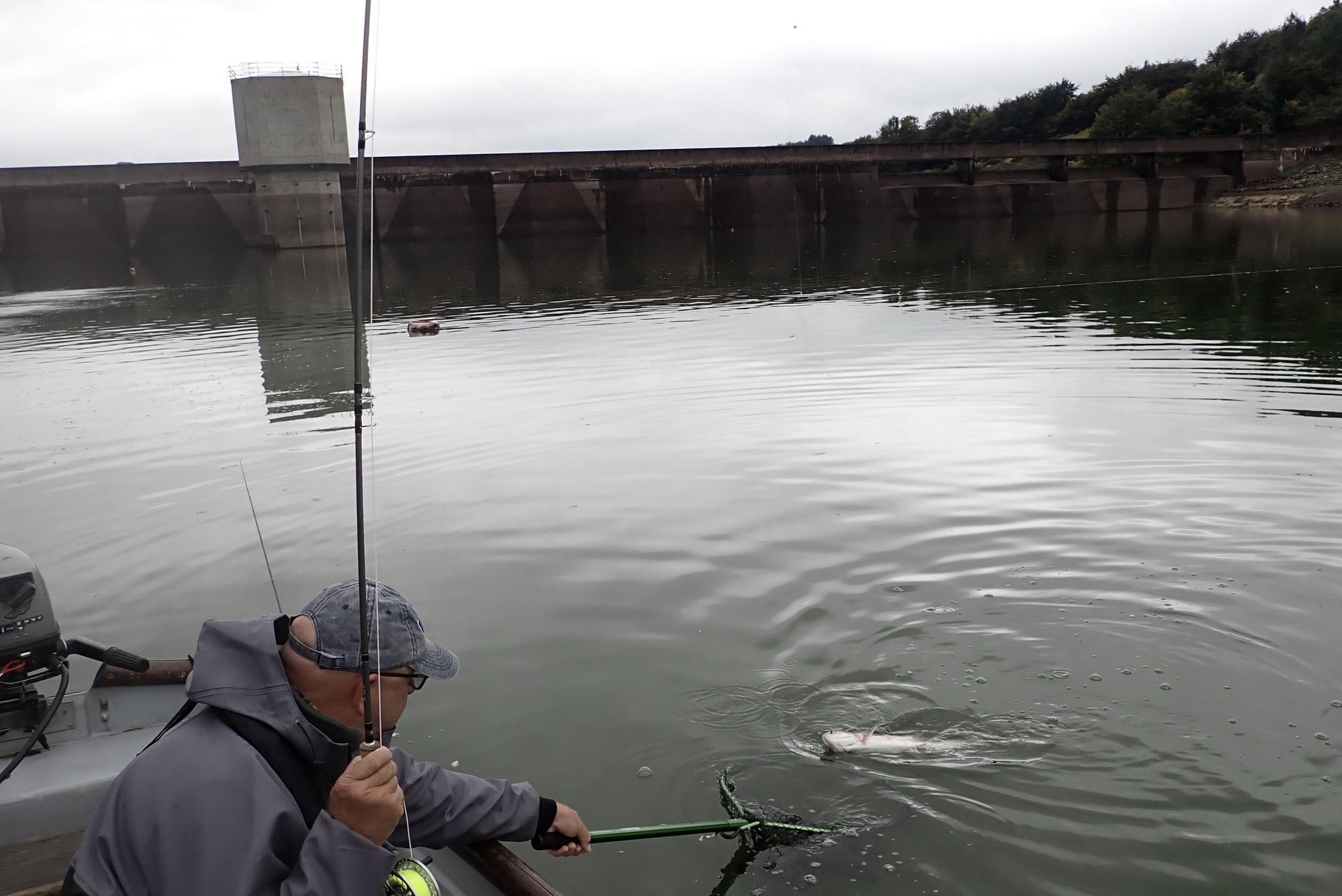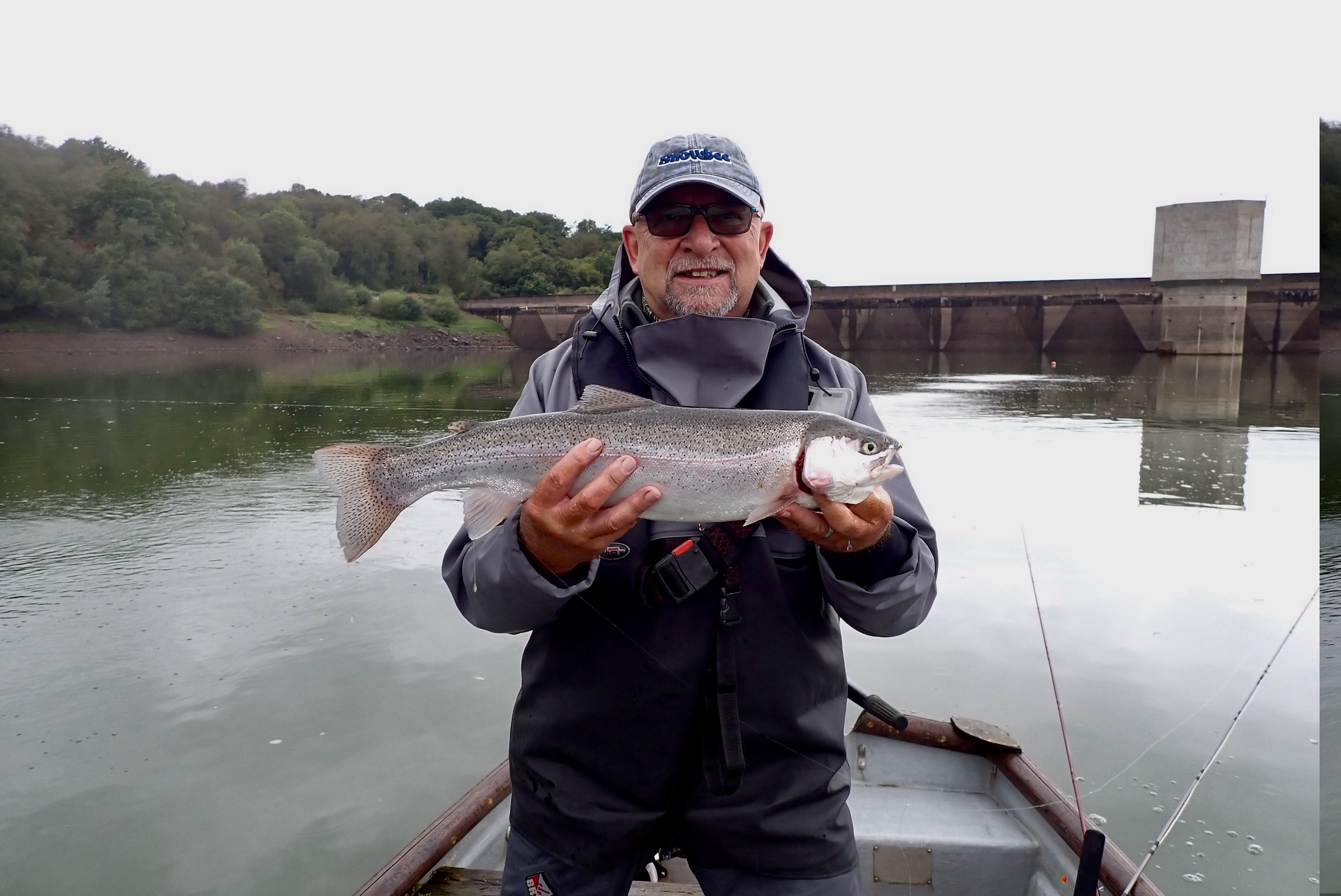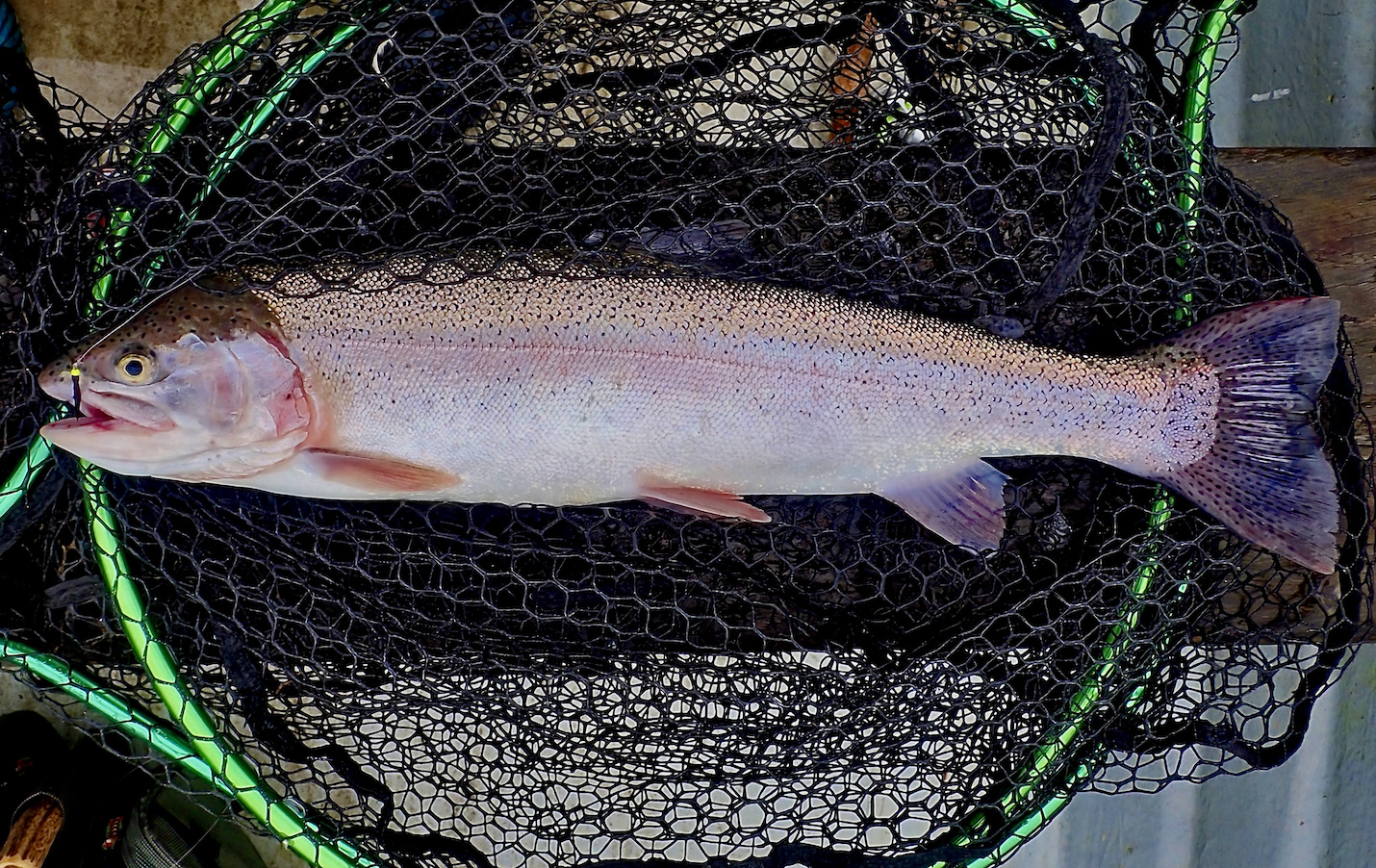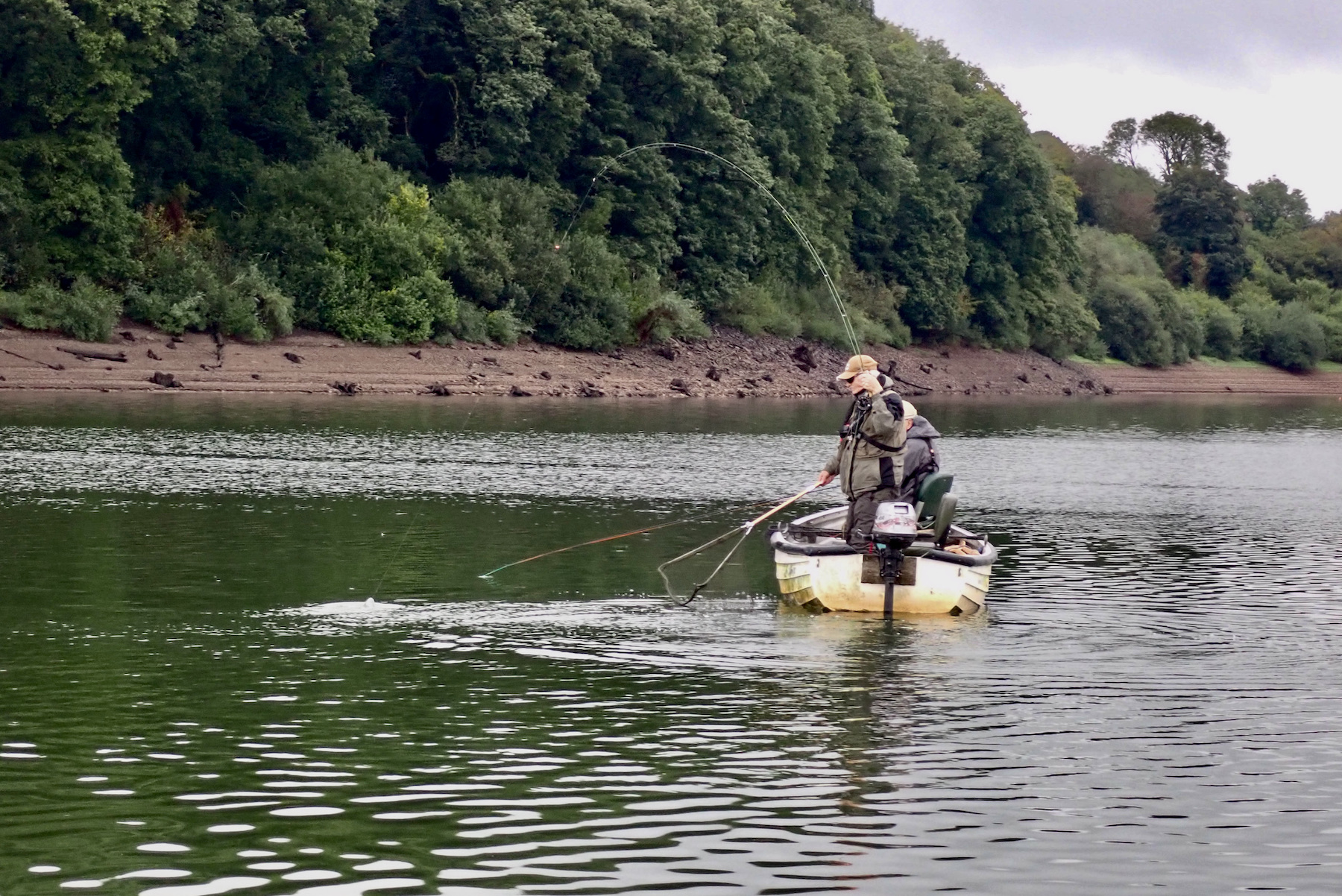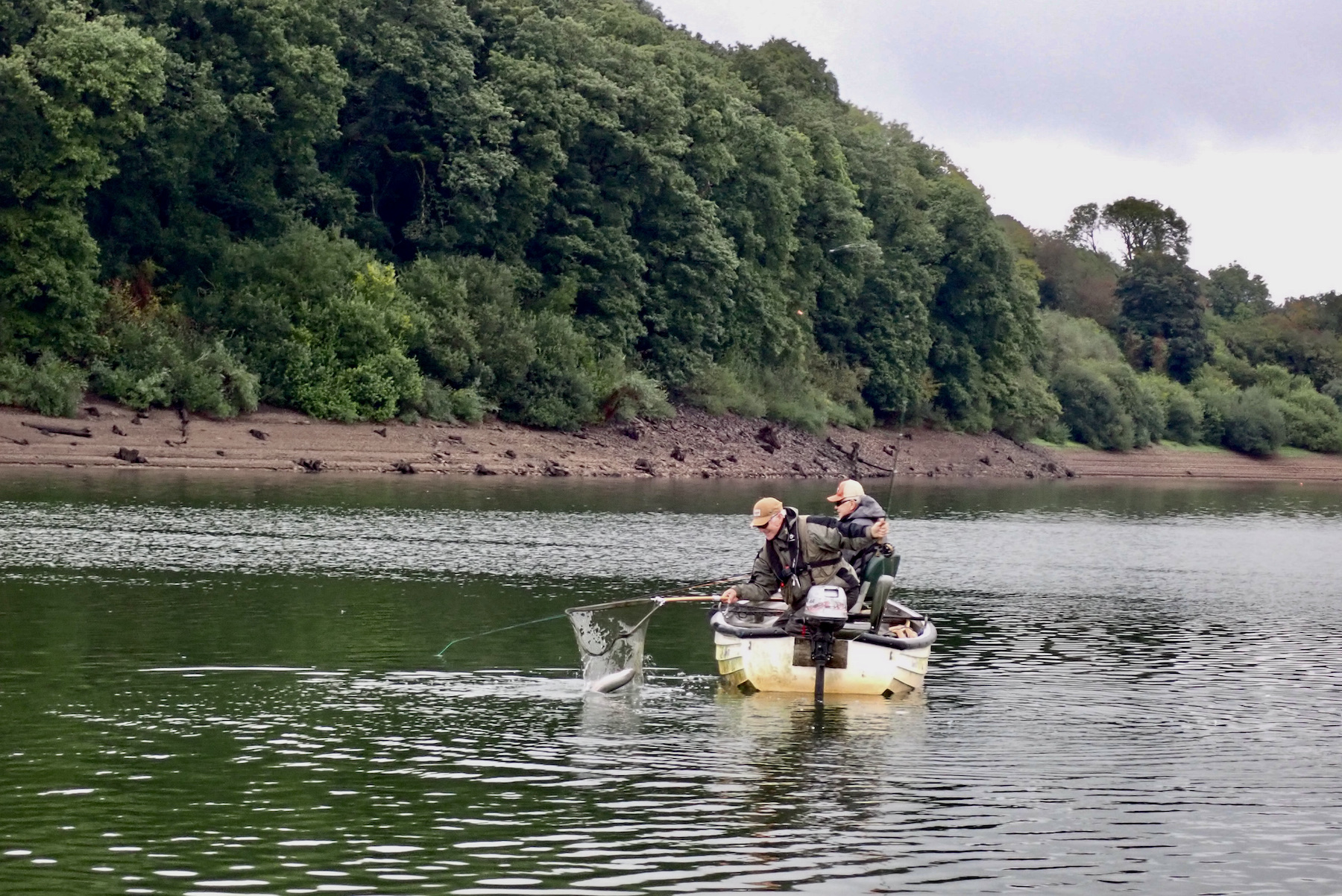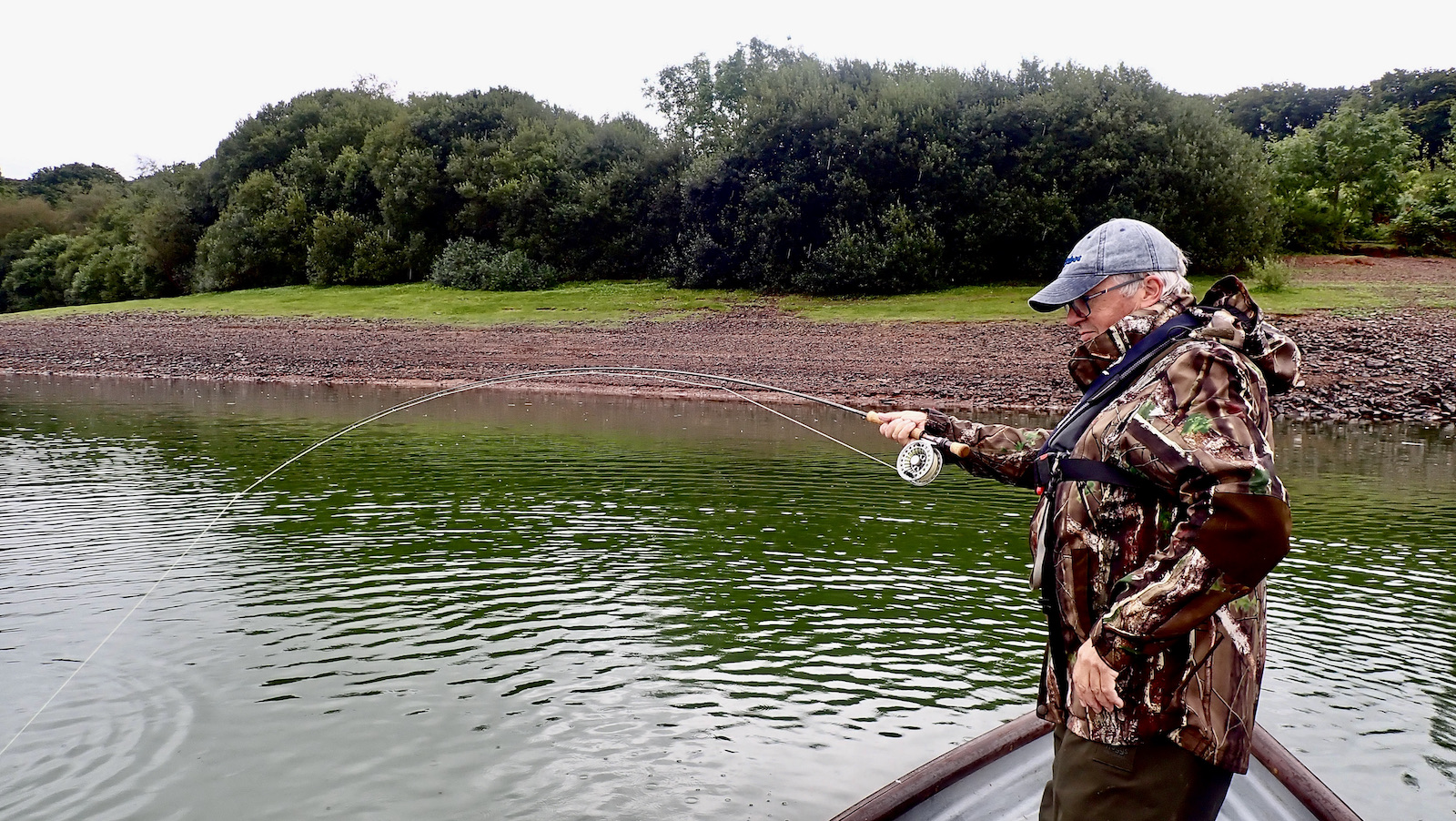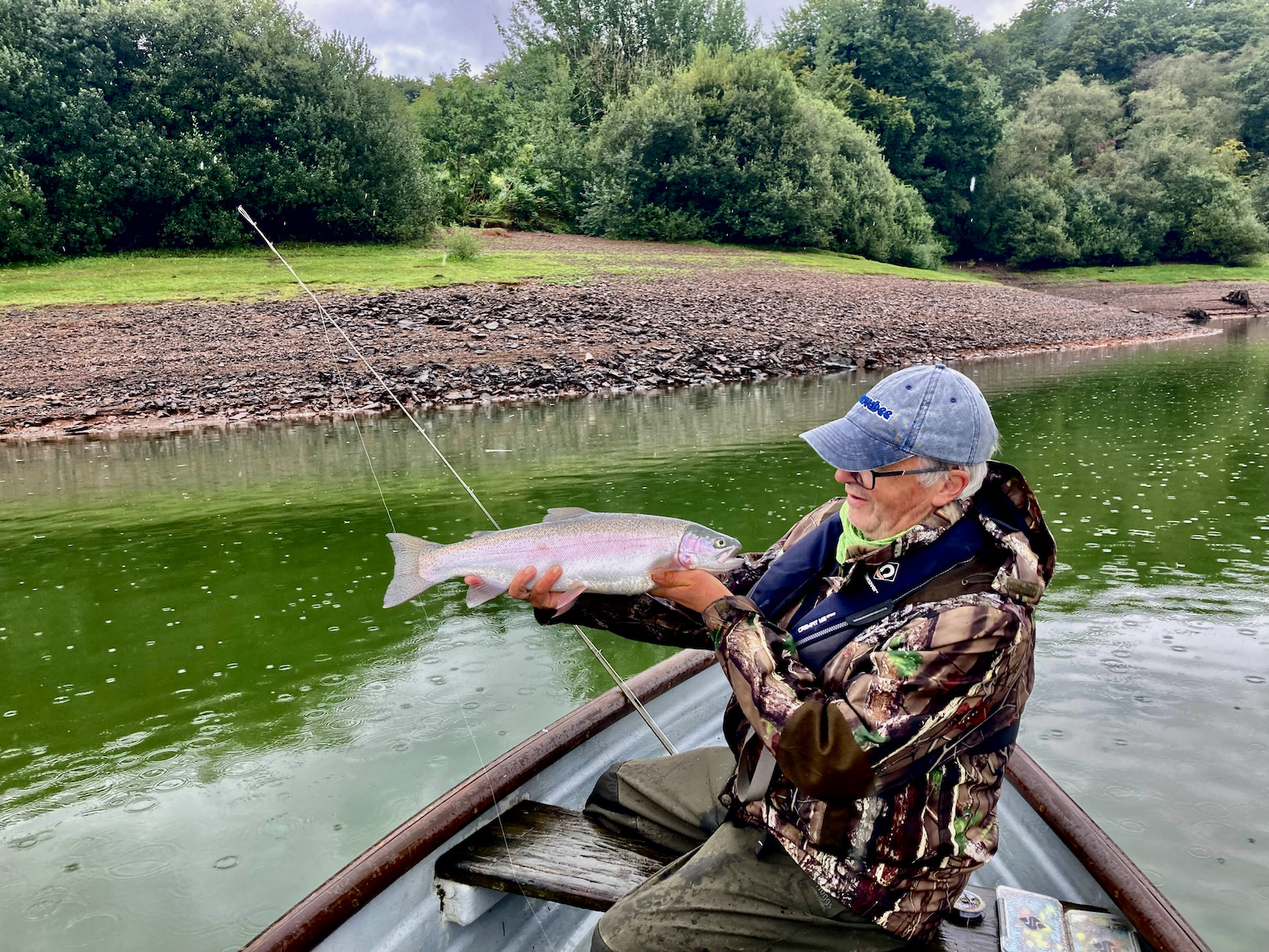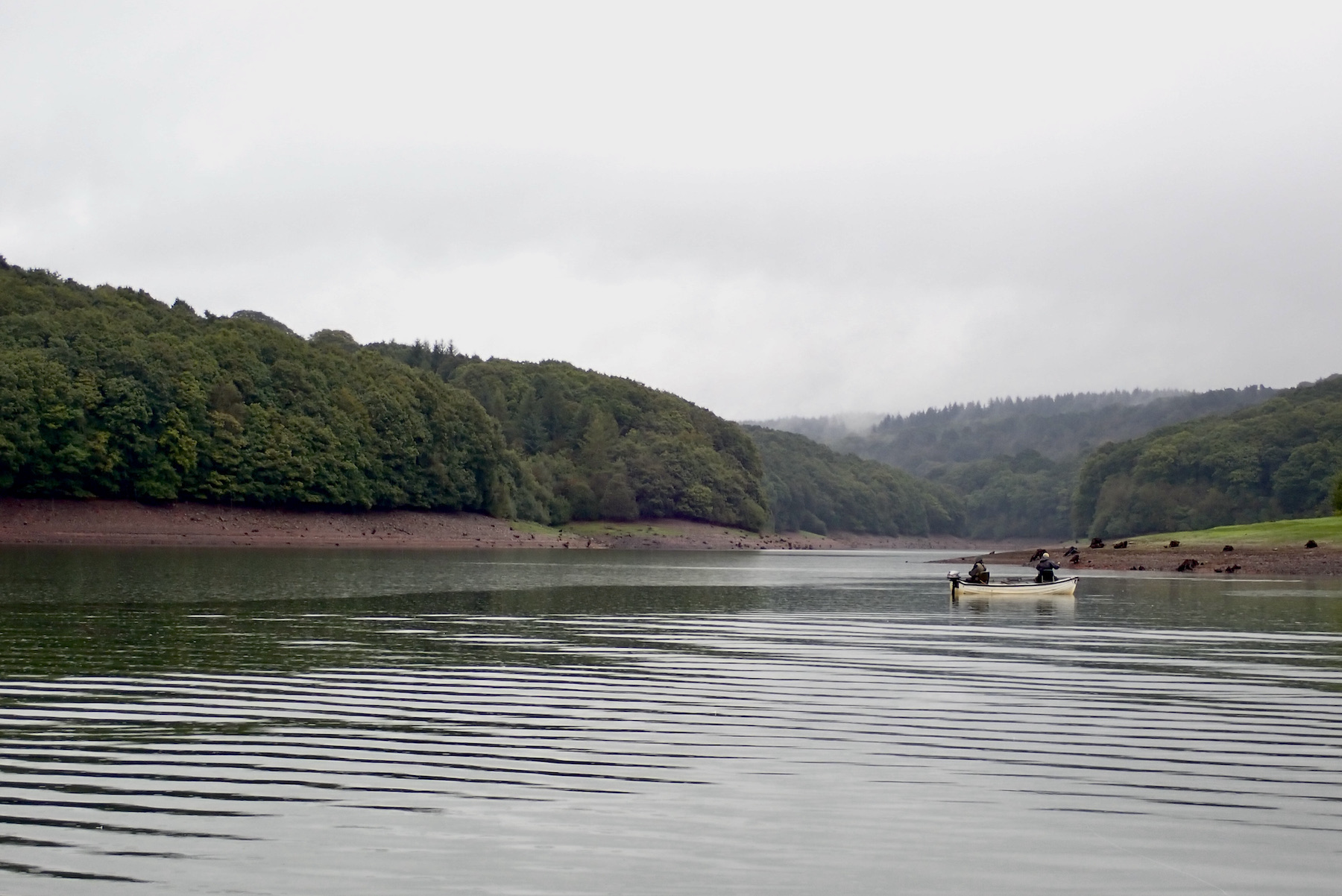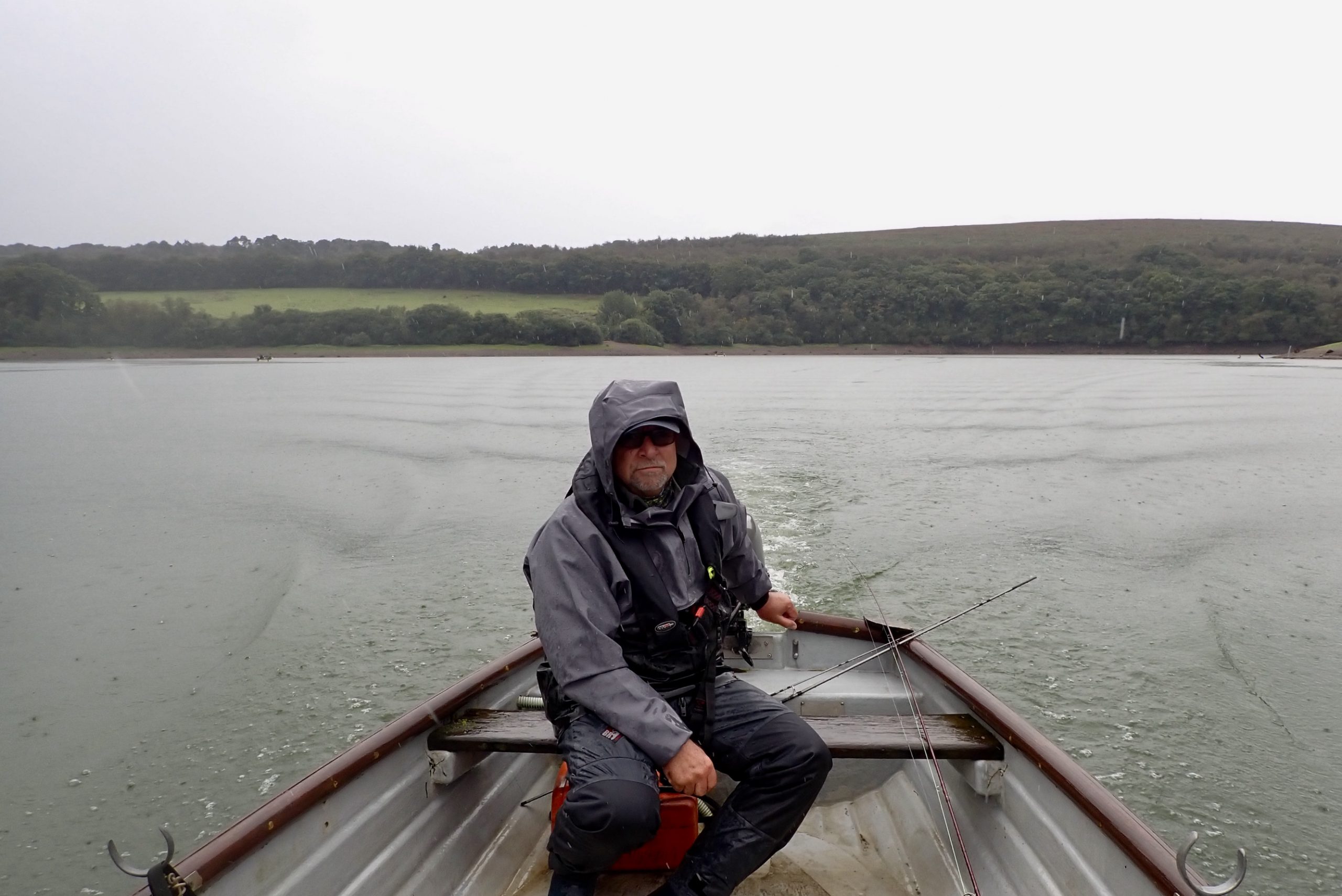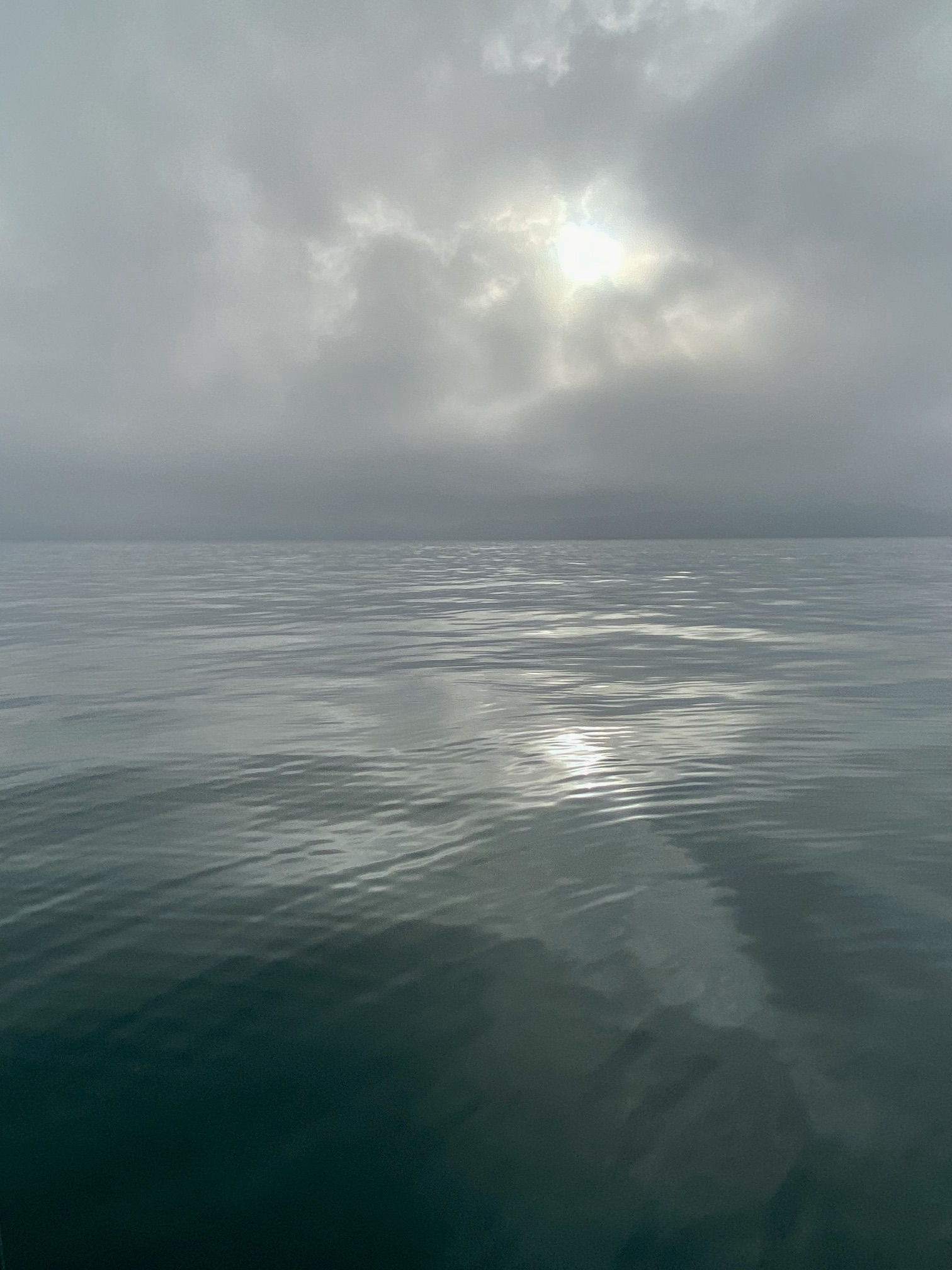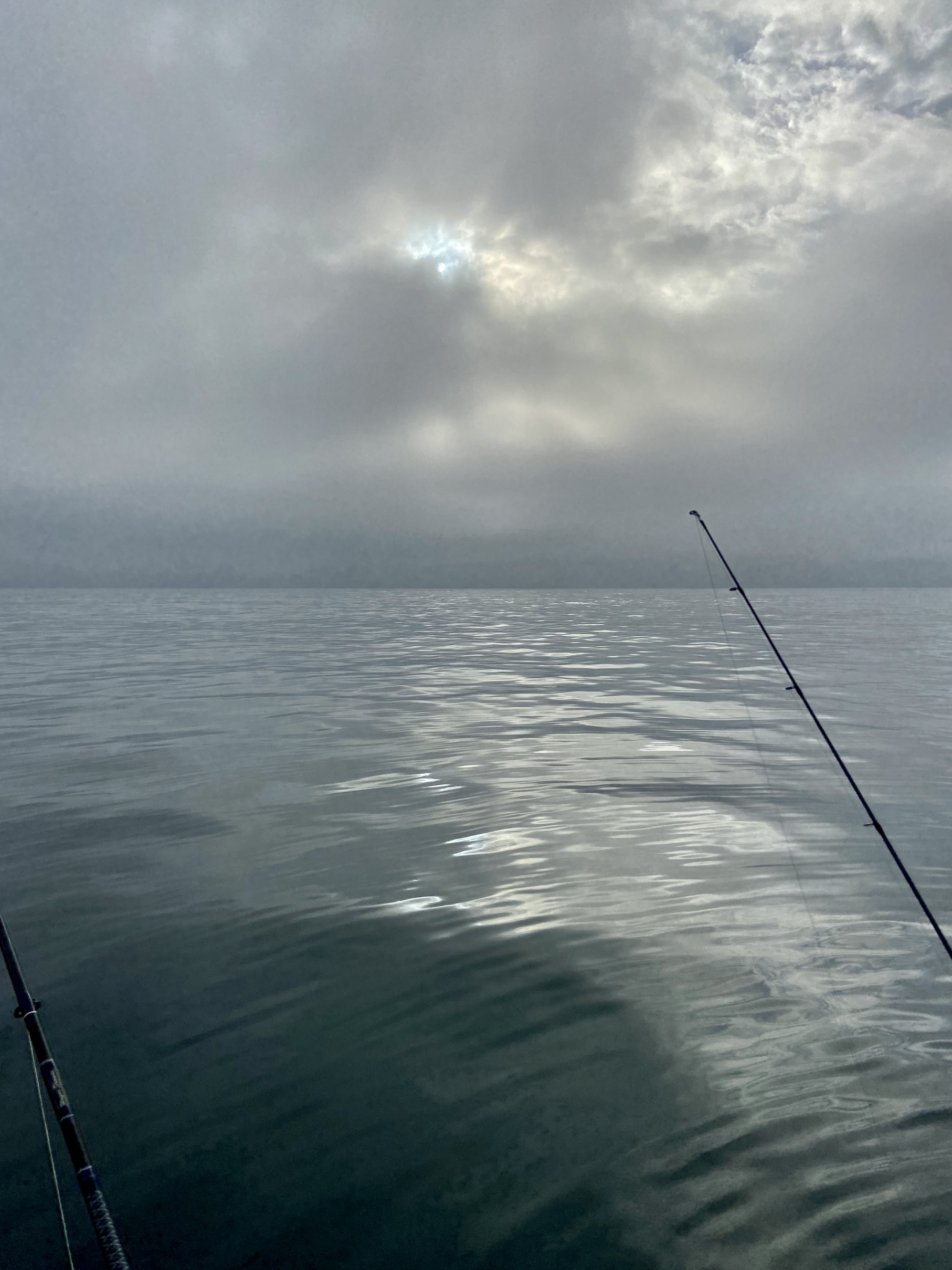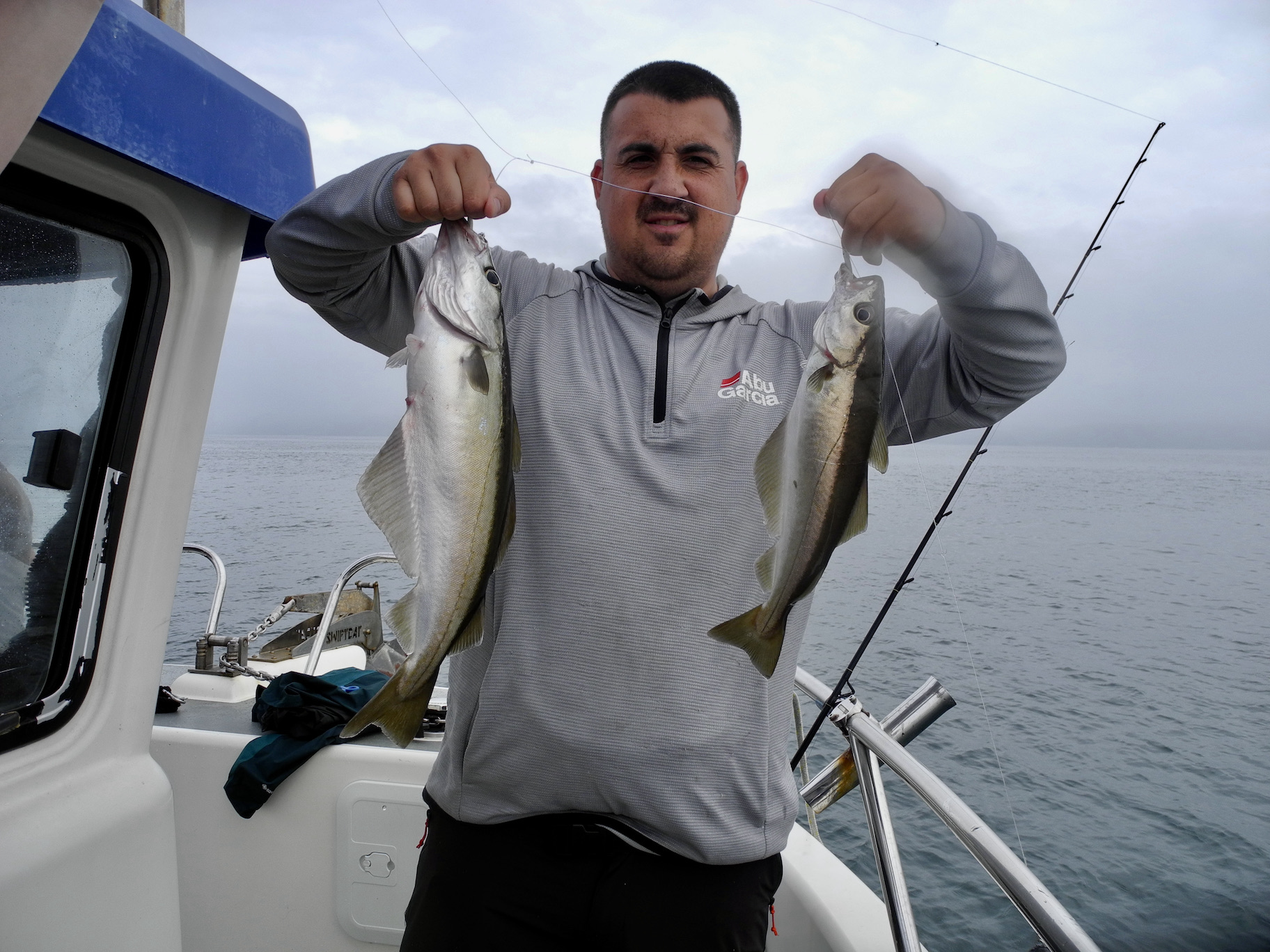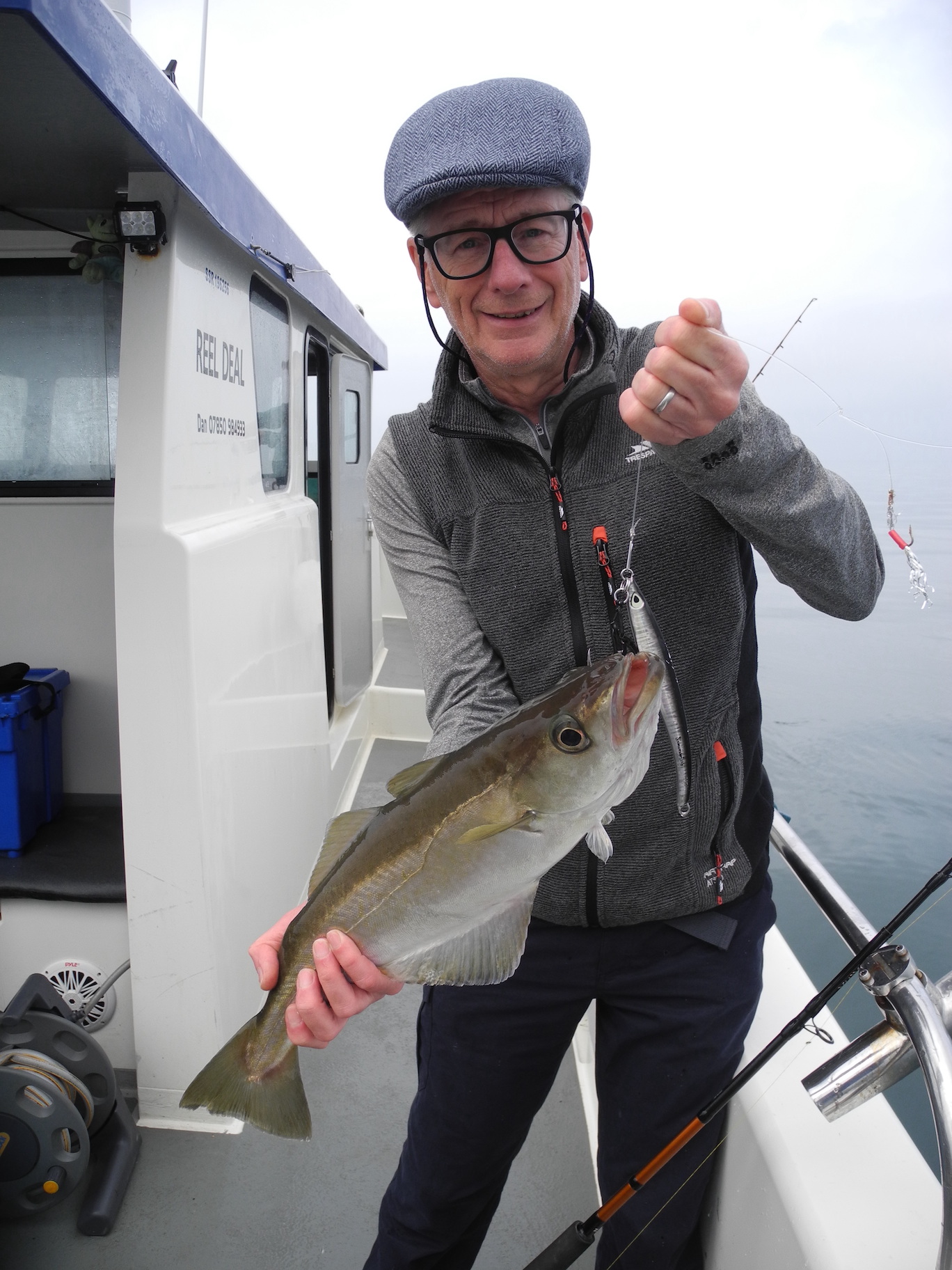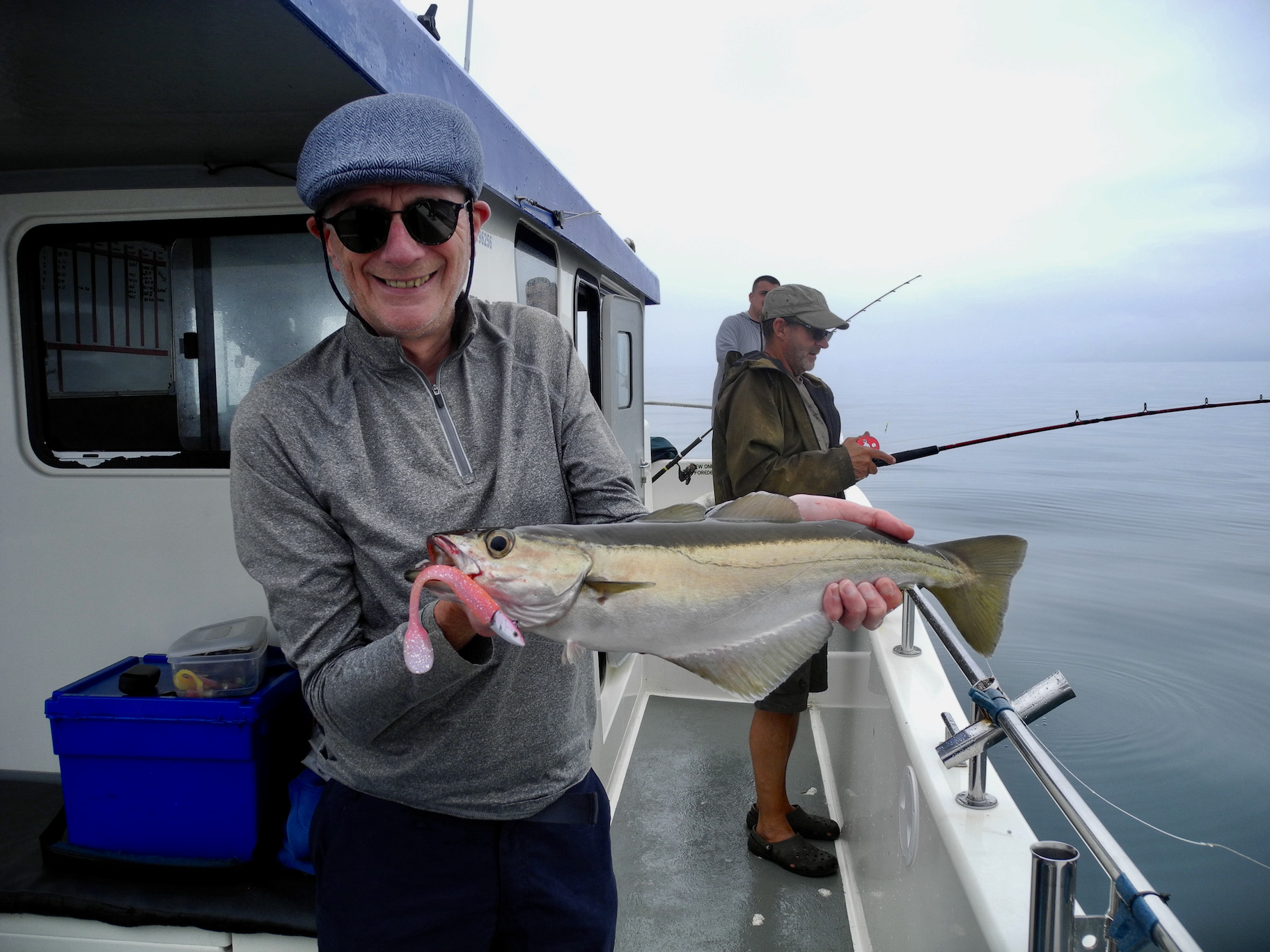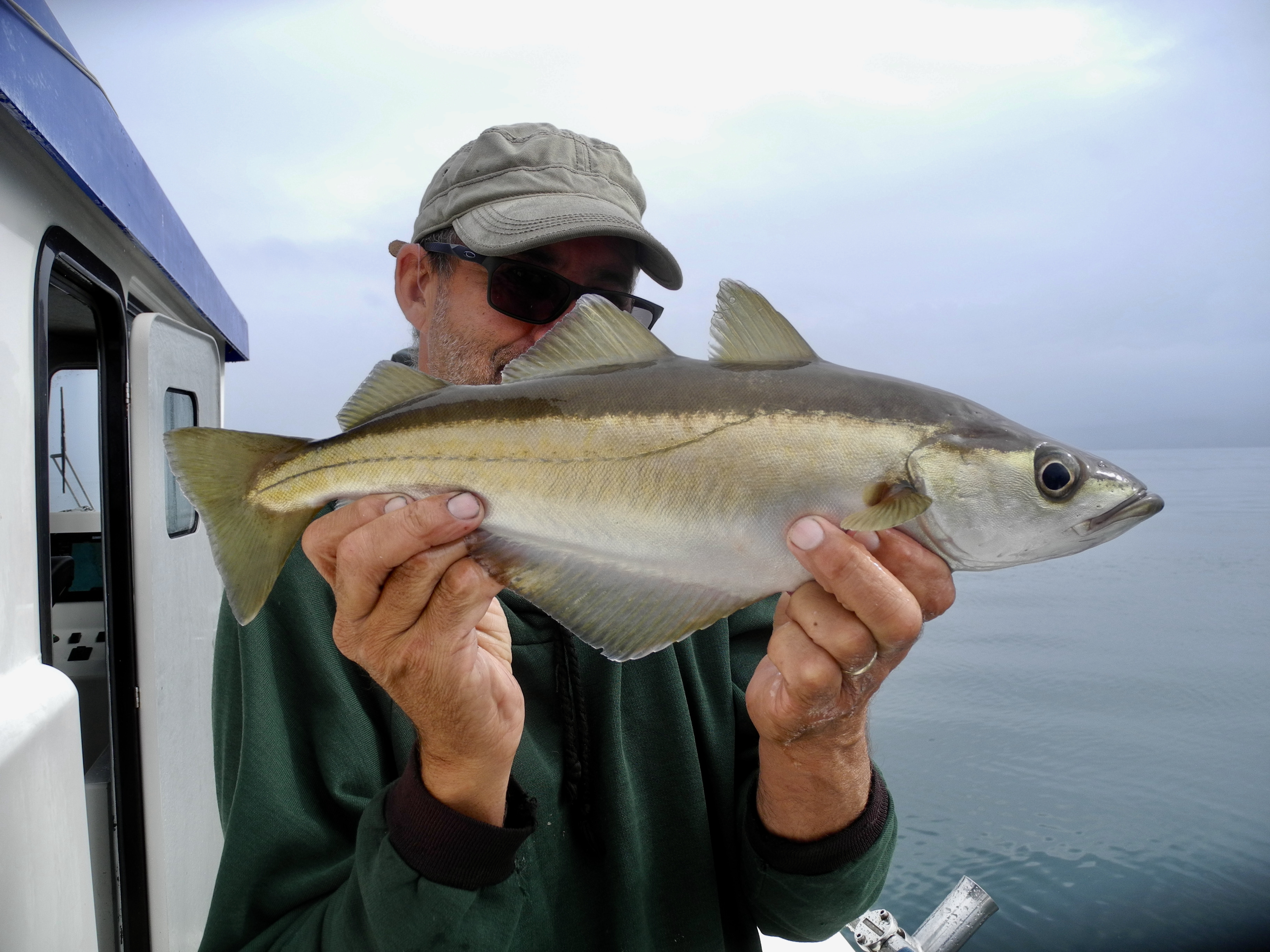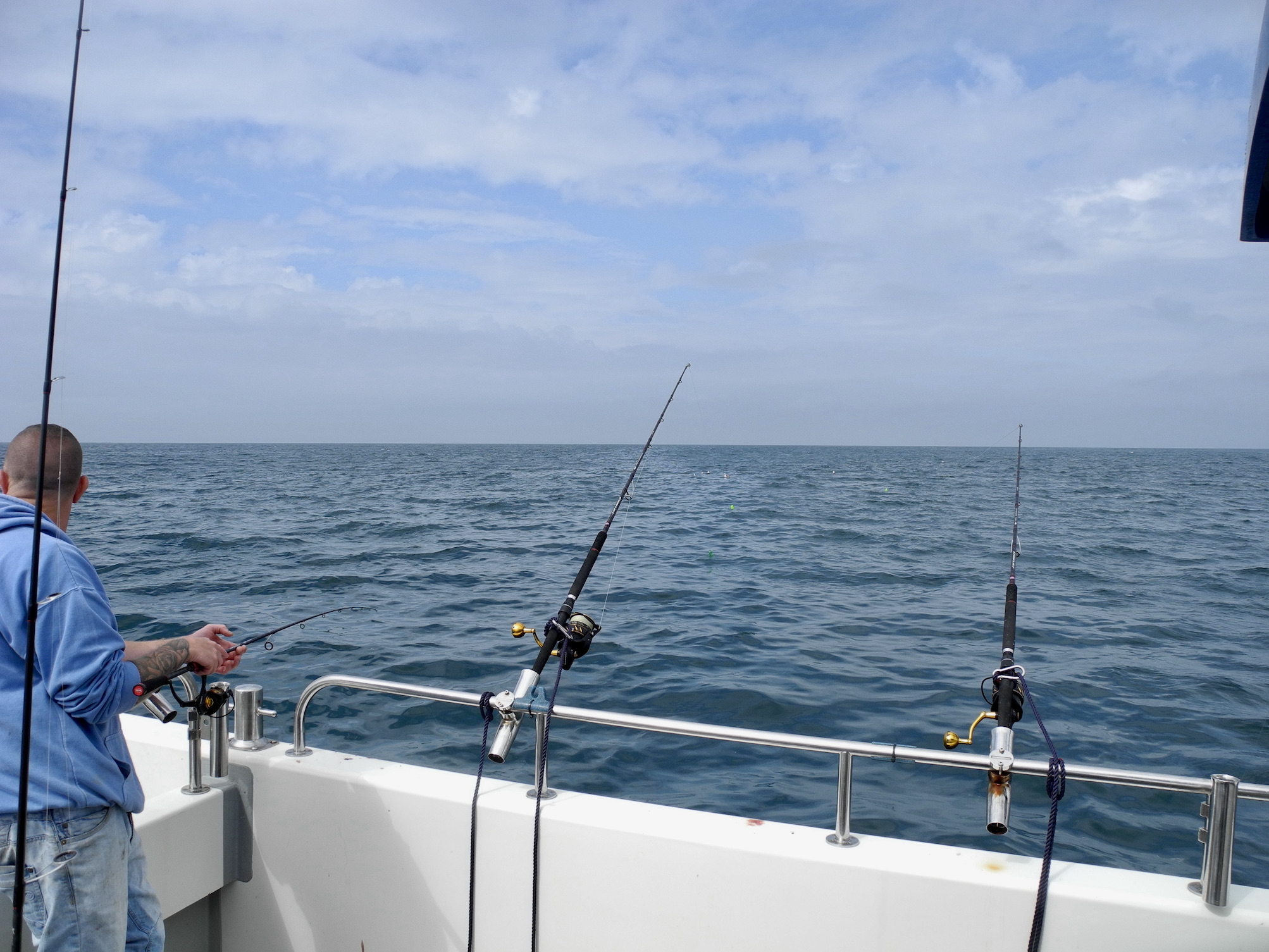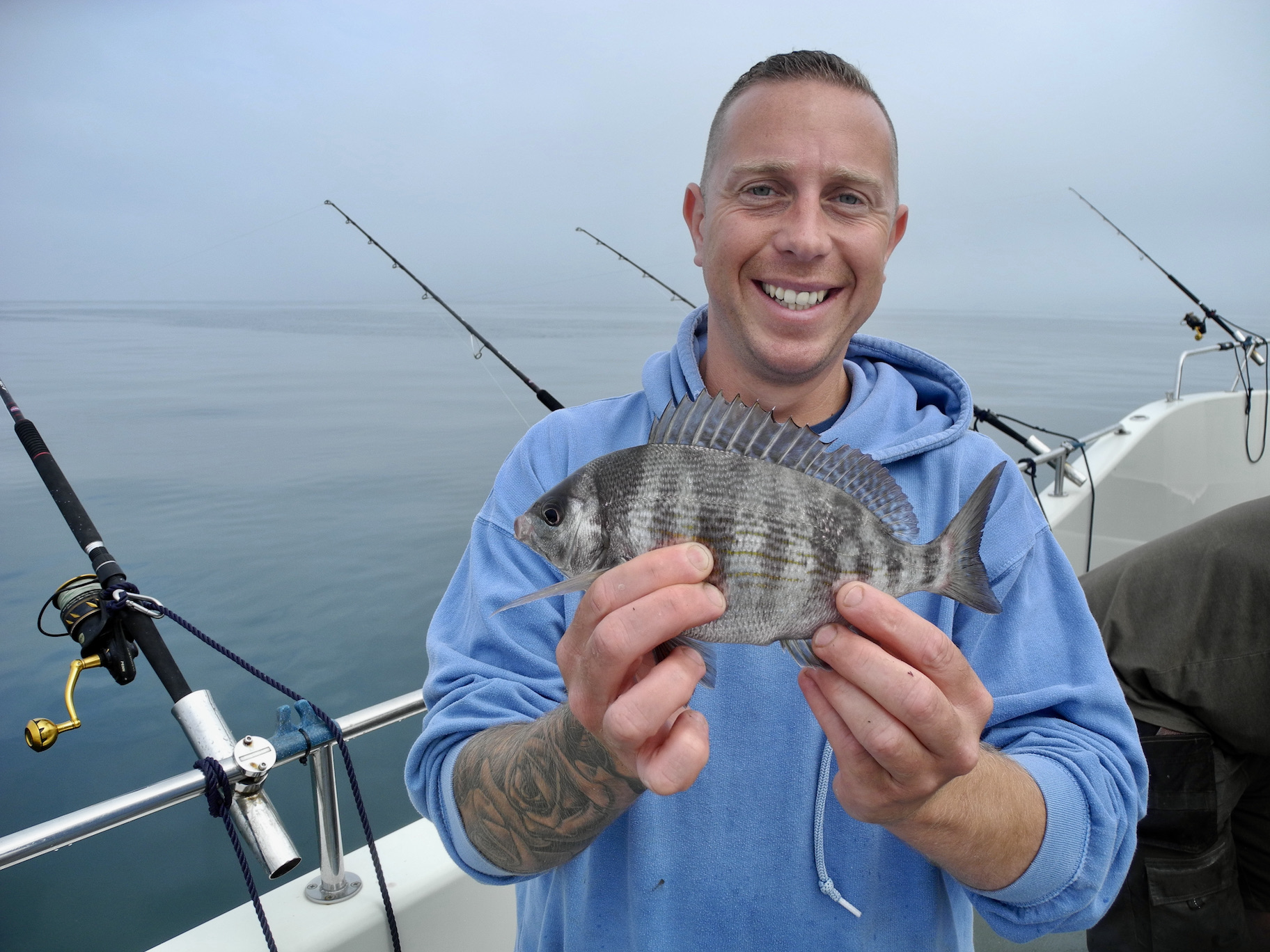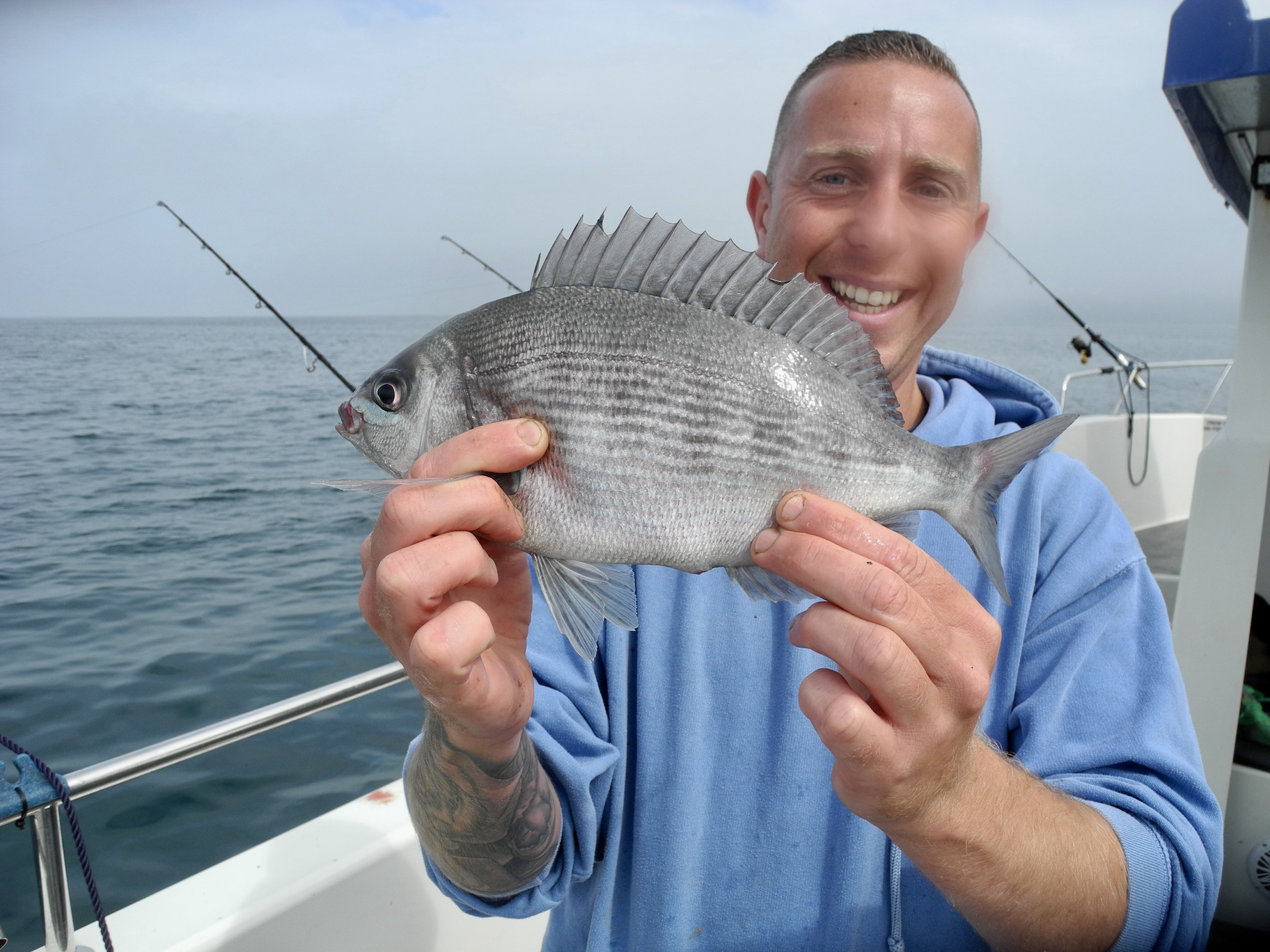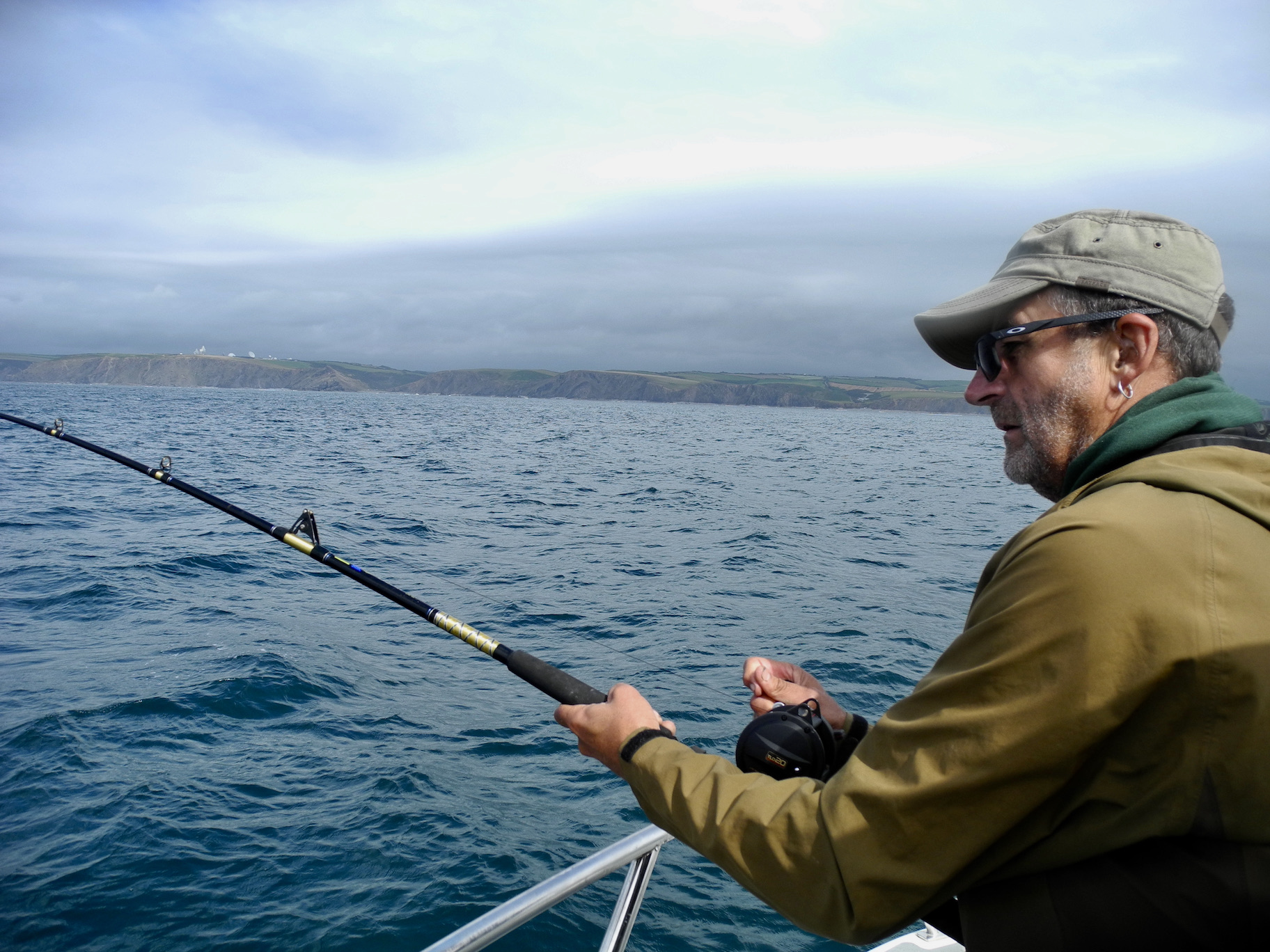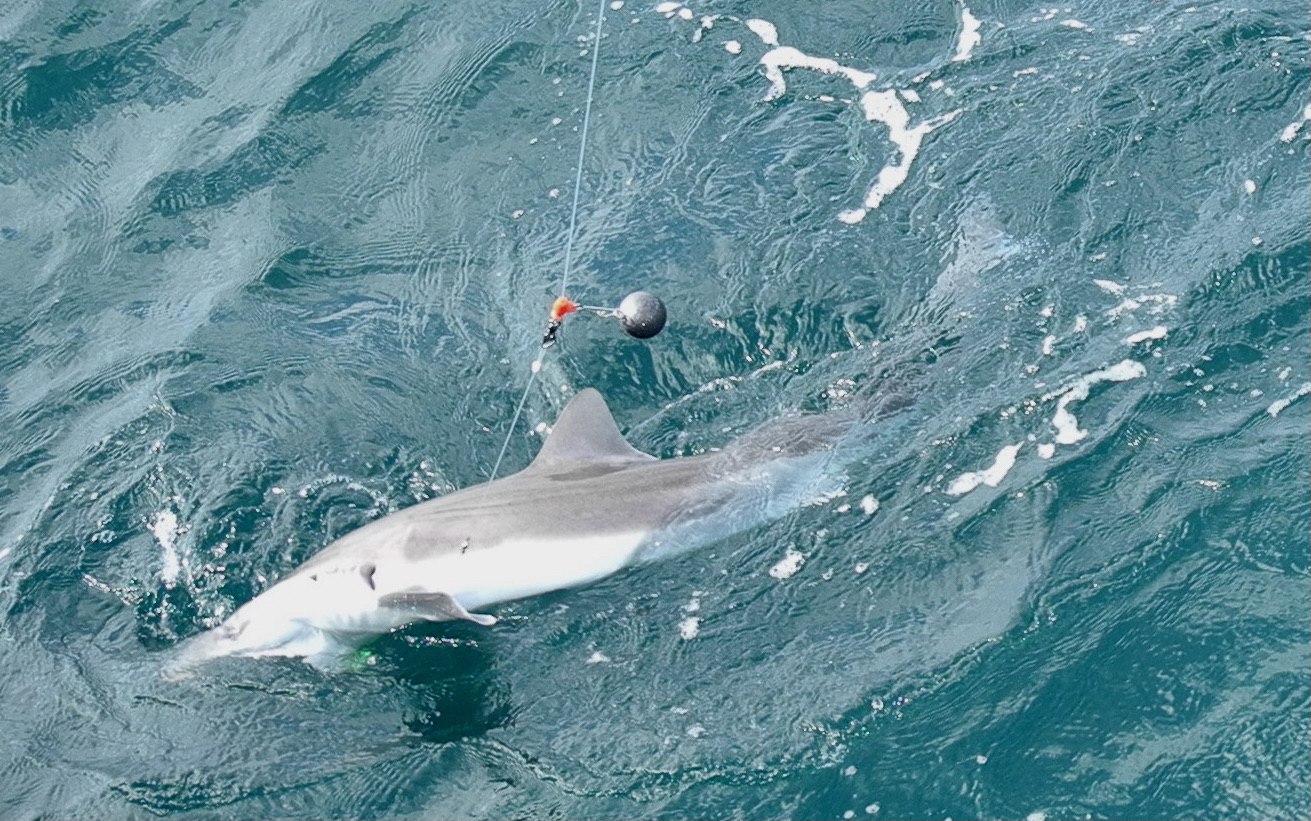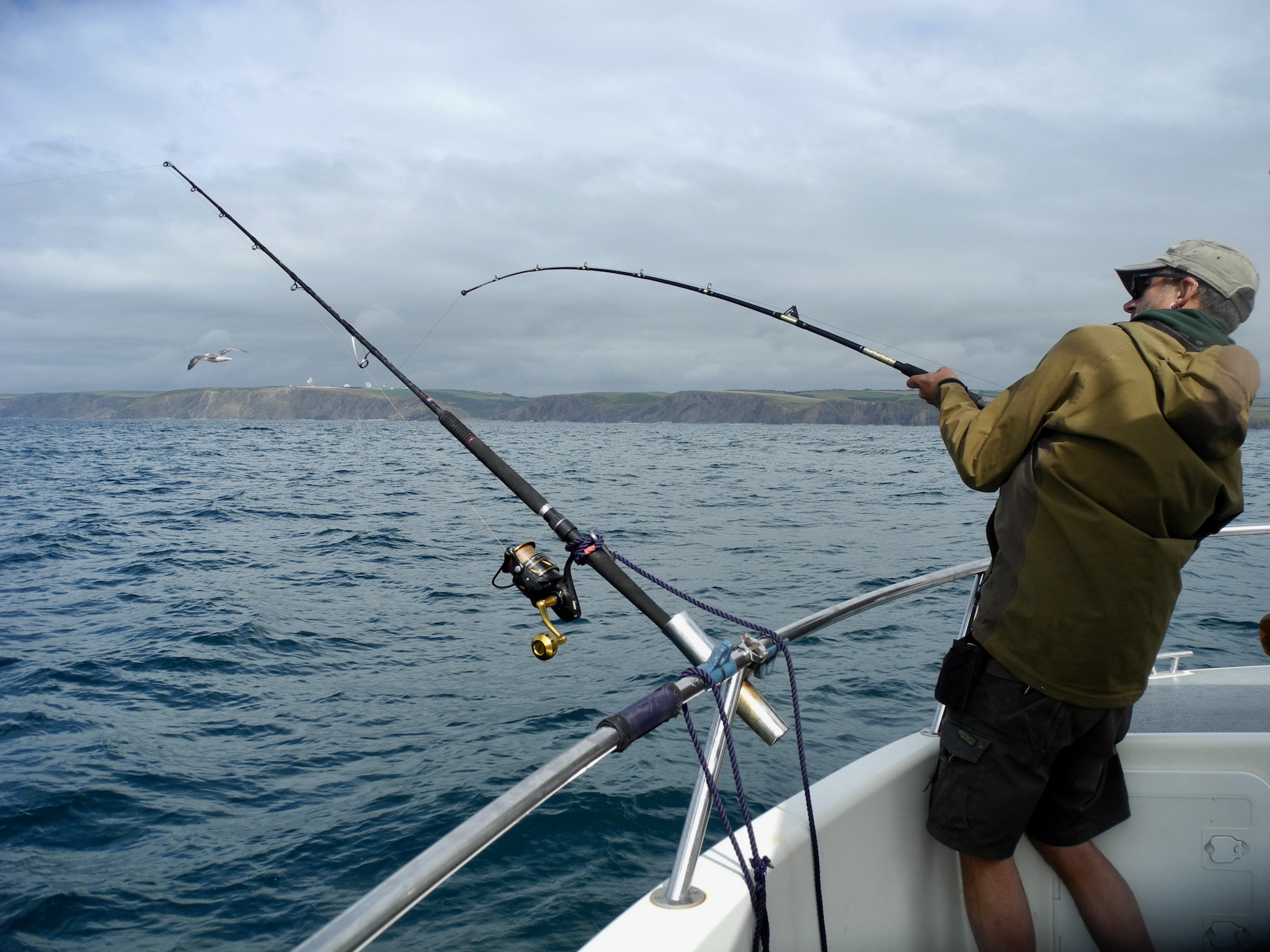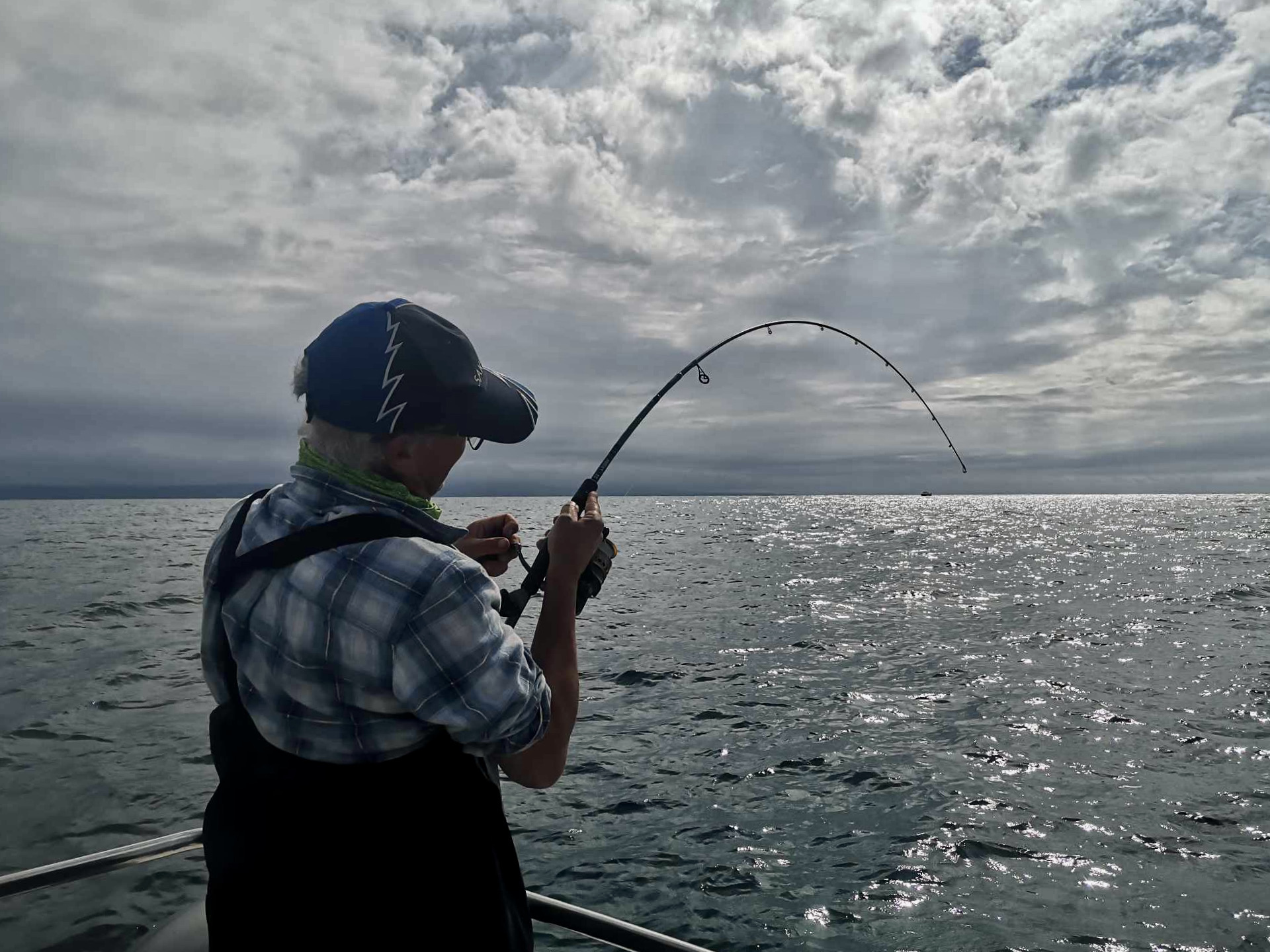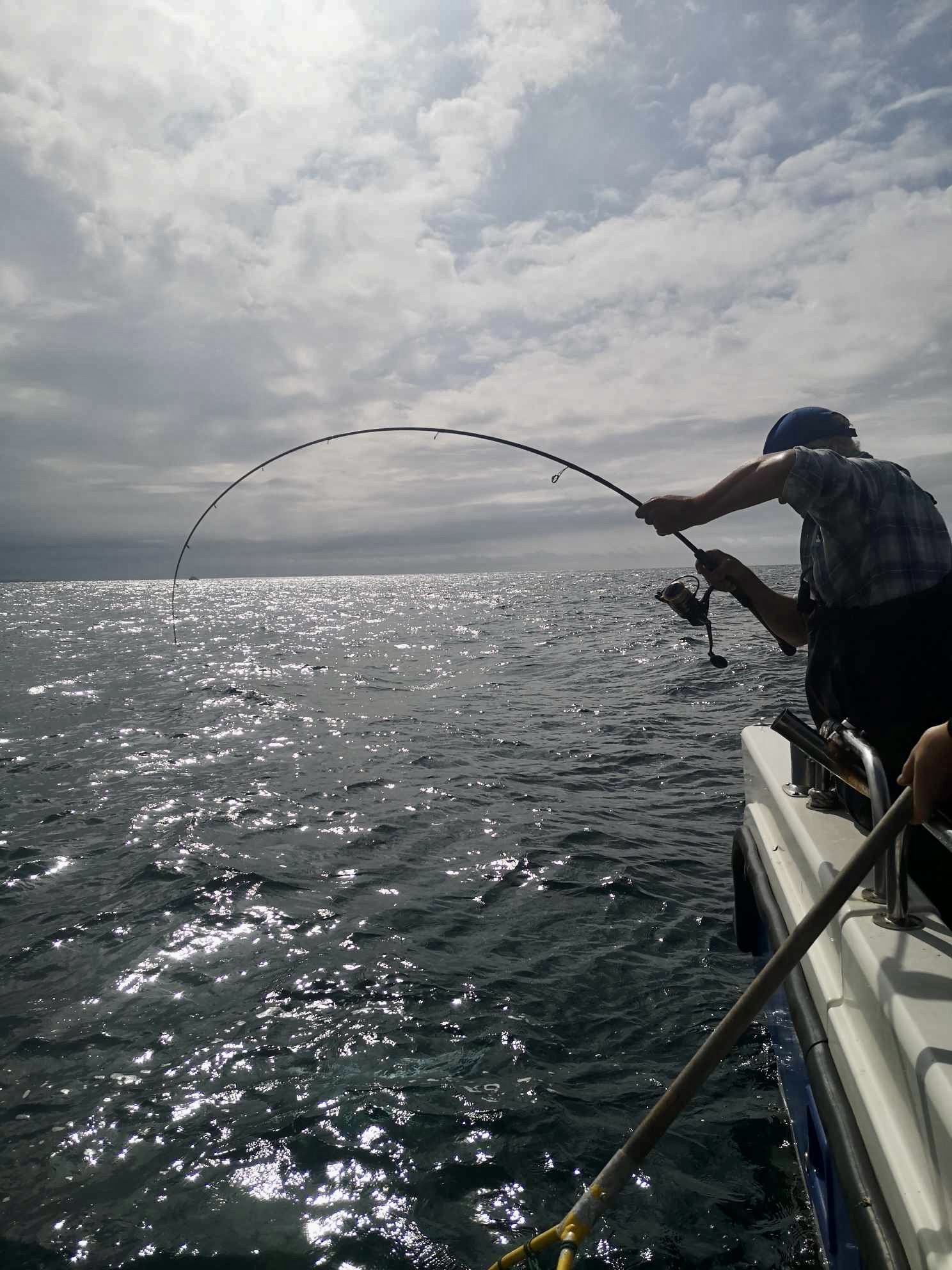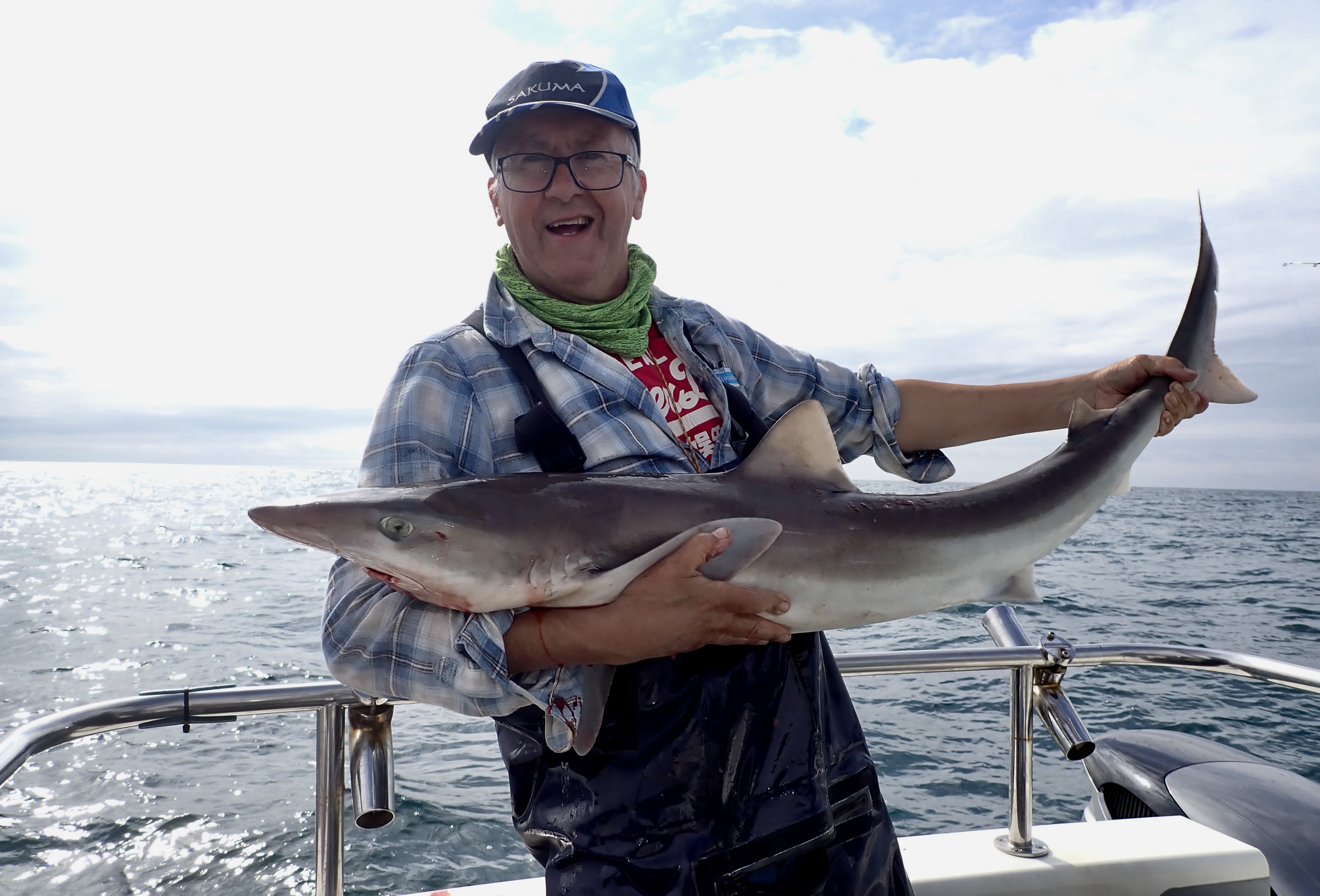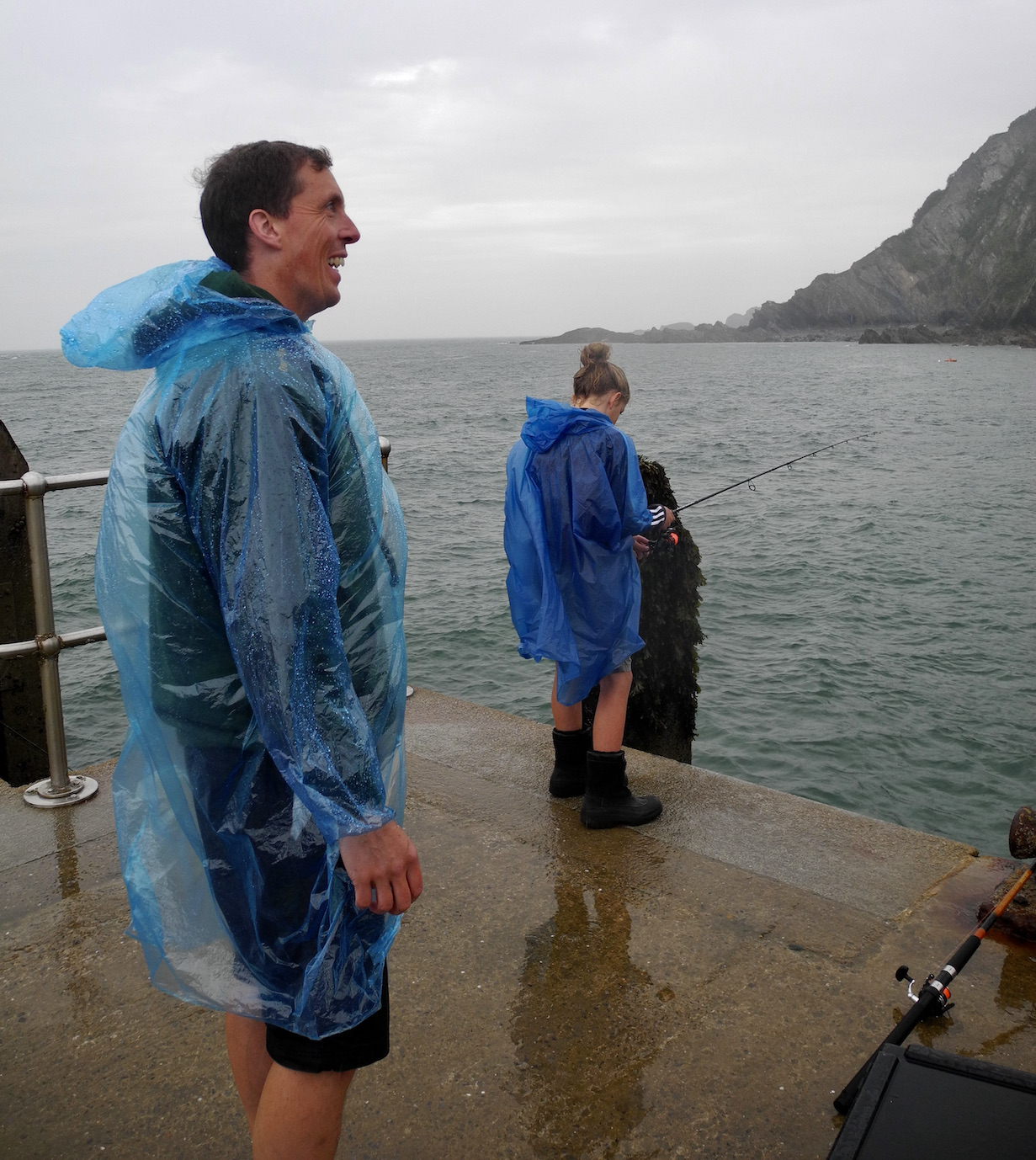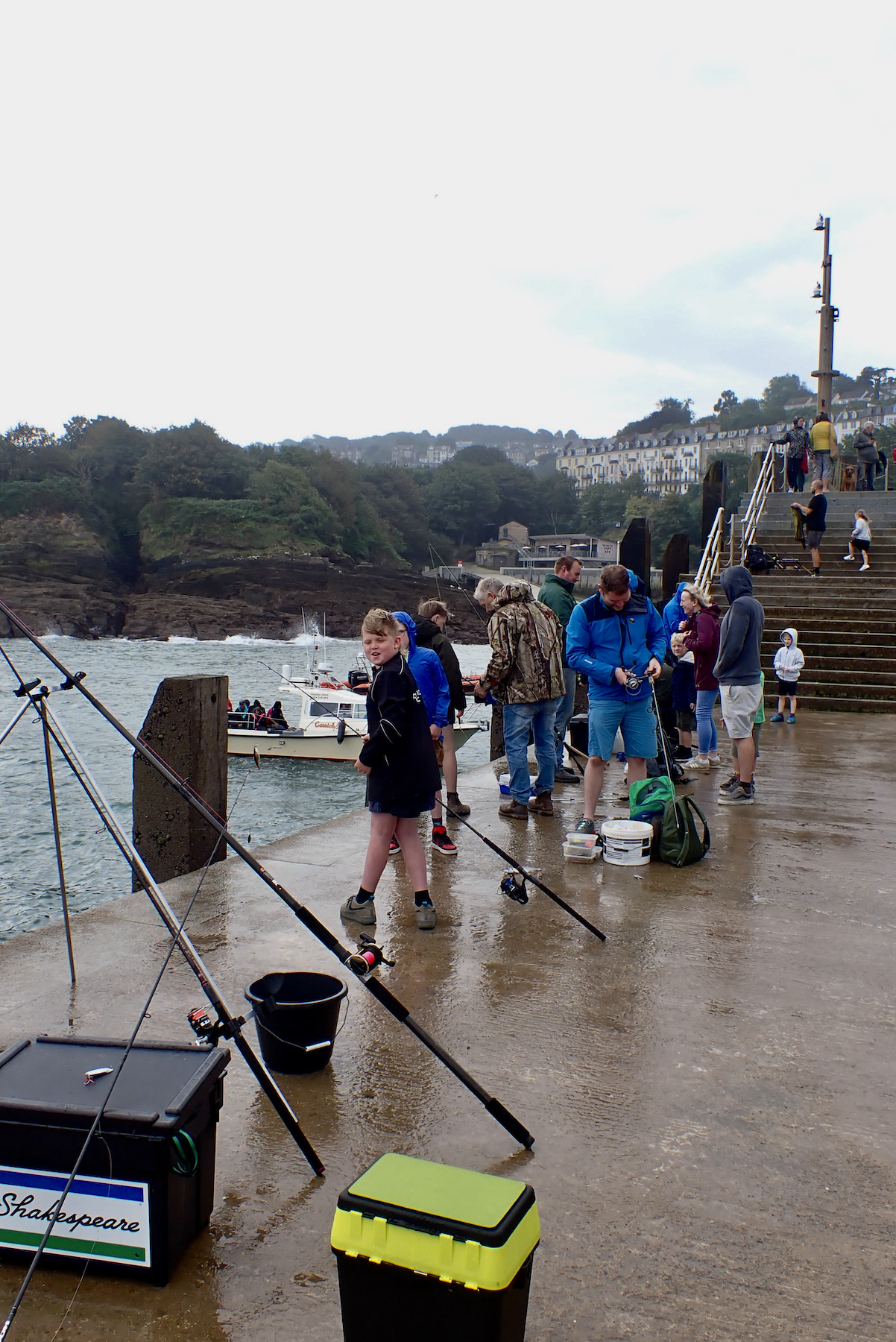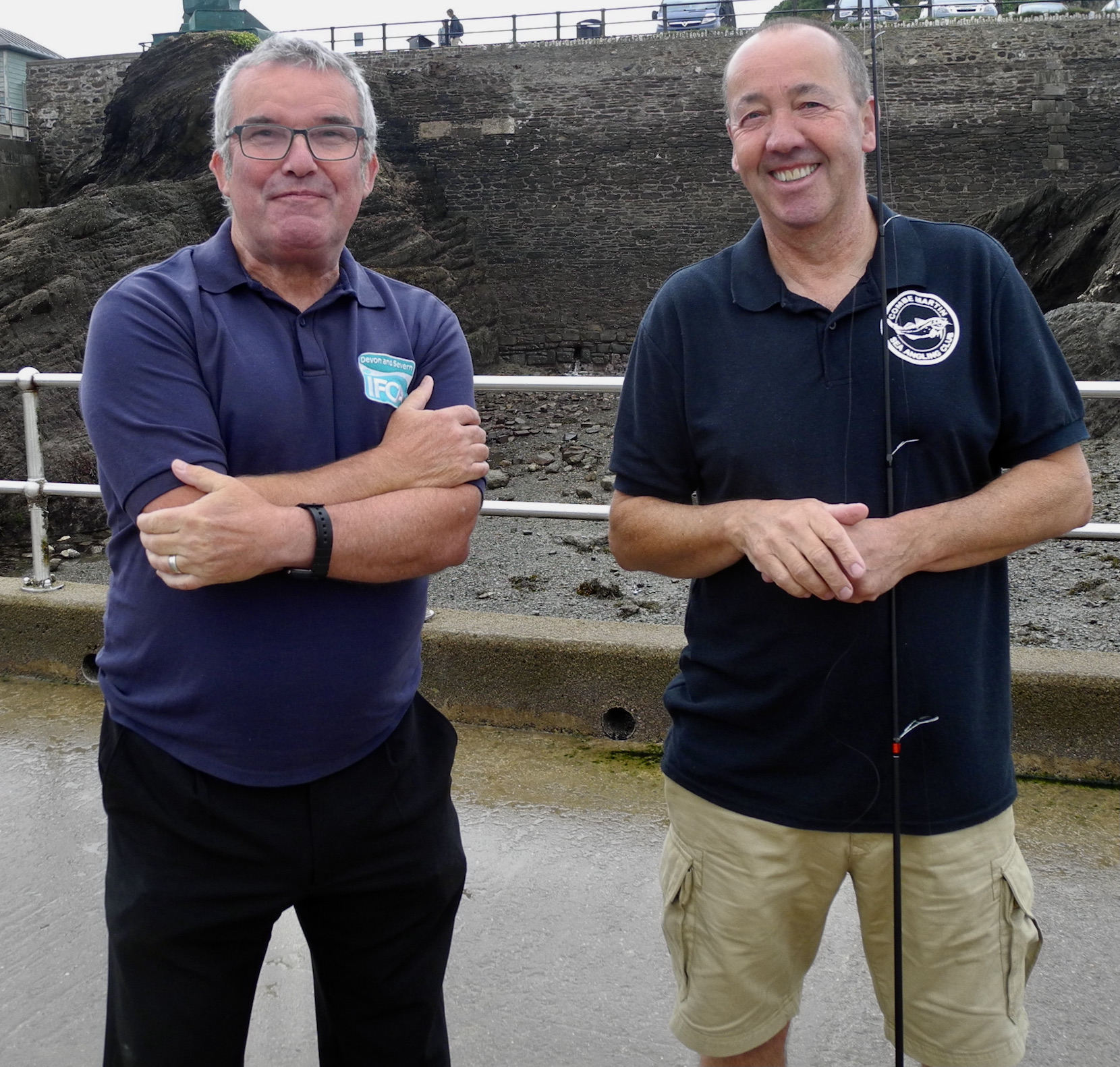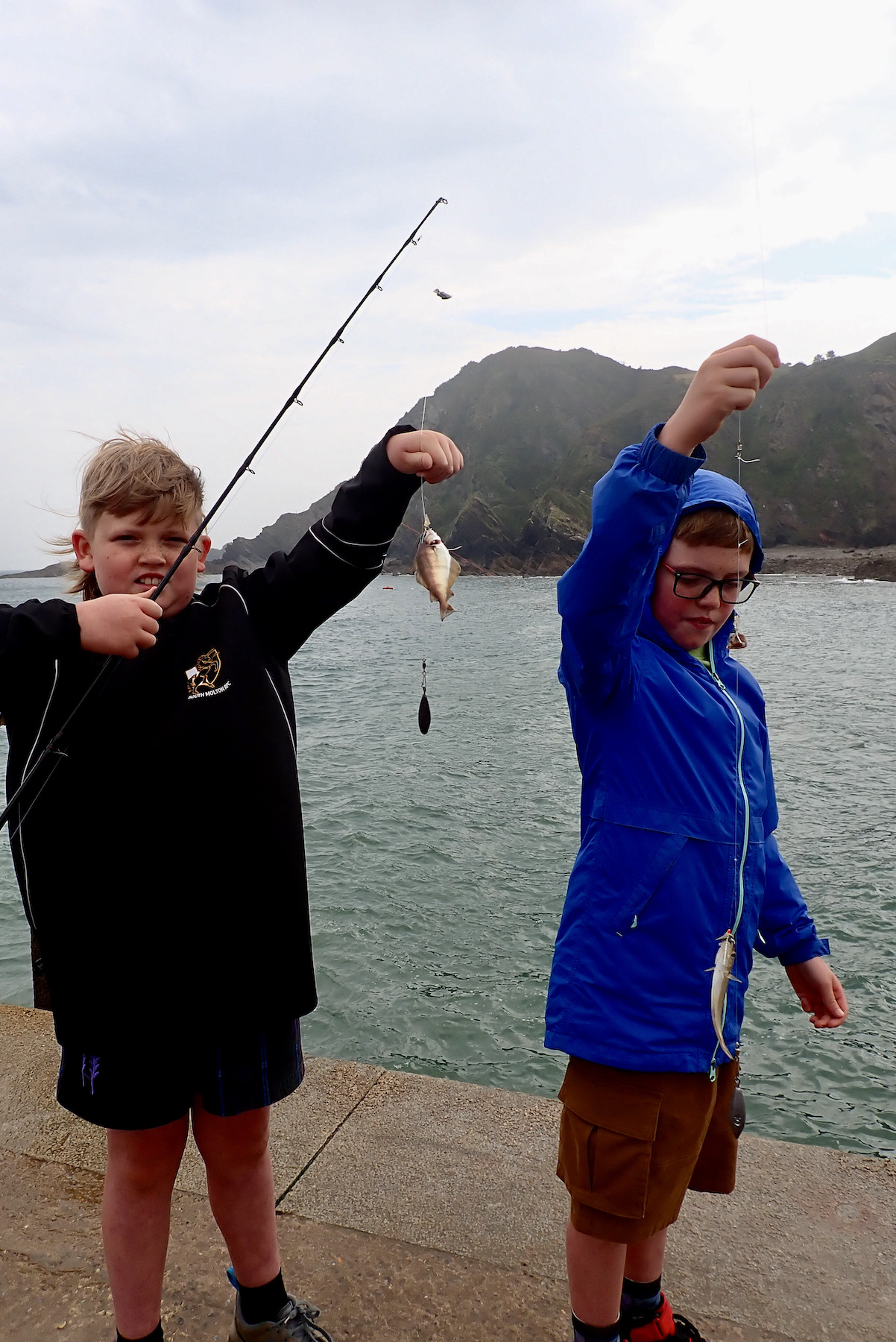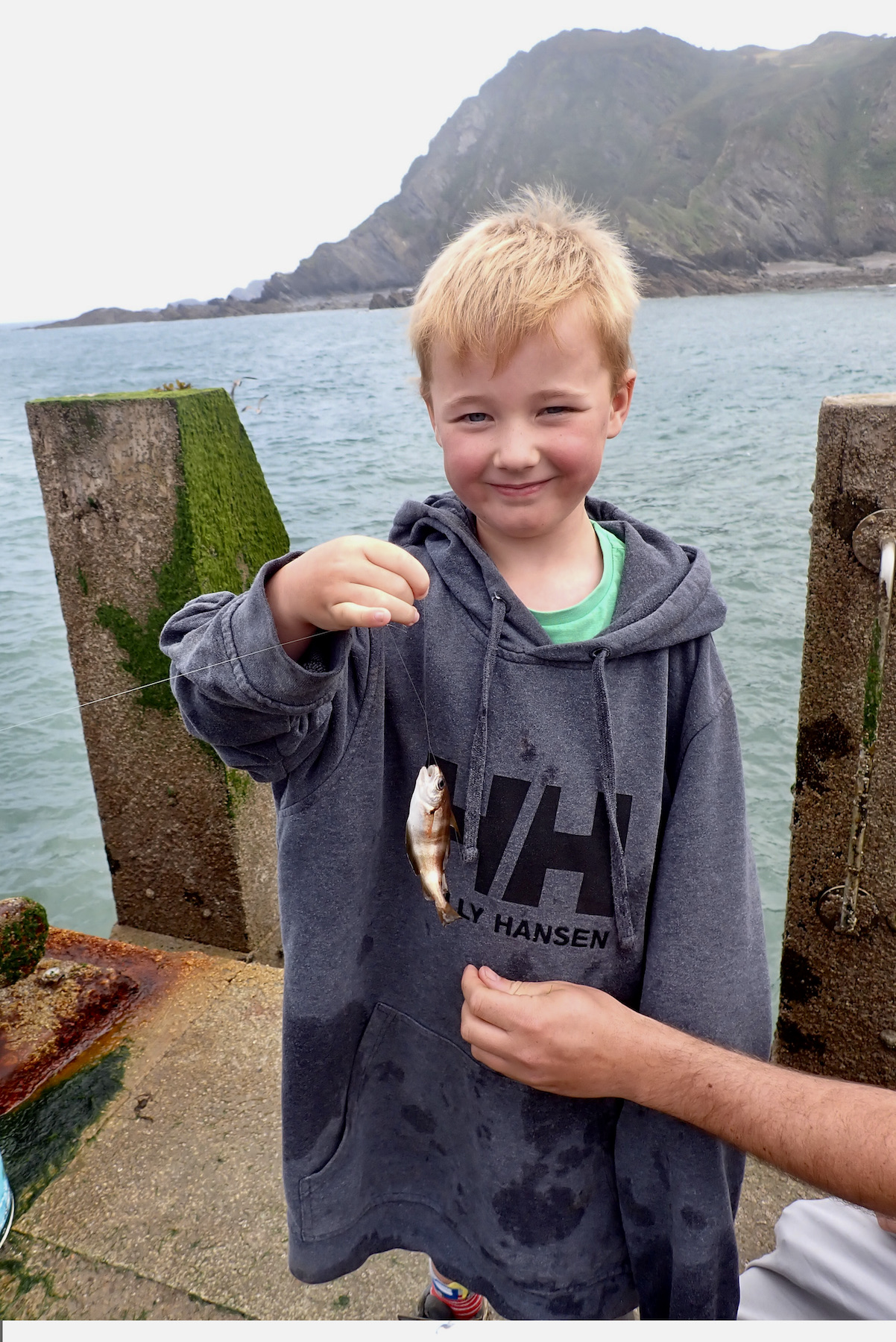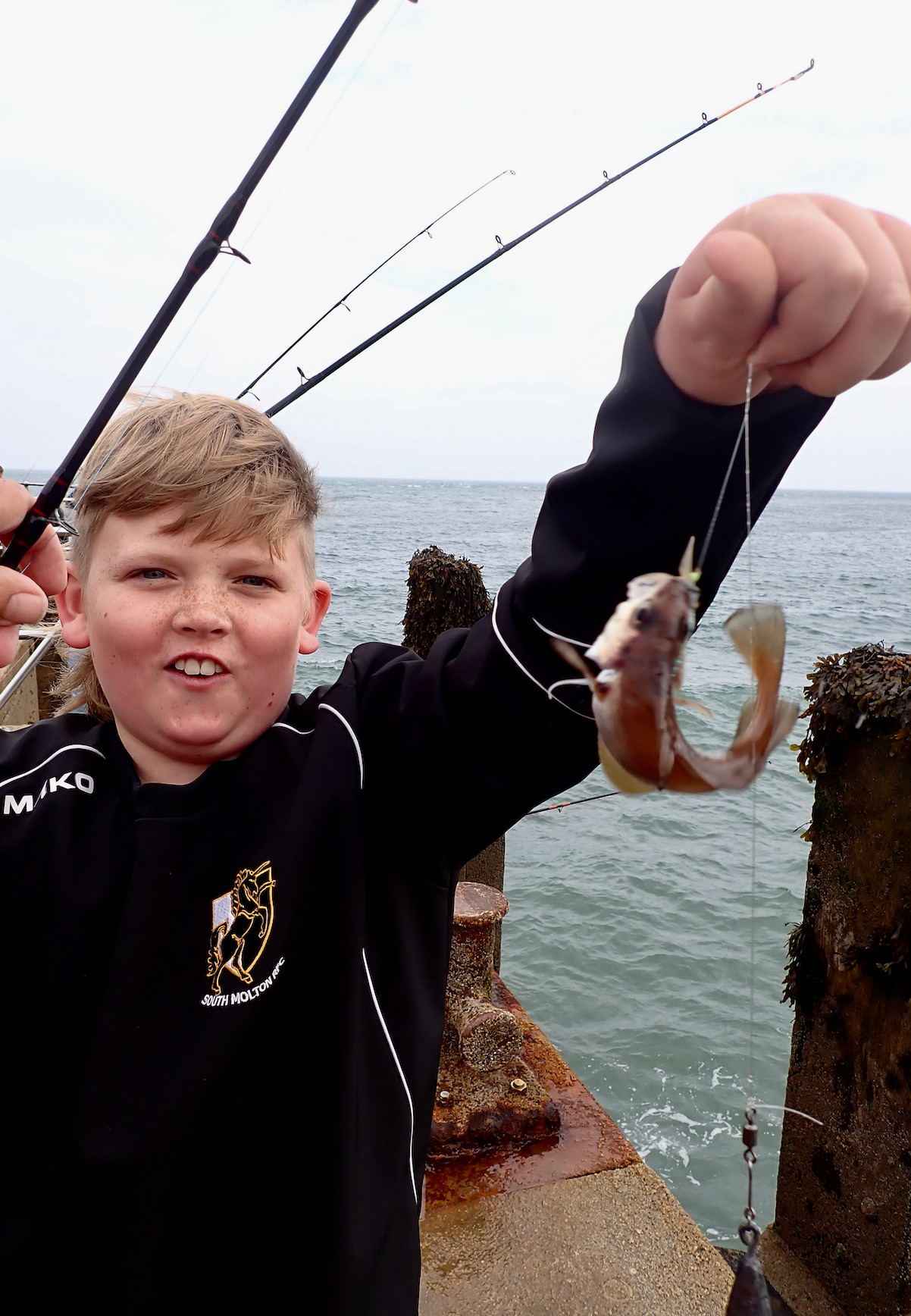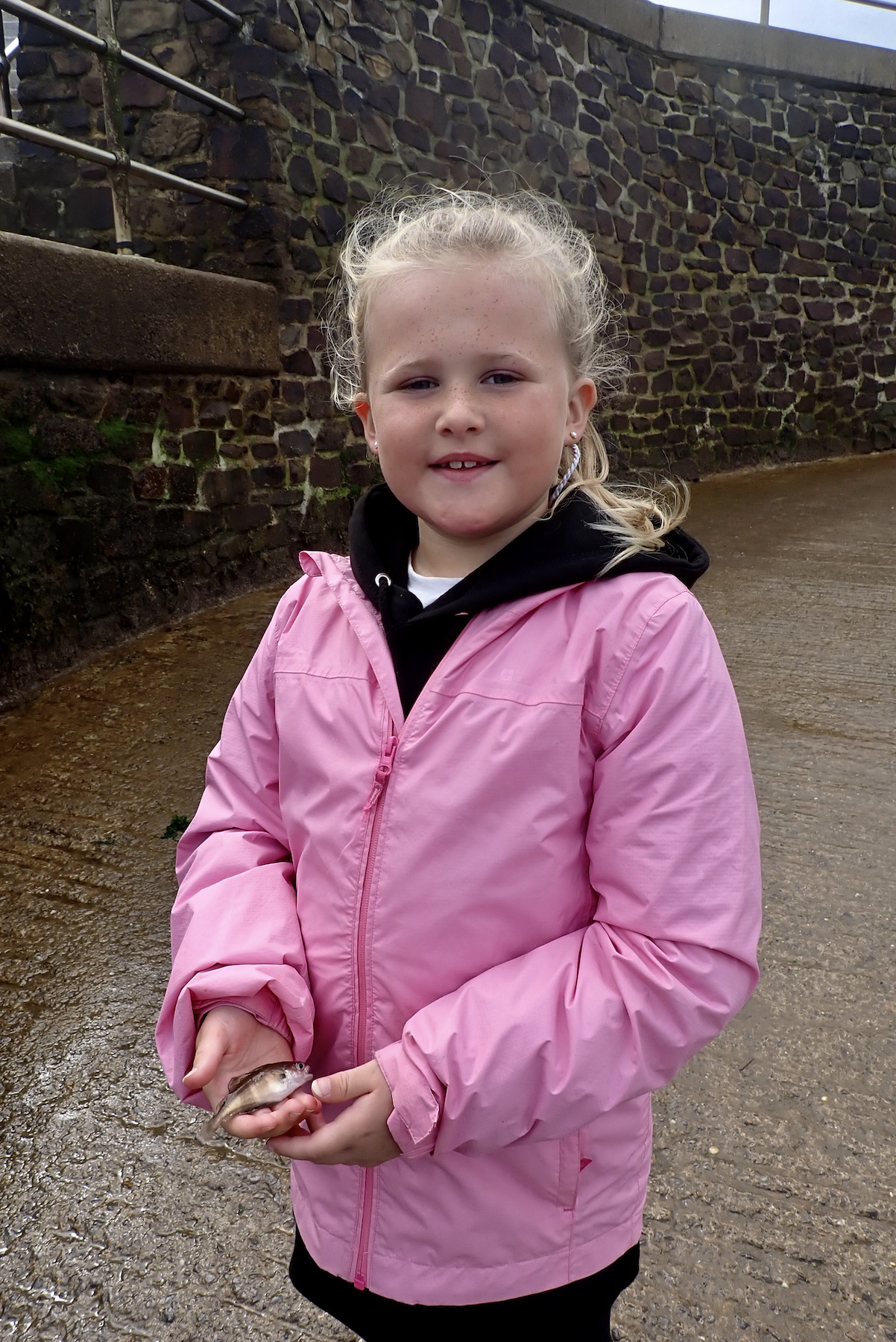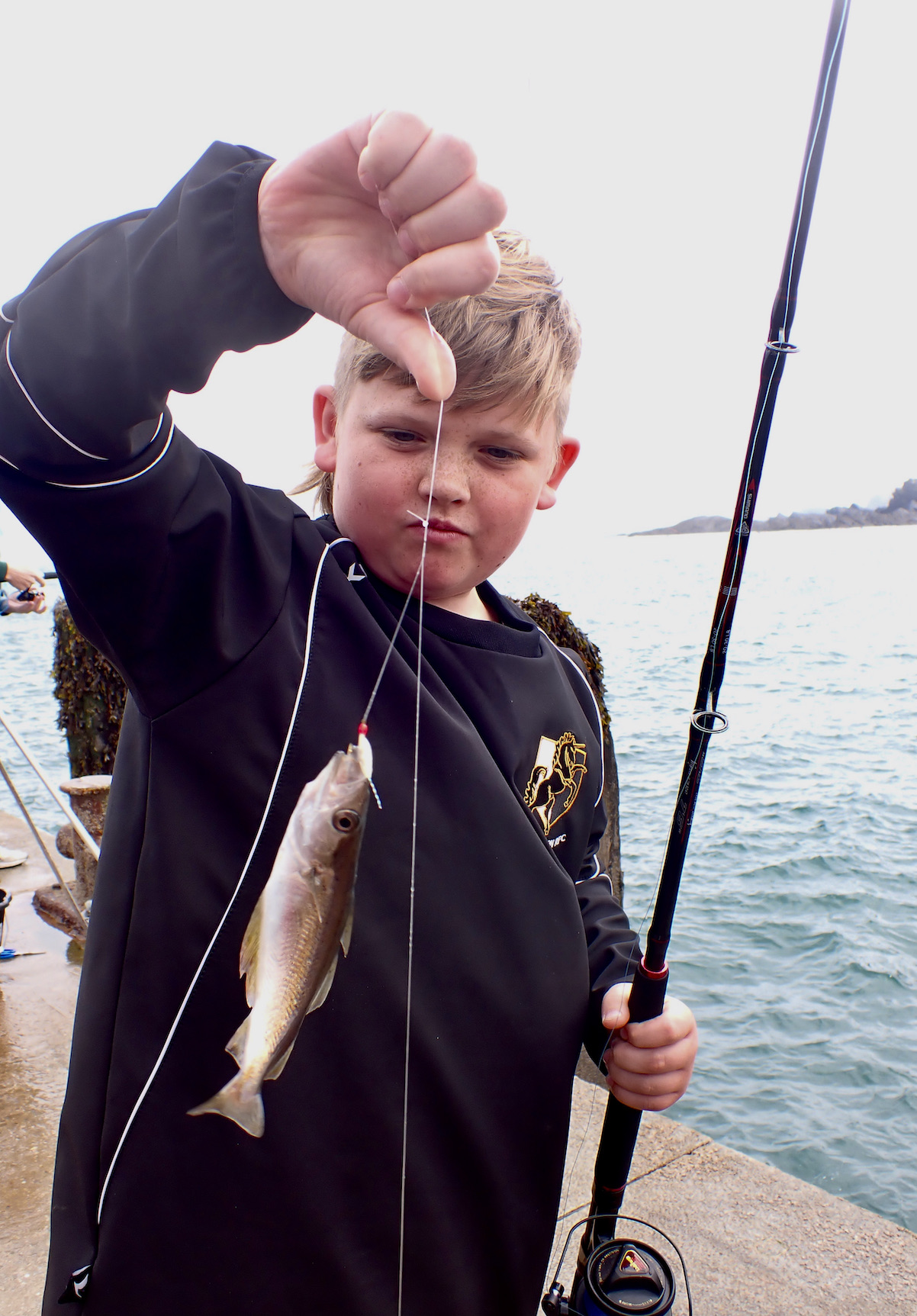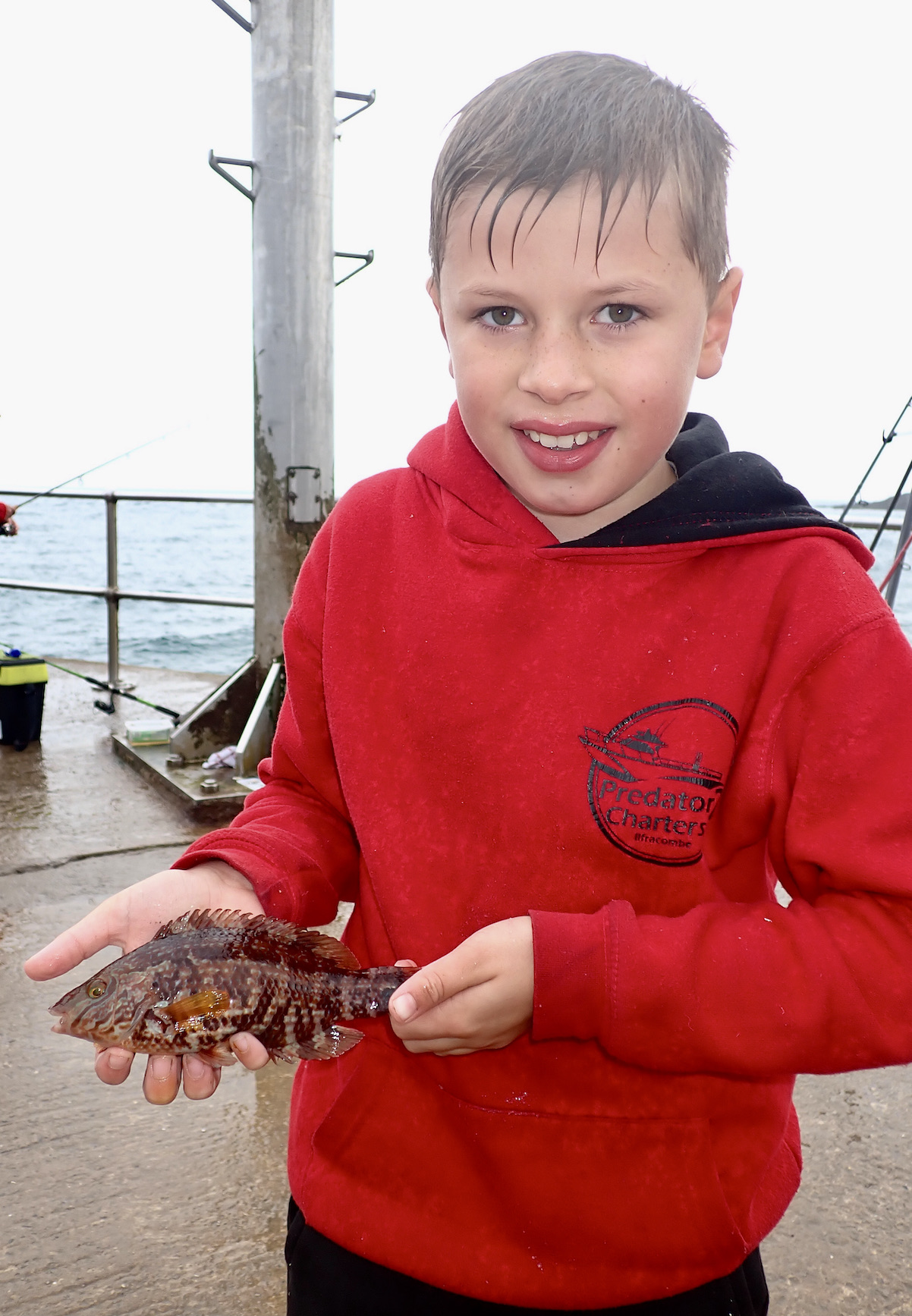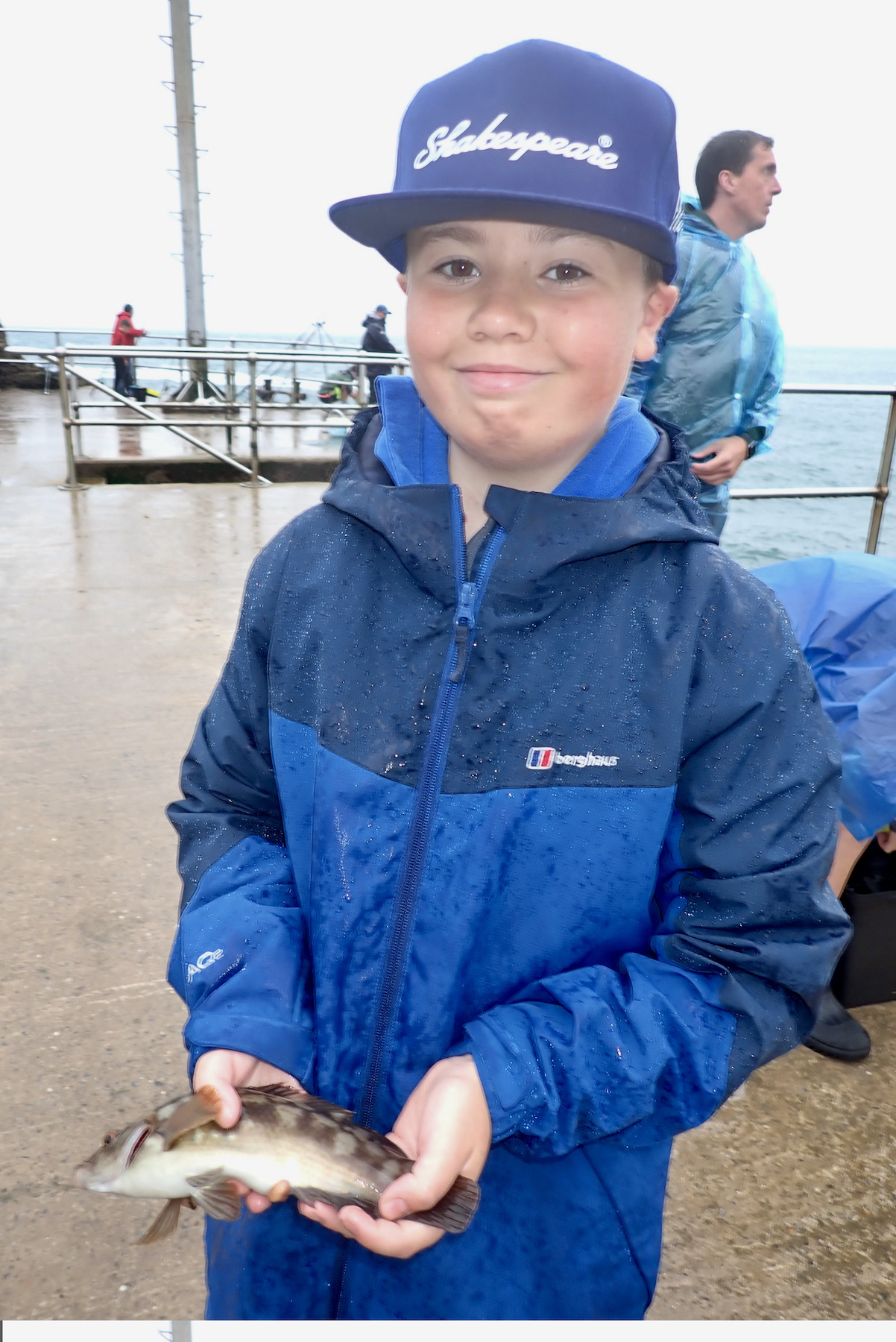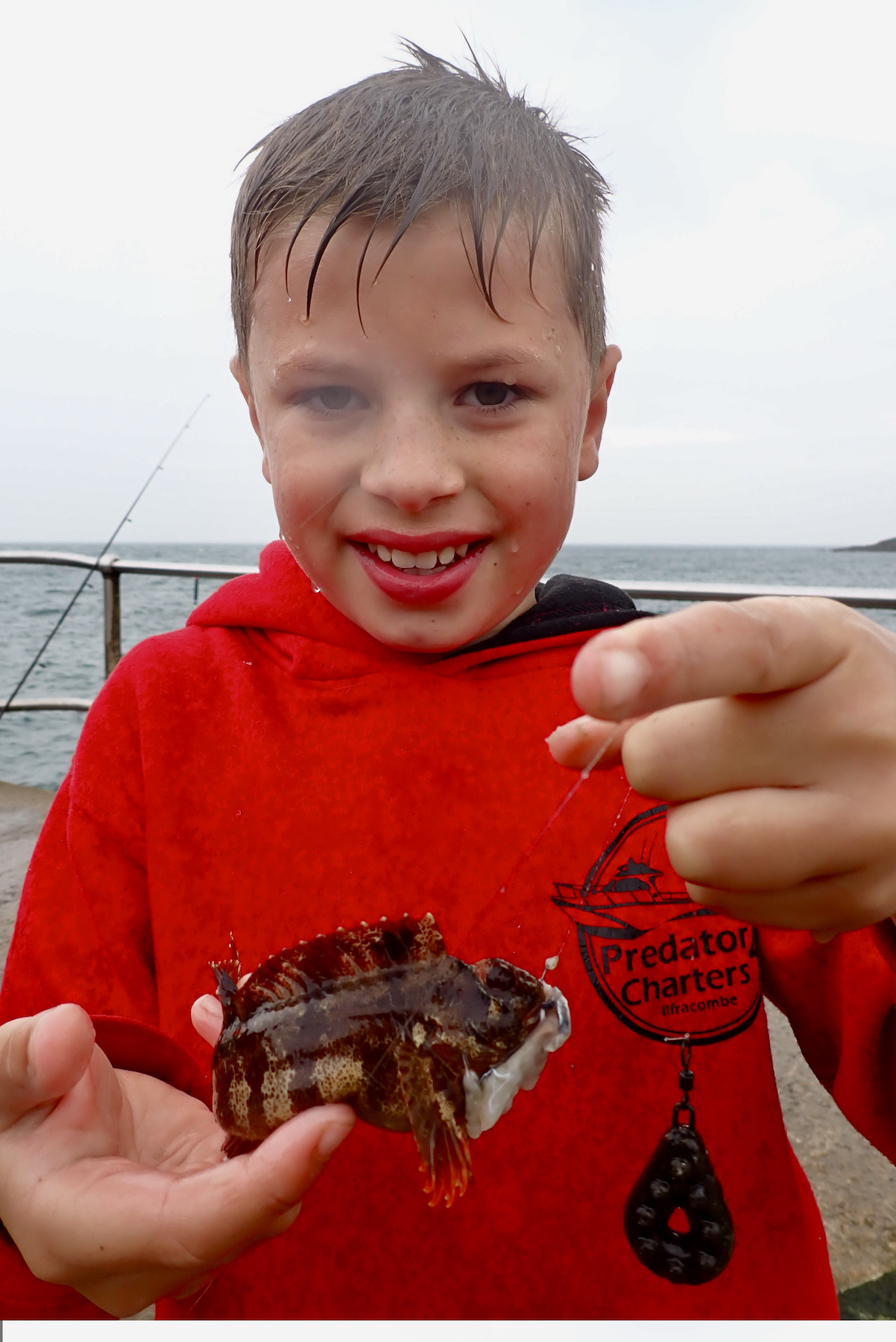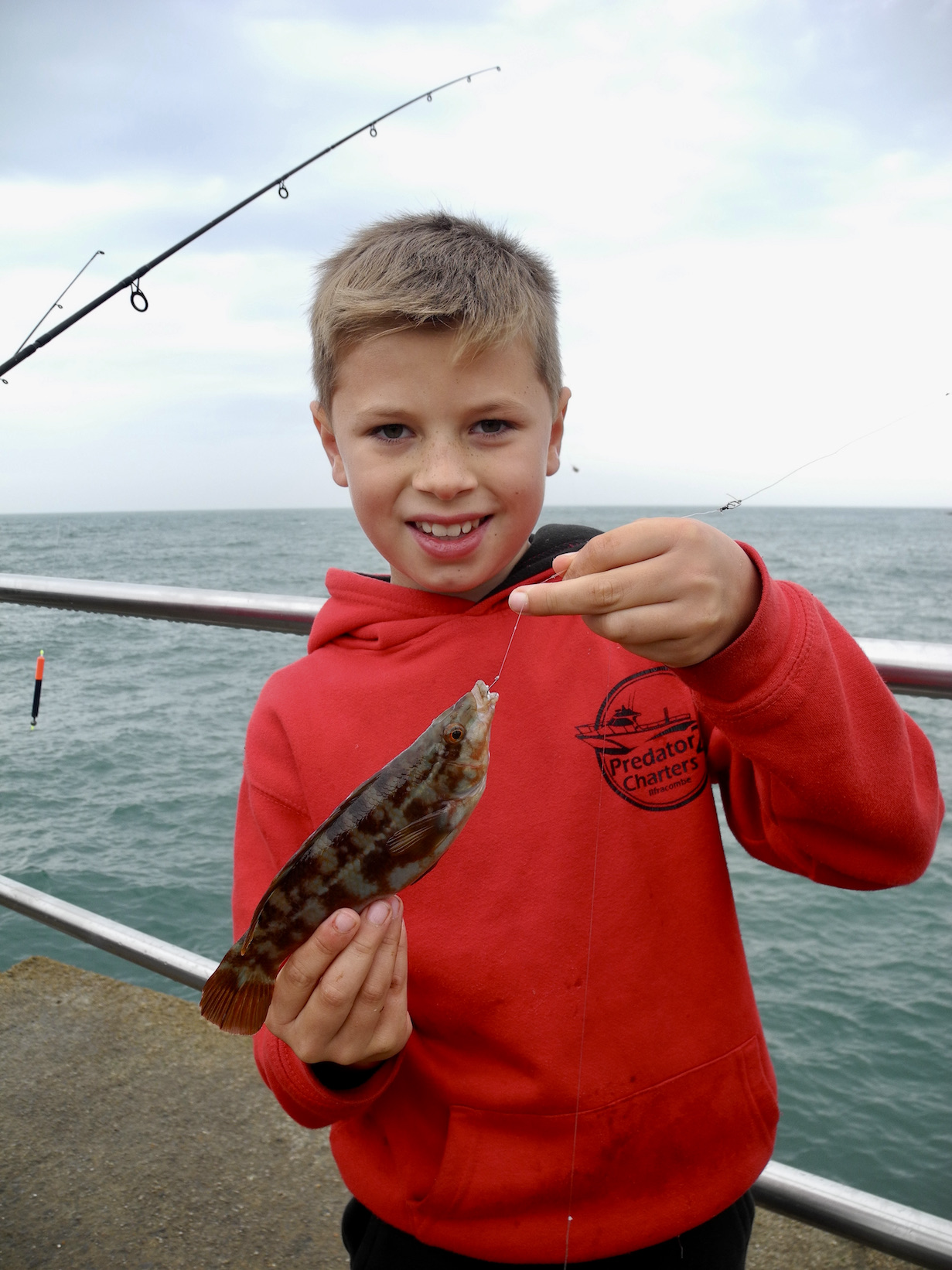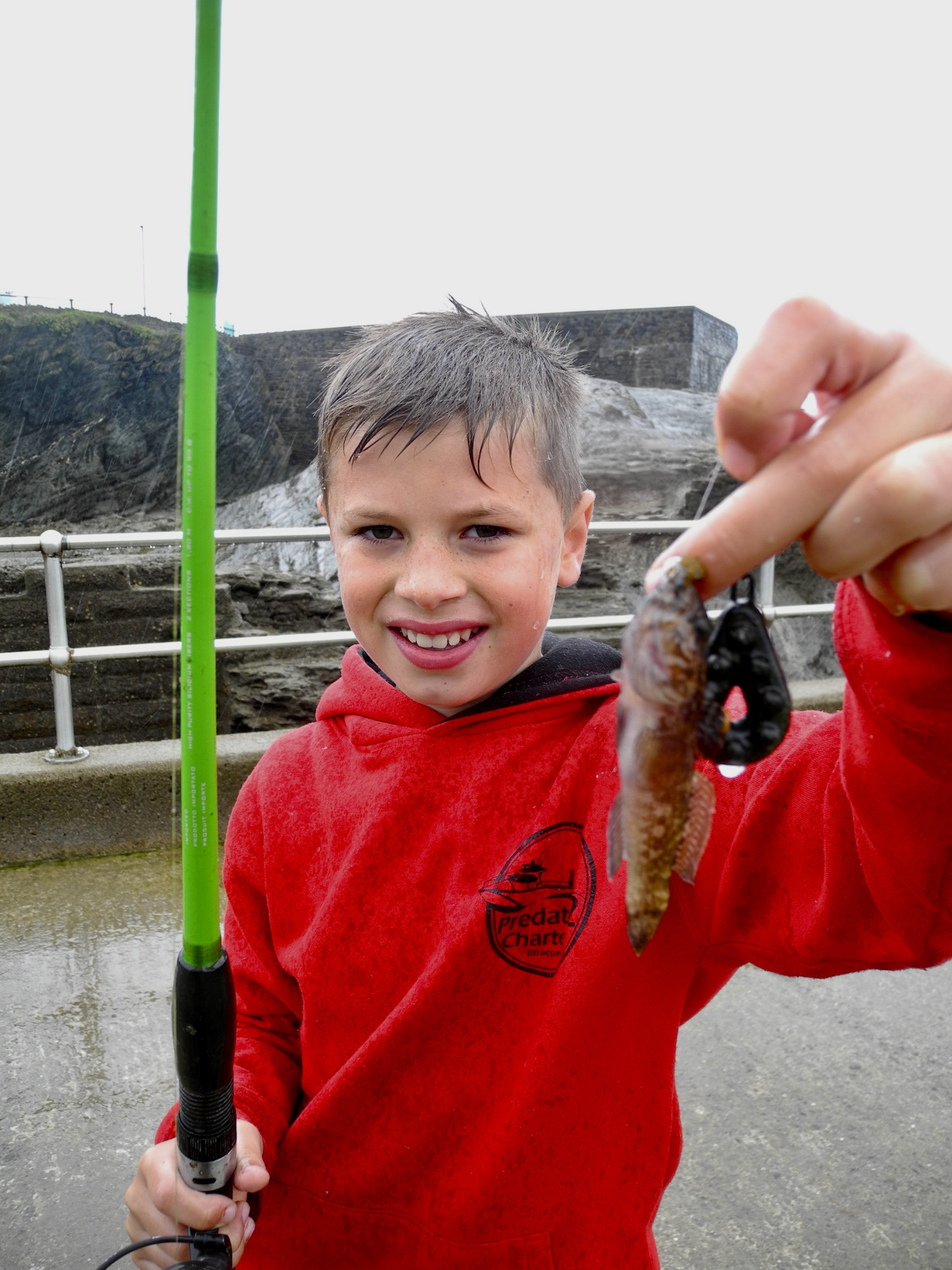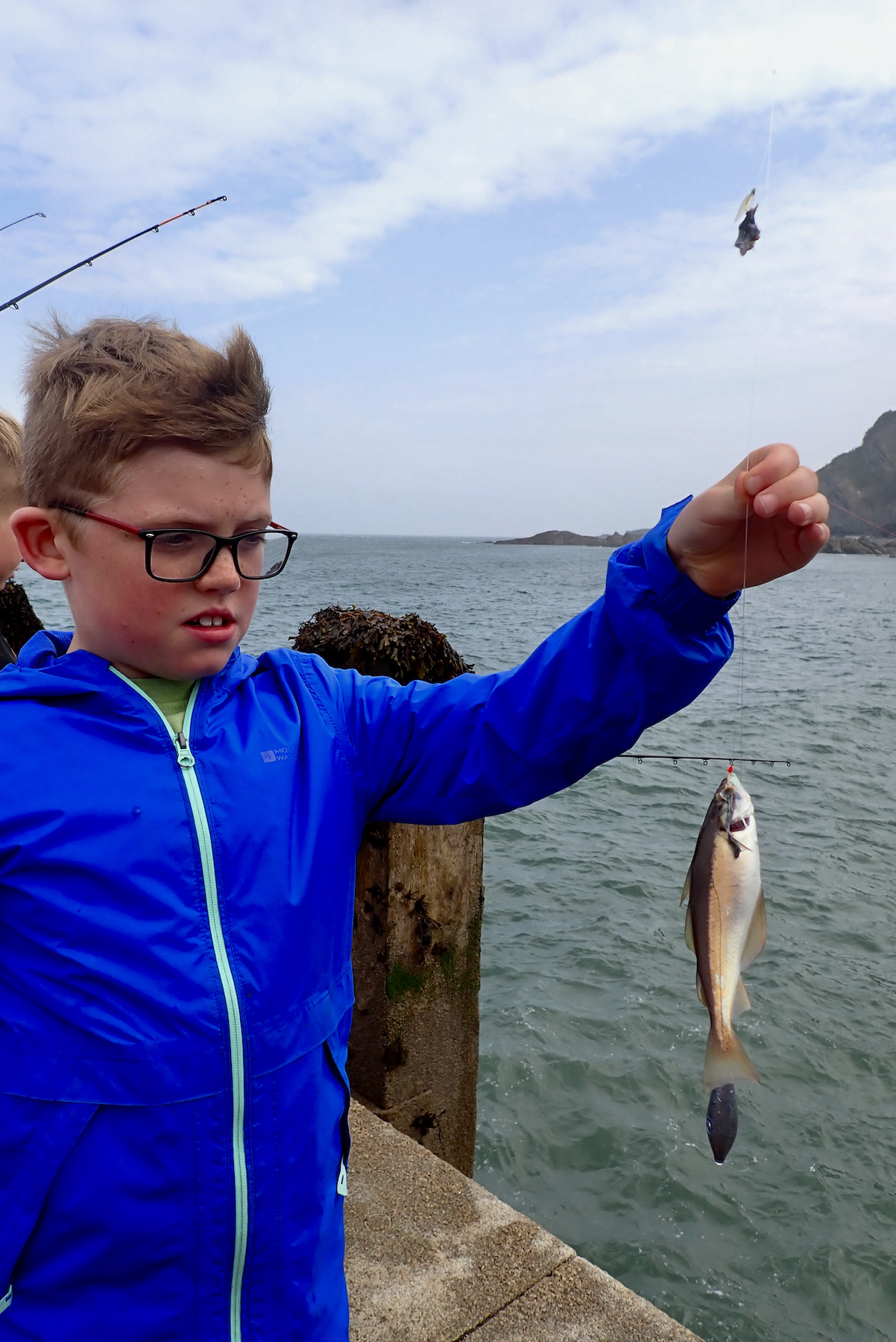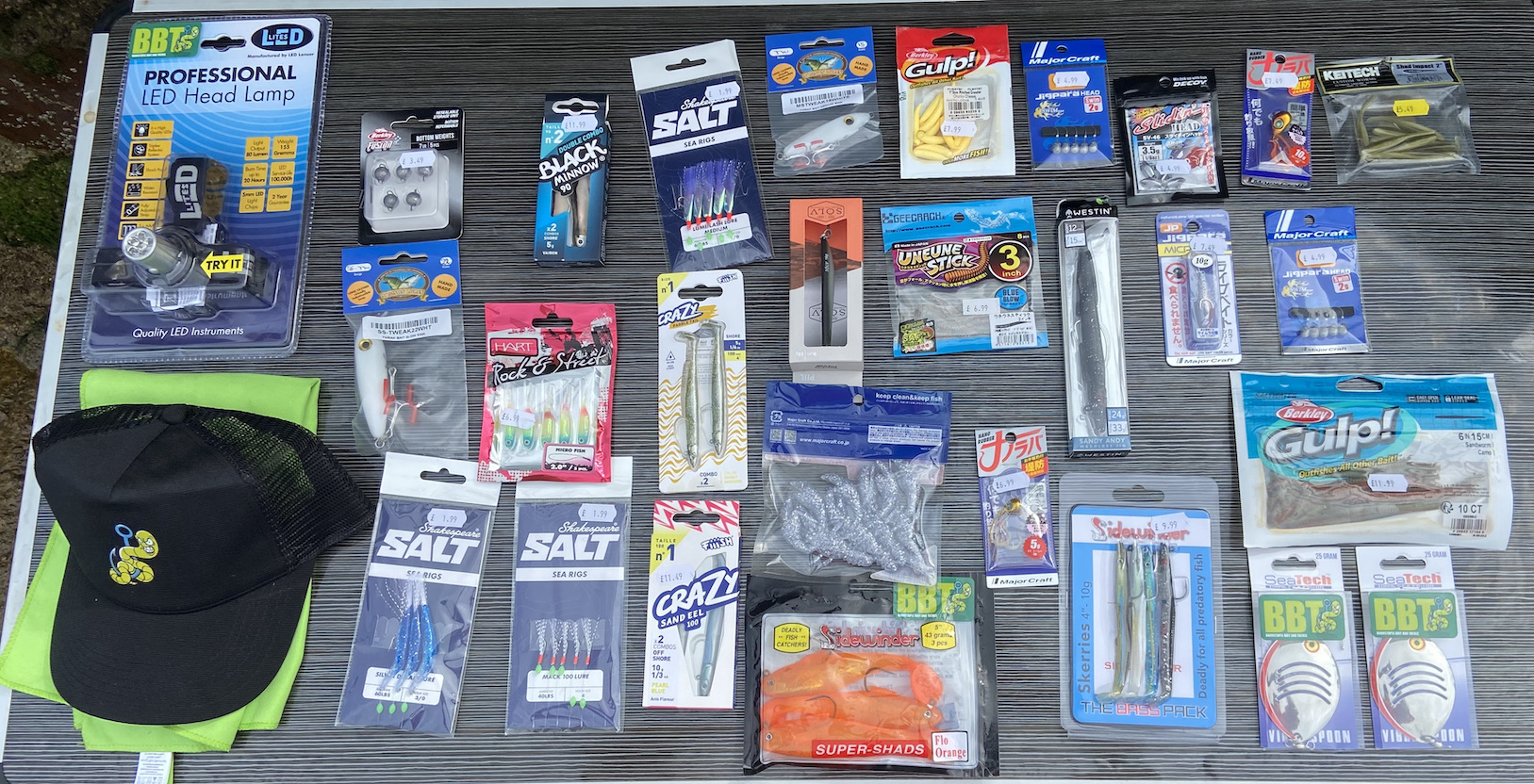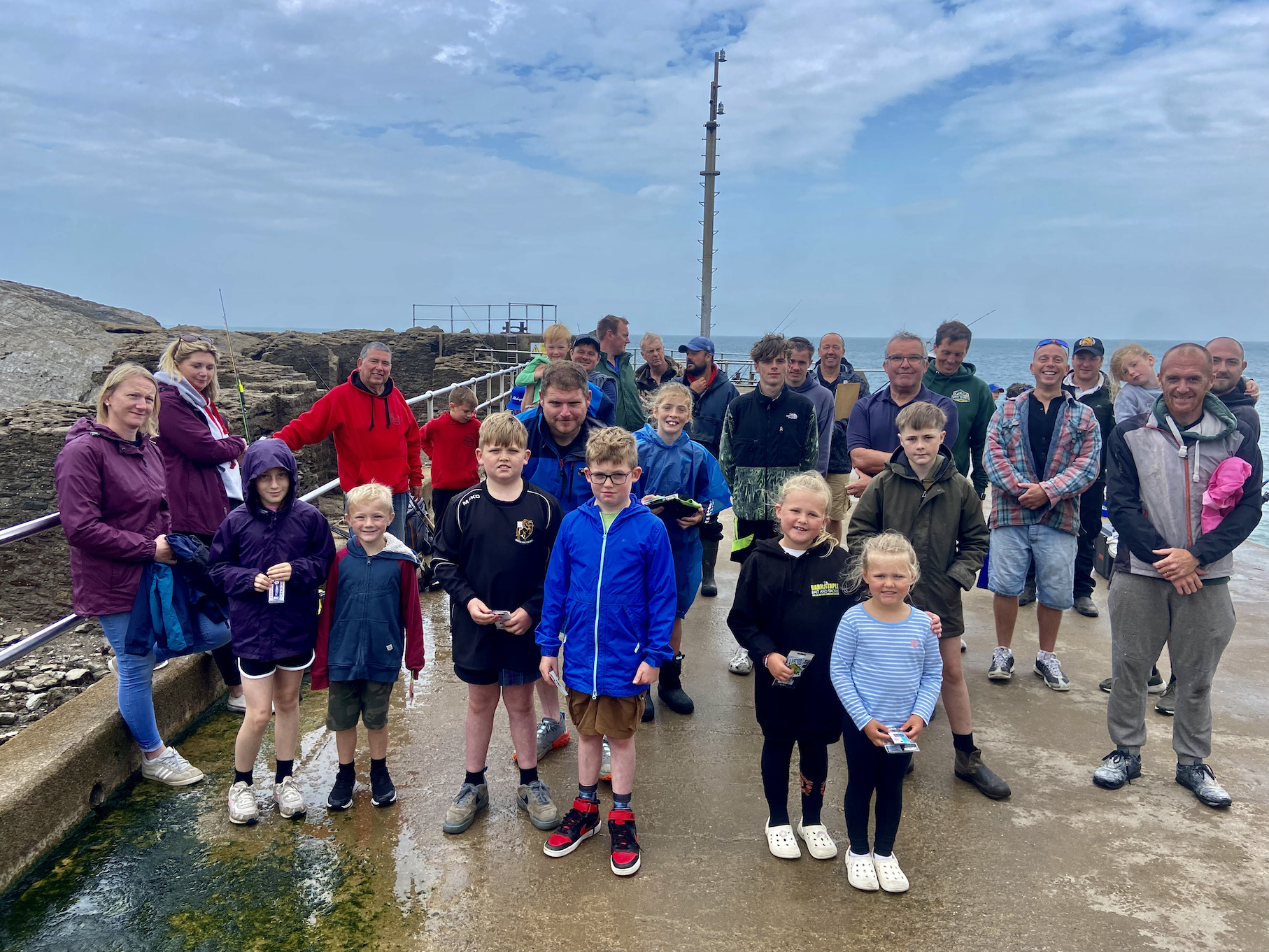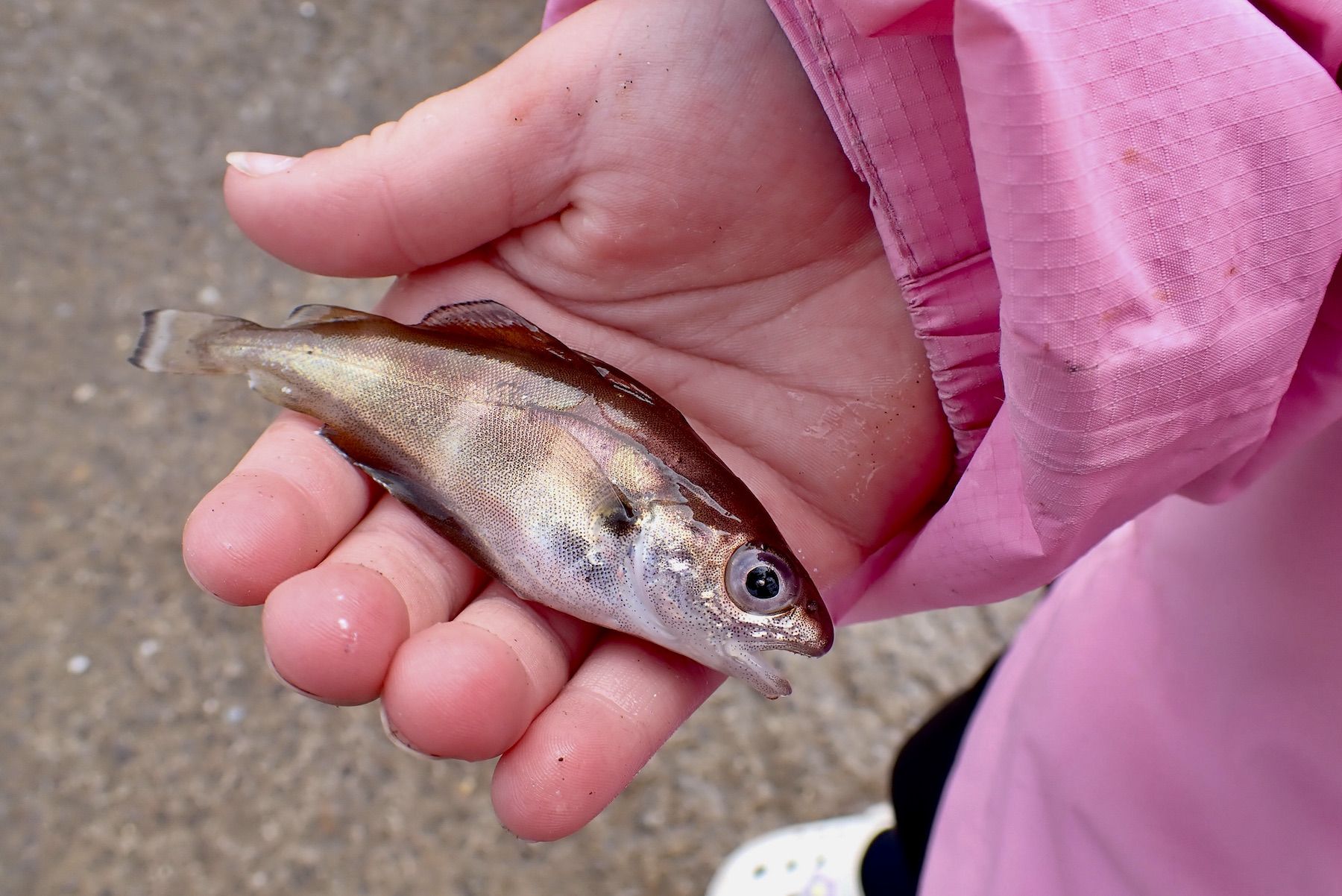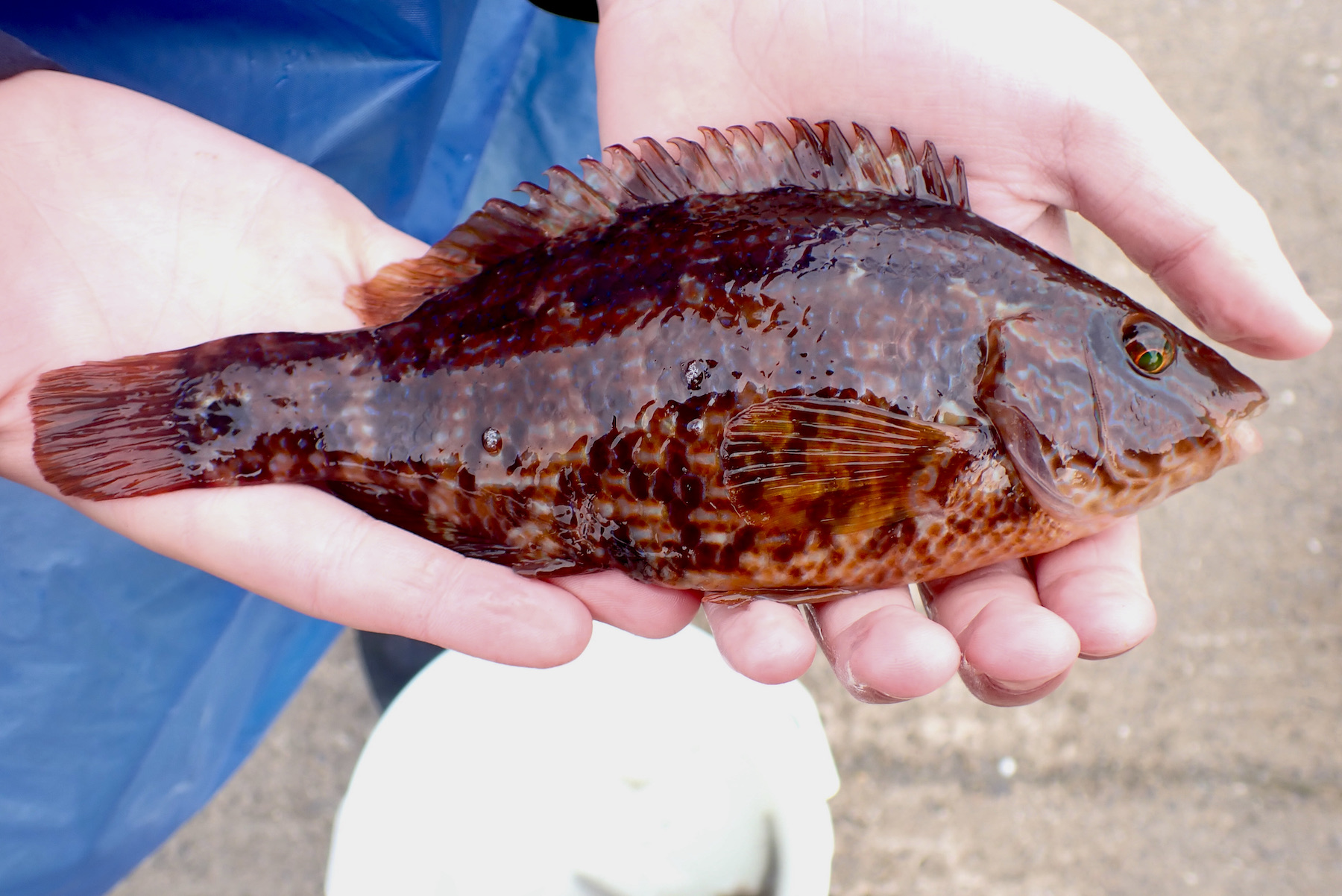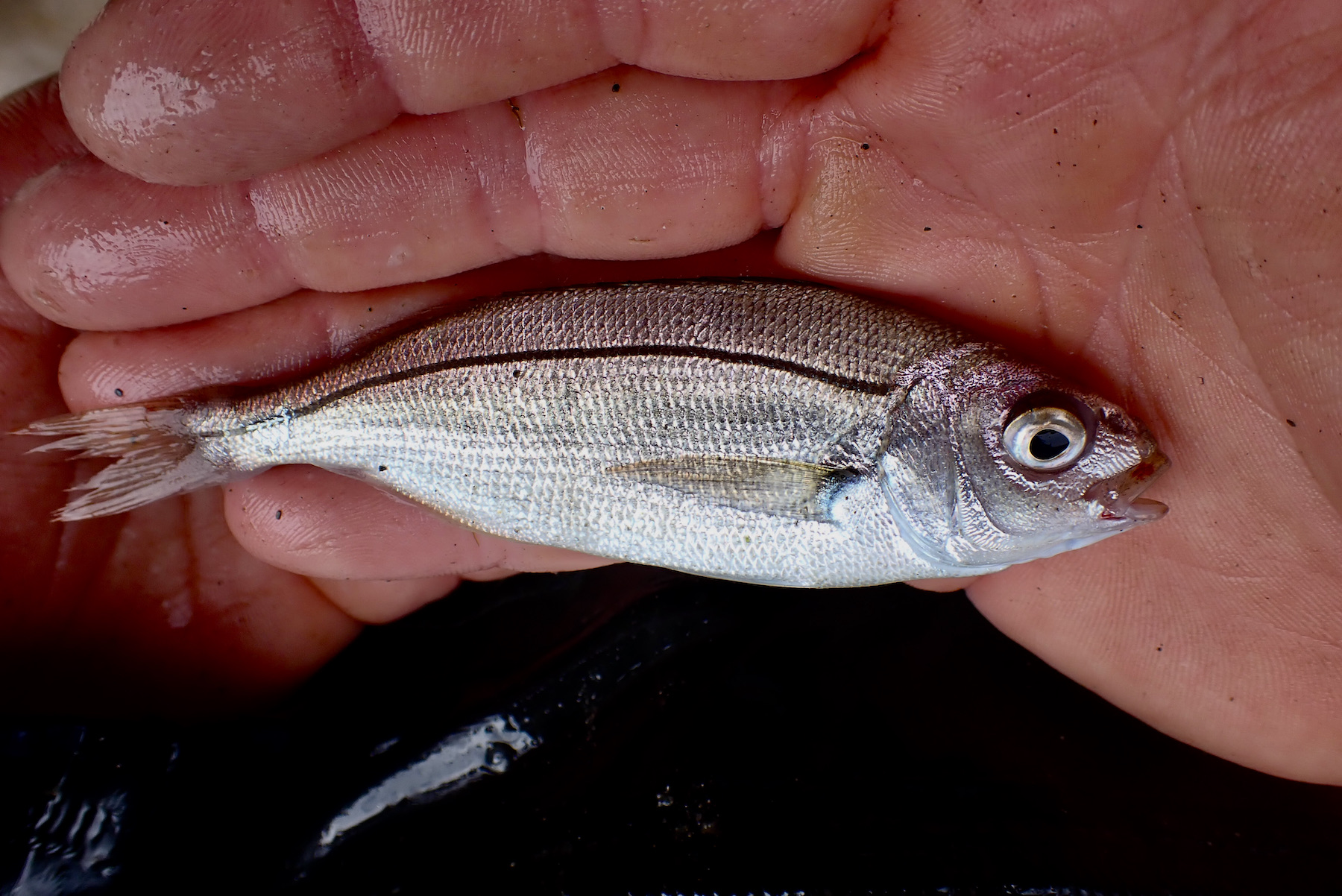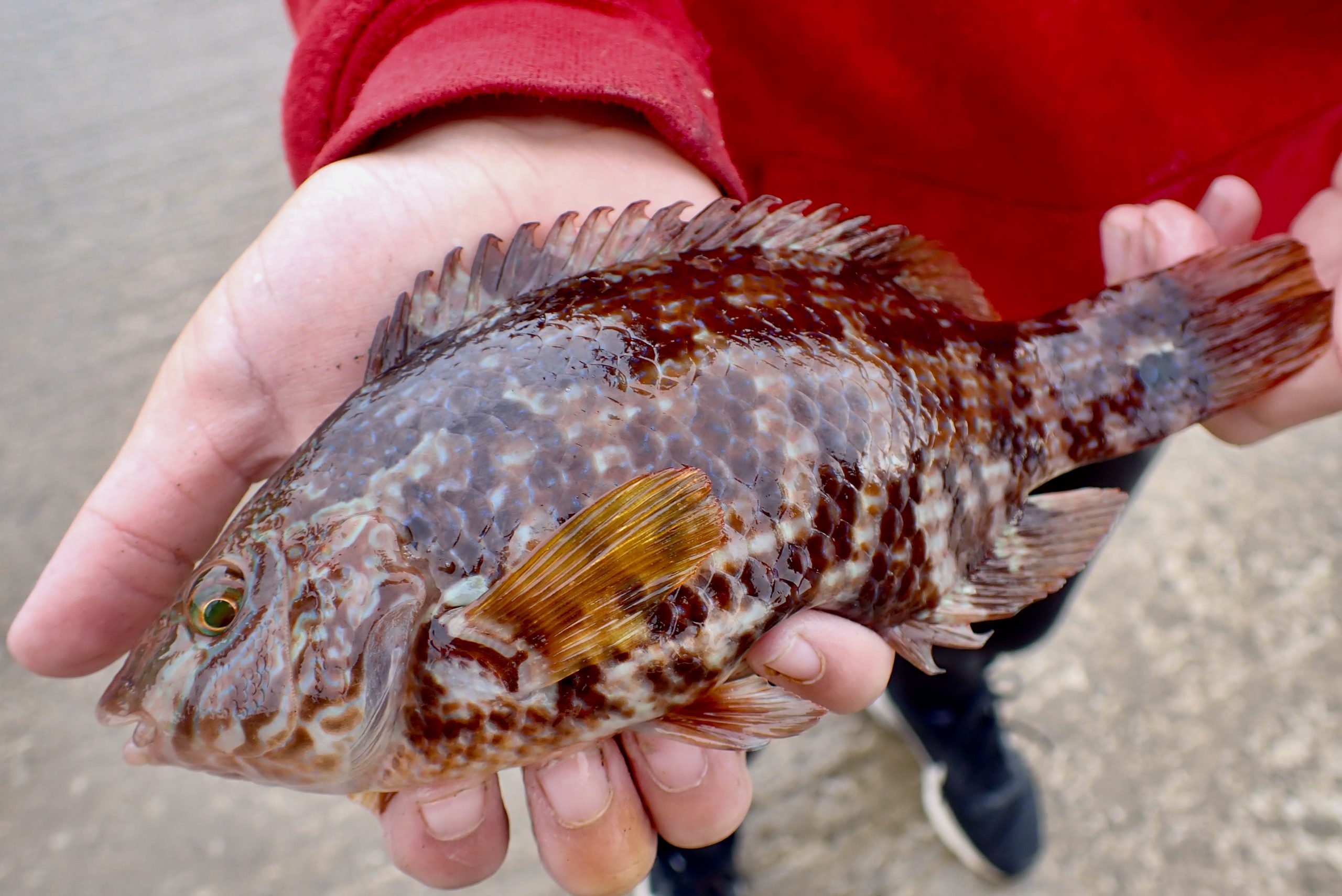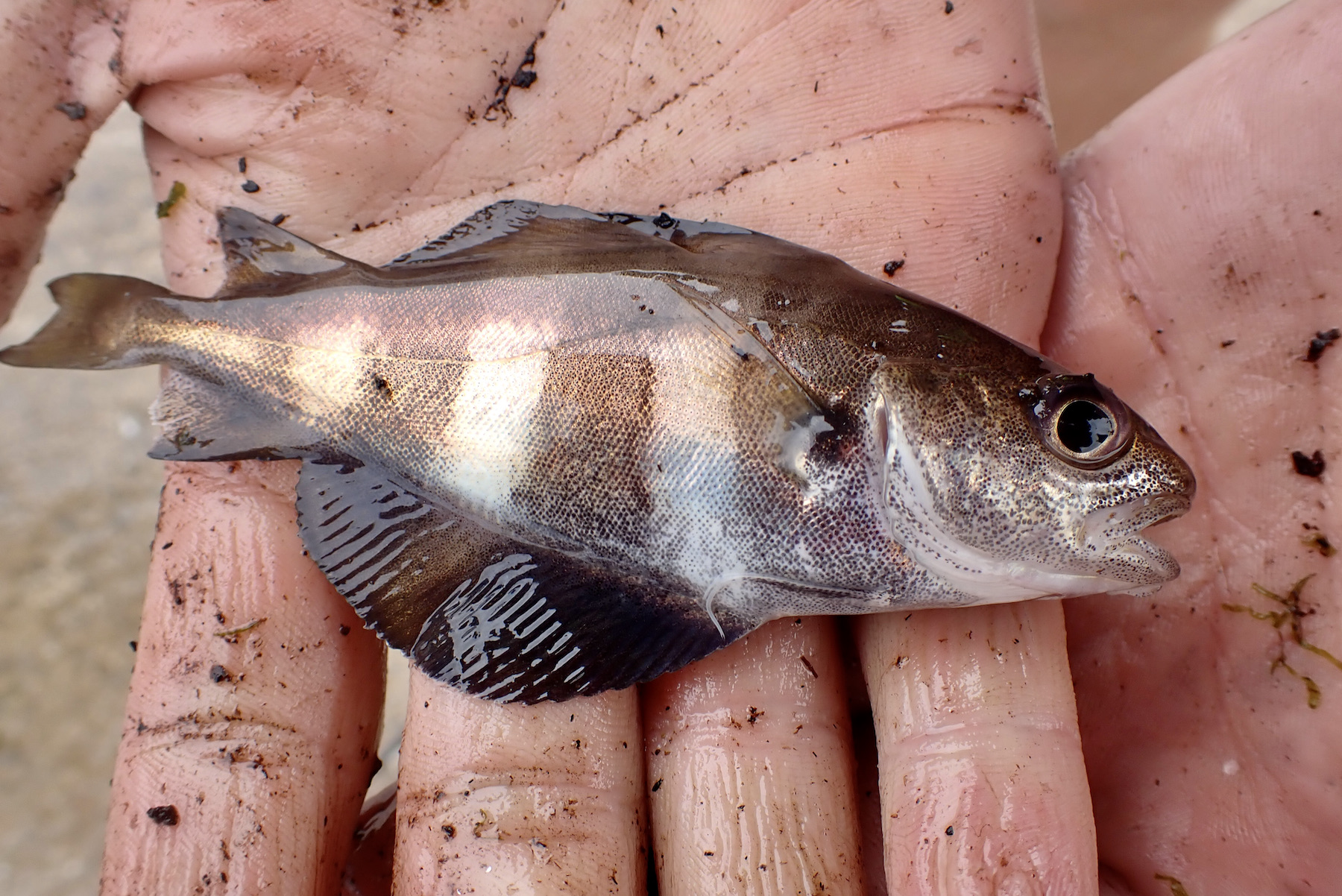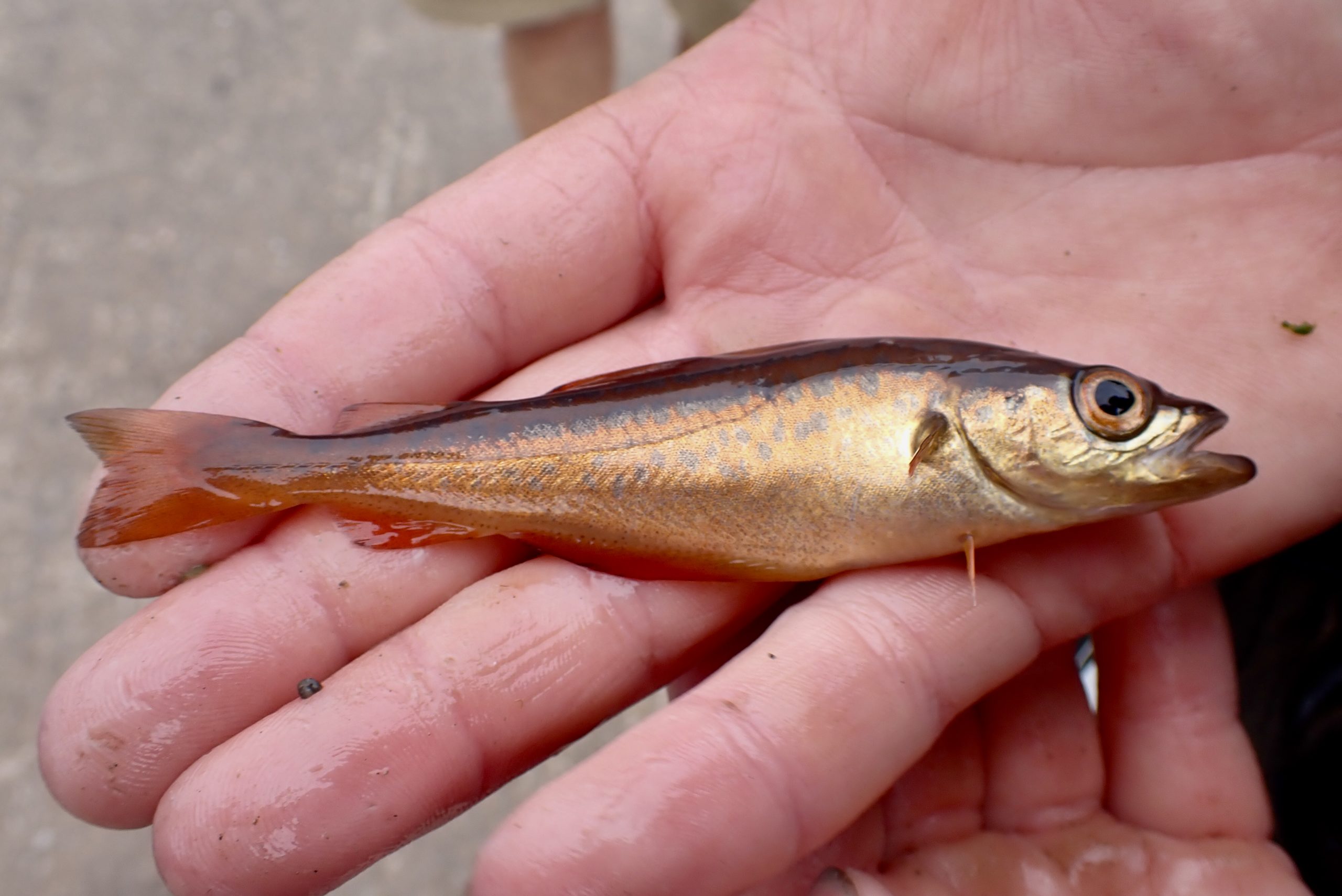Many thanks to Richard Wilson for sharing his thoughts on Lymes Disease with North Devon Angling News. Ticks are ever more common across North Devon and Exmoor and it is wise to check fior them after any visit to the countryside. Removing the nasty little creatures early reduces the risk of Lymes disease.
Magic Pills and Clinical Clunkers

Are you familiar with the phrase a Doolally of Doctors? It’s a medical version of the Madness of Crowds, which is when a lot of people go collectively nuts. Like the dot.com stock bubble or a dangerous TikTok craze. OK, I just made it up, but it trips nicely off the tongue and is technically accurate.
For a great example of a Doolally of Doctors in action, look no further than Lyme Disease. It’s a textbook case.
Let me explain: Lyme, caught from ticks, is the fastest-spreading bug-borne disease in the northern hemisphere. Which is a big and scary thought. It’s also nasty, very hard to treat and ruins lives. And if you spend time outdoors in long grass or woodland margins it’s very easy to catch. It’s even spreading to suburban parks and gardens.
So what’s a Doolally of Doctors got to do with ticks? Well, as said, catching Lyme is very easy, but try getting a diagnosis. Or treatment. And especially treatment that works.
For example: Hollywood actor and musician Kris Kristofferson had a physically debilitating disease that for 14 years, and maybe a lot more, ruined his life. It even moved into his brain, resulting in a diagnosis of Alzheimer’s.
He had muscle spasms, heart arrhythmia that needed a pacemaker, sleep apnea, fierce joint pains and pretty much the full gamut of symptoms that most of us with Lyme Disease would recognise as potential runaway Lyme; but a Doolally of Doctors didn’t. They opted for more familiar diagnoses, all of which failed to deliver a cure and, to repeat myself, this went on for at least 14 years. He also picked up diagnoses of several Syndromes, such as Fibromyalgia (beware doctors diagnosing a ‘syndrome’, it’s a weasel word).
This continued until a new doctor tested for Lyme and it turned out, as I’m sure you’ve guessed, that Kristofferson had Lyme, which then responded to antibiotics (Alzheimer’s doesn’t). And because the longer treatment is delayed the harder Lyme is to cure, I expect his road to recovery is tough.
I have some sympathy with the first stages of misdiagnosis. Lyme shares symptoms with many diseases and it’s human nature for a Dr to reach for something familiar and treat that. And it’s not easy to confirm Lyme. If you get a blood test then about 15-25% can be false positive or false negative. Worse, the tests detect antibodies and once you’ve had the disease you have the antibodies for life. So you’ll always test positive, except when you test negative even if you have had, or still have Lyme. Confusing, isn’t it?
Next is something that’s very hard for us non-medical folk to grasp. The antibiotic treatment used by doctors always works. Always. Different countries have widely different drug regimes & doses, but they all work. 100%. You think they’re joking? No, they’re not. Lyme is a disease the experts have got nailed. Or so they say. And this is where the Doolally starts to part company with reality.
The first problem is that maybe 20-25% of Lyme patients report the same or worsening symptoms after treatment. In a Swedish study, 19% were still on sick leave or incapacitated 5 years after taking the approved antibiotics. No wonder so many people think their recurrent Lyme symptoms mean the treatment has failed. A lot of sick people think the experts have got it wrong.
This is heresy. The Doolally forcefully rejects such foolishness and explains that all these patients are suffering long-term damage caused by the original infection, now cured (by them). The pills always work.
Next, hands up everybody with Lyme symptoms who was tested for the co-infections ticks carry? Almost nobody? That sounds about right. A US survey of over 3,000 patients with long-term Lyme found that over 50% had co-infections, with 30% reporting two or more. The most common include Babesia, Bartonella, Ehrlichia, Mycoplasma, Anaplasma, and Tularemia. All are unpleasant, some are more globalist than others and many don’t respond to the antibiotics used against Lyme. A UK survey found 95% of 500 patients had co-infections.
So somewhere between the misdiagnoses, miracle pills and co-infections, it’s no surprise that the ne’re-get-well Lyme patients are everywhere. In fact they’re so common that the Doolally has a name just for those they’ve treated: Post Treatment Lyme Disease Syndrome (PTLDS). And there’s that snitty little word ‘syndrome’ again. PTLDS means people they’ve cured but who ungratefully still claim to be sick.
So what is this Frankenstein confection, this “disease-syndrome” endorsed by some of the top research institutions around the world? Broadly speaking the two words are a mismatch. Diseases usually have known treatments. A Syndrome might be real and treatable, but is often doctor-speak for a patient who’s a bit wrong in the head. Some patients are just weird. Sigh!
As an aside, I’ve never heard of anyone with Malaria Disease Syndrome. Why? Hold that thought.
It’s important to remember that a Doolally of Doctors is never wrong (it’s group-think): They know that real people have real diseases that real doctors treat. Everything else, including many syndromes, is woo or psychiatry or weird. And that’s really strange because Lyme is a bacterial disease with a track record for dodging antibiotics. It’s real, just like its cousin Syphilis, which is also difficult to treat (but a lot more fun to catch). Both are the unusual spirochete bacteria, which can run a doctor ragged. If you want peer-reviewed papers published in reputable journals, there are plenty to choose from. Here’s one. There are many, many more.
In most walks of life, this authority-figure insistence on the dumb-ass patient being delusional/weird, despite persuasive evidence that they’re not, would be called Gaslighting. And remember, we’re talking about up to a quarter of the patients they manage to diagnose with Lyme.
Spare a thought also for the many they don’t diagnose. Too many Drs will insist you’ve got Parkinson’s, Alzheimer’s, man-flu, sleep apnea, ME, heart disease, gallstones, fibromyalgia, rheumatoid arthritis, diabetic neuropathy and/or pathetically-weird patient syndrome. Whatever.
Just think what could be achieved with global diseases like malaria if we applied Doolally Logic to our planning. Maybe half of the world’s malaria would simply vanish if we just got better at misdiagnosis. And to cure someone, all you have to do is give them a one-size-fits-all course of pills. Dose, duration, follow-up appointments? Nah! The treatment is infallible and malaria will be eradicated. Anyone still claiming to be sick must have a syndrome. Except this rule does not apply to post treatment Recurrent Malaria. That’s proper Malaria, the real deal, because sometimes, unexpectedly, malaria treatment fails. Unlike Lyme?
Welcome to the weird and wonderful world of Post-Treatment Lyme Disease Syndrome. A place where medics can’t tell if you’re cured, but they know for sure their medication always works because, if maybe sometimes it didn’t, what would that make their ‘Syndrome’?
Answer: Lyme Disease.
